We present our near-real-time discoveries of ongoing transients (mainly
supernovae, SNe) in the ~700 sq. deg. footprint of the OGLE-IV survey
of the Magellanic System. With the average cadence of 3 days in the
I-band filter, we discover annually 150 high quality SN candidates
inside approximately 23.5h < RA < 6.3h and -80 deg < Decl. < -62 deg.
All the transients are brighter than I<20.5 mag.
|
If you point to our discoveries in your publications (papers, ATels,
CBATs, posters), we would highly appreciate acknowledging the OGLE-IV
Transient Detection System (OTDS) by citing Wyrzykowski et al. ATEL
#4495, Kozłowski et al. 2013, Acta Astronomica, 63,
1 and Wyrzykowski et al. 2014.
Pointer to
our transient website http://ogle.astrouw.edu.pl/ogle4/transients/
would be also greatly appreciated.
The technical details and results from the first two seasons is
presented in a paper Wyrzykowski et al. 2014.
|
|
For each candidate below, the panels show (from left to right): 1) its light curve in I-band (upper limits marked with arrows), Green V letters mark epochs with existing V-band images, however, the V-band photometry will be produced somewhat later. 2) its reference image (160''x160'', N is up, E is to the left), 3) maximum brightness image (or last available), and 4) the difference image between 2) and 3). |
|
For each transient below there is: the transient's full designation
(allowed shortening: SN OGLEyy-nnn),
coordinates (J2000.0),
date and time of maximum brightness, internal OGLE DB ID (N suffix
indicates the object was new, no suffix means an outburst on an old object), discovery HJD,
discovery I mag, spectral classification (if available) with the hyperlink. The light curve displays only the last 100 days from the maximum brightness. The light curve plot (CLICKABLE!) links to all available photometric data containing columns: JD, I-band mag, error mag, seeing, background. Note, the data are only roughly calibrated to about 0.2 mag. Machine readable information on all transients is stored in the ASCII file transients.txt. Columns: id, OGLE DBid, ra, dec (hex), ra, dec (deg), HJDmax, magmax, date max, HJD of the last frame, last magnitude, date of last frame, discovery channel (N/O), x,y on full ref.image. The false-color template cutout (2x2 arcmin) is produced from I and V if both templates are available - still in beta version! From 25.Oct 2013 all photometry shows a net flux measured on subtracted images, i.e. it does not contain the background flux. For some transients detected on top of galaxies their observed magnitude will be brighter than stated here. DISCLAIMER: All data are provided here for informative purposes only. Any scientific and publication use of the OGLE data (provided light curves) should be consulted with us. |
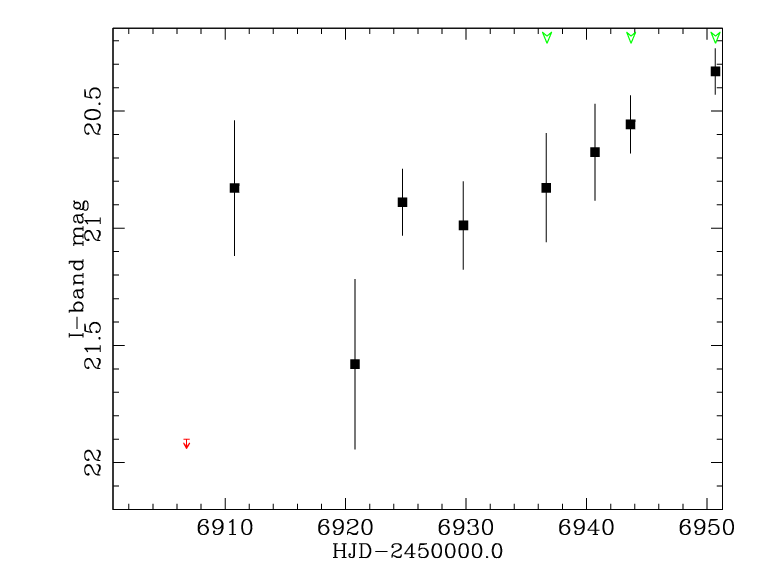
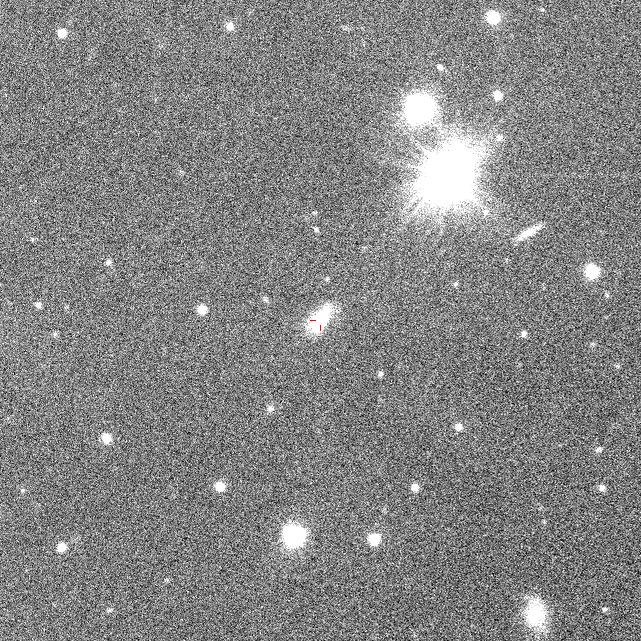
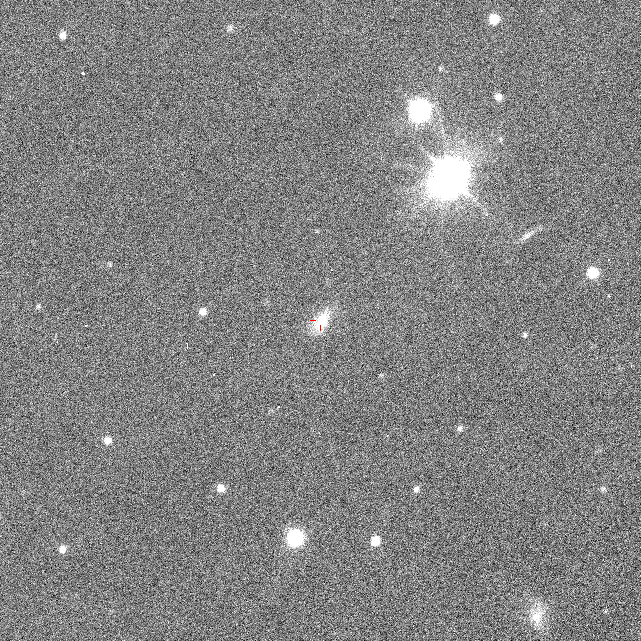
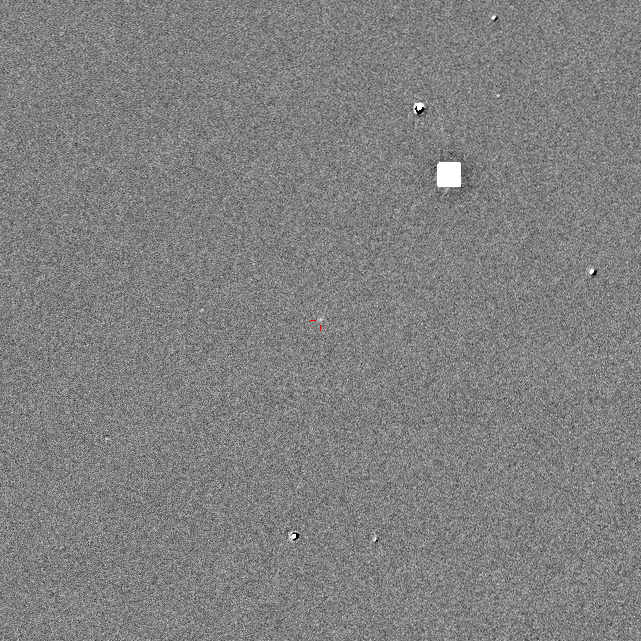
OGLE-2014-SN-110 Ra,Dec= 1:58:18.28 -74:55:26.5 HJD_max= 6950.70758 2014-10-20.208 MBR109.07.223 Disc_HJD= 2456950.70758 Disc_Imag= 20.331 Offset= - Phot.class= -
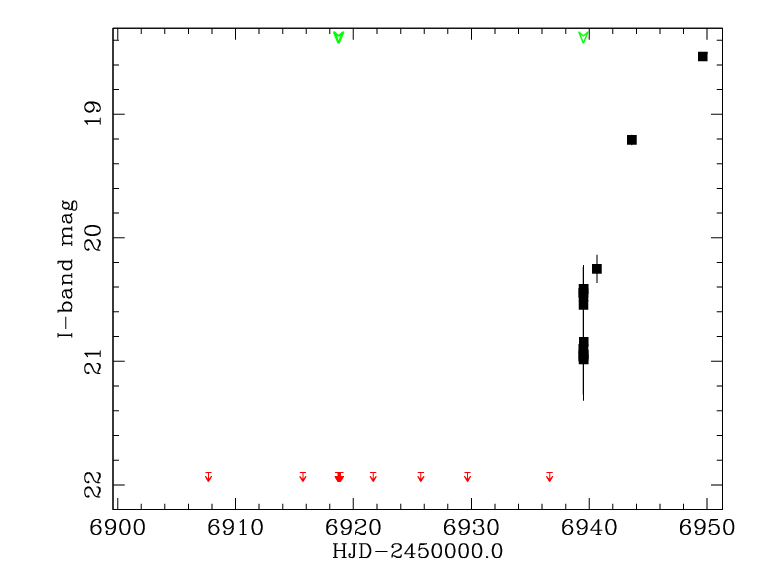

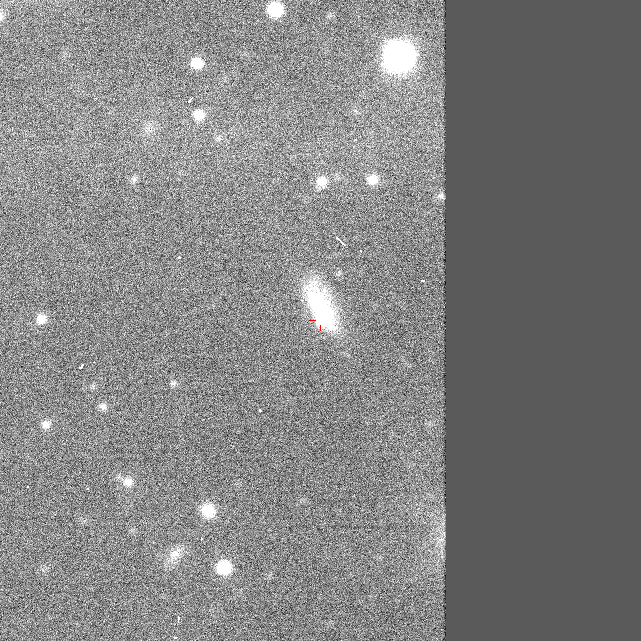
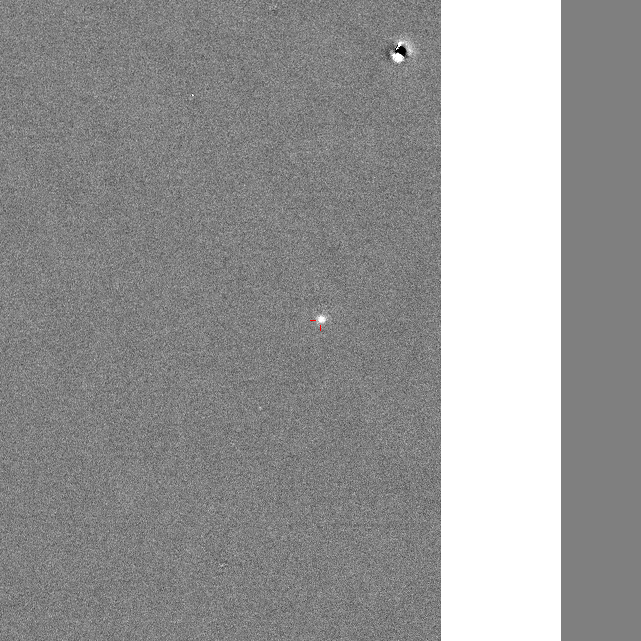
OGLE-2014-SN-109 Ra,Dec= 0:14:57.01 -72:37:46.5 HJD_max= 6949.62290 2014-10-19.123 SMC707.15.424N Disc_HJD= 2456949.62290 Disc_Imag= 18.533 Offset= - Phot.class= -

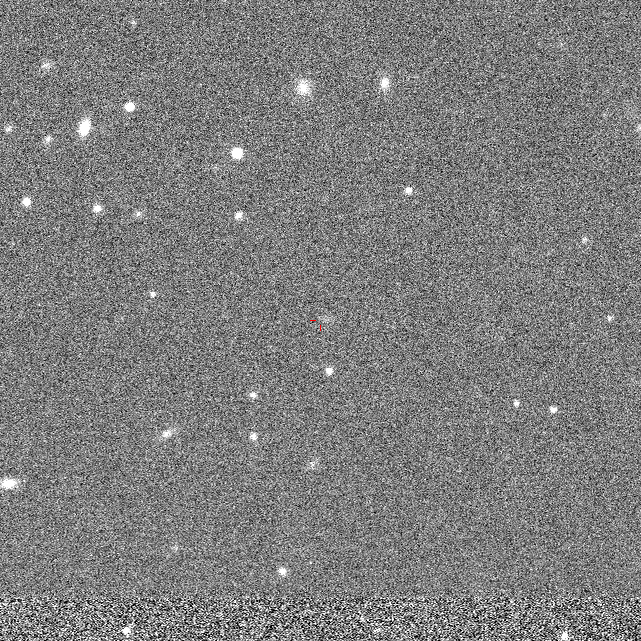
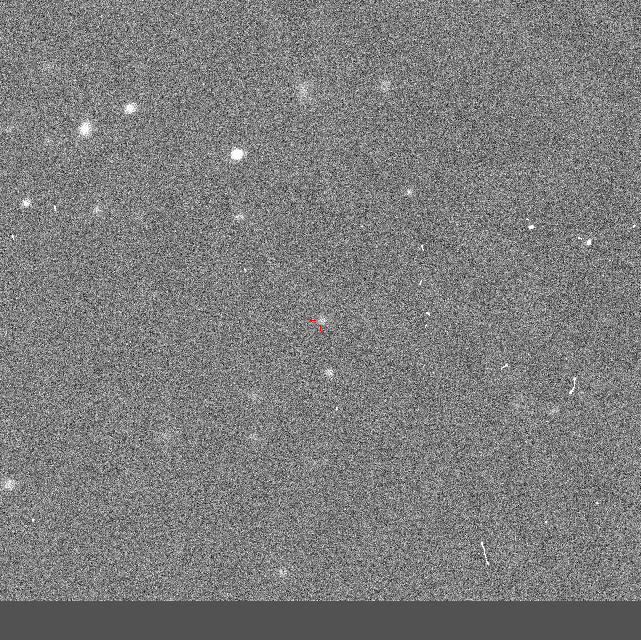
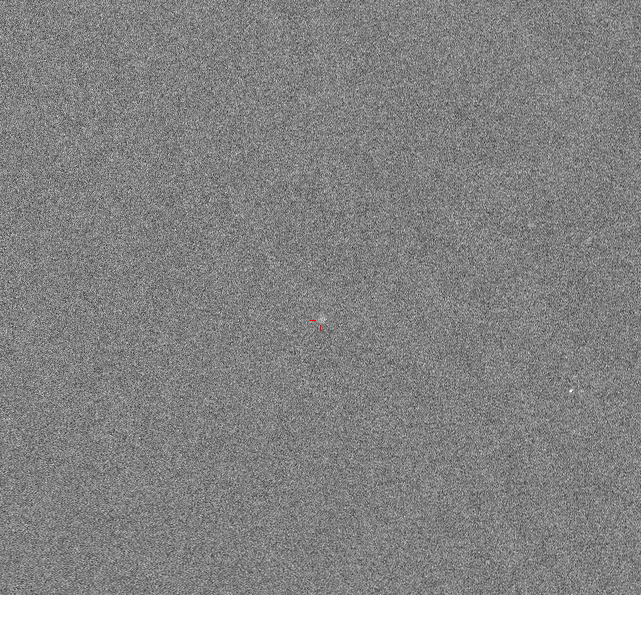
OGLE-2014-SN-108 Ra,Dec= 1:15:33.14 -63:32:36.8 HJD_max= 6941.60427 2014-10-11.104 SMC811.31.1900N Disc_HJD= 2456948.61357 Disc_Imag= 20.057 Offset= - Phot.class= -
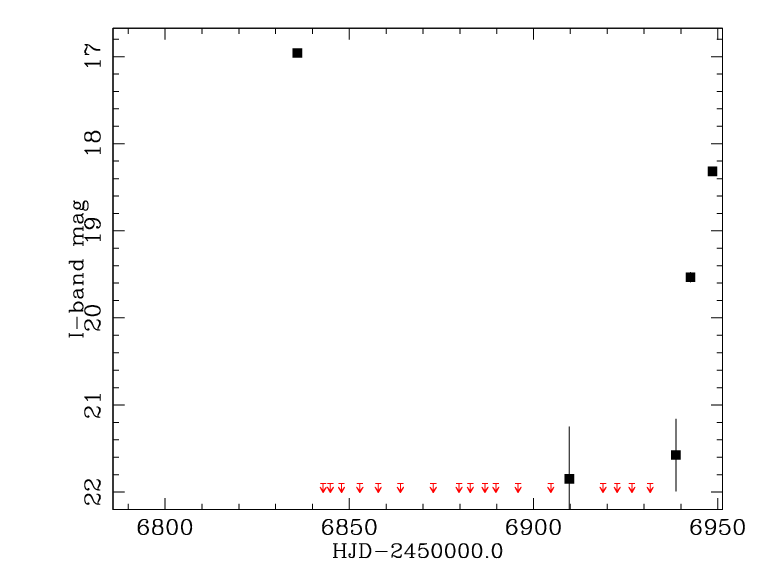
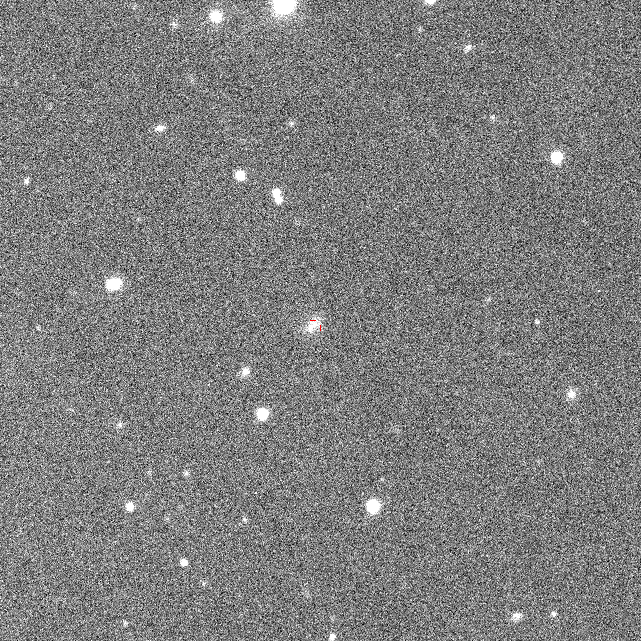
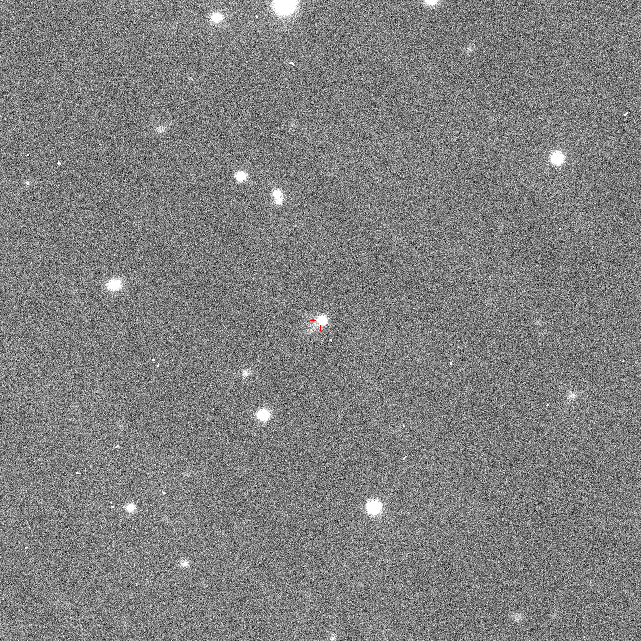

OGLE-2014-SN-107 Ra,Dec= 0:42:28.76 -64:45:51.0 HJD_max= 6948.58351 2014-10-18.084 SMC797.14.127N Disc_HJD= 2456948.58351 Disc_Imag= 18.318 Offset= - Phot.class= -

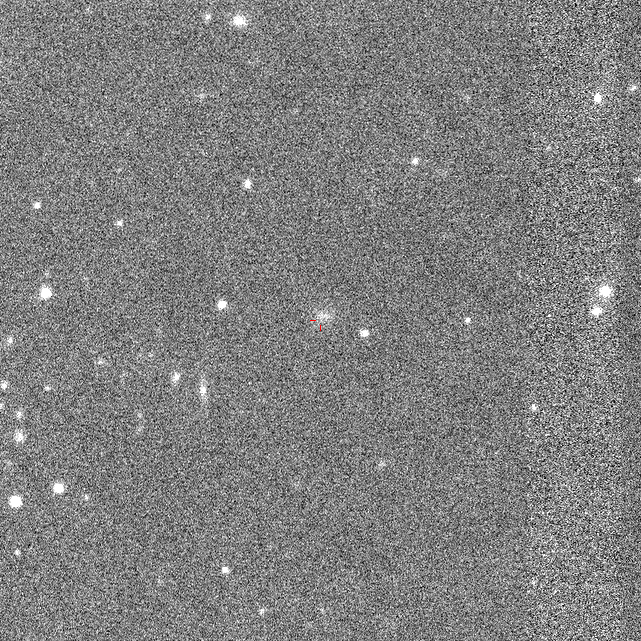
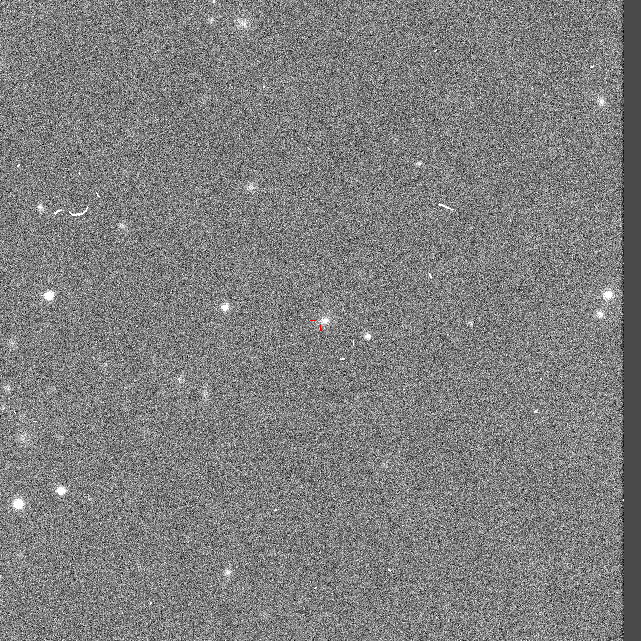
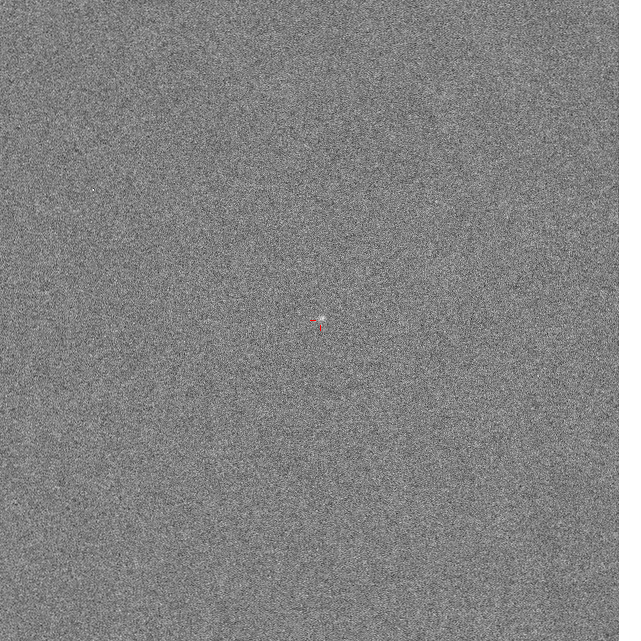
OGLE-2014-SN-106 Ra,Dec= 3:00:22.25 -63:20:11.5 HJD_max= 6939.63386 2014-10-09.134 MBR206.15.113N Disc_HJD= 2456948.69081 Disc_Imag= 20.021 Offset= - Phot.class= -
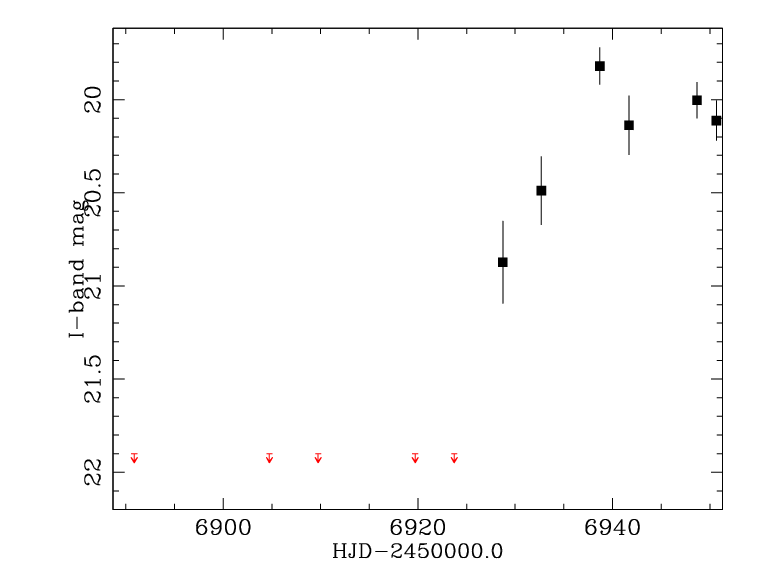
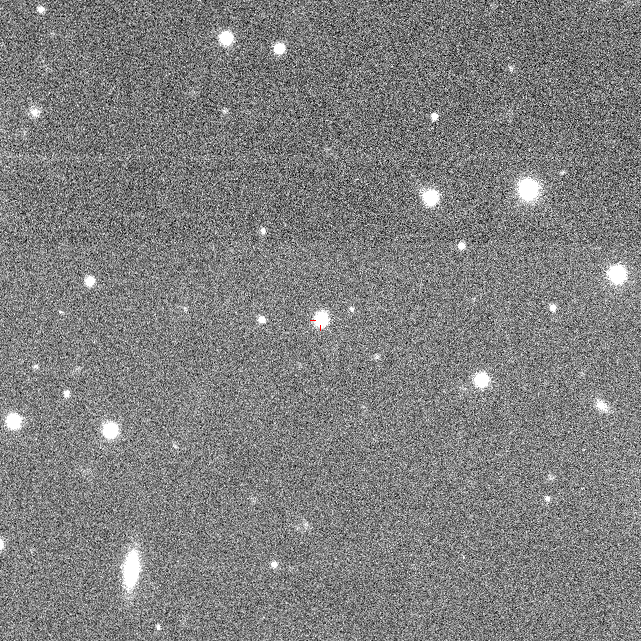
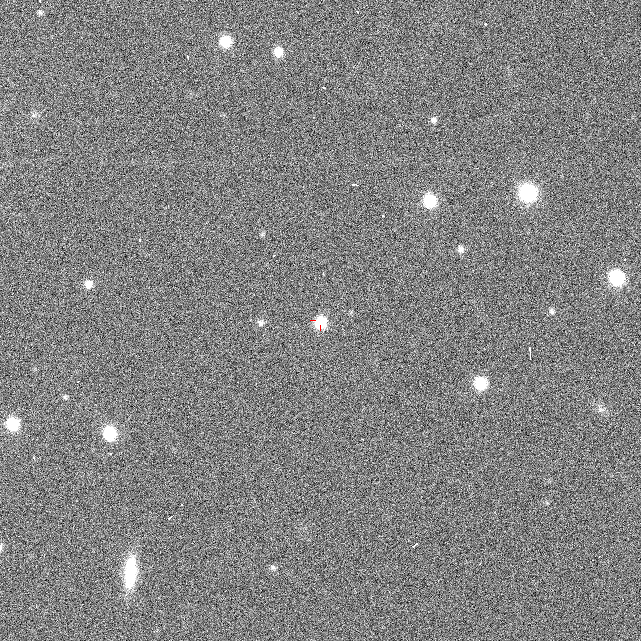
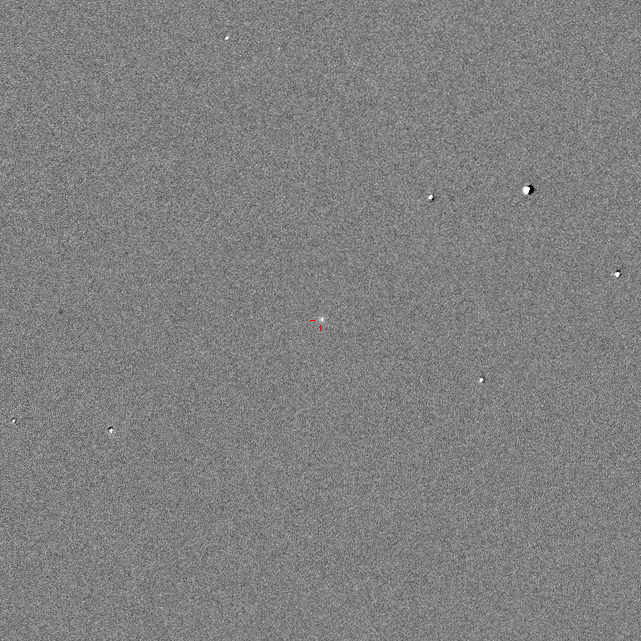
OGLE-2014-SN-105 Ra,Dec= 2:24:31.28 -67:27:51.7 HJD_max= 6938.69026 2014-10-08.190 MBR185.18.233N Disc_HJD= 2456948.67110 Disc_Imag= 20.004 Offset= - Phot.class= -

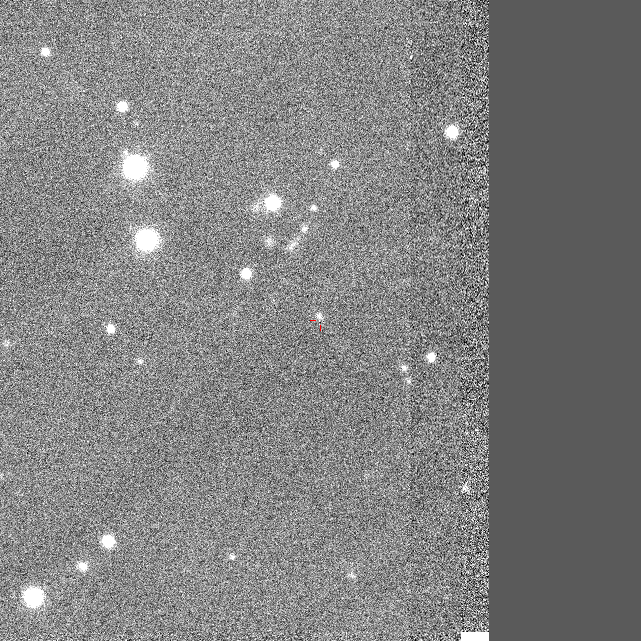
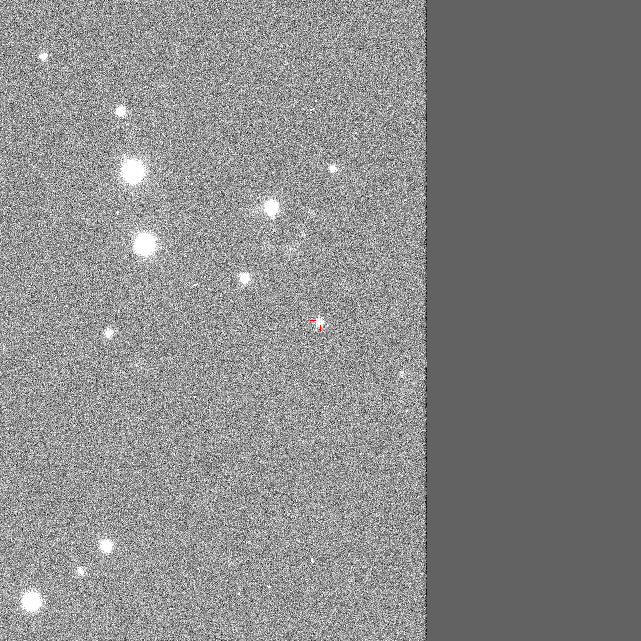
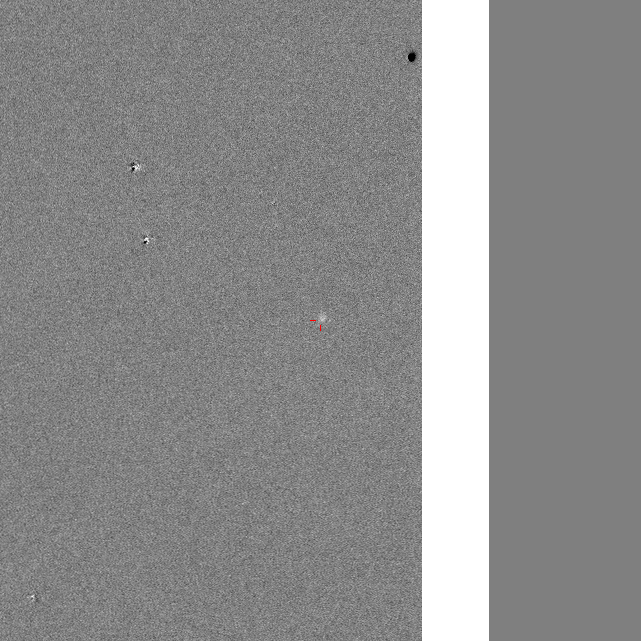
OGLE-2014-SN-104 Ra,Dec= 2:22:57.02 -70:38:17.1 HJD_max= 6909.75076 2014-09-09.251 MBR183.02.142N Disc_HJD= 2456948.66670 Disc_Imag= 20.577 Offset= - Phot.class= -
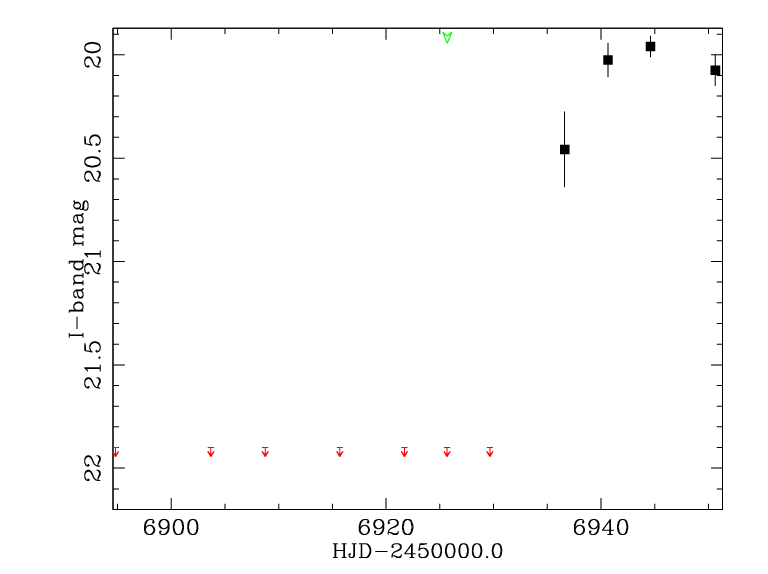
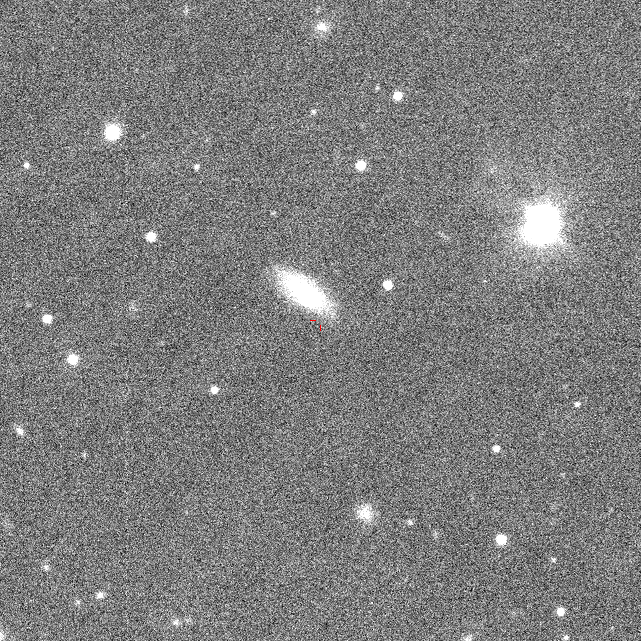
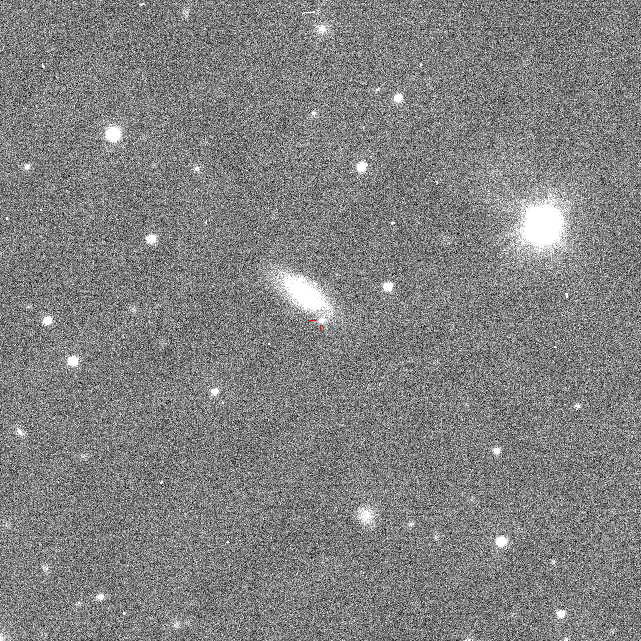
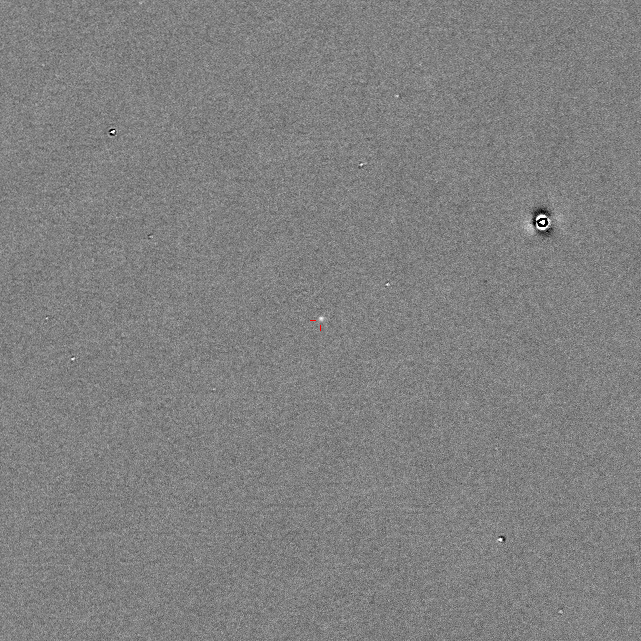
OGLE-2014-SN-103 Ra,Dec= 0:30:07.37 -65:04:35.1 HJD_max= 6944.60534 2014-10-14.105 SMC792.23.112N Disc_HJD= 2456944.60534 Disc_Imag= 19.960 Offset= - Phot.class= -
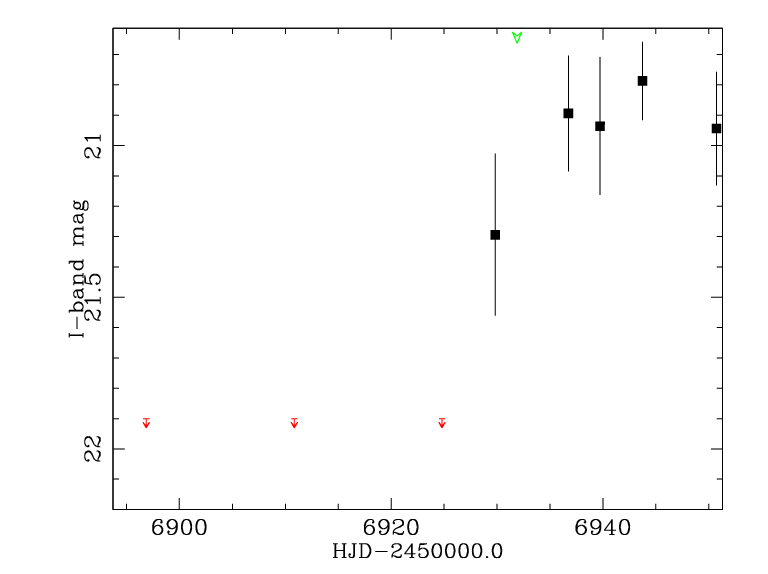
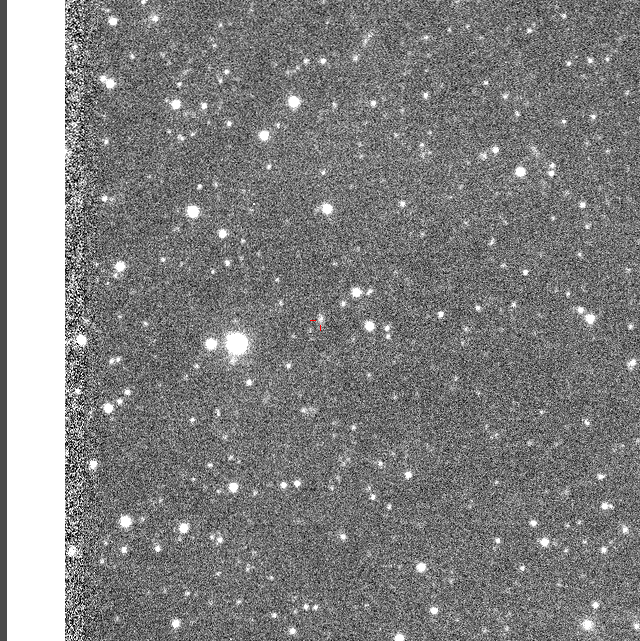
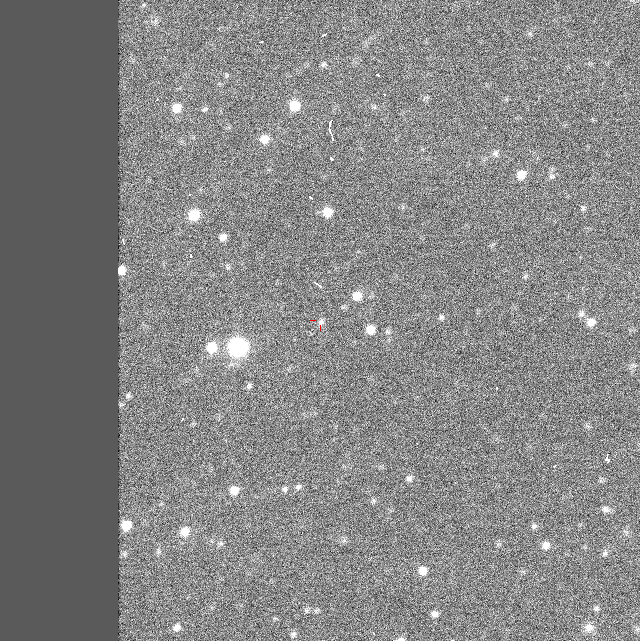

OGLE-2014-SN-102 Ra,Dec= 4:34:15.12 -72:36:40.8 HJD_max= 6943.73927 2014-10-13.239 LMC536.12.1571 Disc_HJD= 2456943.73927 Disc_Imag= 20.787 Offset= - Phot.class= -
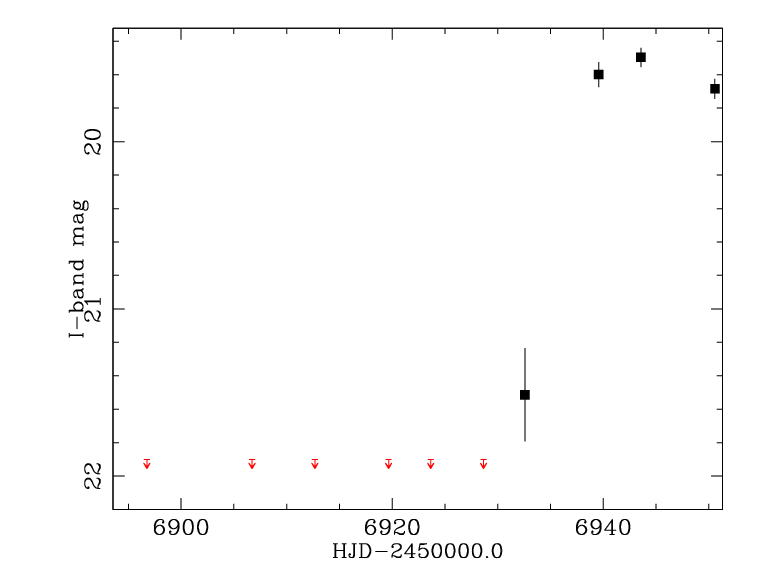
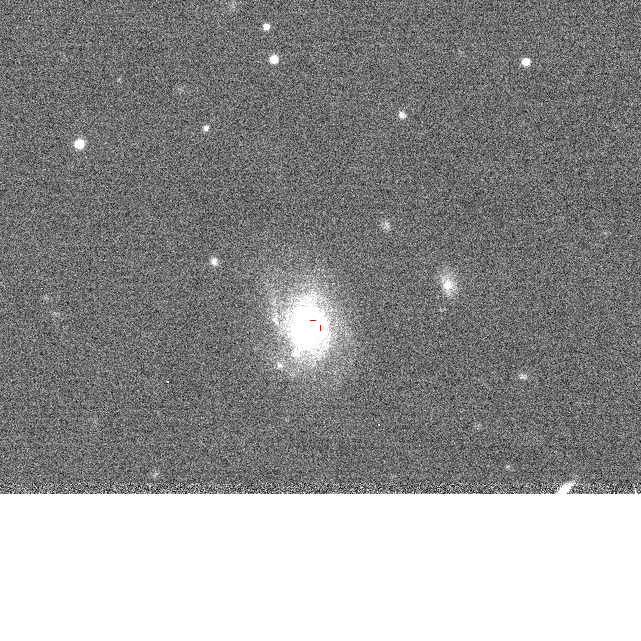
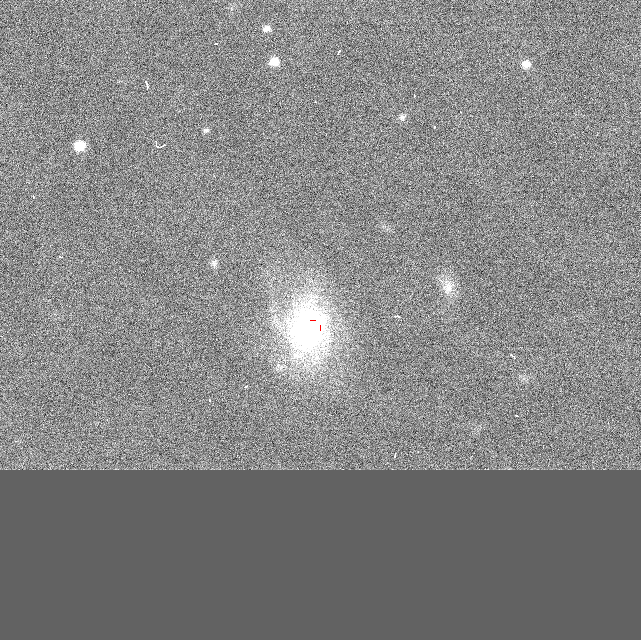

OGLE-2014-SN-101 Ra,Dec= 23:44:29.75 -65:06:01.7 HJD_max= 6943.56166 2014-10-13.062 SMC767.24.107N Disc_HJD= 2456943.56166 Disc_Imag= 19.496 Offset= - Phot.class= -
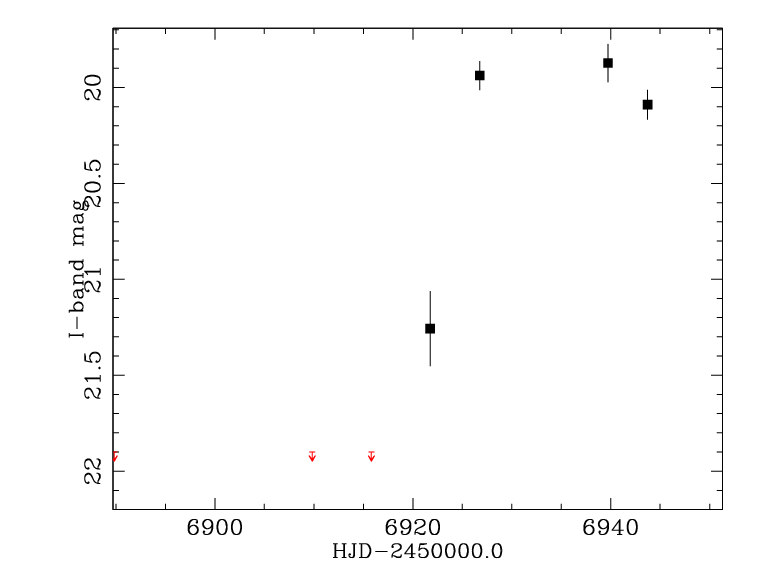
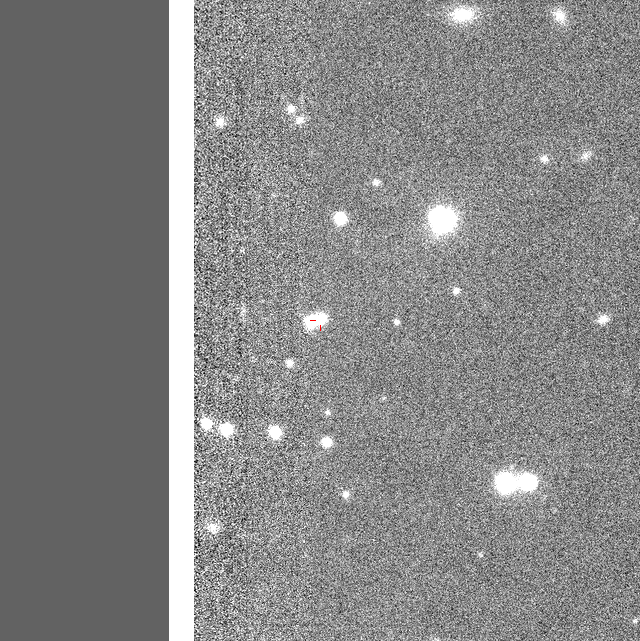
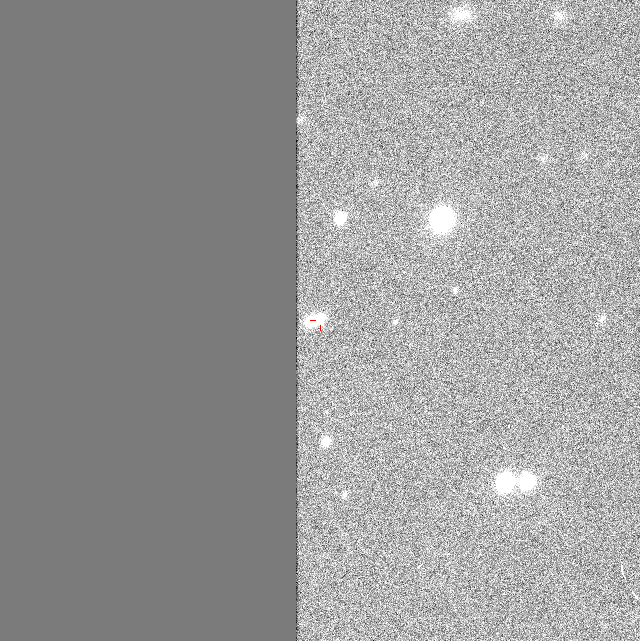
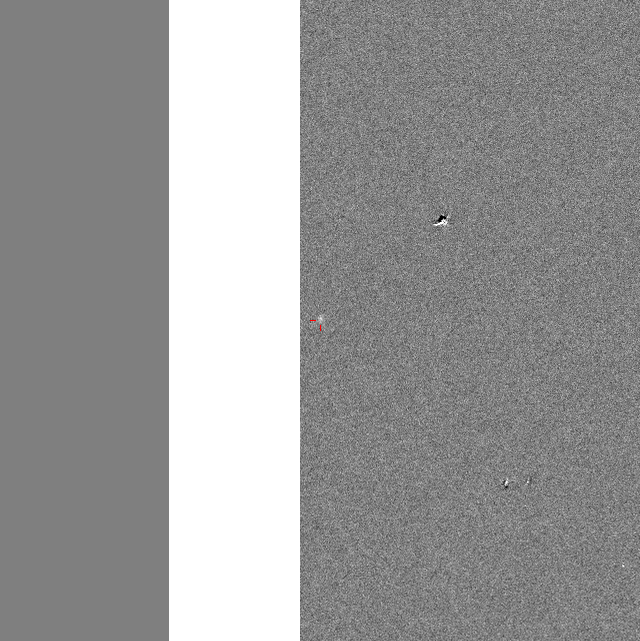
OGLE-2014-SN-100 Ra,Dec= 3:34:28.84 -78:01:04.5 HJD_max= 6939.71399 2014-10-09.214 MBR174.07.82N Disc_HJD= 2456943.72543 Disc_Imag= 20.090 Offset= - Phot.class= -
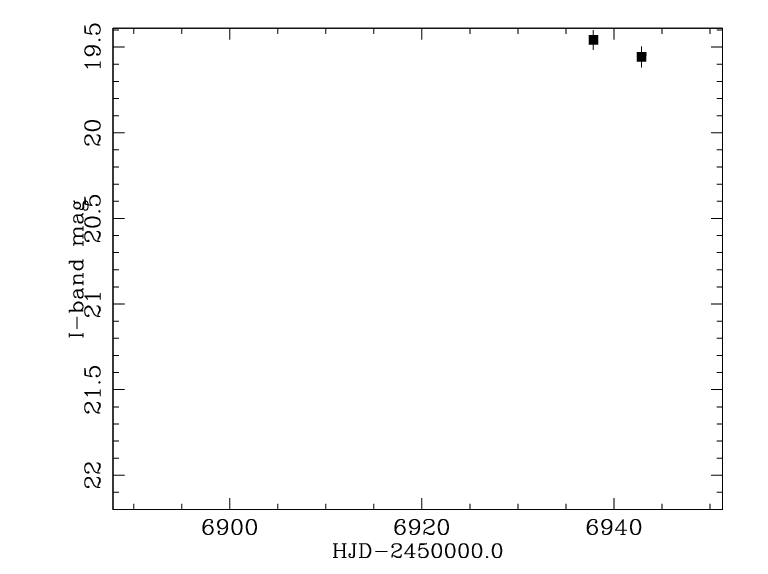
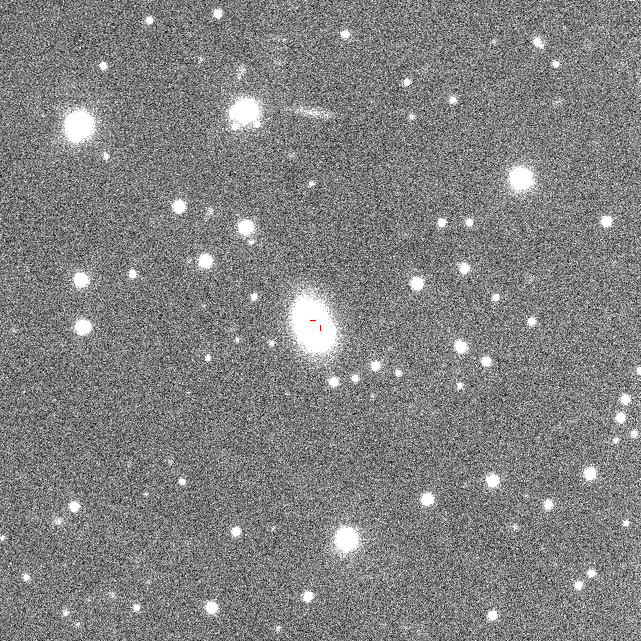
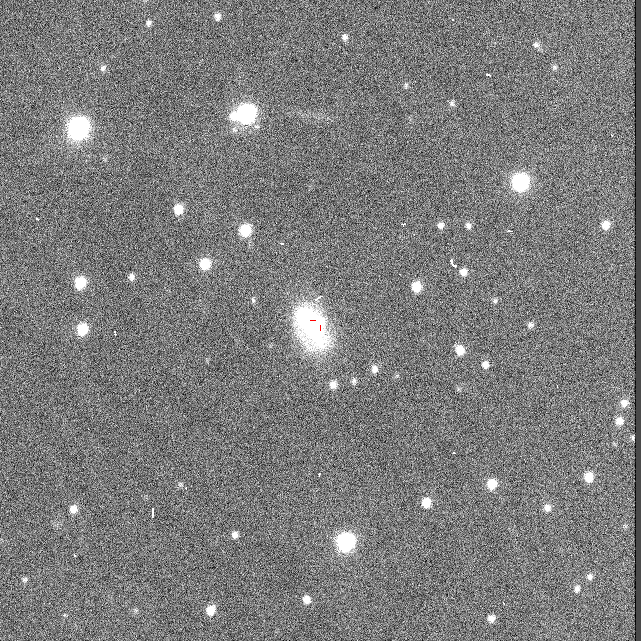
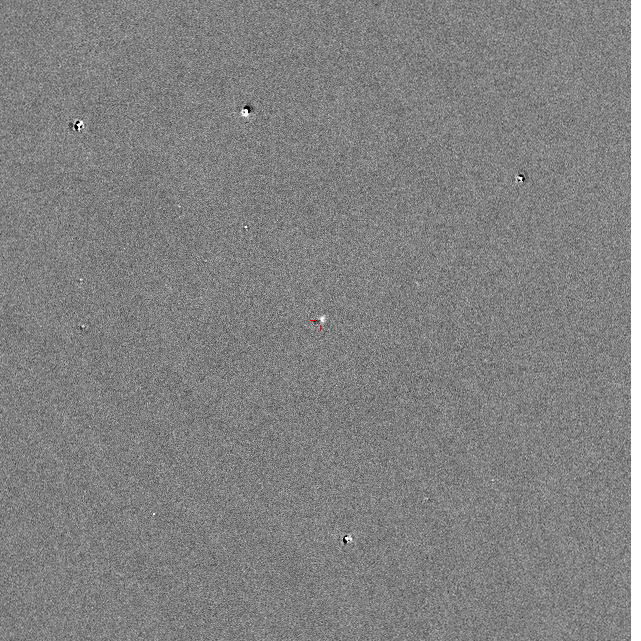
OGLE-2014-SN-099 Ra,Dec= 8:18:12.99 -70:42:53.6 HJD_max= 6937.86678 2014-10-07.367 LMC677.10.265N Disc_HJD= 2456942.87101 Disc_Imag= 19.557 Offset= - Phot.class= -
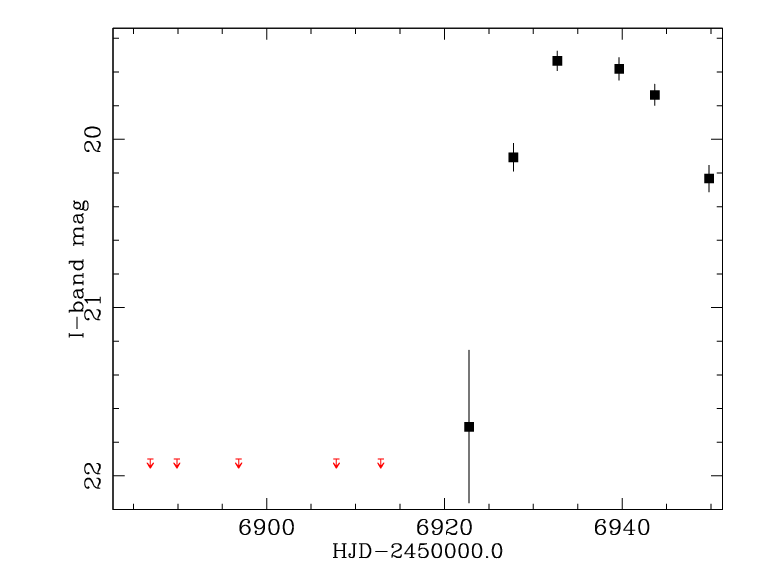
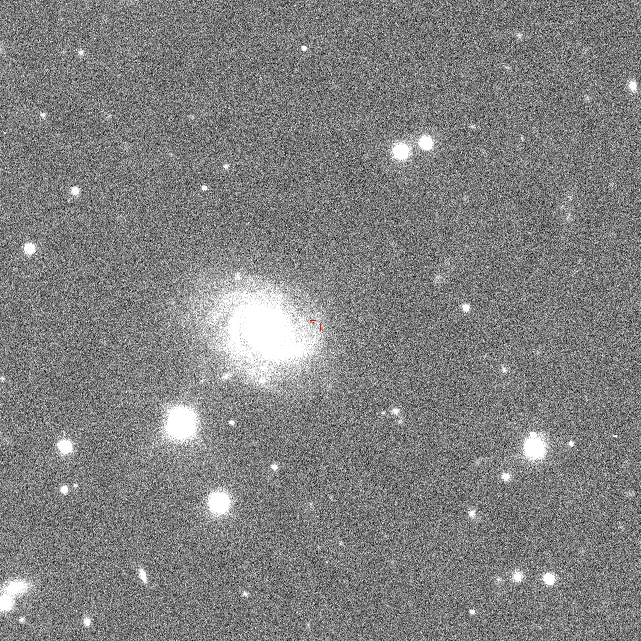
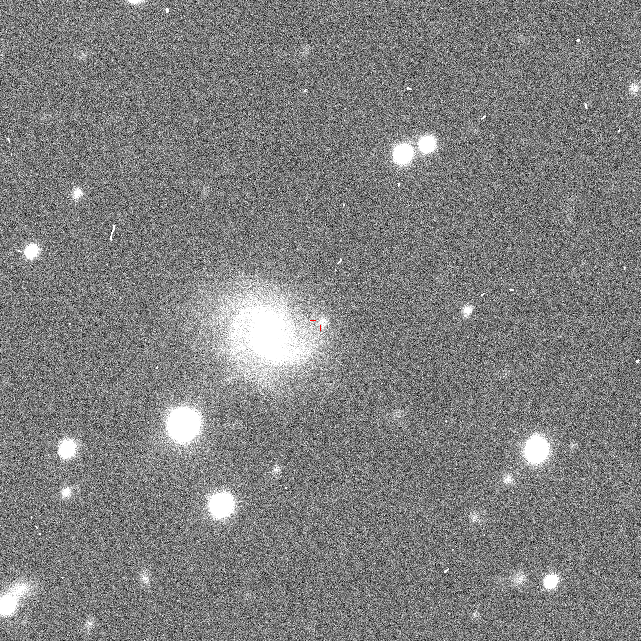
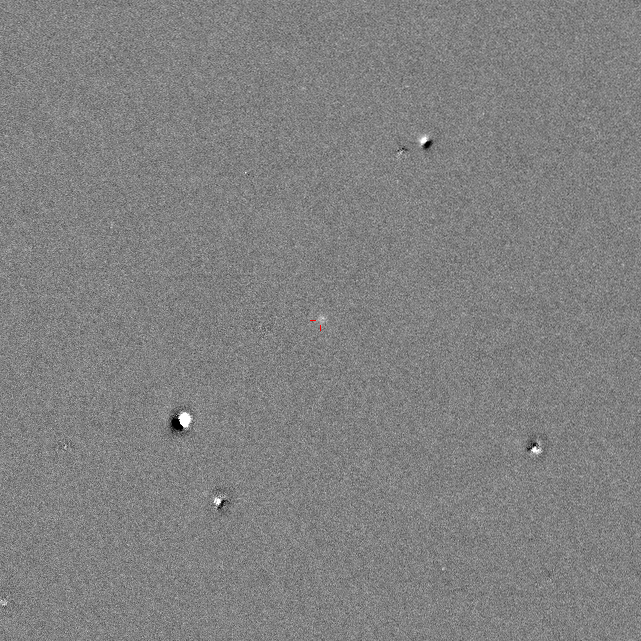
OGLE-2014-SN-098 Ra,Dec= 3:40:52.39 -70:38:19.6 HJD_max= 6932.70953 2014-10-02.210 MBR136.18.261N Disc_HJD= 2456943.67899 Disc_Imag= 19.737 Offset= - Phot.class= -

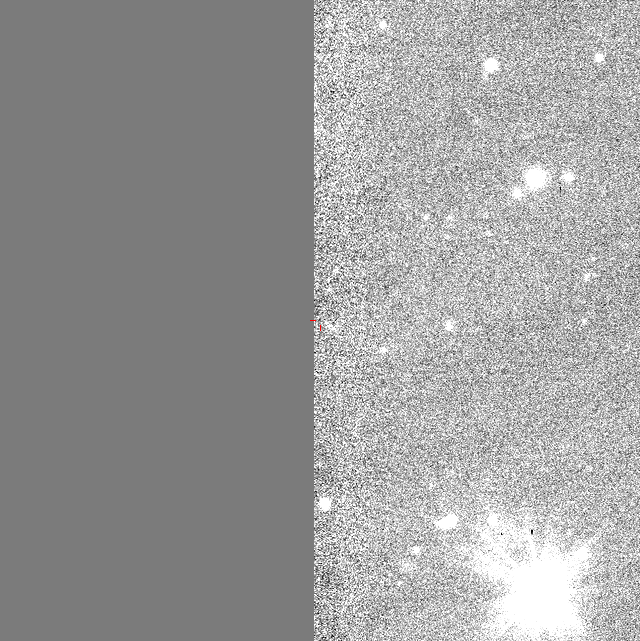

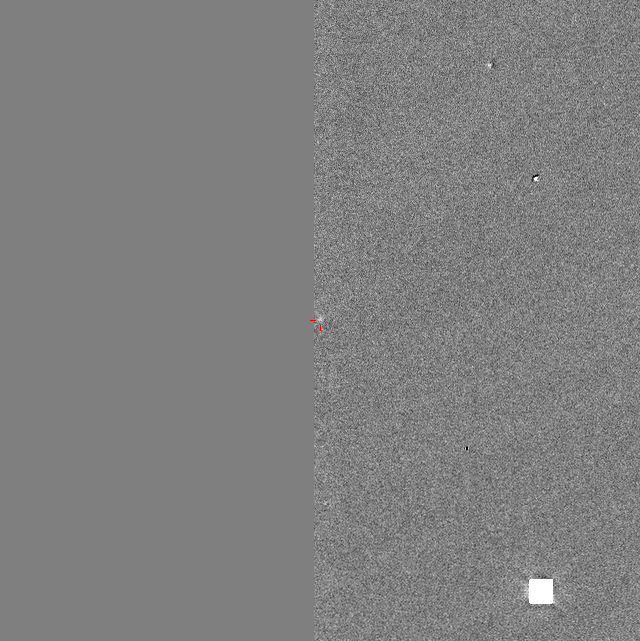
OGLE-2014-SN-097 Ra,Dec= 4:04:08.70 -66:44:38.8 HJD_max= 6938.72888 2014-10-08.229 MBR228.22.761N Disc_HJD= 2456942.74349 Disc_Imag= 20.180 Offset= - Phot.class= -
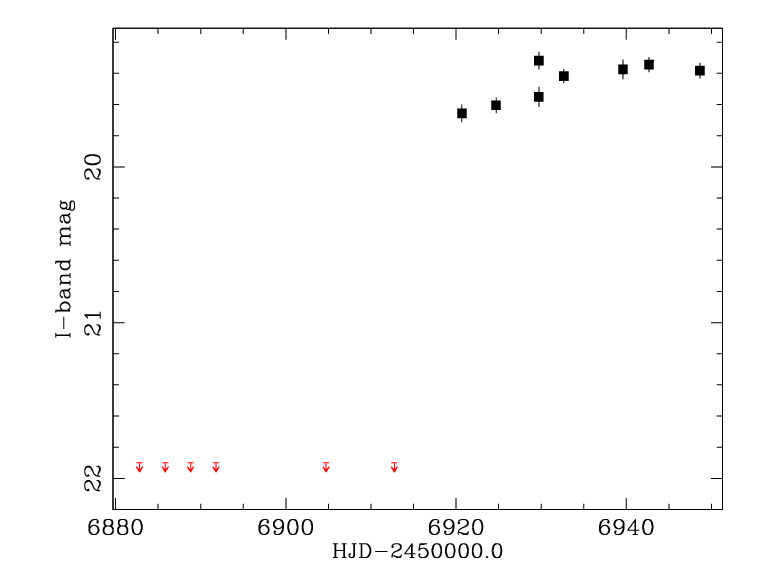
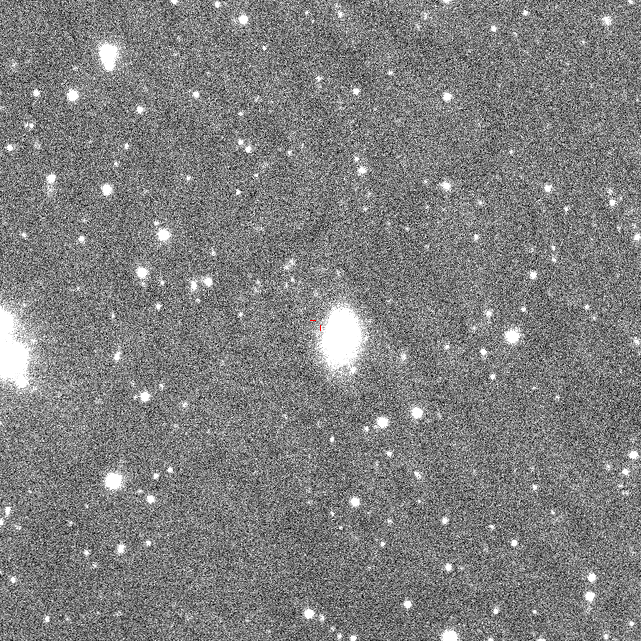
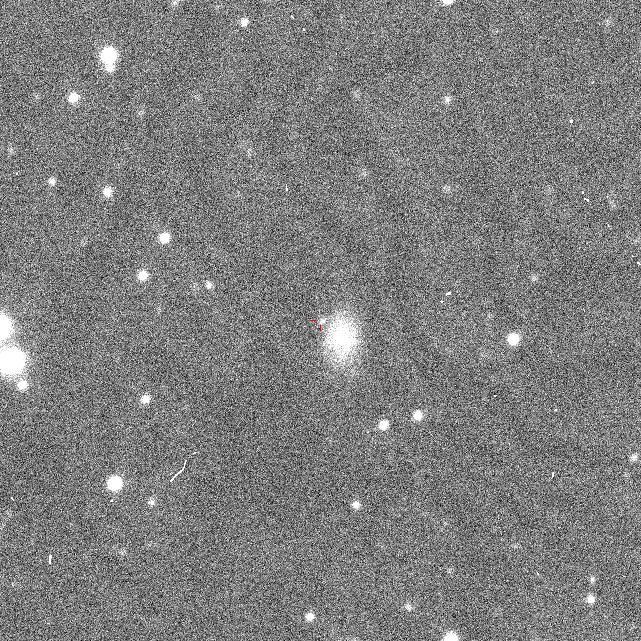
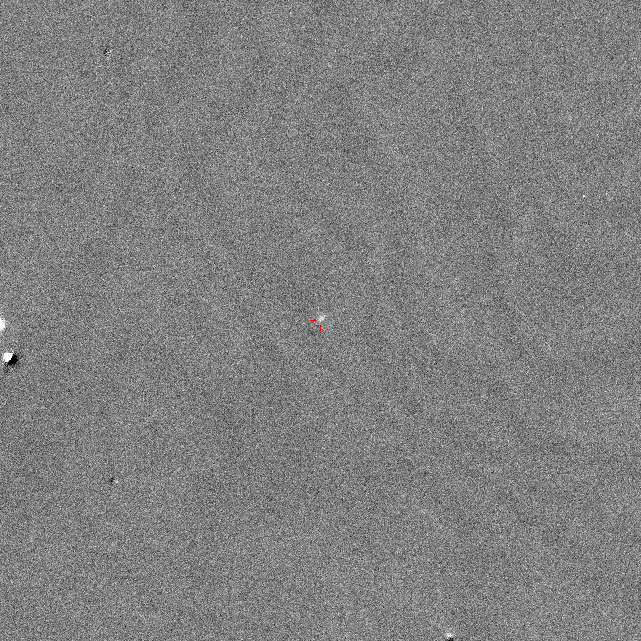
OGLE-2014-SN-096 Ra,Dec= 1:35:25.42 -73:38:53.3 HJD_max= 6929.72267 2014-09-29.223 SMC738.03.766N Disc_HJD= 2456942.65944 Disc_Imag= 19.344 Offset= 25.87pix (6.73as) Phot.class= -
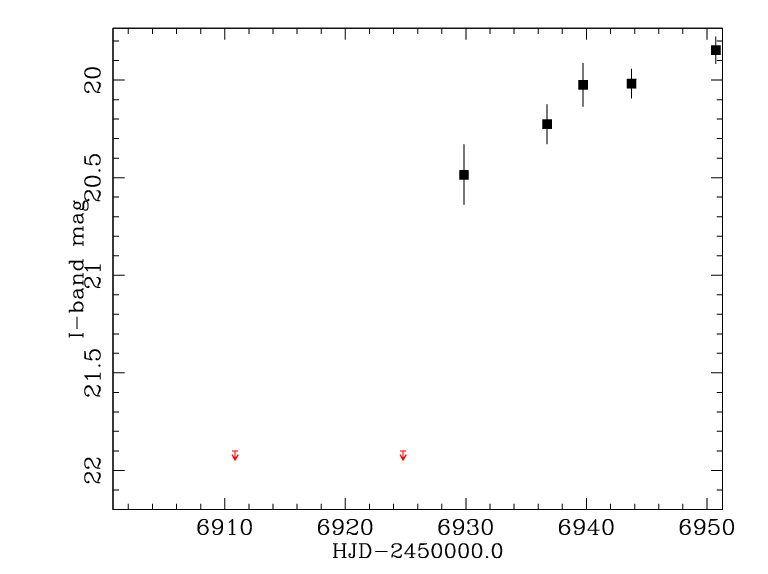
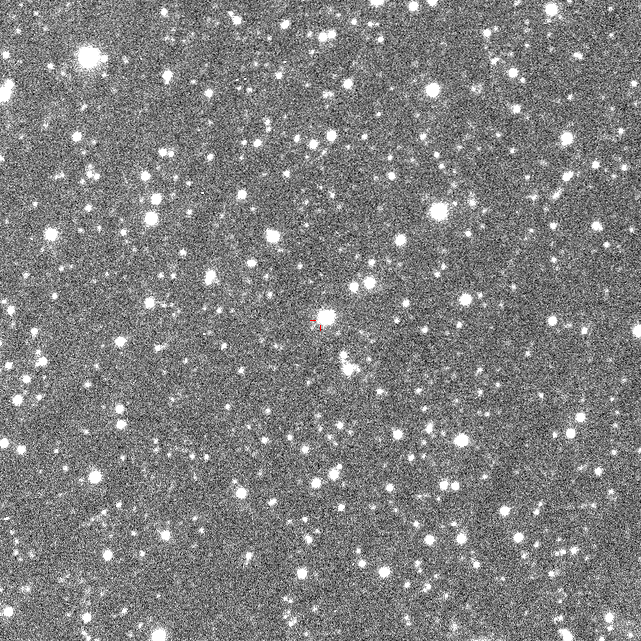
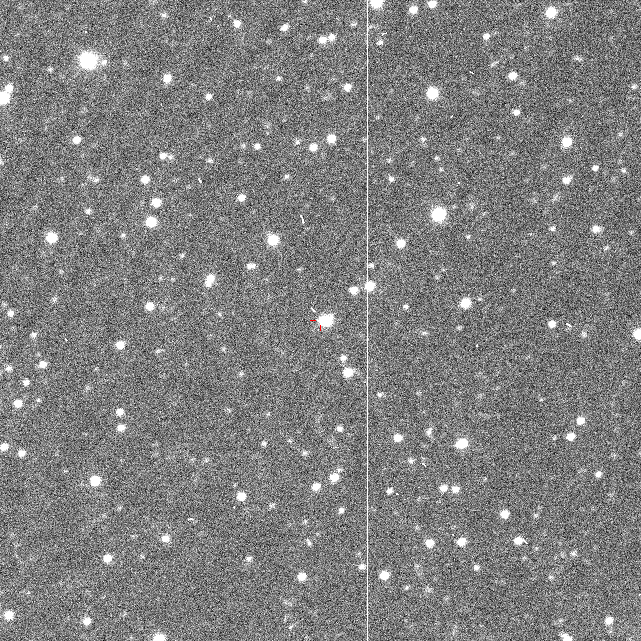
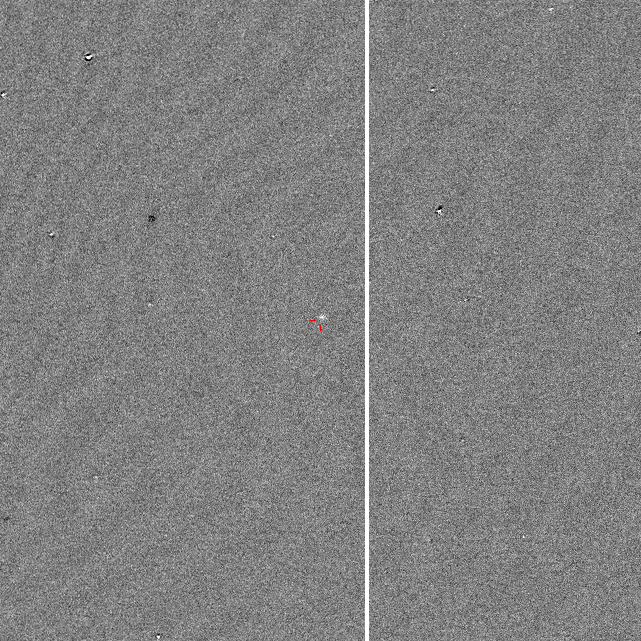
OGLE-2014-SN-095 Ra,Dec= 4:37:42.21 -68:34:54.2 HJD_max= 6950.74478 2014-10-20.245 LMC539.23.1519 Disc_HJD= 2456939.73407 Disc_Imag= 20.024 Offset= 3.98pix (1.03as) Phot.class= -


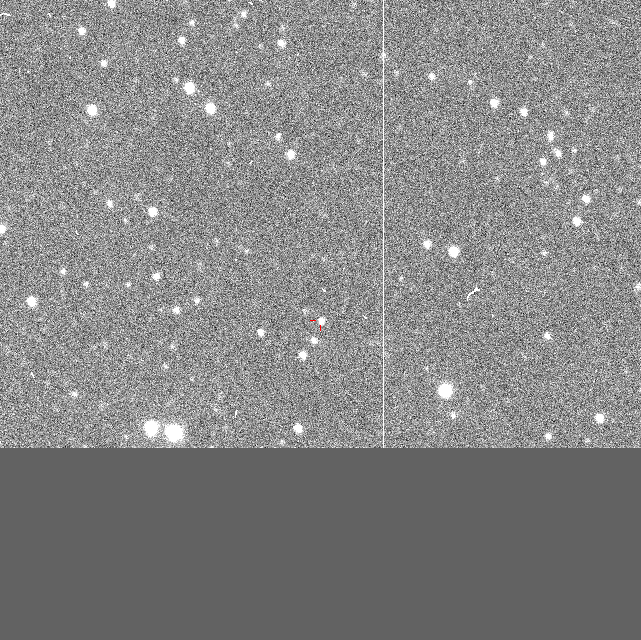
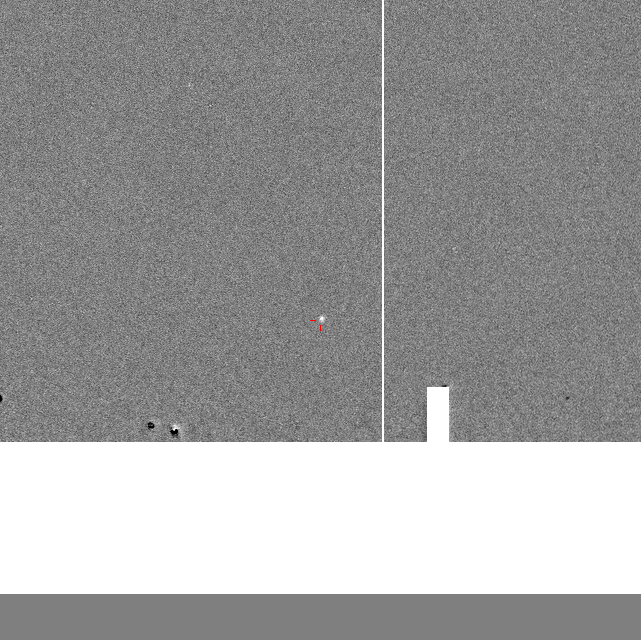
OGLE-2014-SN-094 Ra,Dec= 4:46:52.41 -65:53:50.3 HJD_max= 6936.75103 2014-10-06.251 LMC541.27.577 Disc_HJD= 2456939.73838 Disc_Imag= 19.575 Offset= - Phot.class= -

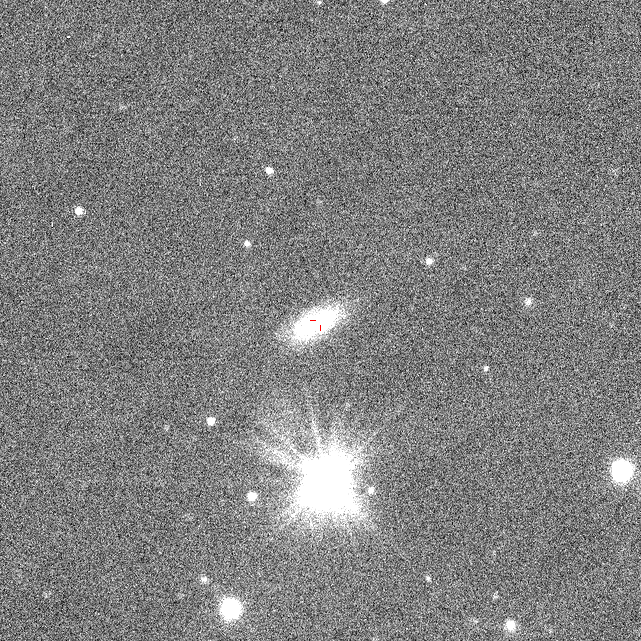
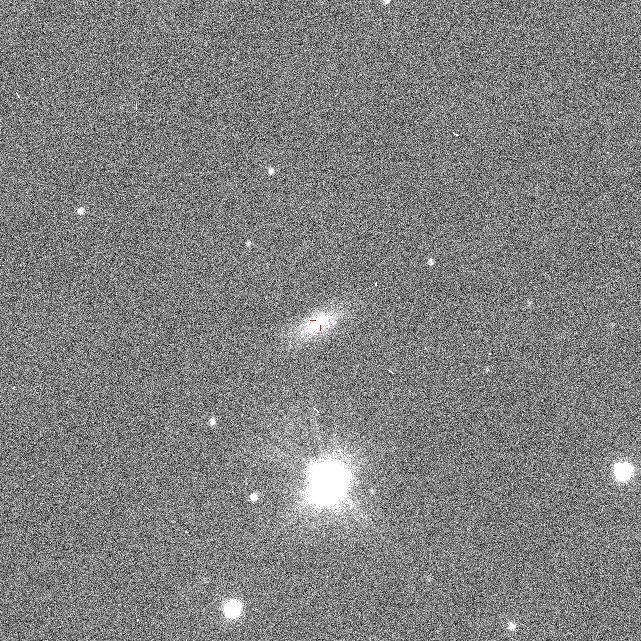
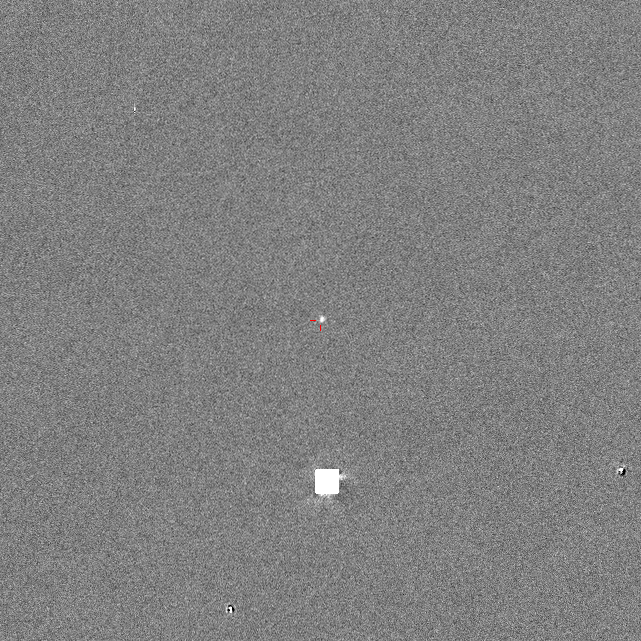
OGLE-2014-SN-093 Ra,Dec= 3:23:13.44 -66:24:53.6 HJD_max= 6939.64195 2014-10-09.142 MBR210.10.90N Disc_HJD= 2456939.64195 Disc_Imag= 19.352 Offset= 7.70pix (2.00as) Phot.class= -
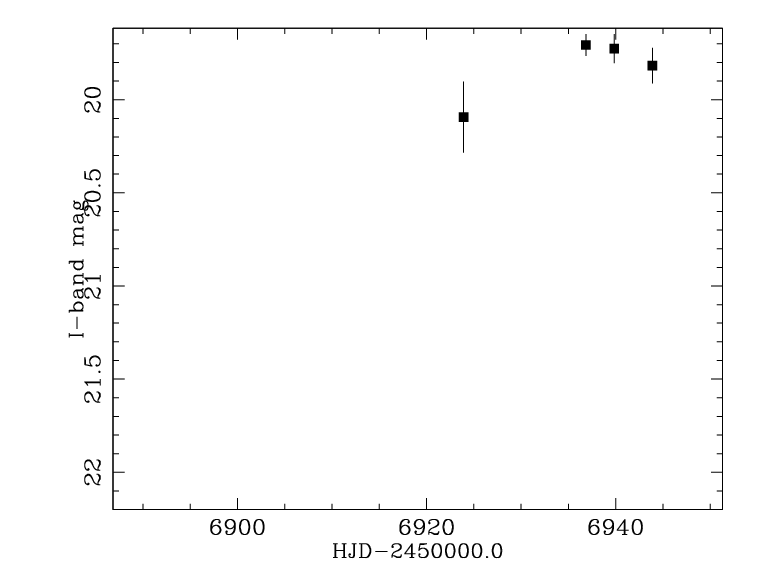
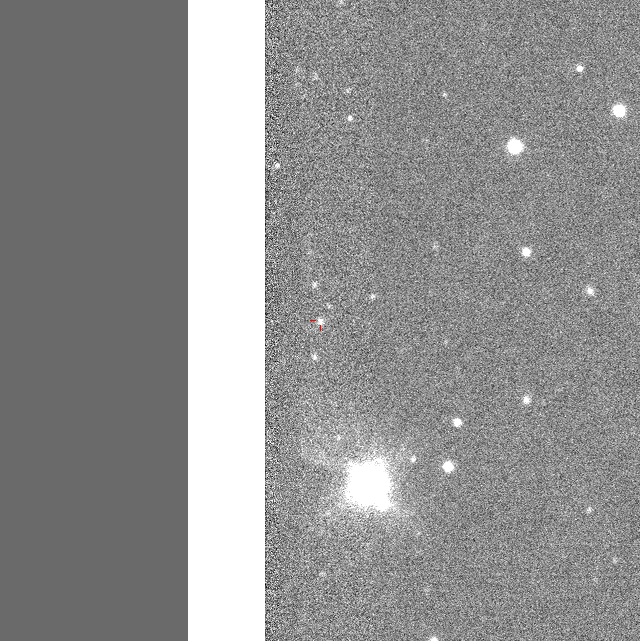
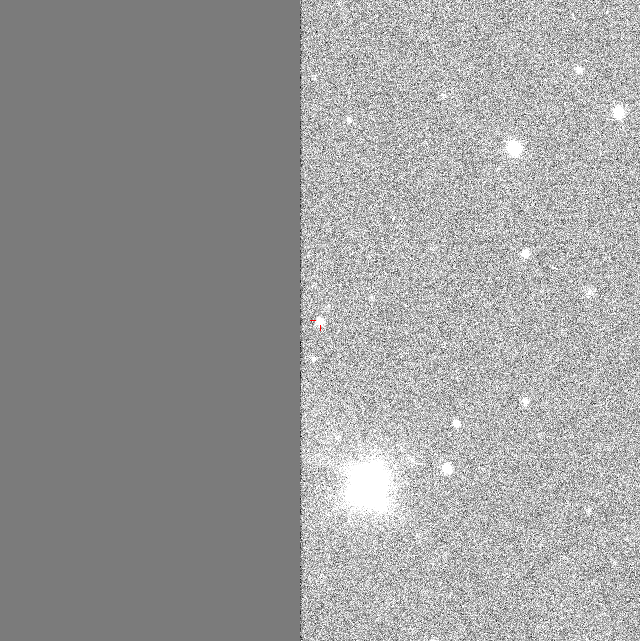

OGLE-2014-SN-092 Ra,Dec= 6:50:59.82 -71:55:50.4 HJD_max= 6936.84943 2014-10-06.349 LMC660.11.106N Disc_HJD= 2456939.85820 Disc_Imag= 19.726 Offset= - Phot.class= -
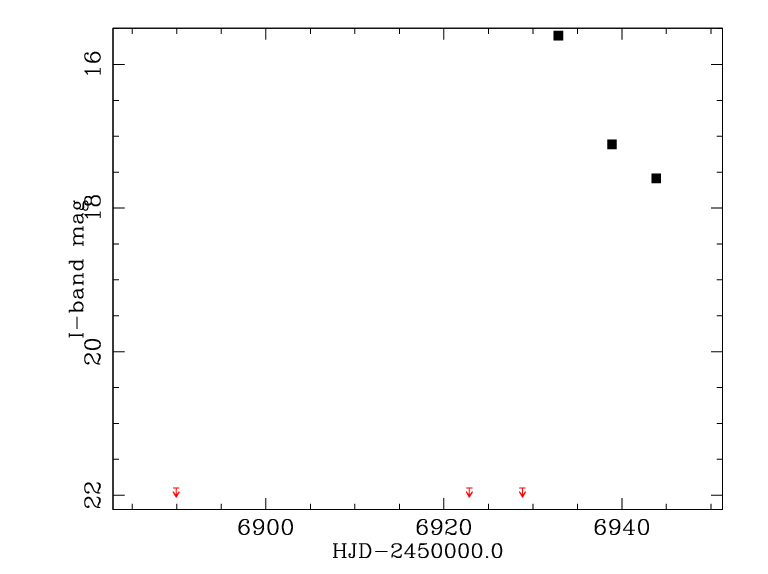

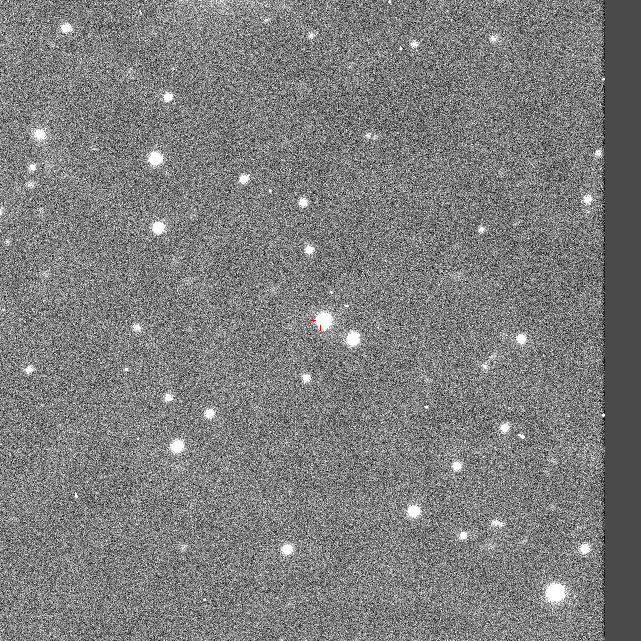
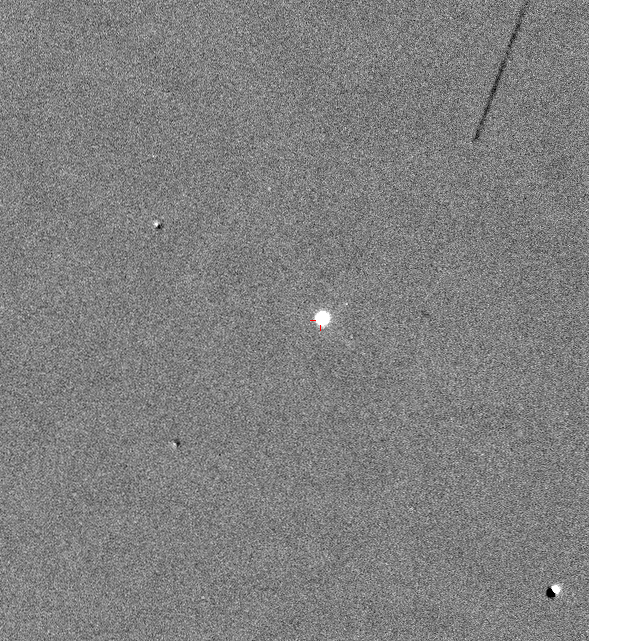
OGLE-2014-NOVA-02 Ra,Dec= 6:37:59.08 -72:01:00.0 HJD_max= 6932.85696 2014-10-02.357 LMC613.26.2230N Disc_HJD= 2456938.87839 Disc_Imag= 17.113 Offset= - Phot.class= -
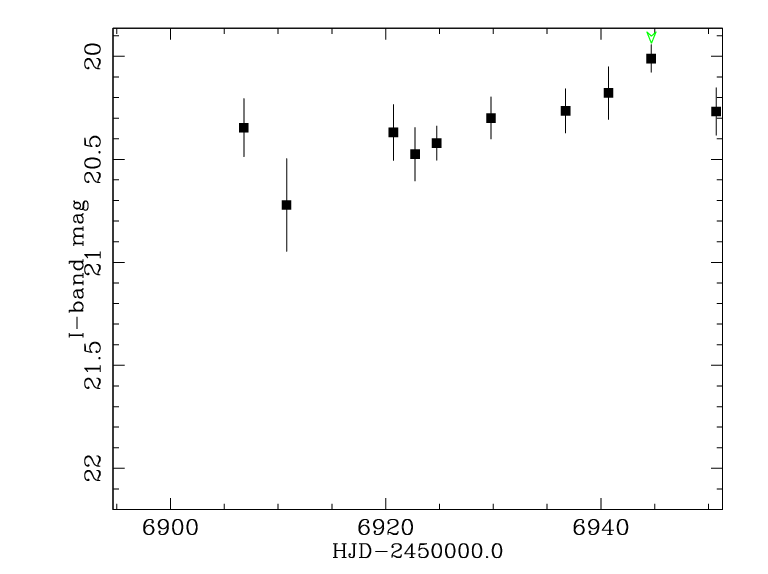
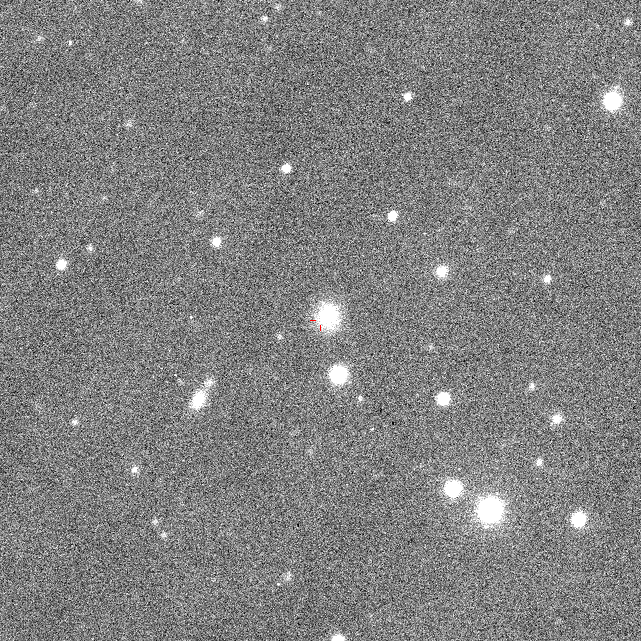


OGLE-2014-SN-091 Ra,Dec= 1:50:31.66 -78:09:06.6 HJD_max= 6944.67234 2014-10-14.172 MBR159.31.1513N Disc_HJD= 2456936.71700 Disc_Imag= 20.265 Offset= 7.34pix (1.91as) Phot.class= -
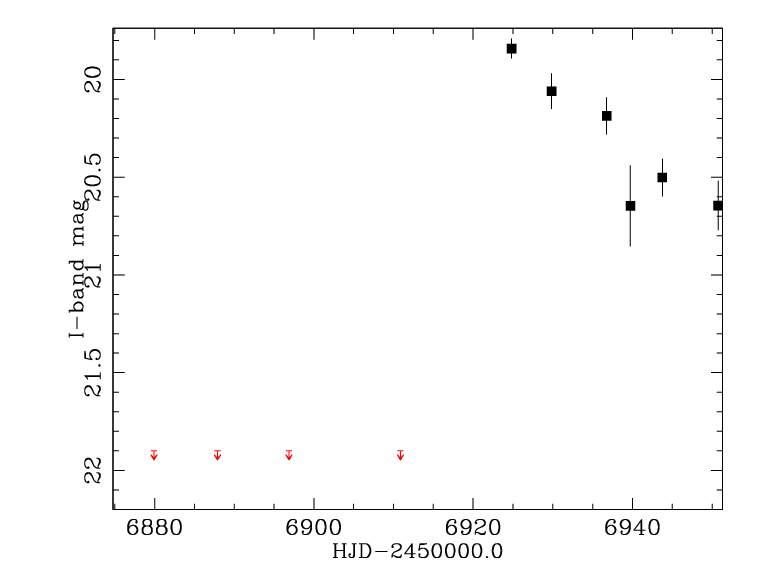
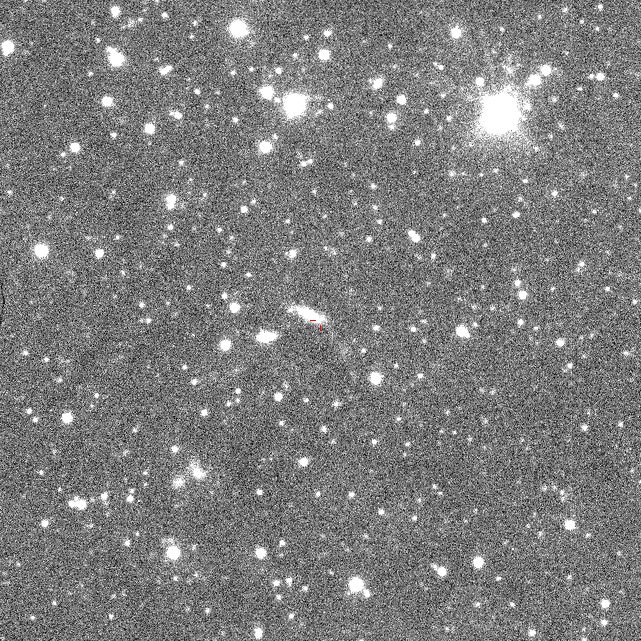

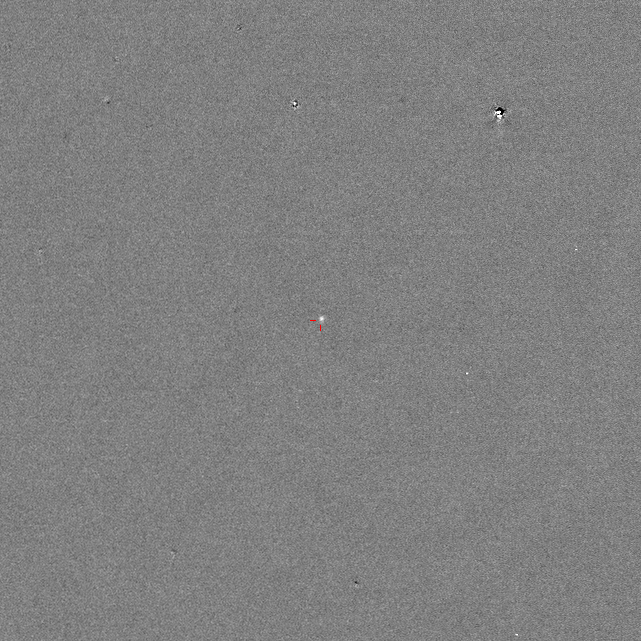
OGLE-2014-SN-090 Ra,Dec= 4:48:25.02 -65:05:06.0 HJD_max= 6924.80858 2014-09-24.309 LMC542.10.62N Disc_HJD= 2456936.75317 Disc_Imag= 20.186 Offset= 12.84pix (3.34as) Phot.class= -
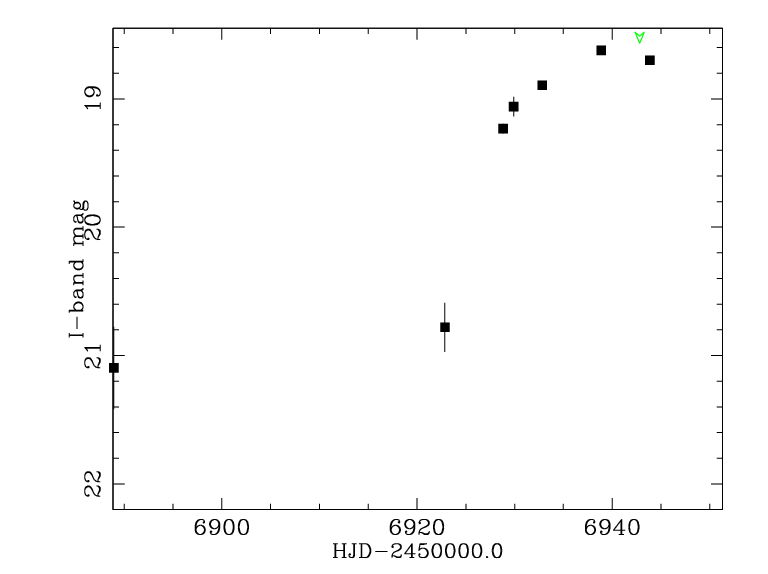

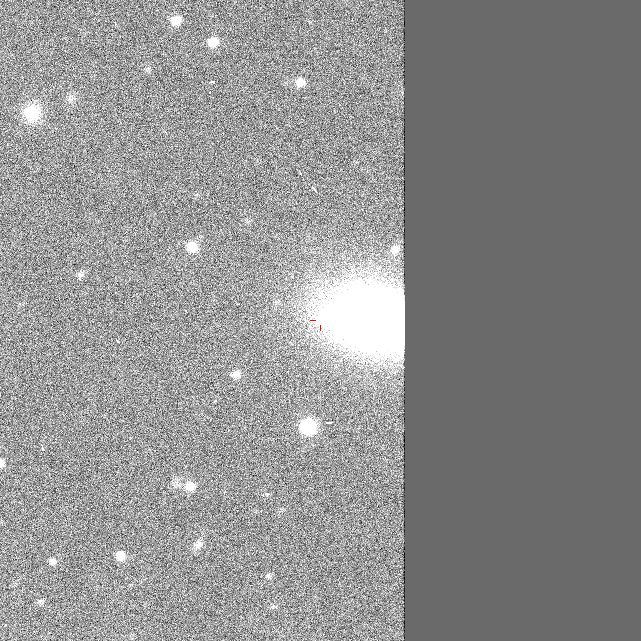
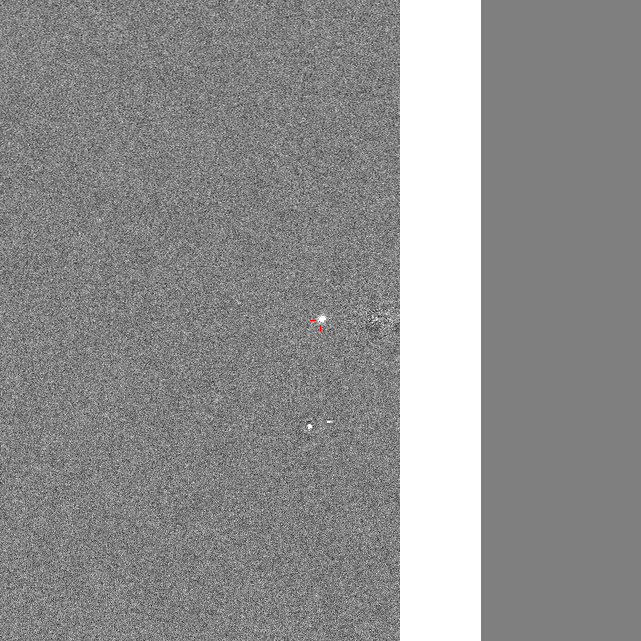
OGLE-2014-SN-089 Ra,Dec= 6:09:07.68 -63:13:16.0 HJD_max= 6938.86406 2014-10-08.364 LMC606.30.75N Disc_HJD= 2456932.84254 Disc_Imag= 18.893 Offset= - Phot.class= -
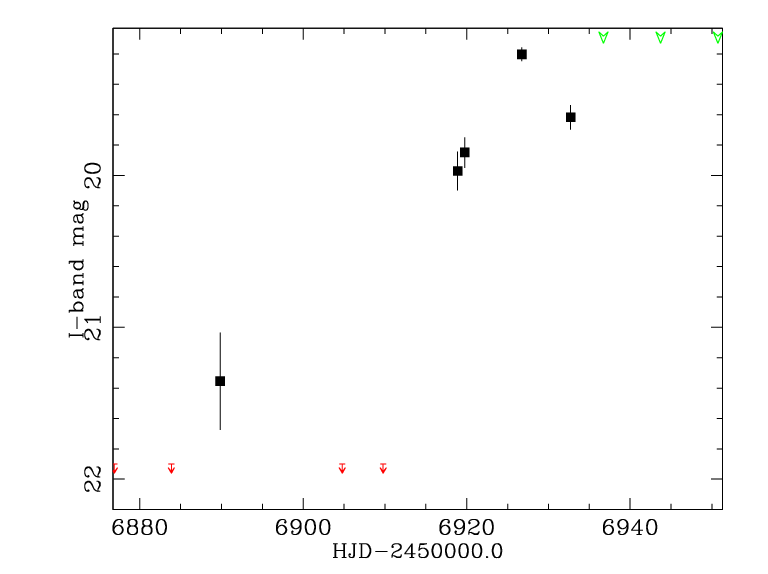
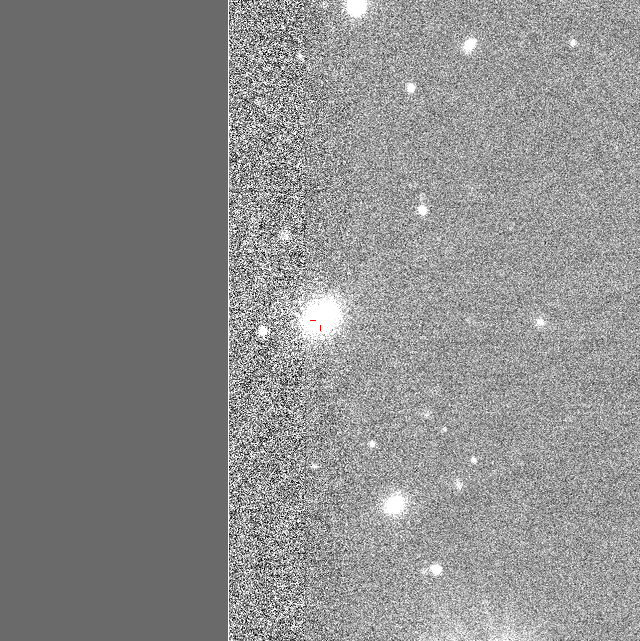
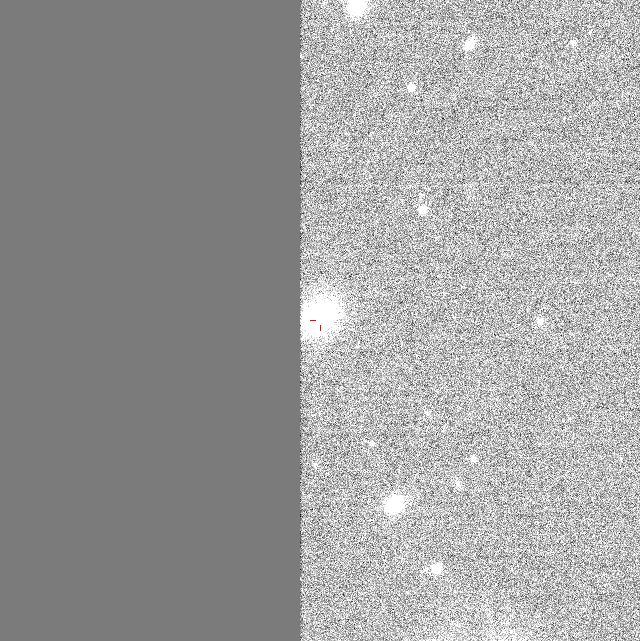
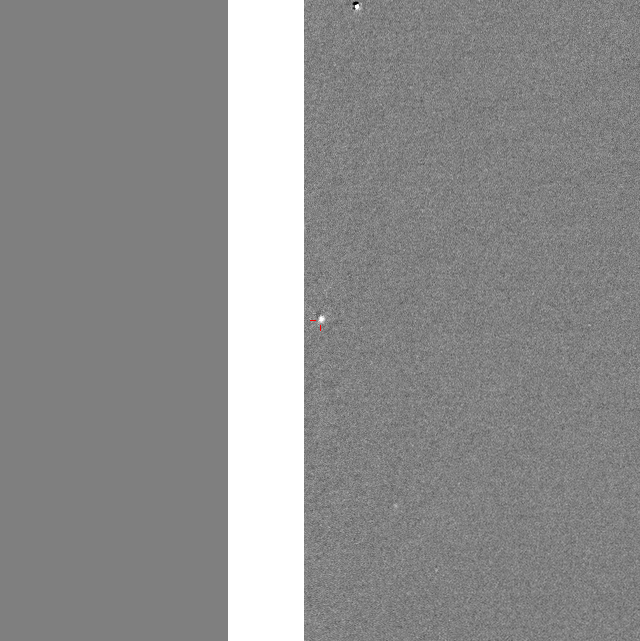
OGLE-2014-SN-088 Ra,Dec= 3:37:15.33 -65:57:39.4 HJD_max= 6926.74532 2014-09-26.245 MBR216.11.83N Disc_HJD= 2456932.71907 Disc_Imag= 19.617 Offset= - Phot.class= -
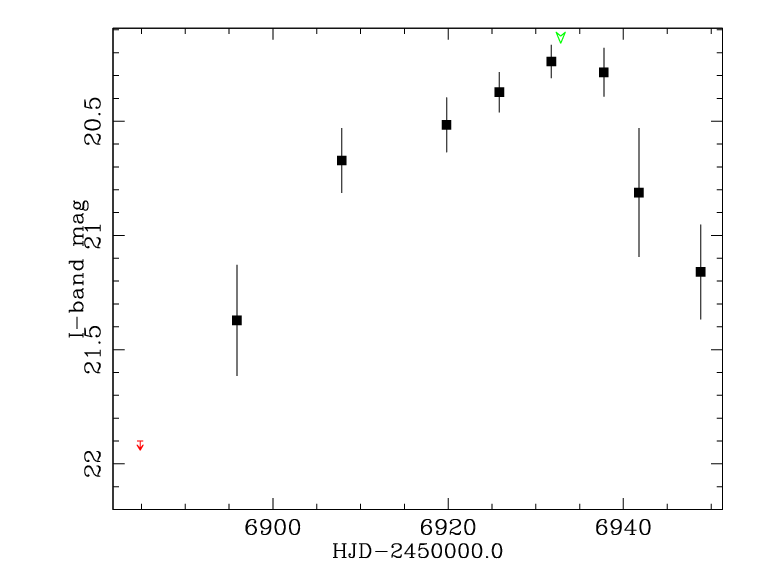
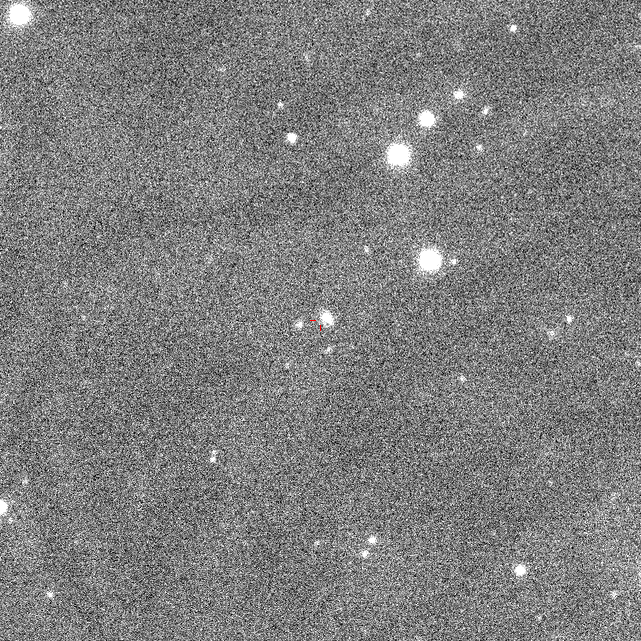
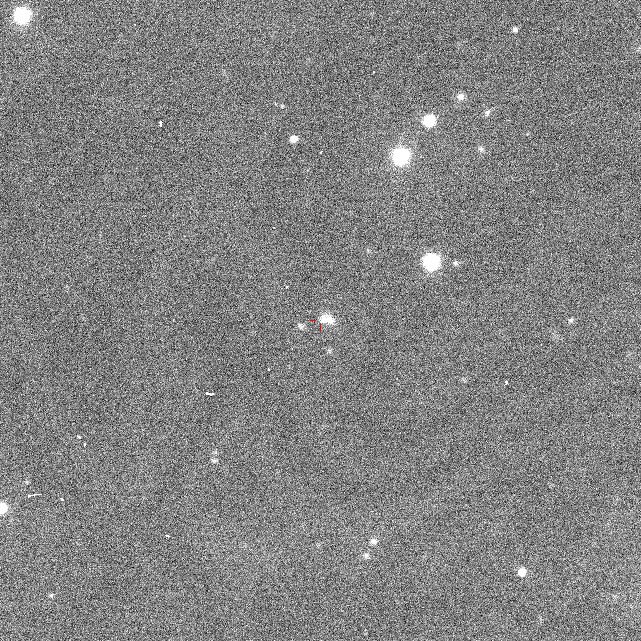
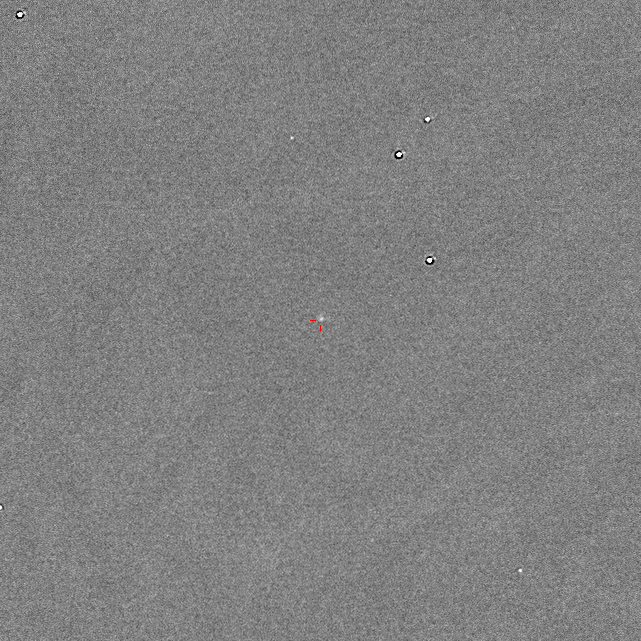
OGLE-2014-SN-087 Ra,Dec= 4:28:40.41 -62:18:40.9 HJD_max= 6931.77867 2014-10-01.279 LMC622.20.356N Disc_HJD= 2456931.77867 Disc_Imag= 20.238 Offset= 5.54pix (1.44as) Phot.class= -
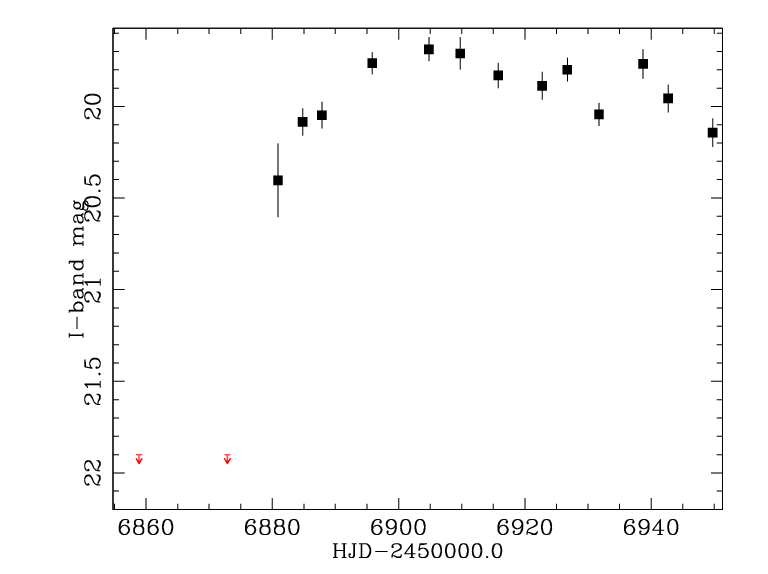
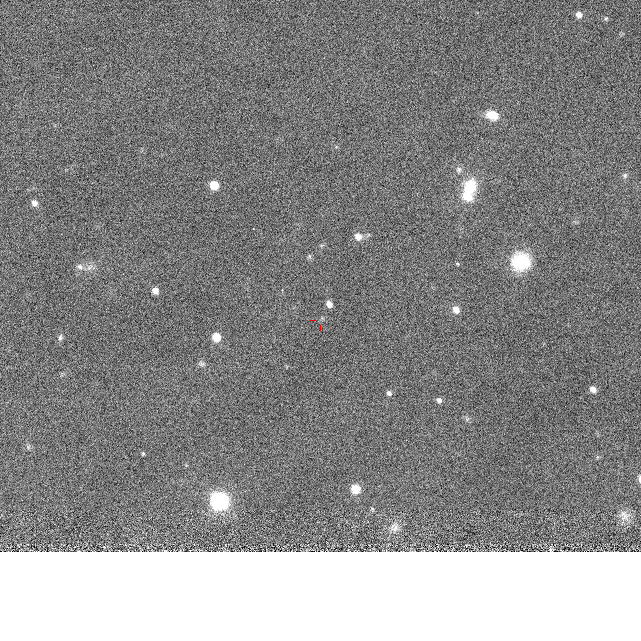
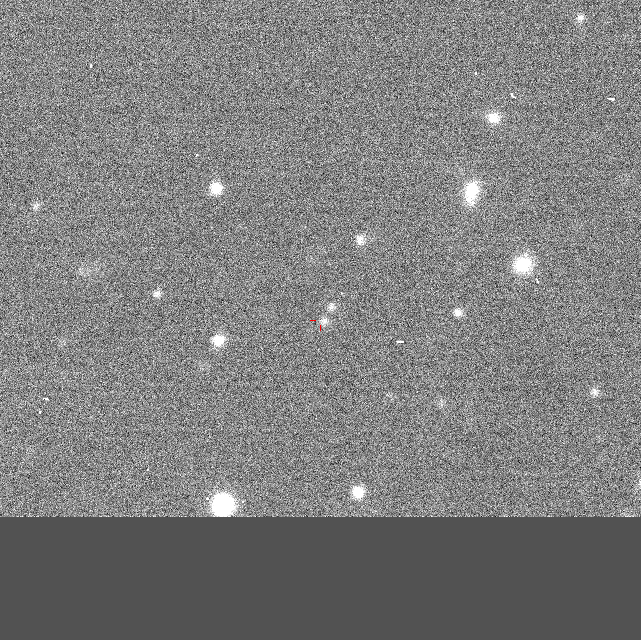

OGLE-2014-SN-086 Ra,Dec= 2:50:32.69 -73:07:40.2 HJD_max= 6904.80089 2014-09-04.301 MBR122.05.242N Disc_HJD= 2456931.73279 Disc_Imag= 20.043 Offset= - Phot.class= -
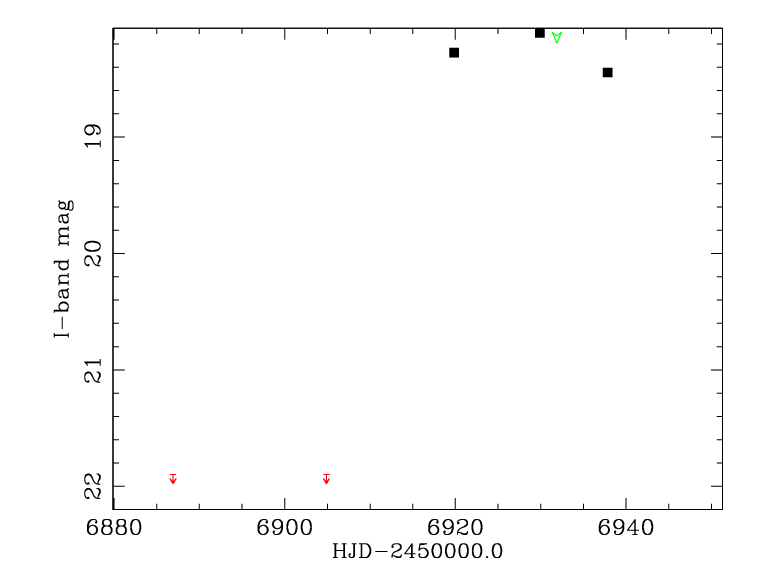

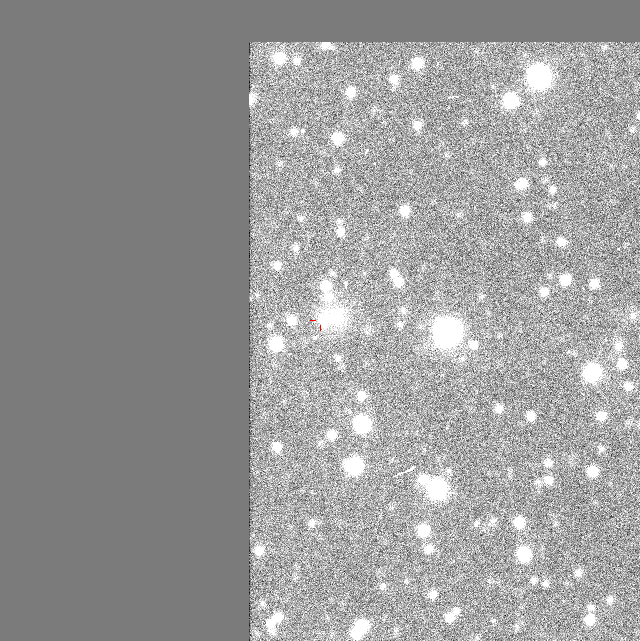
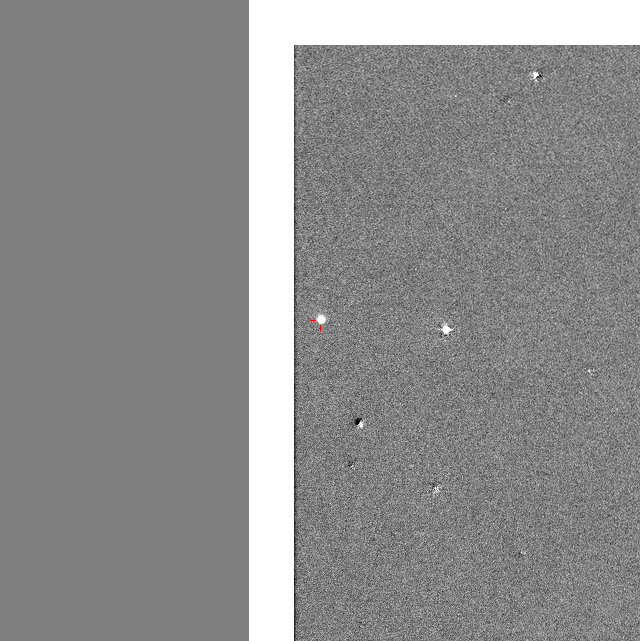
OGLE-2014-SN-085 Ra,Dec= 6:08:20.50 -67:11:53.2 HJD_max= 6929.89878 2014-09-29.399 LMC570.03.737N ATel#6514 Disc_HJD= 2456929.89878 Disc_Imag= 18.11 not classified Offset= - Phot.class= -
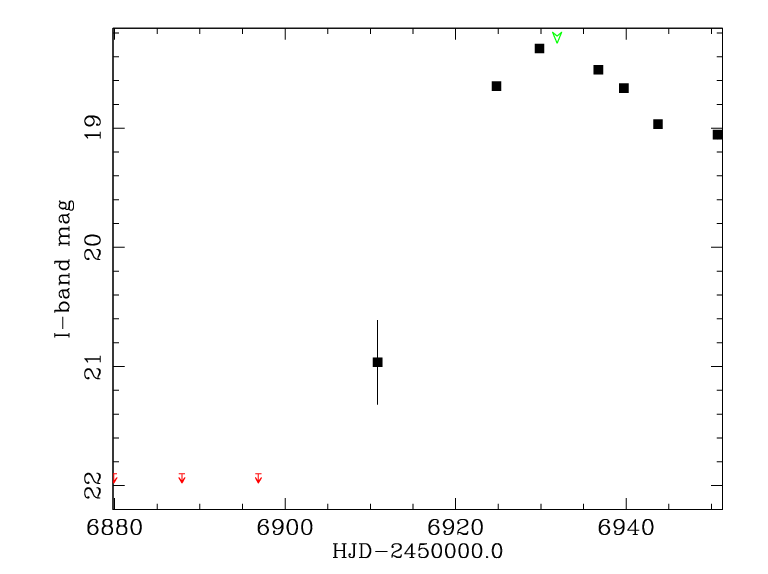
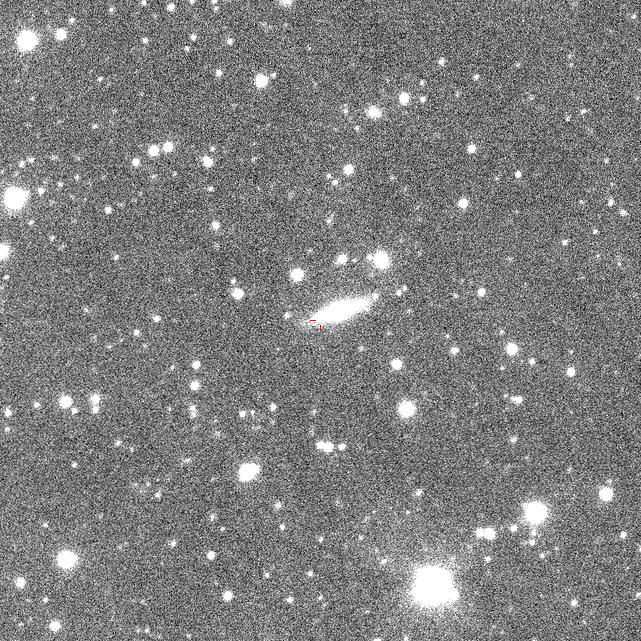
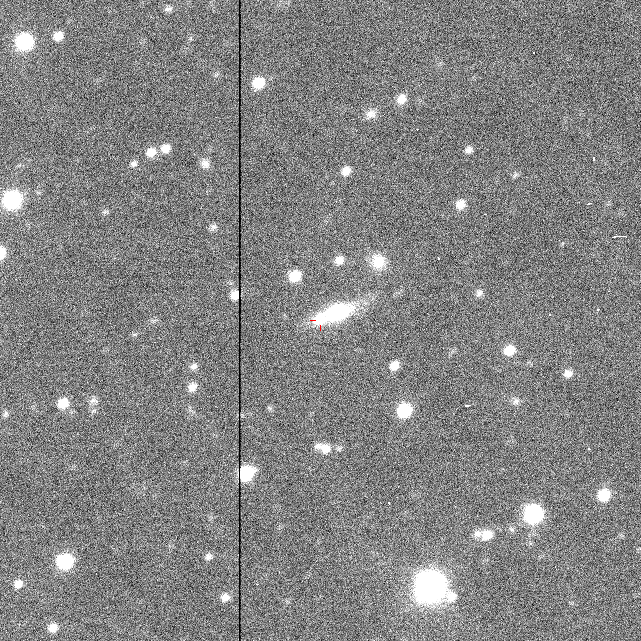
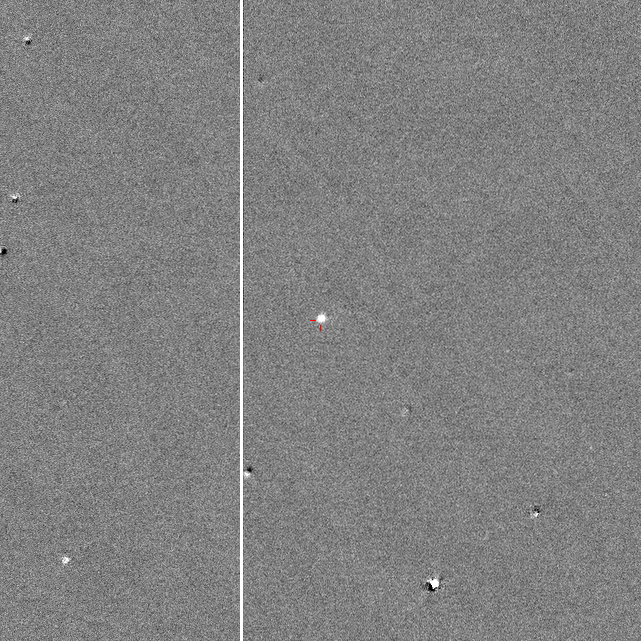
OGLE-2014-SN-084 Ra,Dec= 4:29:22.25 -72:07:27.9 HJD_max= 6929.83566 2014-09-29.336 LMC536.23.98N ATel#6514 Disc_HJD= 2456929.83566 Disc_Imag= 18.33 not classified Offset= 19.78pix (5.14as) Phot.class= -
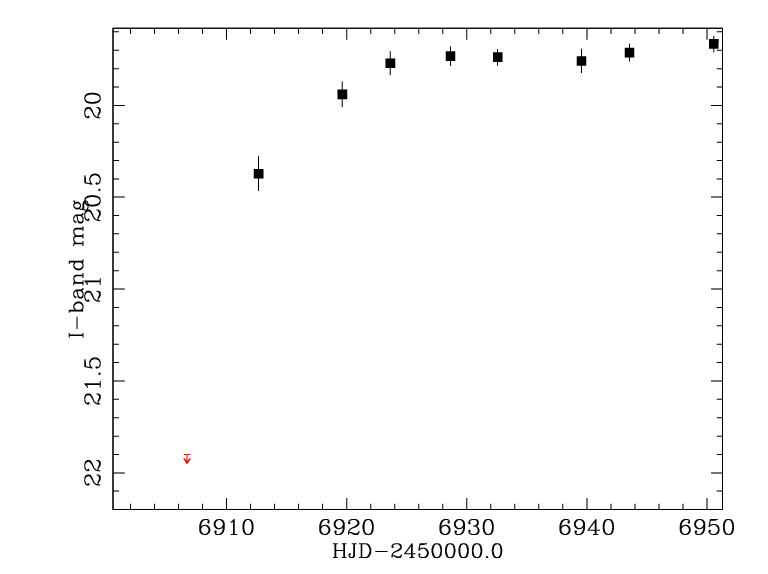
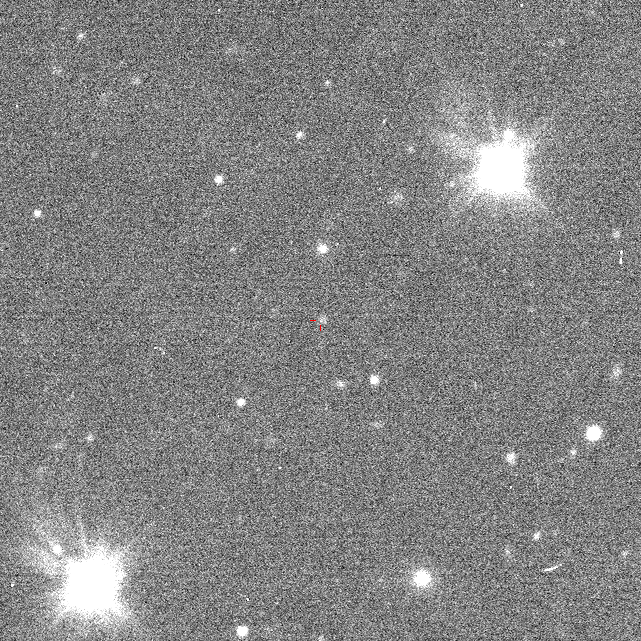
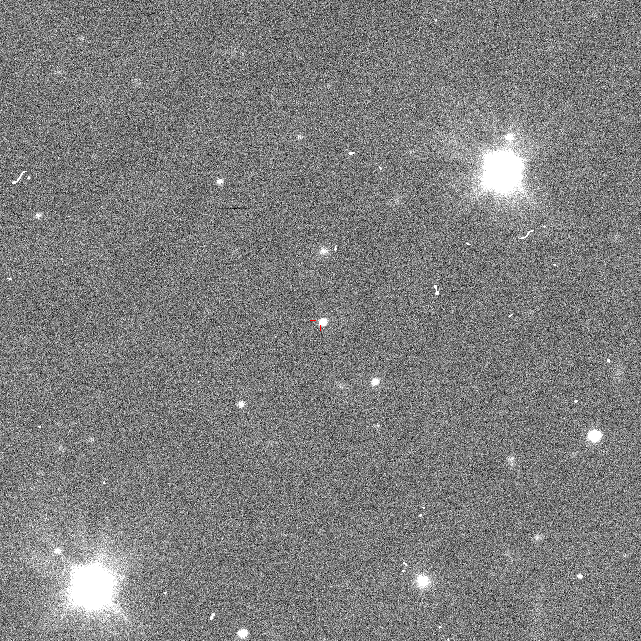
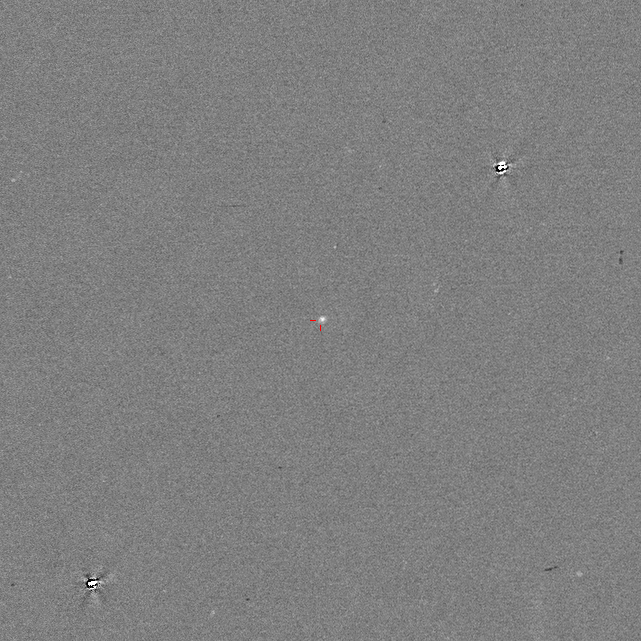
OGLE-2014-SN-083 Ra,Dec= 23:45:19.85 -63:21:38.7 HJD_max= 6950.57396 2014-10-20.074 SMC768.32.4502N ATel#6514 Disc_HJD= 2456928.65202 Disc_Imag= 19.73 not classified Offset= - Phot.class= -
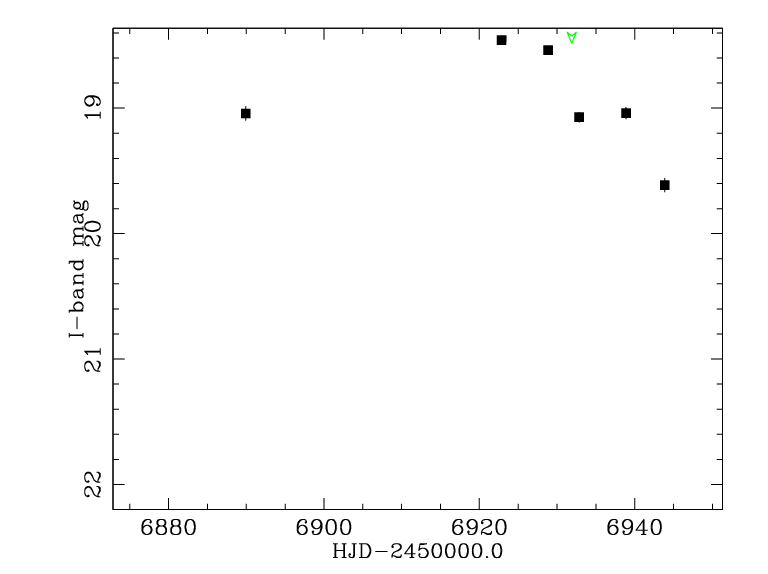
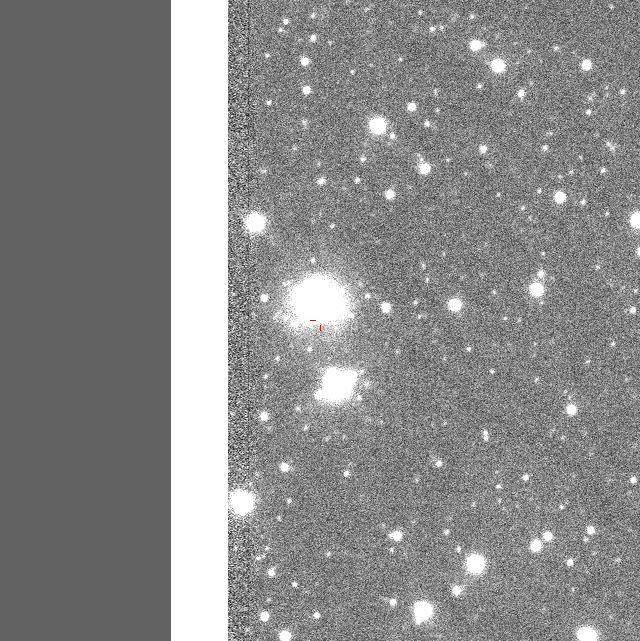
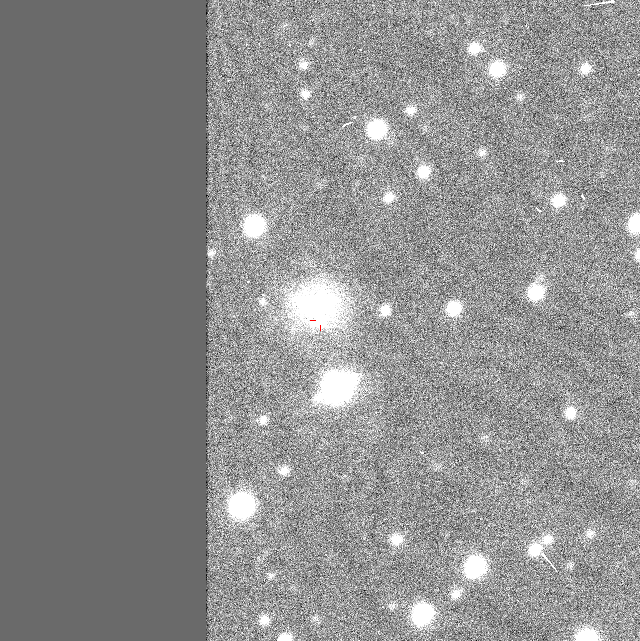
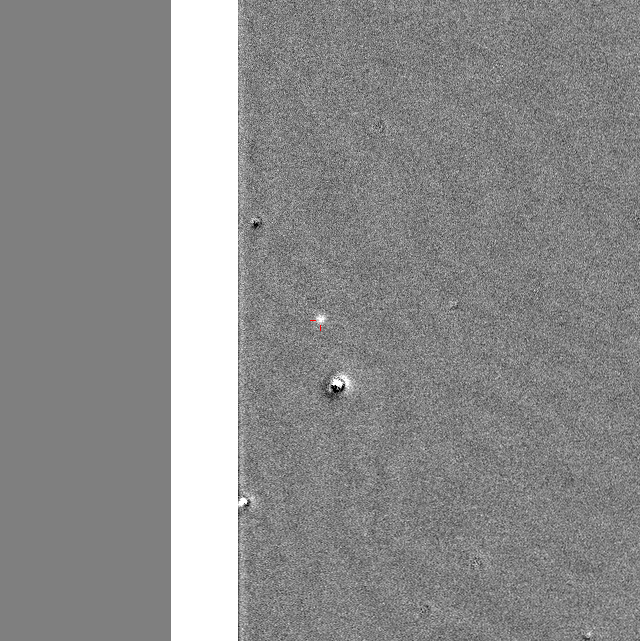
OGLE-2014-SN-082 Ra,Dec= 6:27:22.24 -71:32:42.8 HJD_max= 6922.86675 2014-09-22.367 LMC612.05.111N ATel#6514 Disc_HJD= 2456928.83515 Disc_Imag= 18.54 class= II 0.03 Offset= 18.53pix (4.82as) Phot.class= -

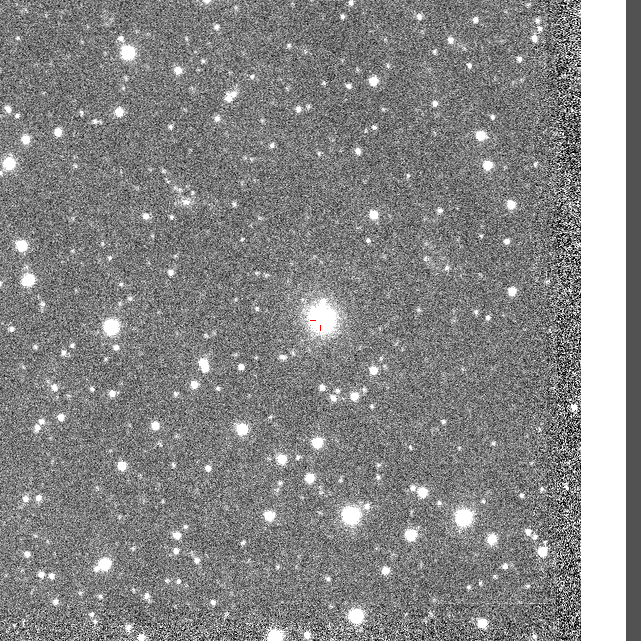

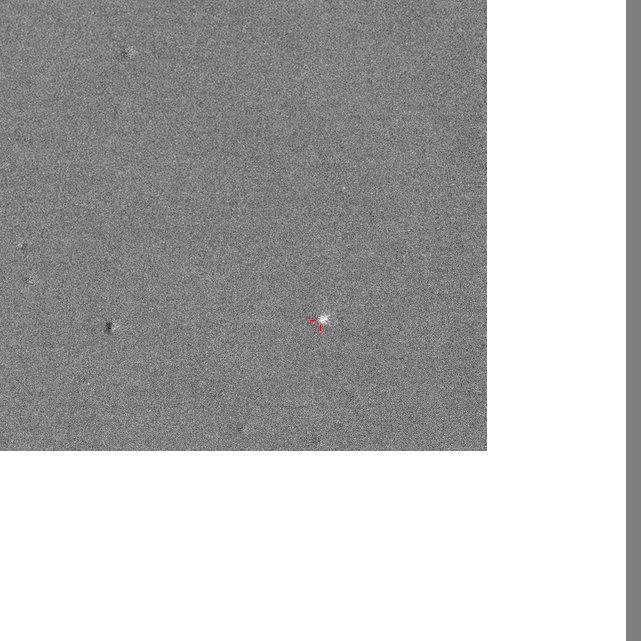
OGLE-2014-SN-081 Ra,Dec= 0:22:59.80 -74:38:32.3 HJD_max= 6923.67713 2014-09-23.177 SMC714.14.62N ATel#6514 Disc_HJD= 2456927.69884 Disc_Imag= 18.95 not classified Offset= 0.53pix (0.14as) Phot.class= -
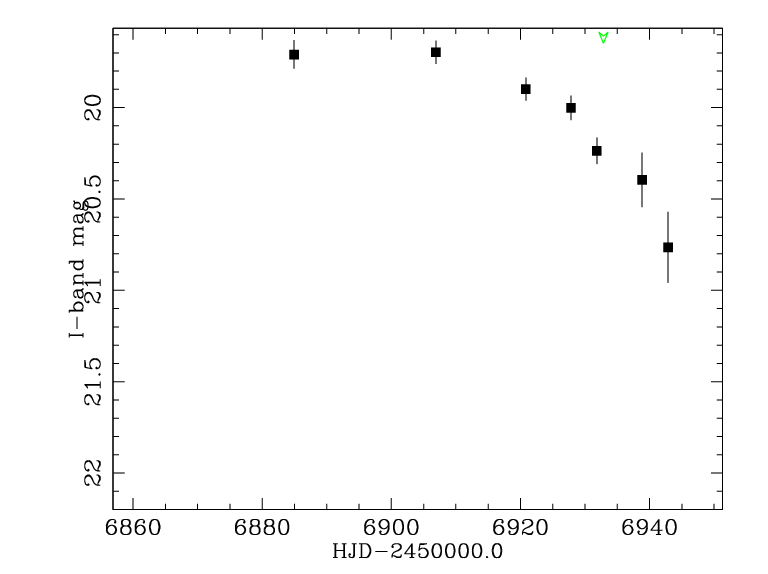
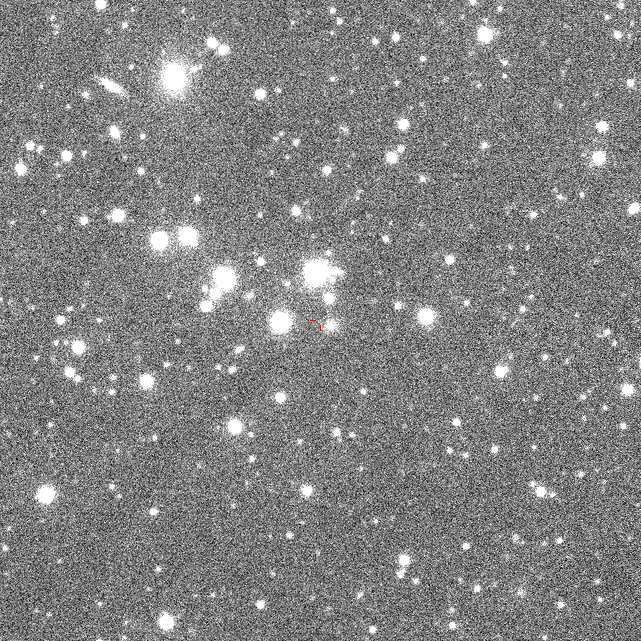
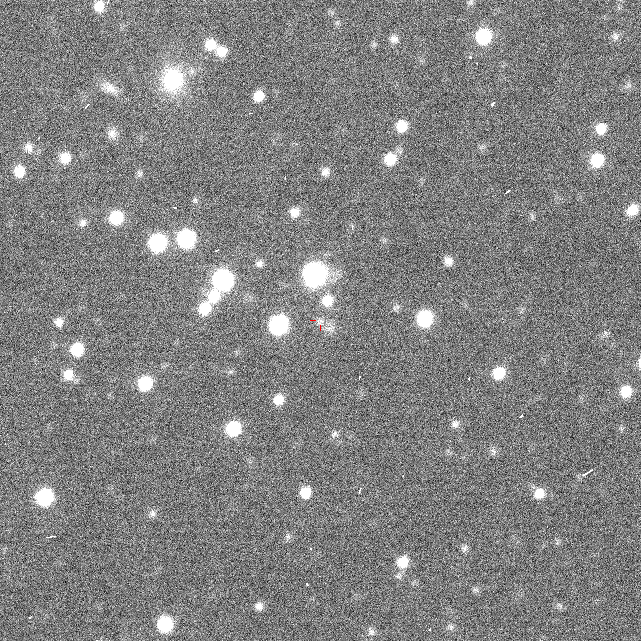
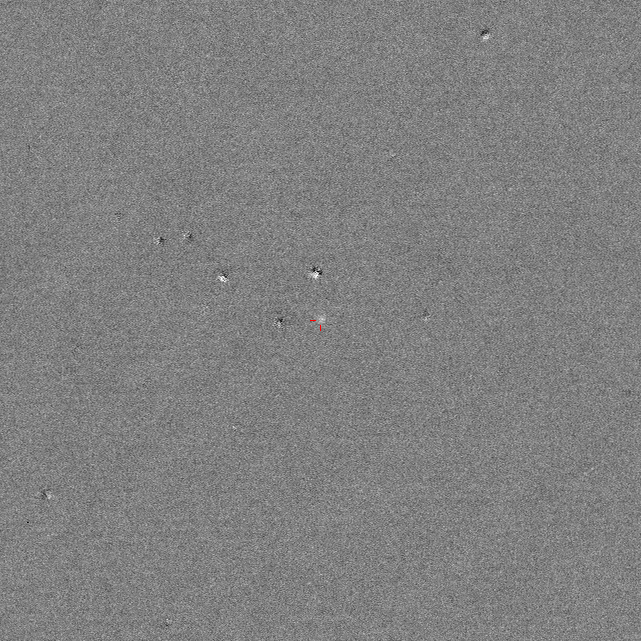
OGLE-2014-SN-080 Ra,Dec= 5:39:17.34 -62:17:36.8 HJD_max= 6906.90683 2014-09-06.407 LMC598.04.39N ATel#6514 Disc_HJD= 2456927.81905 Disc_Imag= 20.00 not classified Offset= - Phot.class= -
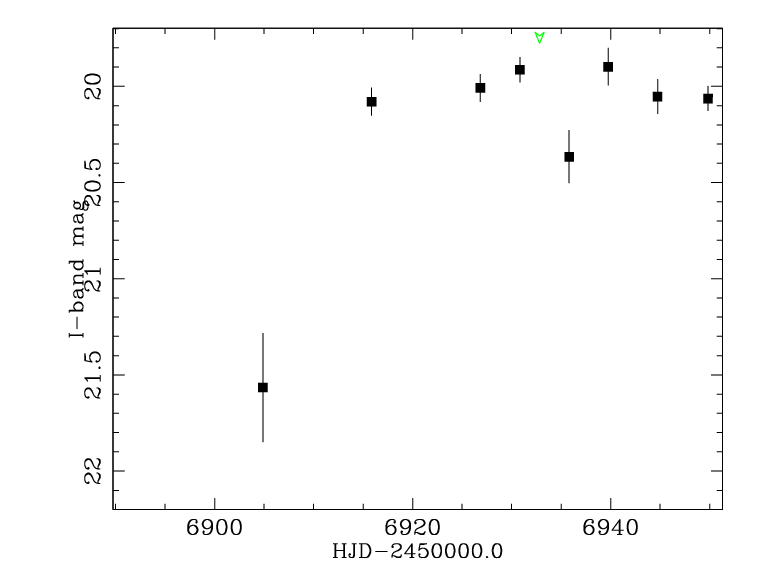
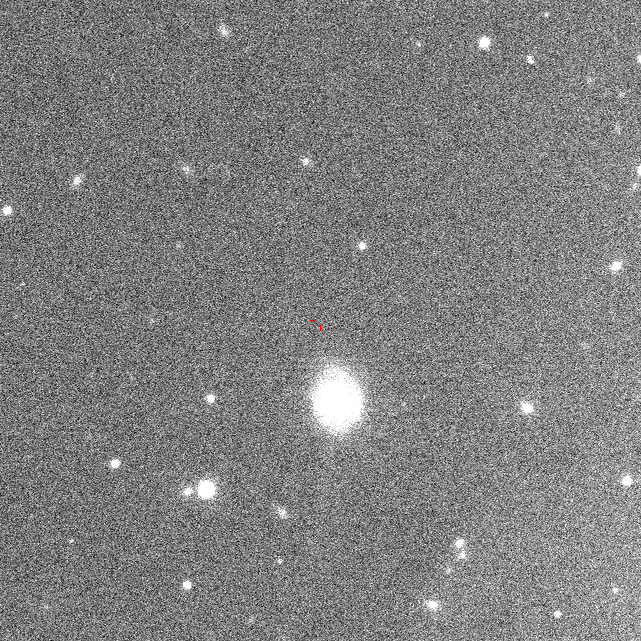
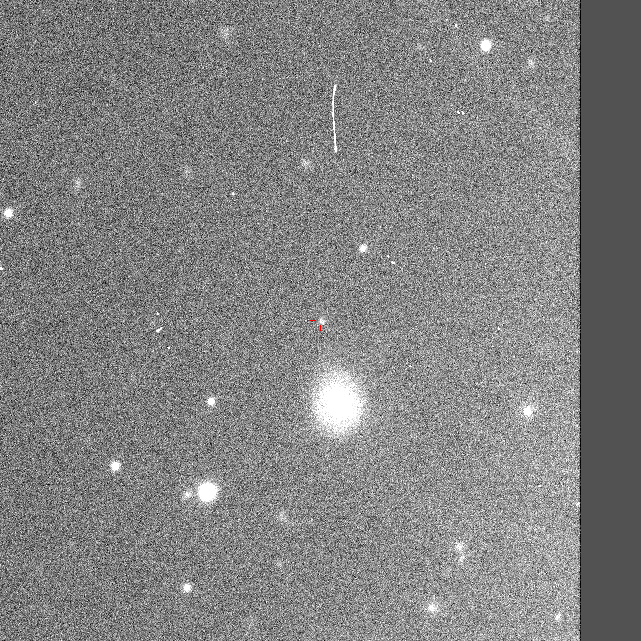
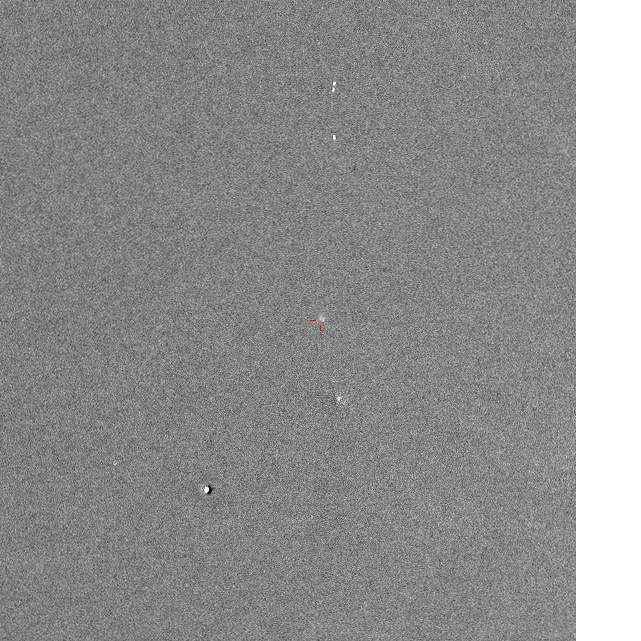
OGLE-2014-SN-079 Ra,Dec= 5:11:18.30 -48:28:45.3 HJD_max= 6939.76019 2014-10-09.260 LMC694.29.366N ATel#6514 Disc_HJD= 2456926.84327 Disc_Imag= 20.01 not classified Offset= 82.79pix (21.53as) Phot.class= -


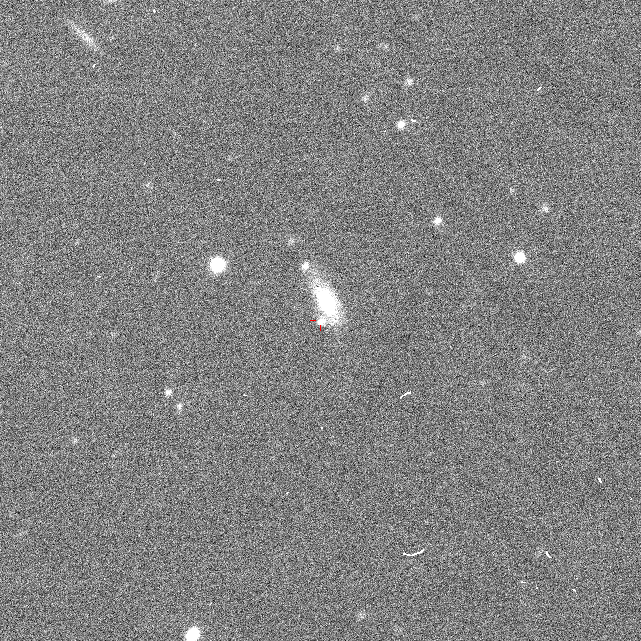

OGLE-2014-SN-078 Ra,Dec= 2:38:39.31 -76:00:10.9 HJD_max= 6926.72150 2014-09-26.222 MBR120.06.74N ATel#6514 Disc_HJD= 2456926.72150 Disc_Imag= 19.13 class= Ia 0.09 Offset= 19.81pix (5.15as) Phot.class= -
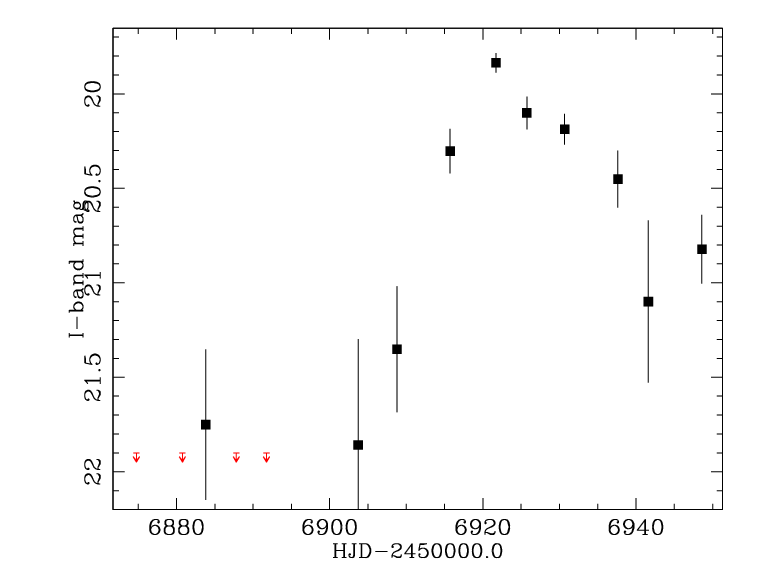
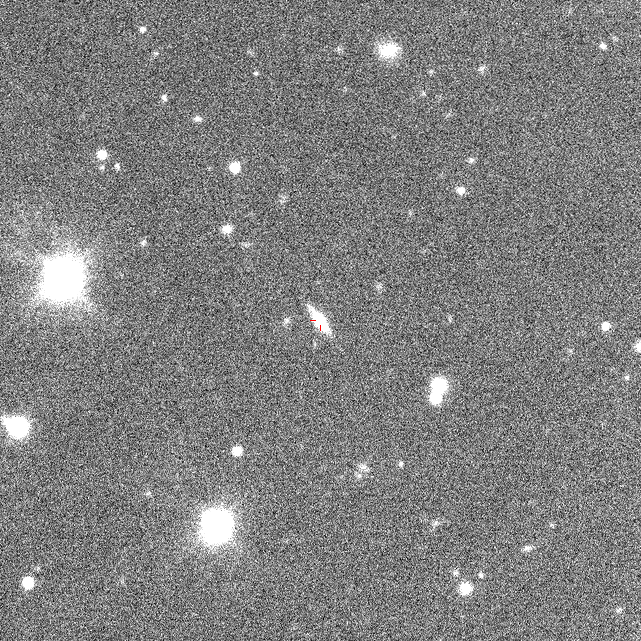
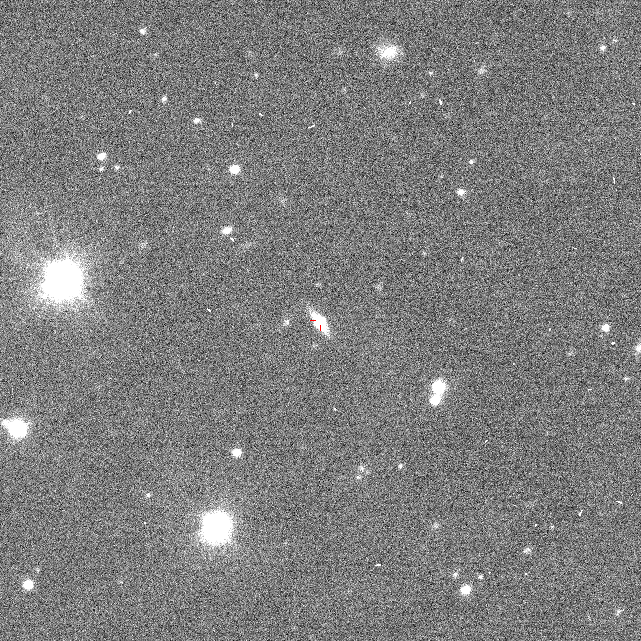
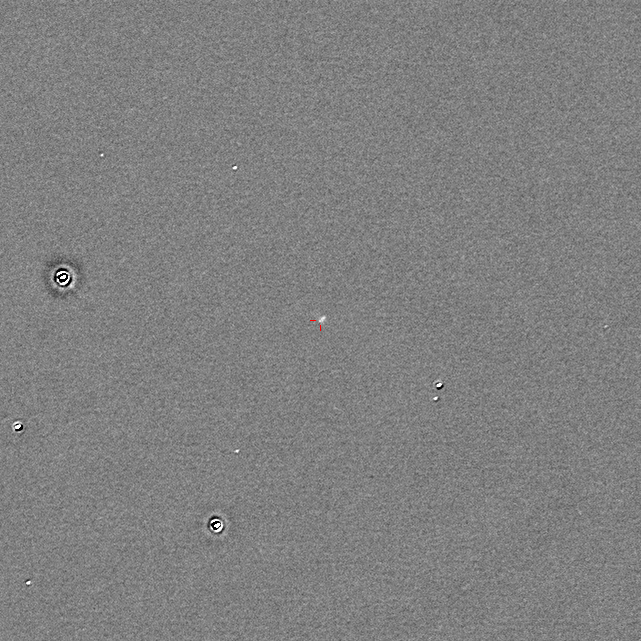
OGLE-2014-SN-077 Ra,Dec= 1:38:59.46 -68:54:55.8 HJD_max= 6921.72345 2014-09-21.223 SMC812.28.91N ATel#6514 Disc_HJD= 2456925.74085 Disc_Imag= 20.10 not classified Offset= 2.82pix (0.73as) Phot.class= -
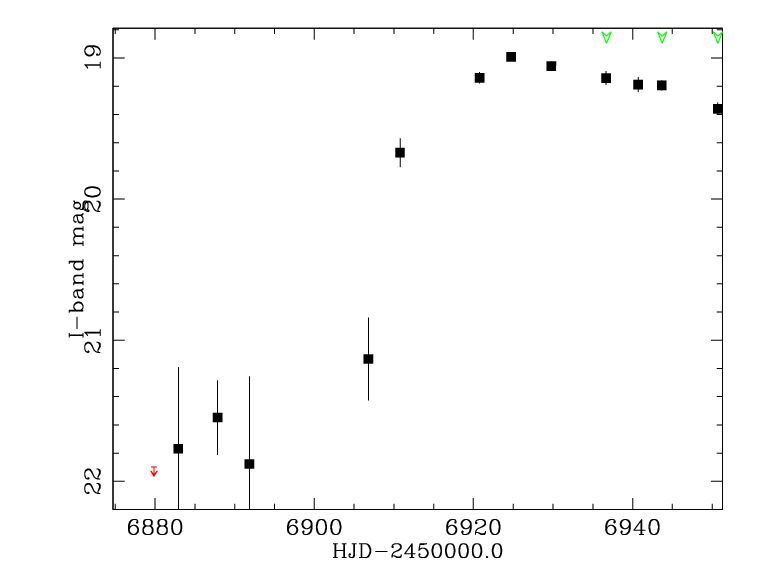
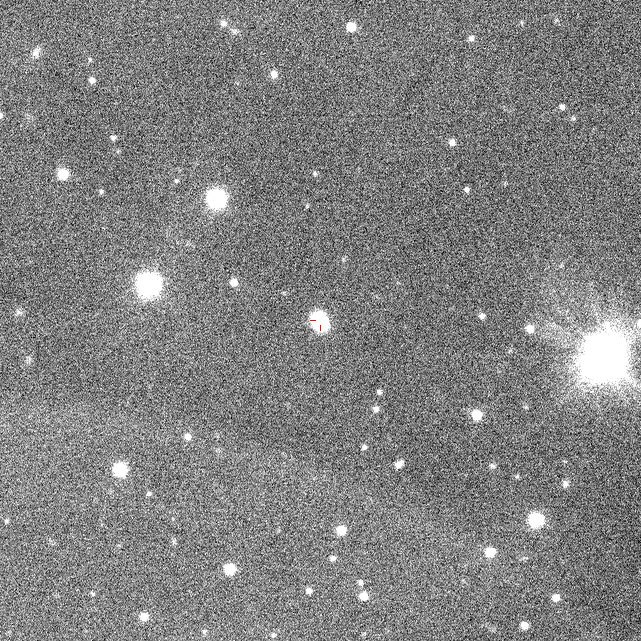
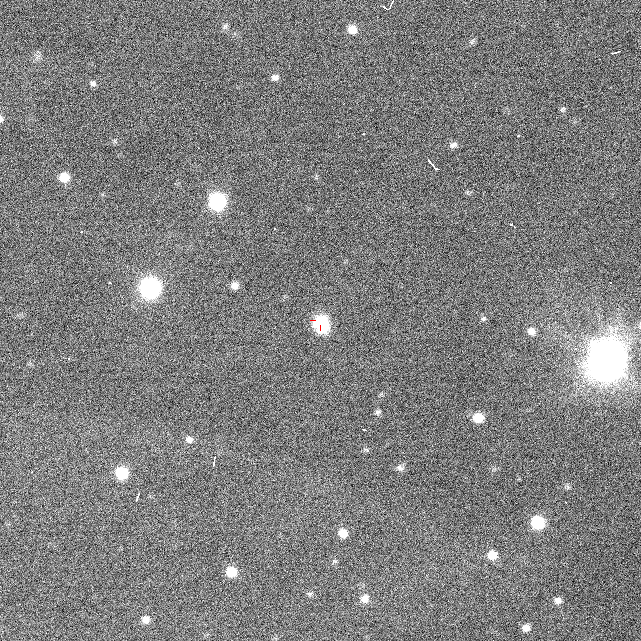
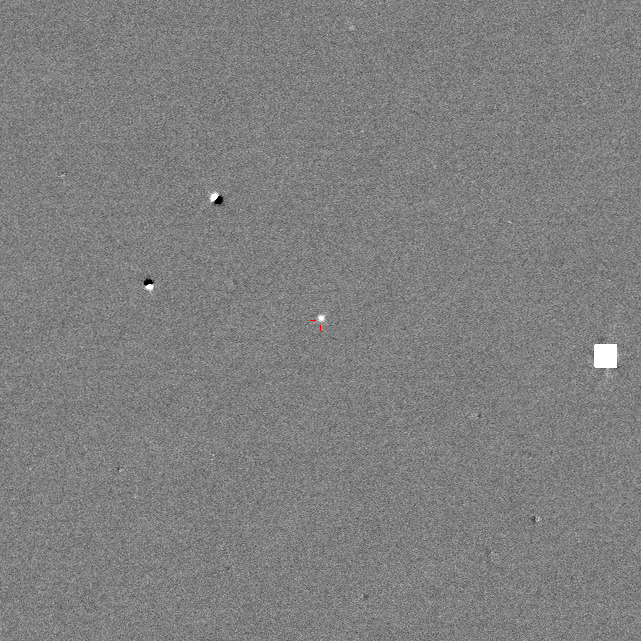
OGLE-2014-SN-076 Ra,Dec= 1:58:50.17 -74:35:36.2 HJD_max= 6924.72725 2014-09-24.227 MBR109.15.281 ATel#6494 Disc_HJD= 2456924.72725 Disc_Imag= 18.99 not classified Offset= 3.92pix (1.02as) Phot.class= -
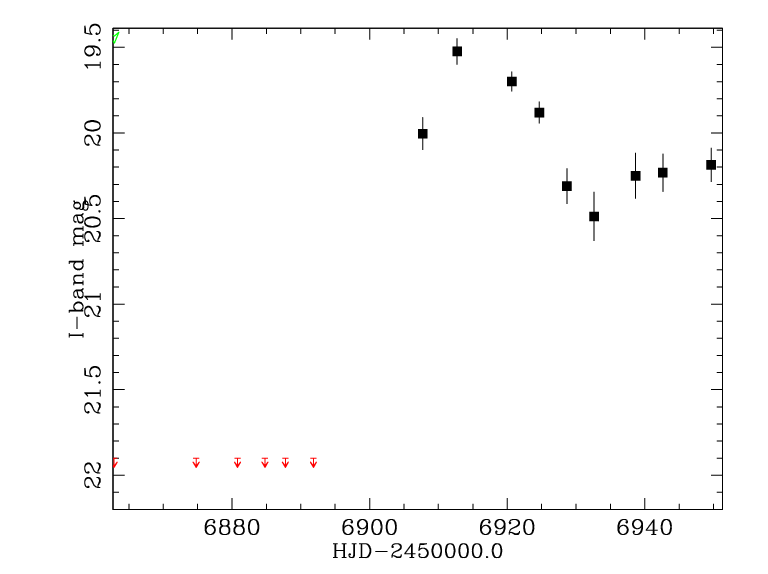
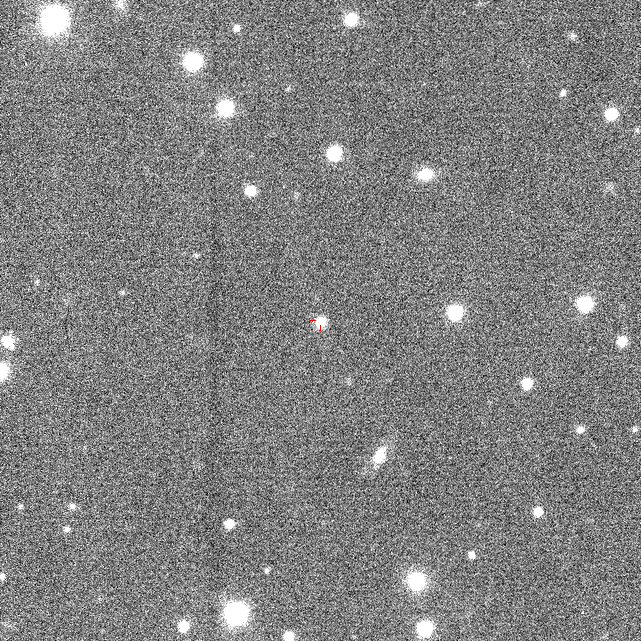
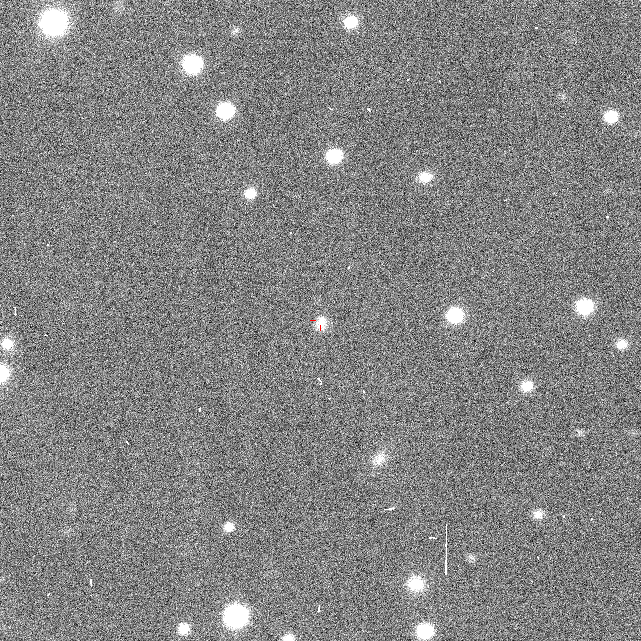

OGLE-2014-SN-075 Ra,Dec= 1:24:42.69 -79:07:53.6 HJD_max= 6912.72206 2014-09-12.222 SMC827.24.90N ATel#6494 Disc_HJD= 2456924.67149 Disc_Imag= 19.88 not classified Offset= 4.37pix (1.14as) Phot.class= -
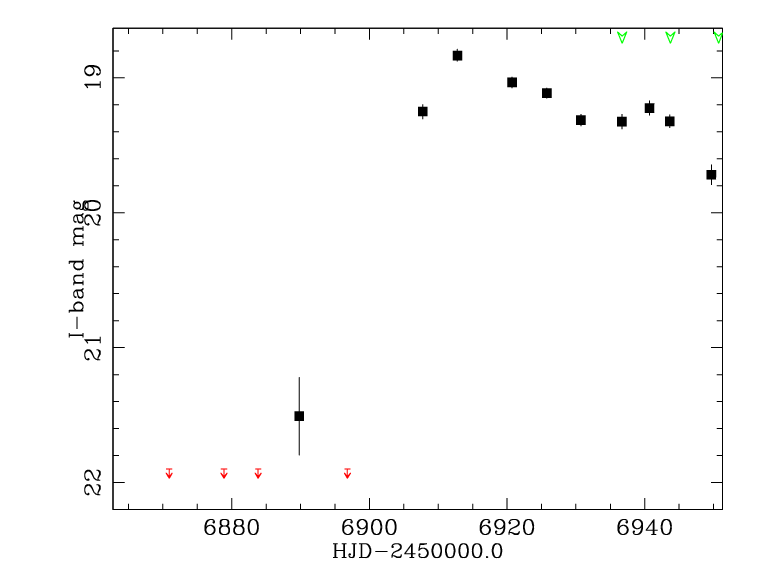
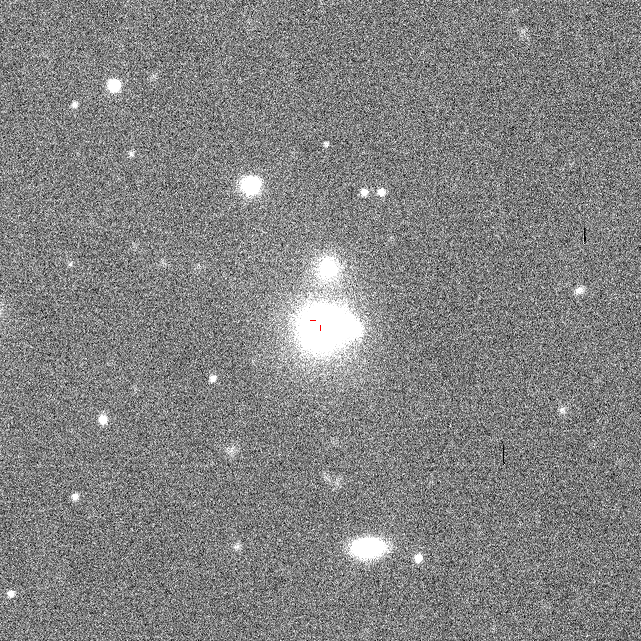

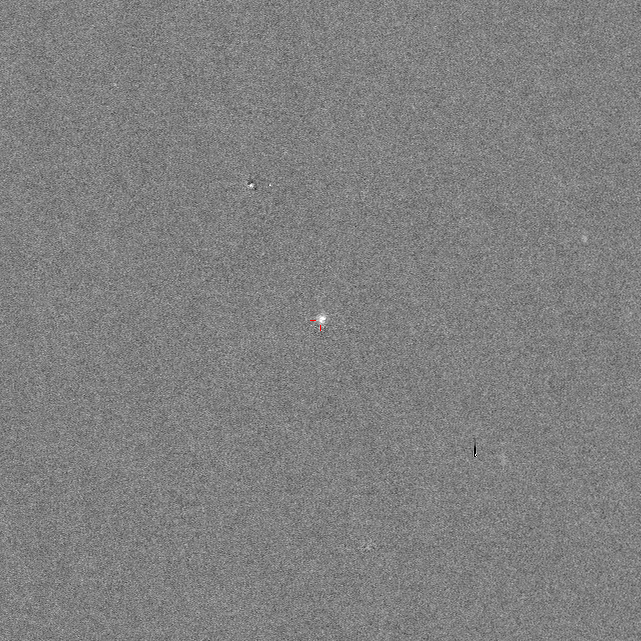
OGLE-2014-SN-074 Ra,Dec= 1:52:21.53 -63:50:31.2 HJD_max= 6912.78124 2014-09-12.281 MBR157.04.78N ATel#6494 Disc_HJD= 2456920.71865 Disc_Imag= 19.03 not classified Offset= 10.13pix (2.63as) Phot.class= -

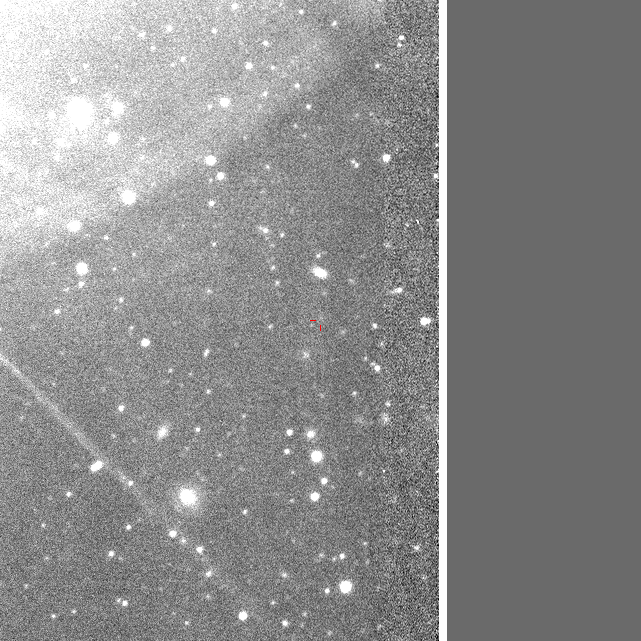
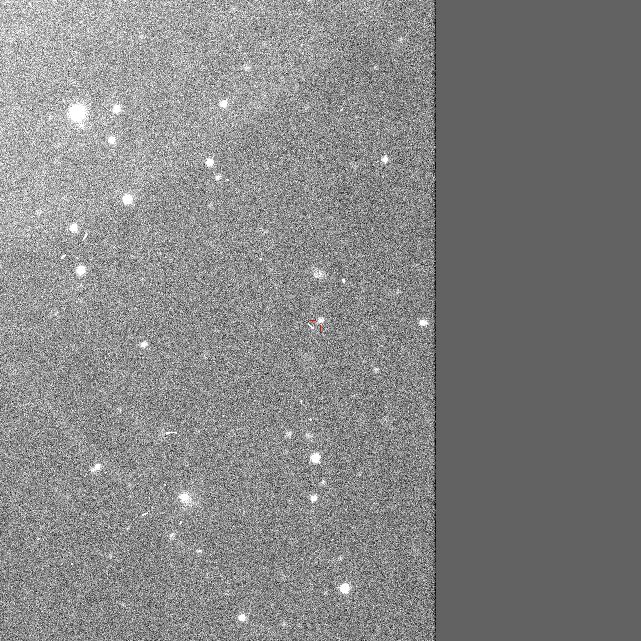
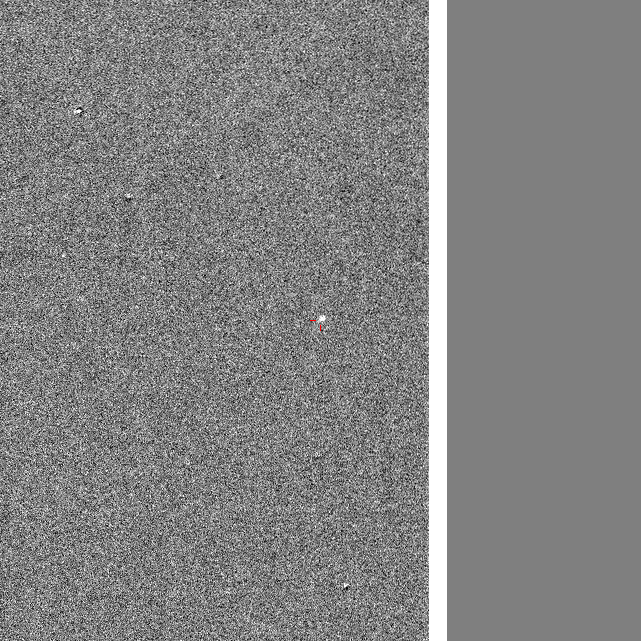
OGLE-2014-SN-073 Ra,Dec= 5:28:51.63 -62:20:16.2 HJD_max= 6942.84105 2014-10-12.341 LMC593.21.158N ATel#6494 Disc_HJD= 2456920.82173 Disc_Imag= 19.49 class= II 0.13 Offset= - Phot.class= -
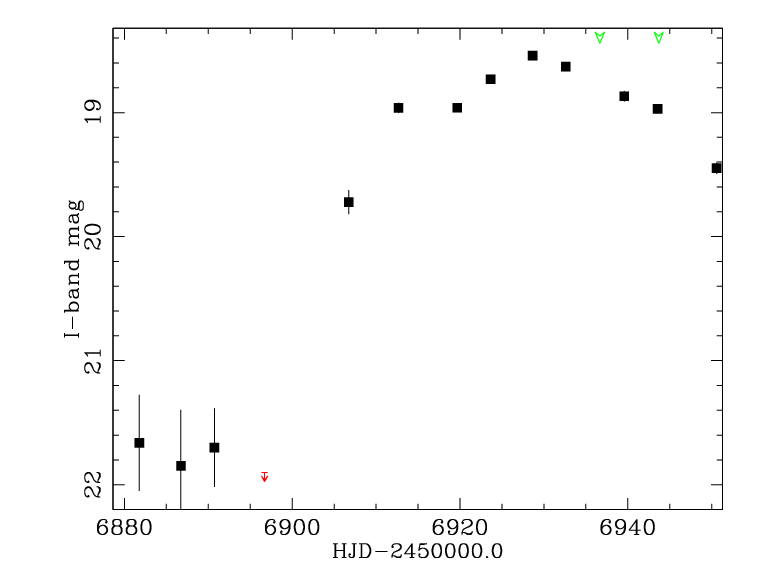
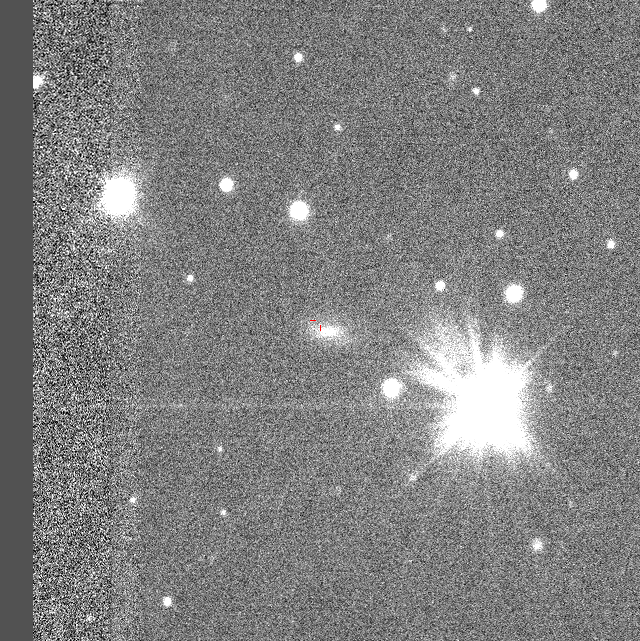
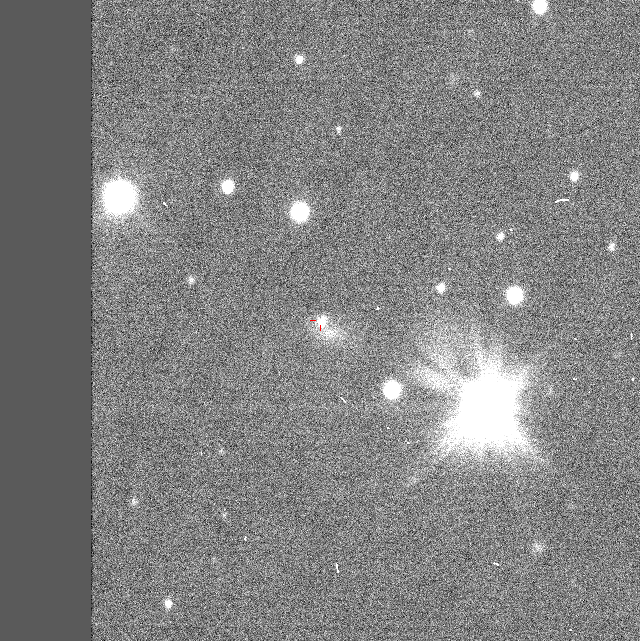
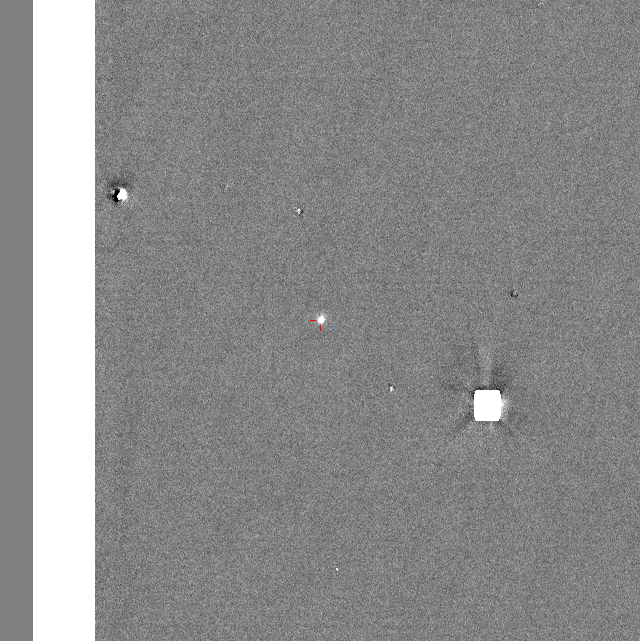
OGLE-2014-SN-072 Ra,Dec= 23:48:14.65 -77:32:48.3 HJD_max= 6928.67380 2014-09-28.174 SMC757.09.93N ATel#6494 Disc_HJD= 2456919.67773 Disc_Imag= 18.96 not classified Offset= 14.69pix (3.82as) Phot.class= -
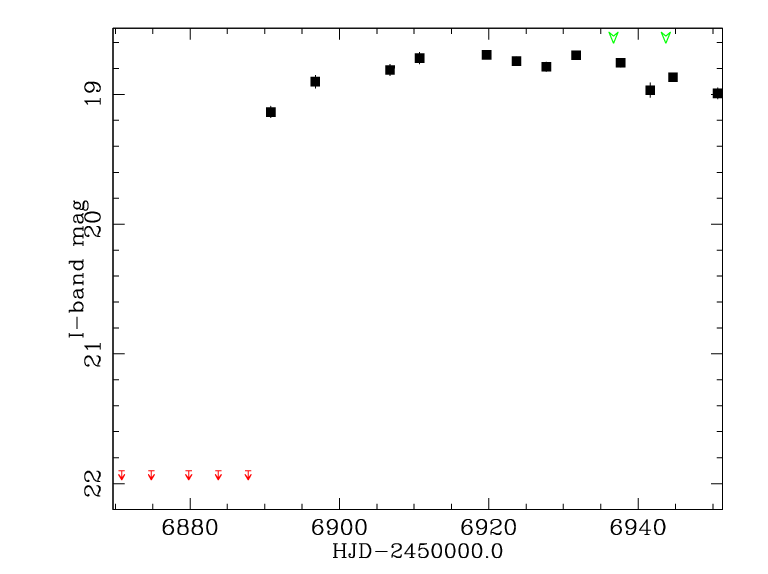
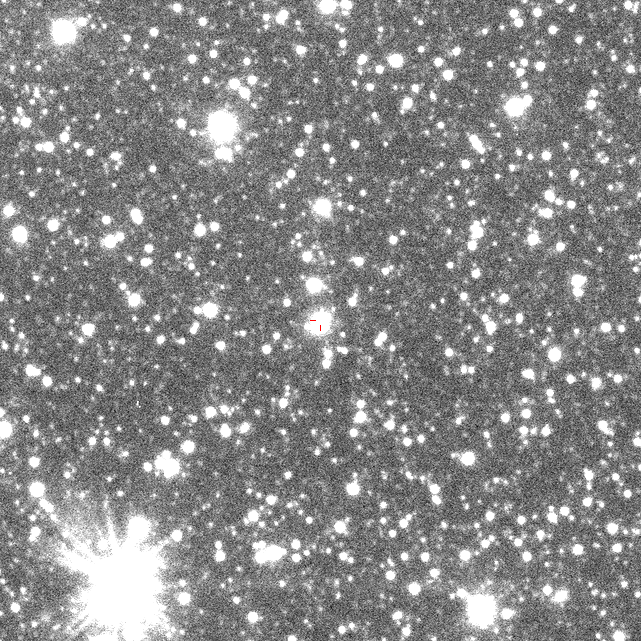
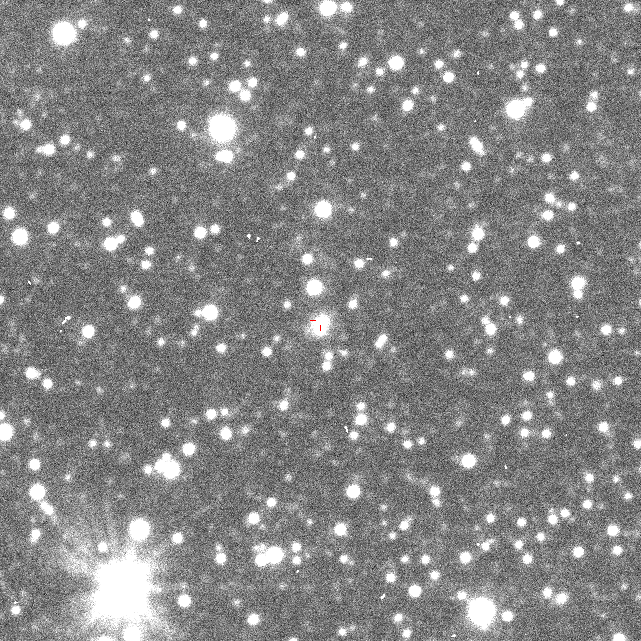
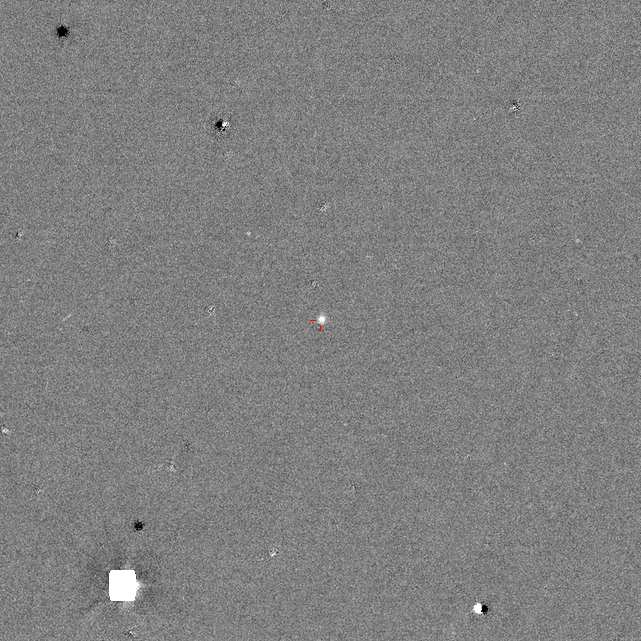
OGLE-2014-SN-071 Ra,Dec= 0:48:26.65 -74:10:39.1 HJD_max= 6919.70021 2014-09-19.200 SMC720.03.781N ATel#6494 Disc_HJD= 2456910.73565 Disc_Imag= 18.72 class= II 0.032 Offset= - Phot.class= -
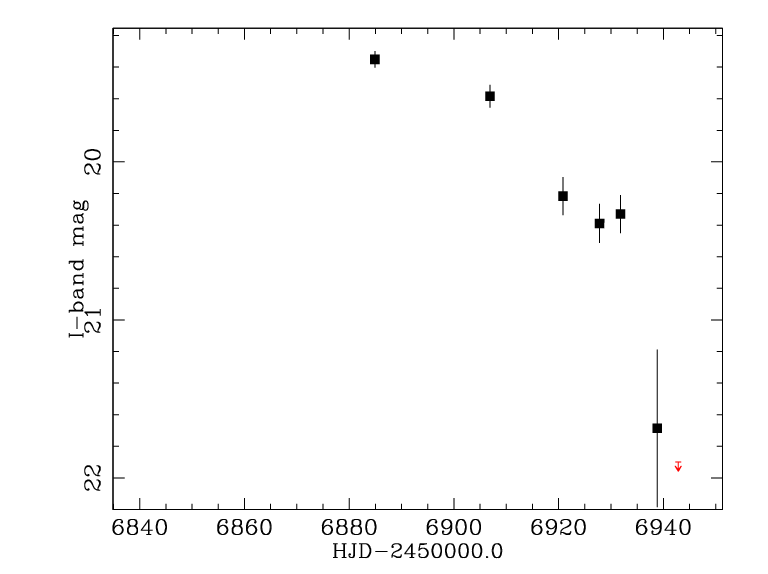
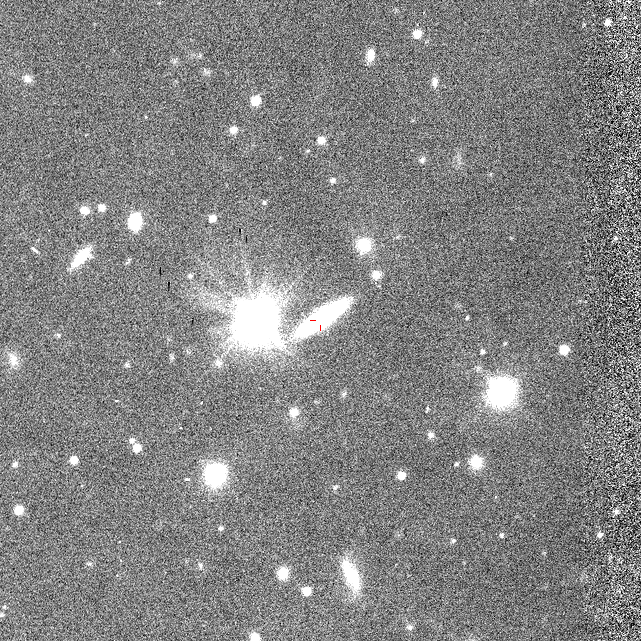
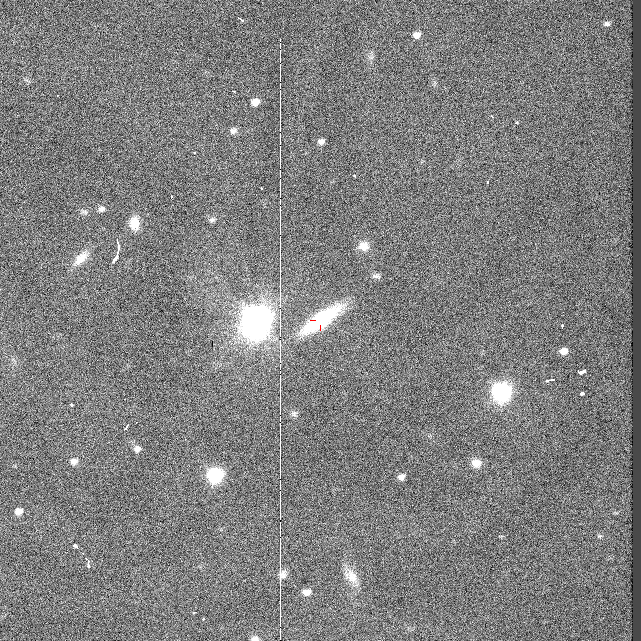

OGLE-2014-SN-070 Ra,Dec= 5:24:35.65 -59:40:06.7 HJD_max= 6884.93000 2014-08-15.430 LMC595.32.2540N ATel#6494 Disc_HJD= 2456906.90273 Disc_Imag= 19.58 not classified Offset= - Phot.class= -
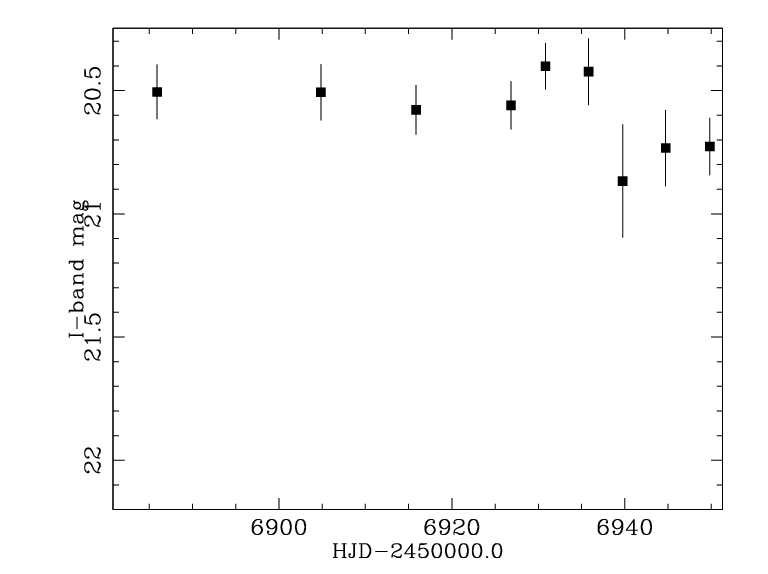
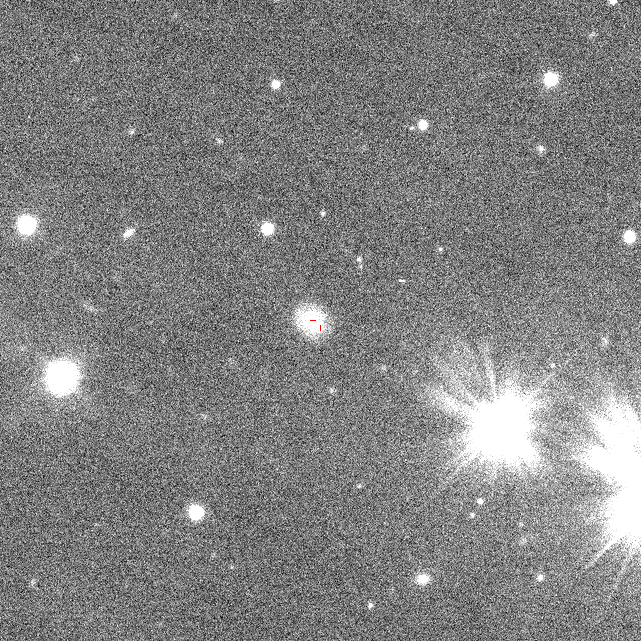
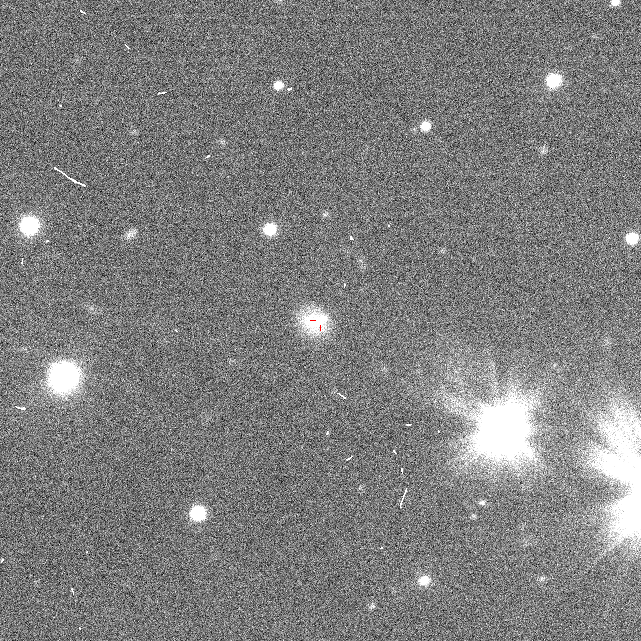
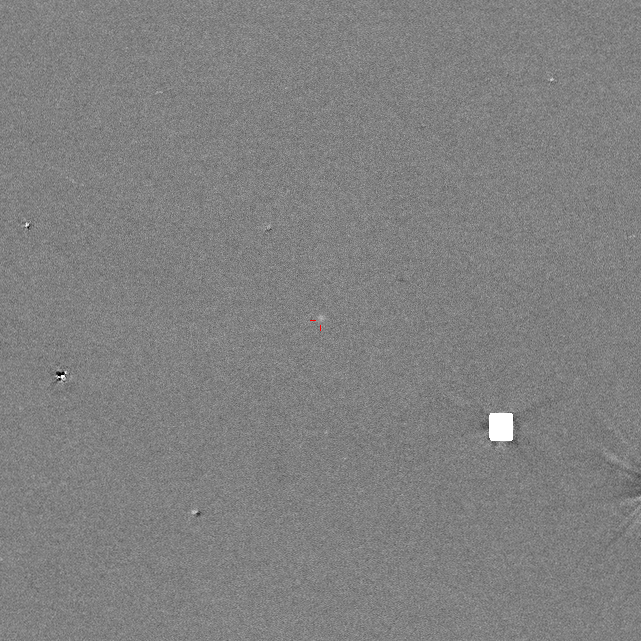
OGLE-2014-SN-069 Ra,Dec= 5:10:32.62 -54:54:07.1 HJD_max= 6930.82804 2014-09-30.328 LMC689.21.148N ATel#6494 Disc_HJD= 2456904.86471 Disc_Imag= 20.51 not classified Offset= 10.36pix (2.69as) Phot.class= -
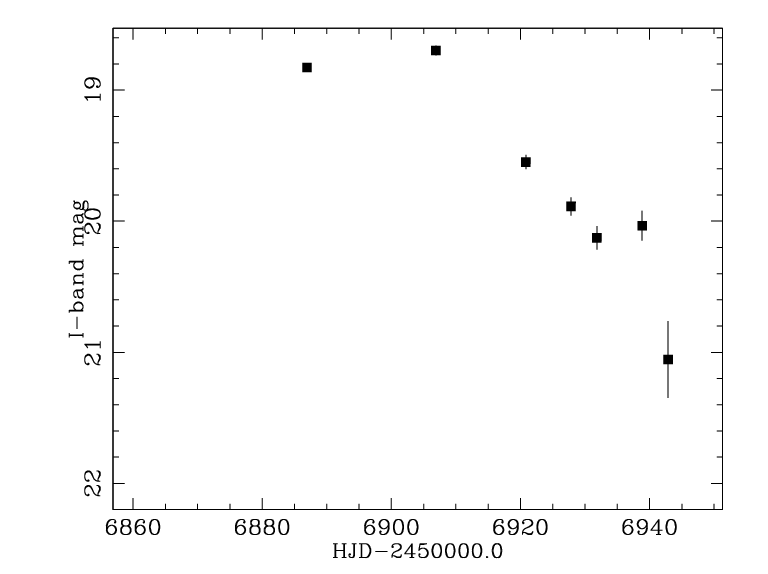
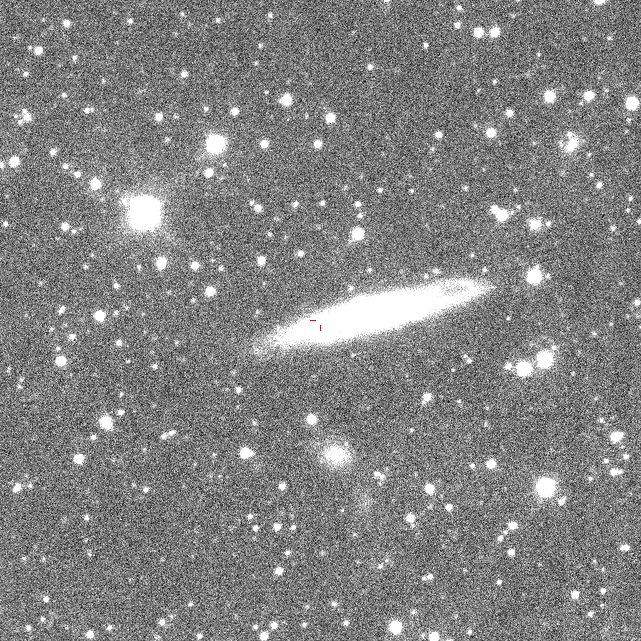
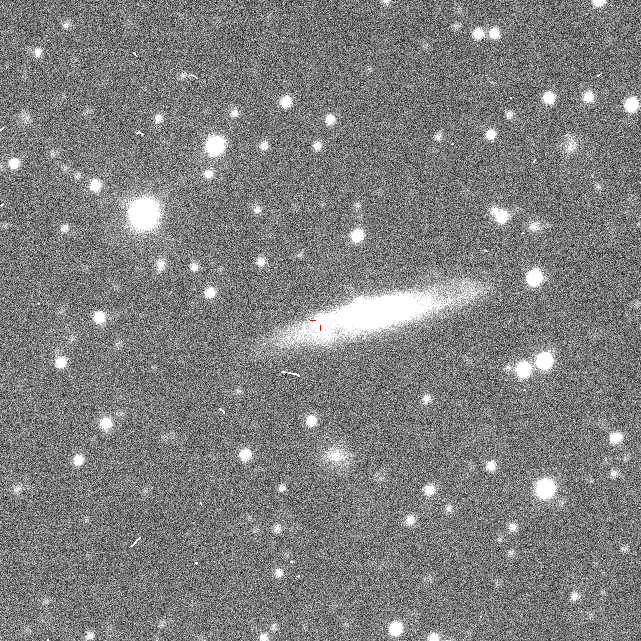
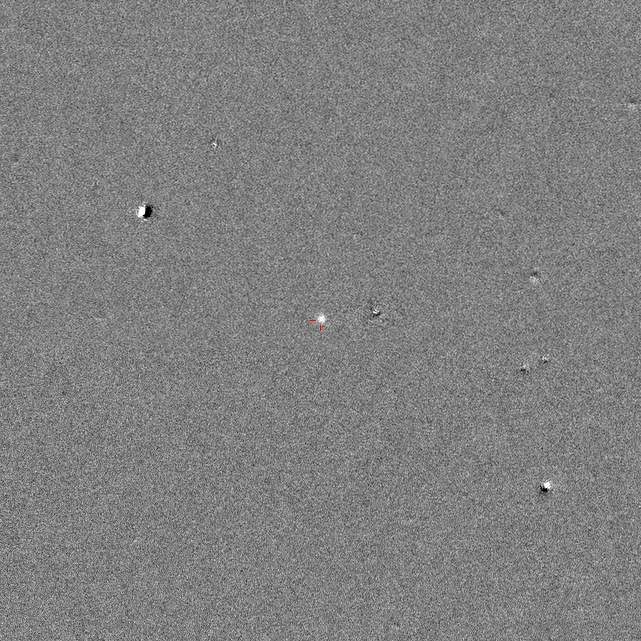
OGLE-2014-SN-068 Ra,Dec= 6:00:43.03 -63:54:31.1 HJD_max= 6906.91504 2014-09-06.415 LMC603.30.59N ATel#6494 Disc_HJD= 2456906.91504 Disc_Imag= 18.70 not classified Offset= - Phot.class= -
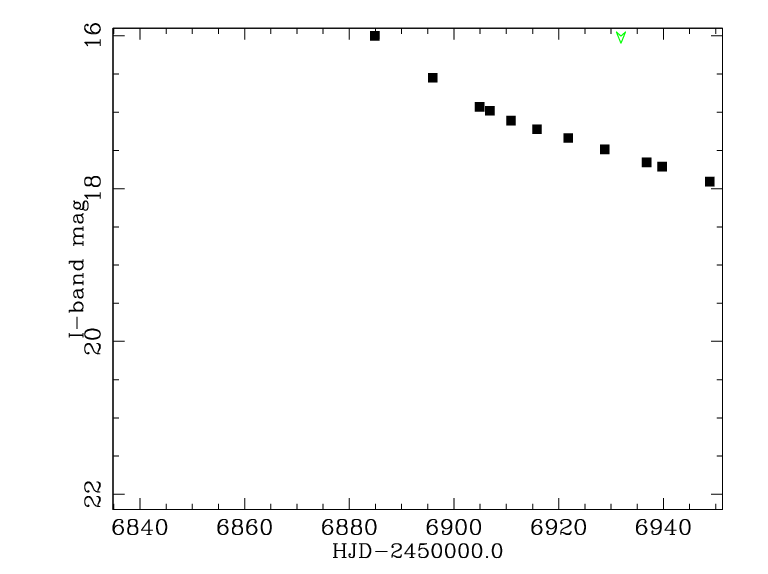
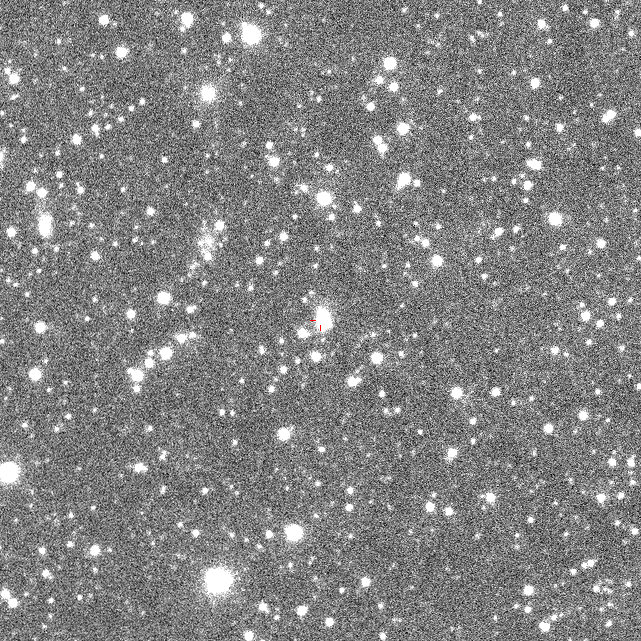

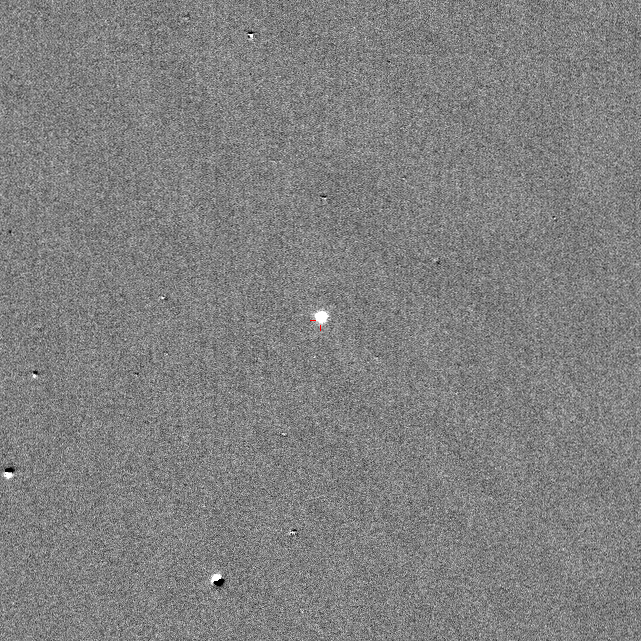
OGLE-2014-SN-067 Ra,Dec= 4:57:50.43 -74:00:39.9 HJD_max= 6884.88920 2014-08-15.389 LMC524.06.7158 ATel#6424 Disc_HJD= 2456895.92391 Disc_Imag= 16.55 class= Ic 0.0187 Offset= 1.92pix (0.50as) Phot.class= -
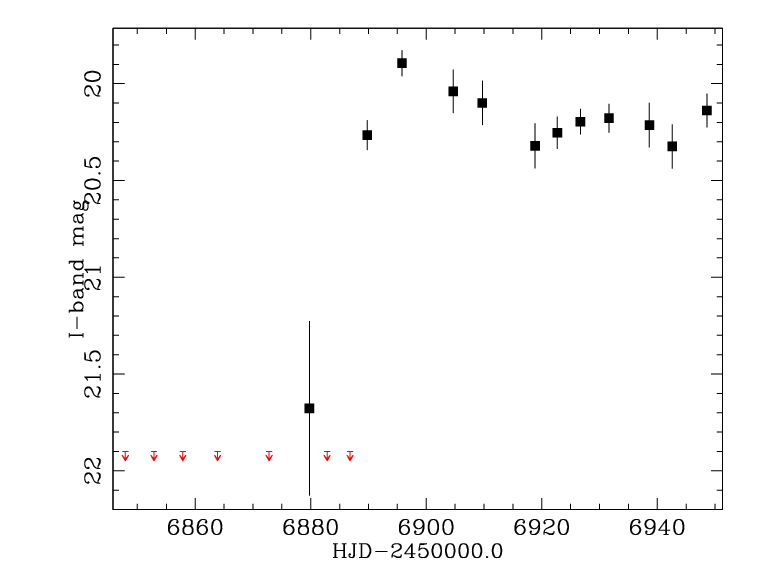
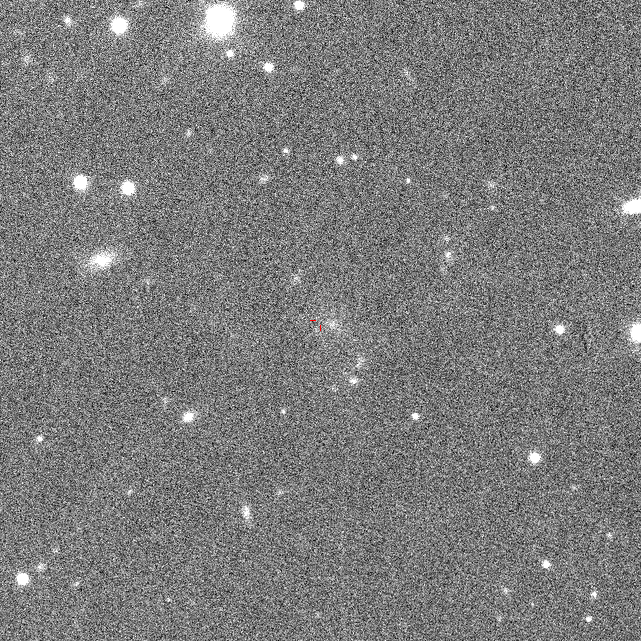

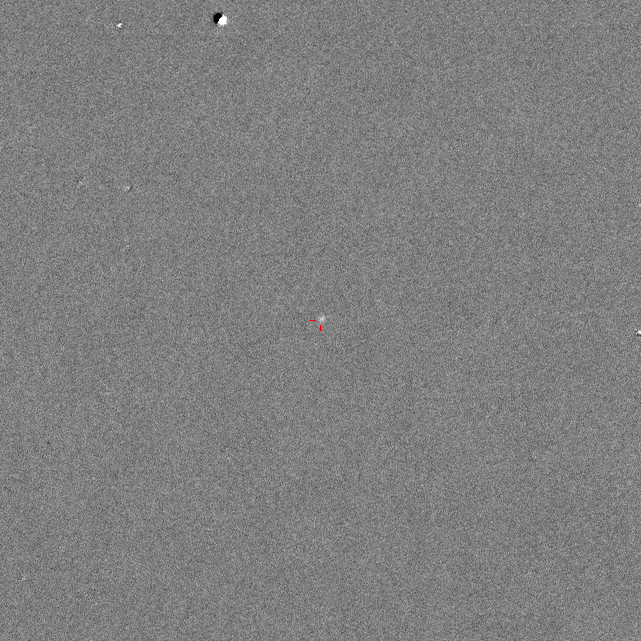
OGLE-2014-SN-066 Ra,Dec= 0:59:26.35 -67:04:41.9 HJD_max= 6895.80169 2014-08-26.302 SMC799.27.89N ATel#6423 Disc_HJD= 2456895.80169 Disc_Imag= 19.89 not classified Offset= - Phot.class= -
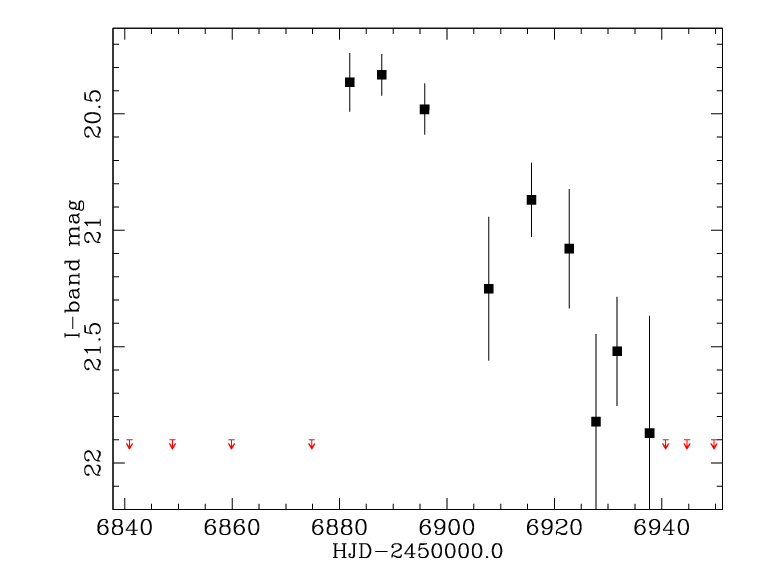
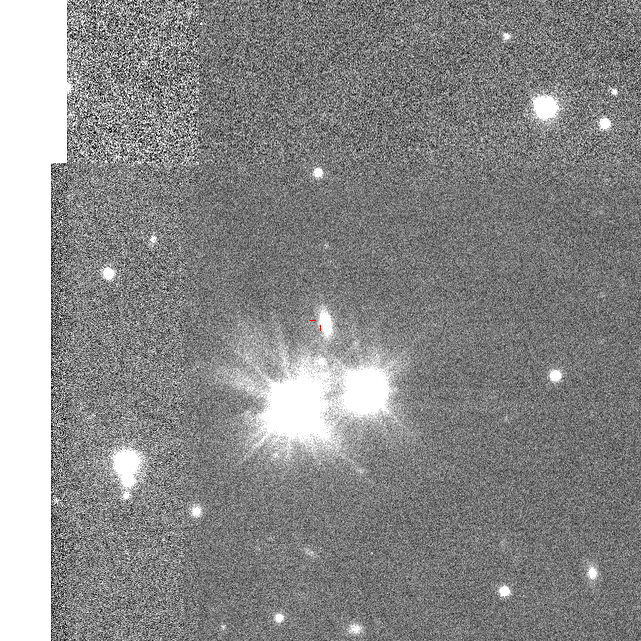
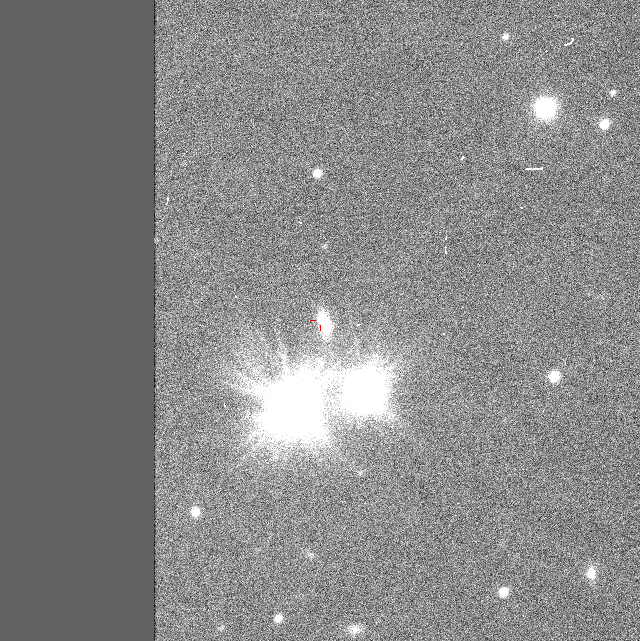
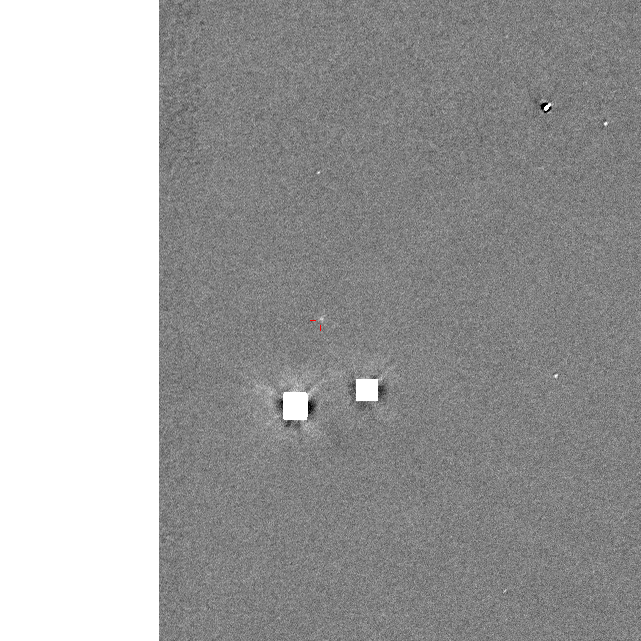
OGLE-2014-SN-065 Ra,Dec= 2:32:08.19 -69:47:39.0 HJD_max= 6887.86478 2014-08-18.365 MBR189.06.60N ATel#6423 Disc_HJD= 2456895.83623 Disc_Imag= 20.48 not classified Offset= 6.44pix (1.67as) Phot.class= -
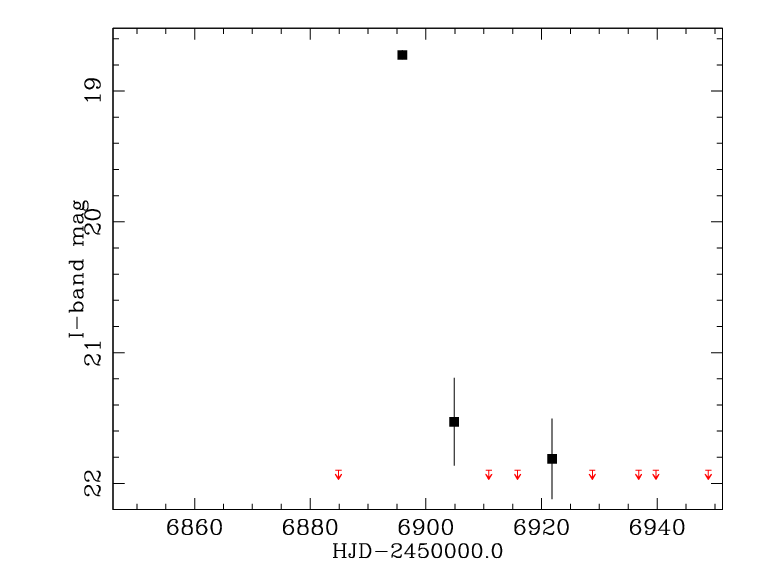
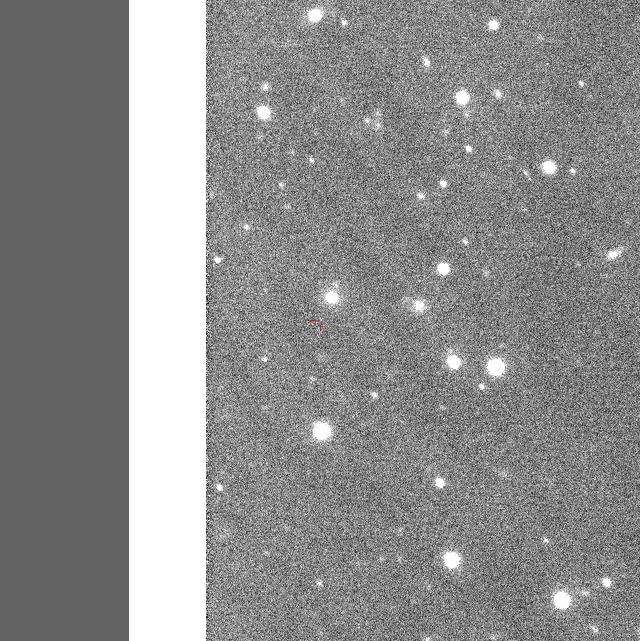
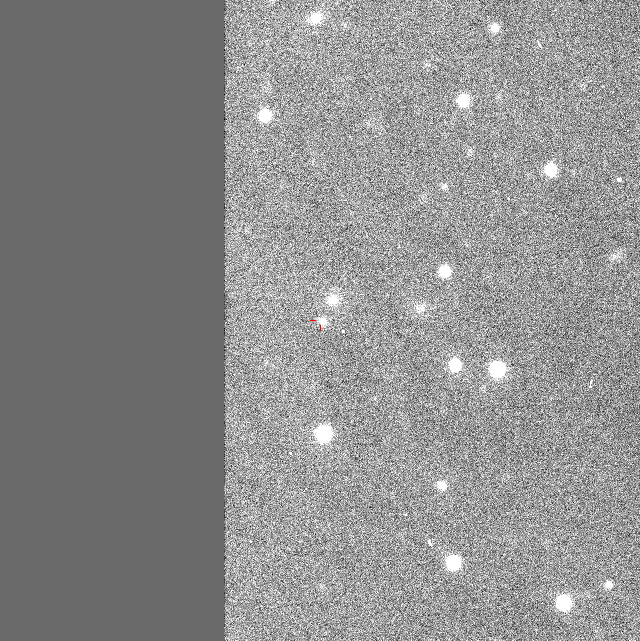
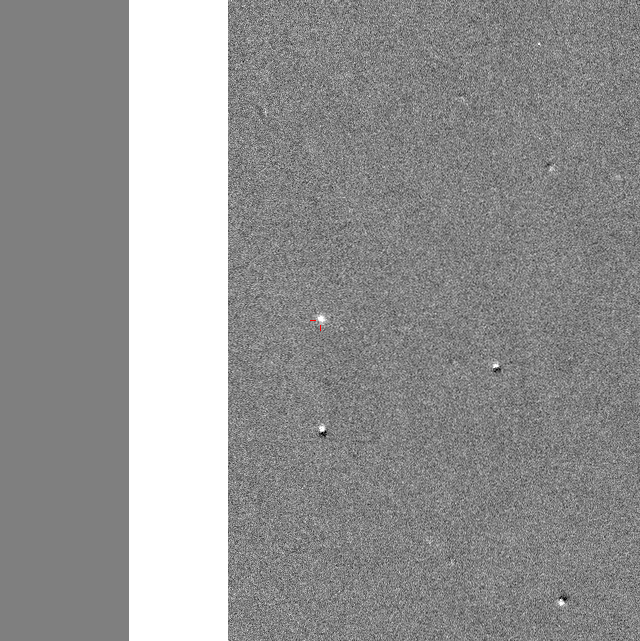
OGLE-2014-SN-064 Ra,Dec= 4:16:24.70 -74:47:42.5 HJD_max= 6895.91792 2014-08-26.418 LMC521.03.146N ATel#6423 Disc_HJD= 2456895.91792 Disc_Imag= 18.72 not classified Offset= 23.53pix (6.12as) Phot.class= -

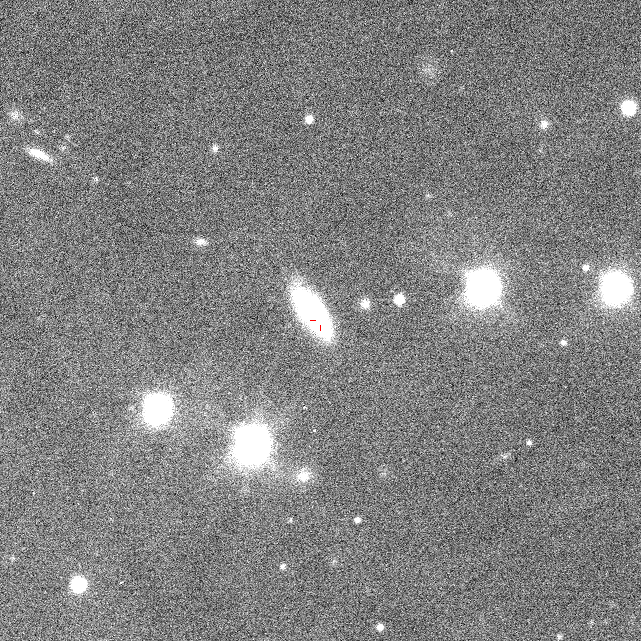
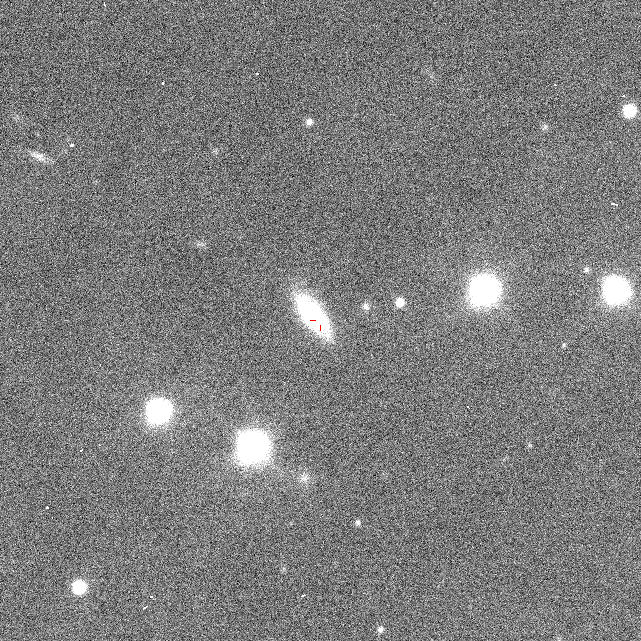

OGLE-2014-SN-063 Ra,Dec= 23:47:59.15 -69:48:20.6 HJD_max= 6881.80175 2014-08-12.302 SMC763.20.990 color template ATel#6423 Disc_HJD= 2456890.75136 Disc_Imag= 19.89 not classified Offset= 12.44pix (3.23as) Phot.class= -

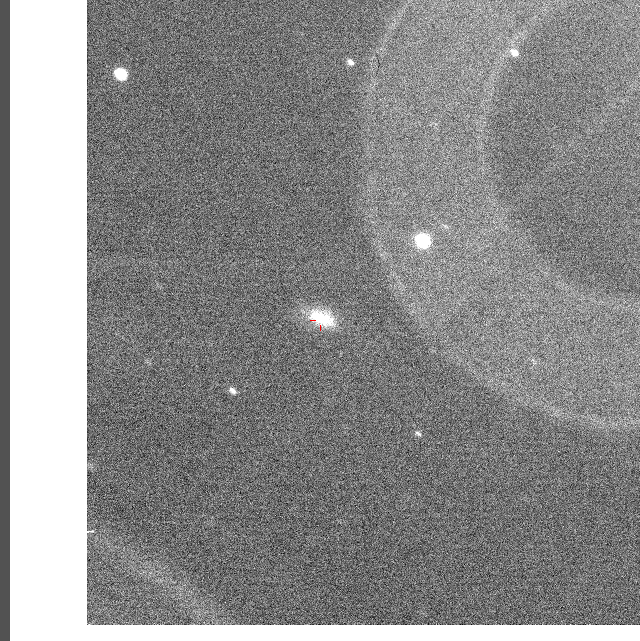
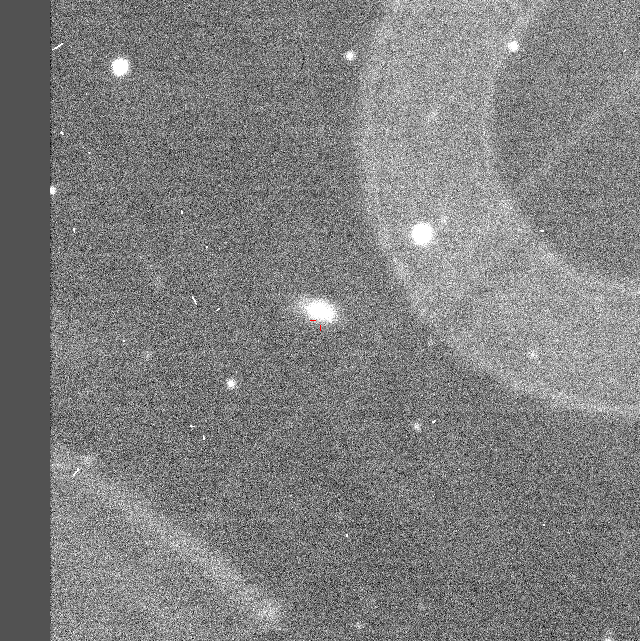

OGLE-2014-SN-062 Ra,Dec= 2:54:50.74 -64:28:54.5 HJD_max= 6840.93163 2014-07-02.432 MBR200.01.237 color template ATel#6423 Disc_HJD= 2456887.88785 Disc_Imag= 19.83 not classified Offset= 0.55pix (0.14as) Phot.class= -
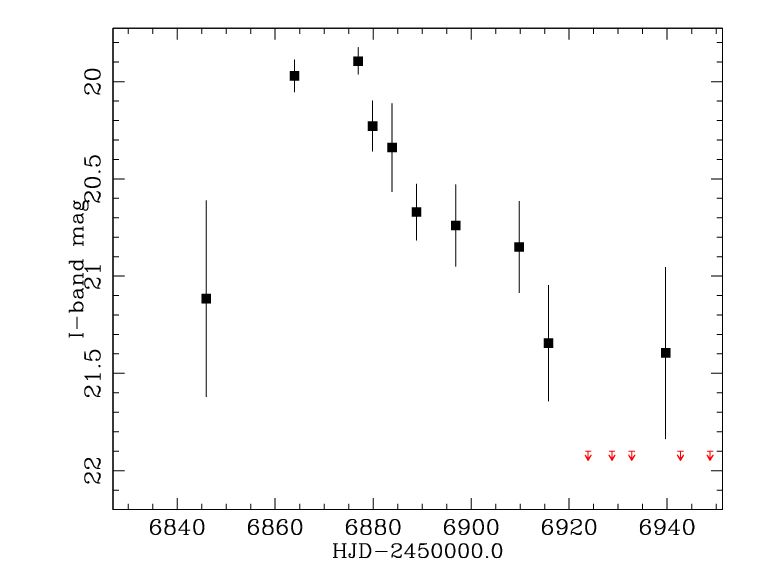
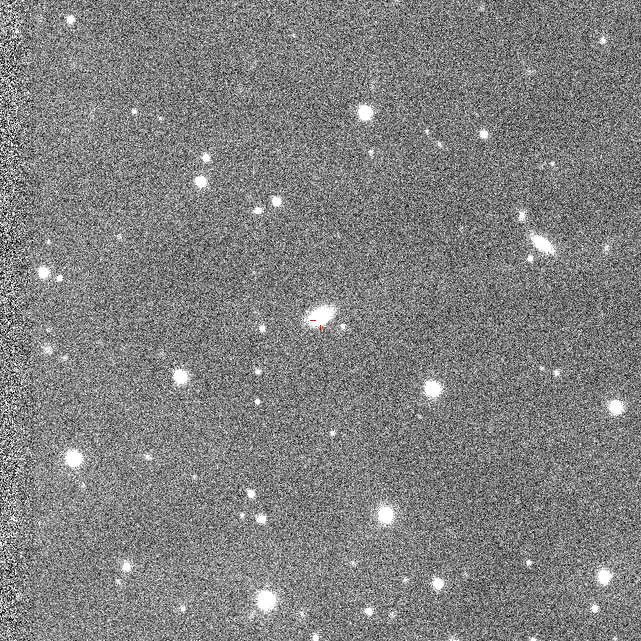
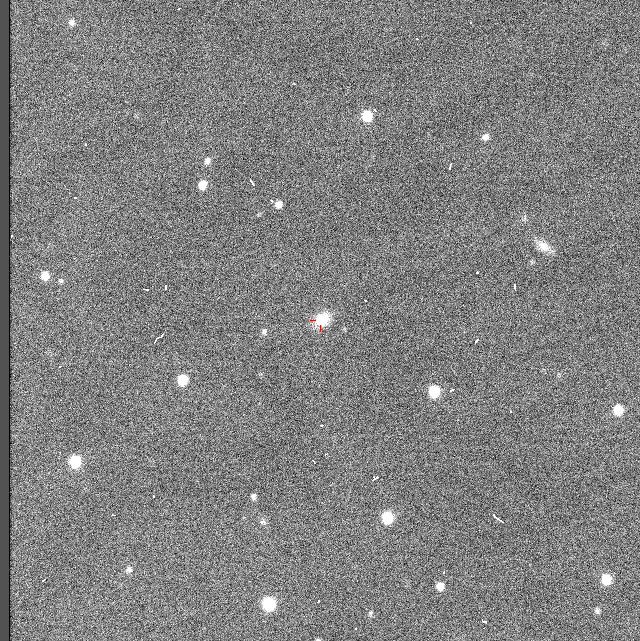
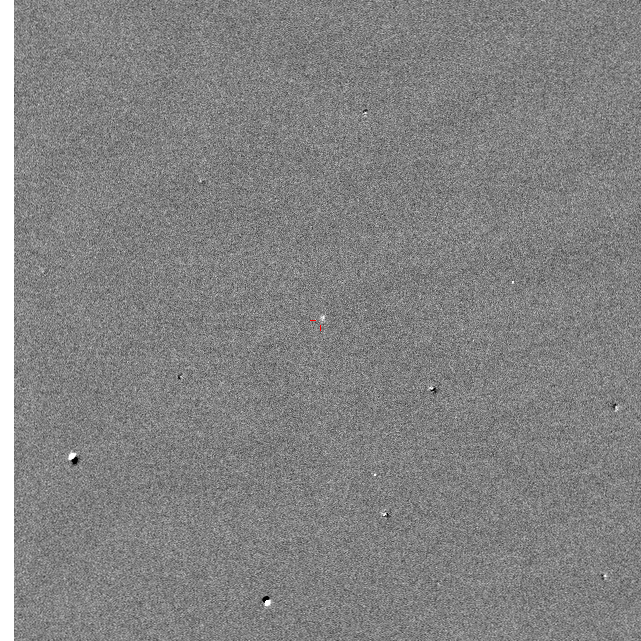
OGLE-2014-SN-061 Ra,Dec= 3:54:48.54 -71:15:42.1 HJD_max= 6876.92731 2014-08-07.427 MBR141.19.324 color template ATel#6423 Disc_HJD= 2456888.85371 Disc_Imag= 20.67 not classified Offset= 2.91pix (0.76as) Phot.class= -
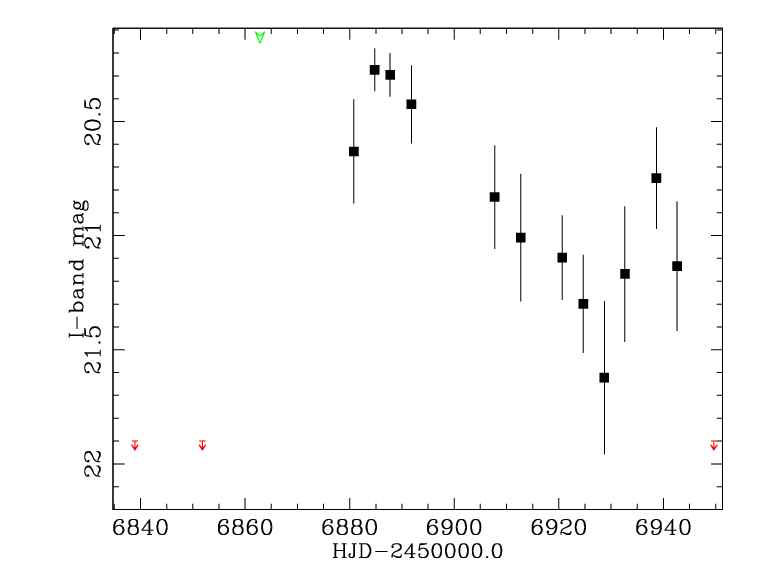
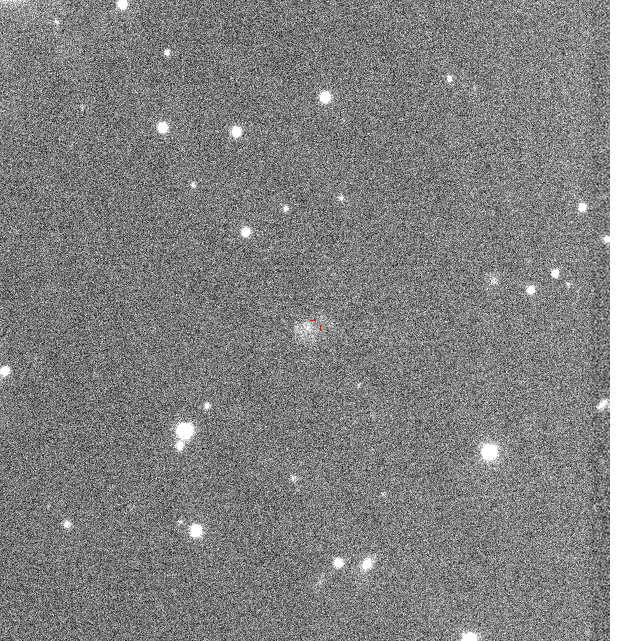
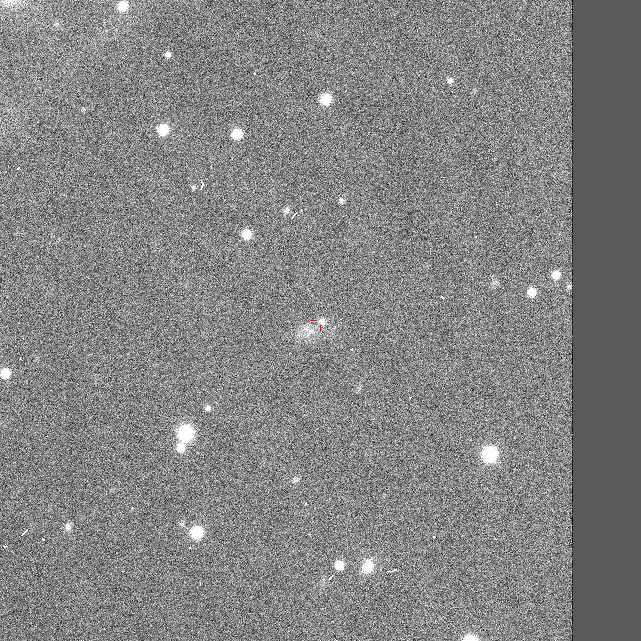
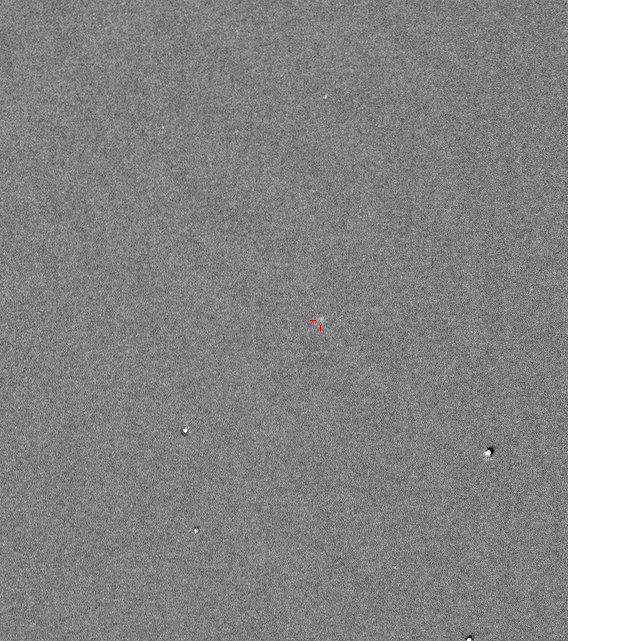
OGLE-2014-SN-060 Ra,Dec= 1:18:15.73 -80:04:43.1 HJD_max= 6884.77866 2014-08-15.279 SMC824.09.94N color template ATel#6423 Disc_HJD= 2456887.75248 Disc_Imag= 20.30 not classified Offset= 16.87pix (4.39as) Phot.class= -
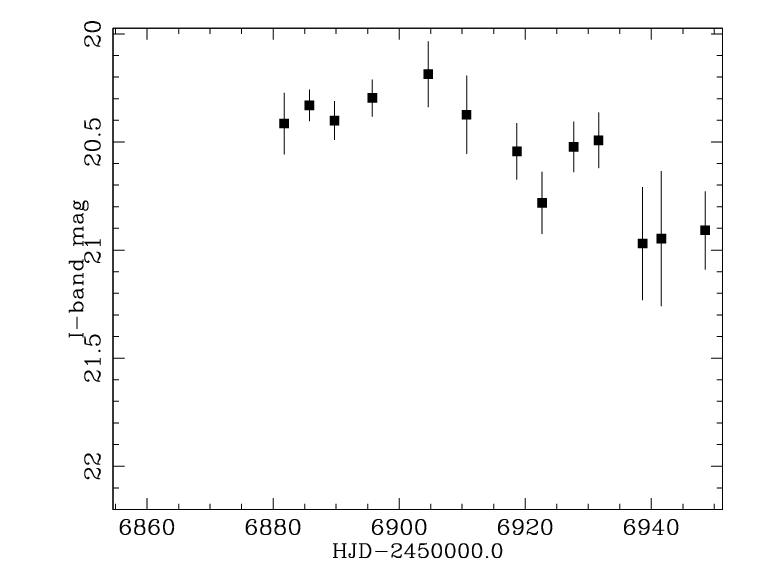
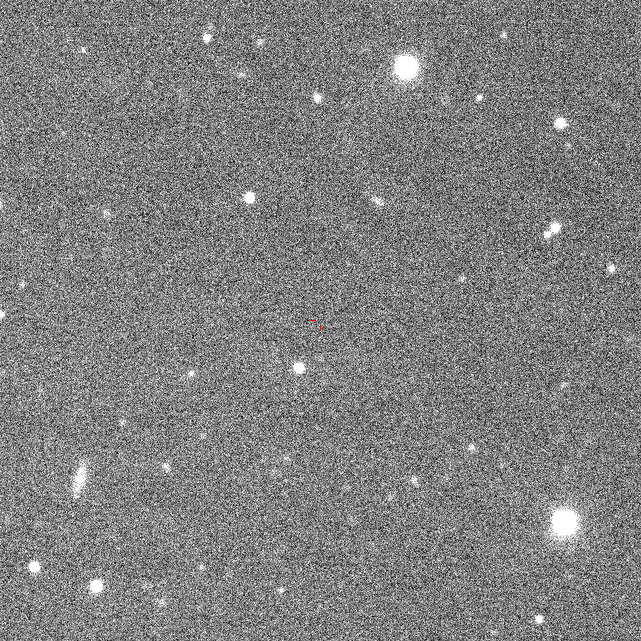
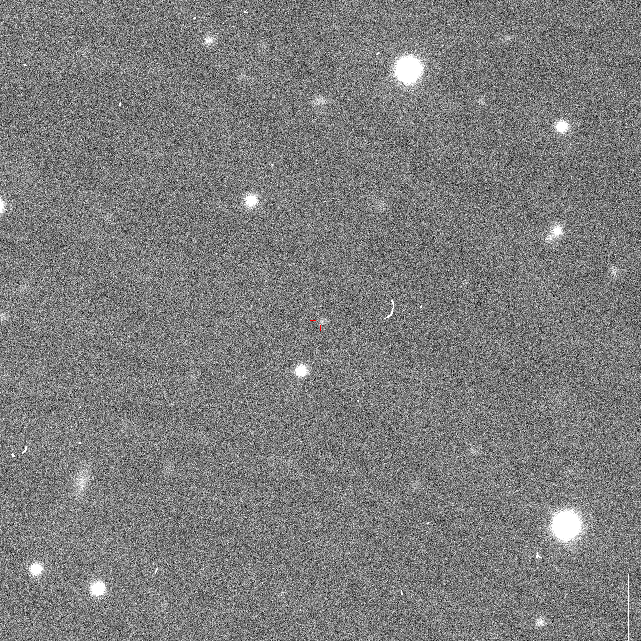
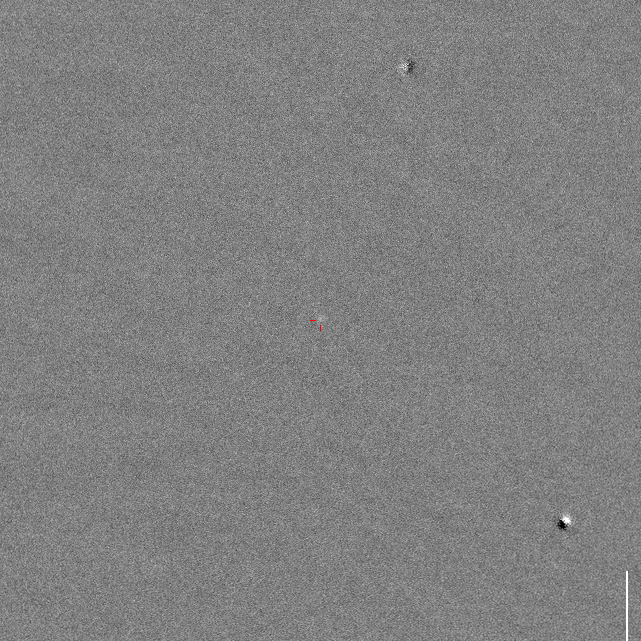
OGLE-2014-SN-059 Ra,Dec= 23:29:26.85 -74:06:34.2 HJD_max= 6904.63181 2014-09-04.132 SMC745.19.82N color template ATel#6423 Disc_HJD= 2456889.74449 Disc_Imag= 20.40 not classified Offset= - Phot.class= -
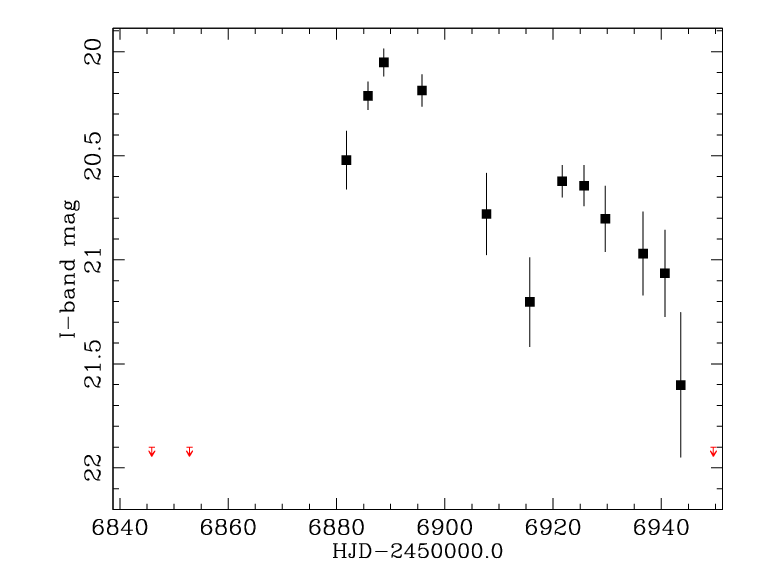



OGLE-2014-SN-058 Ra,Dec= 0:22:41.70 -70:14:44.0 HJD_max= 6888.74731 2014-08-19.247 SMC705.15.111N color template ATel#6423 Disc_HJD= 2456888.74731 Disc_Imag= 20.05 class= Ia 0.15 Offset= - Phot.class= -
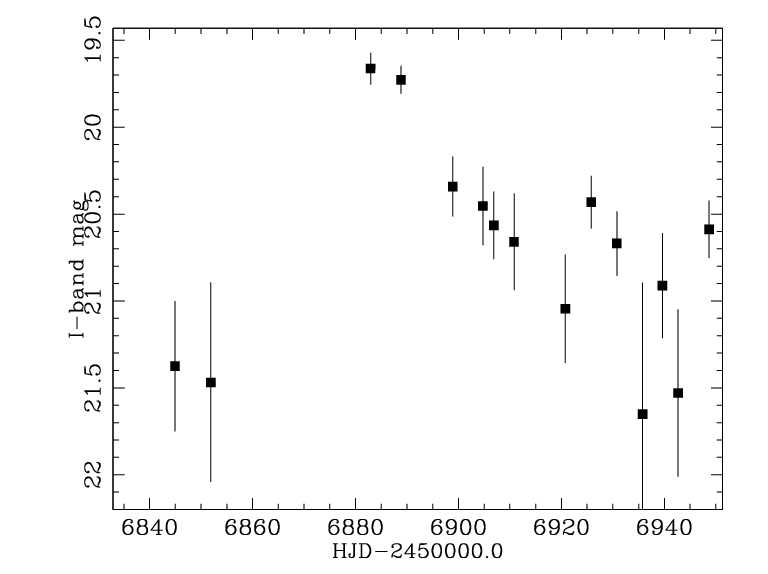
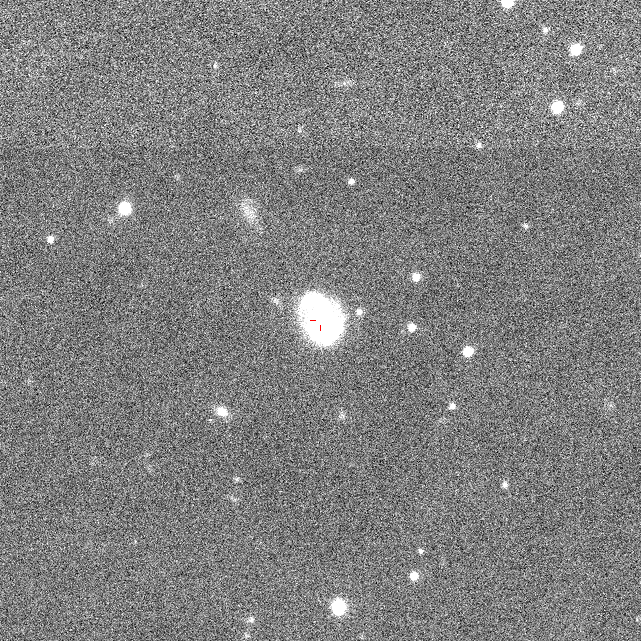
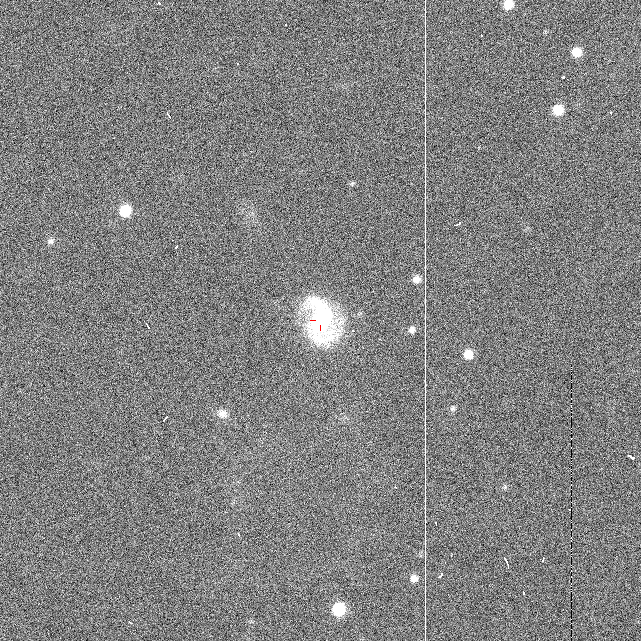

OGLE-2014-SN-057 Ra,Dec= 3:23:27.33 -67:27:55.8 HJD_max= 6882.93289 2014-08-13.433 MBR209.19.66N color template ATel#6423 Disc_HJD= 2456888.83664 Disc_Imag= 19.73 not classified Offset= 1.88pix (0.49as) Phot.class= -
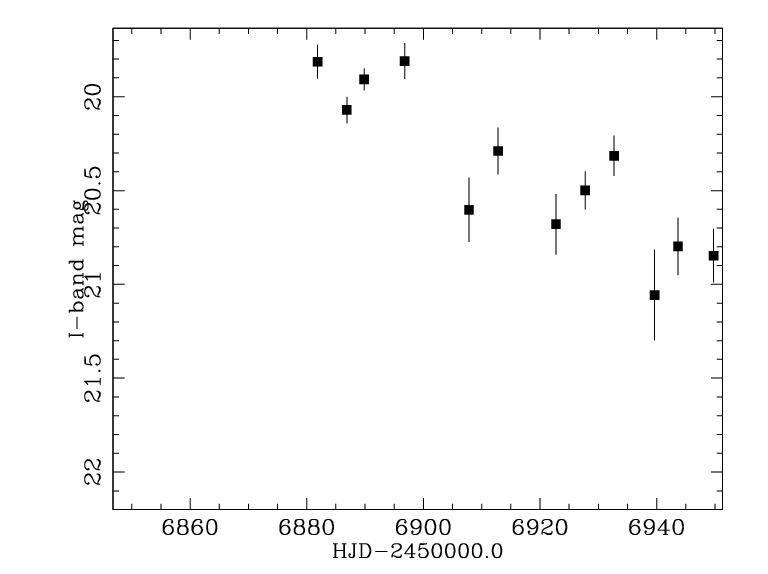
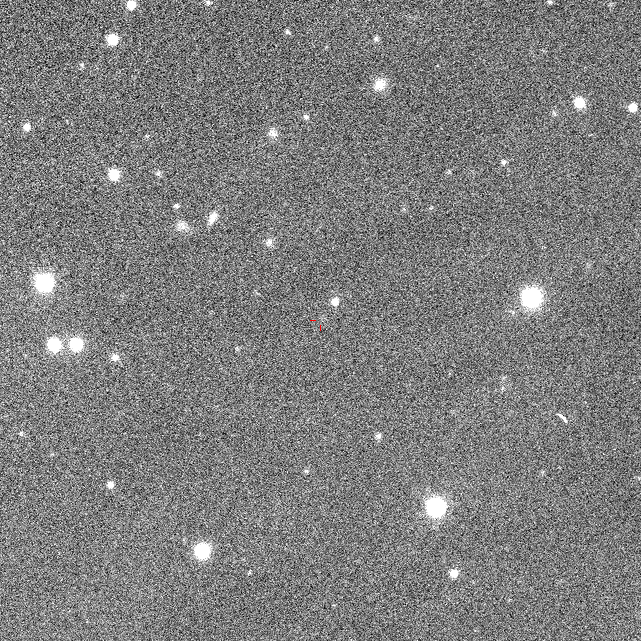


OGLE-2014-SN-056 Ra,Dec= 3:15:05.76 -72:32:39.5 HJD_max= 6896.81779 2014-08-27.318 MBR128.26.3558N color template ATel#6423 Disc_HJD= 2456889.86043 Disc_Imag= 19.91 not classified Offset= - Phot.class= -
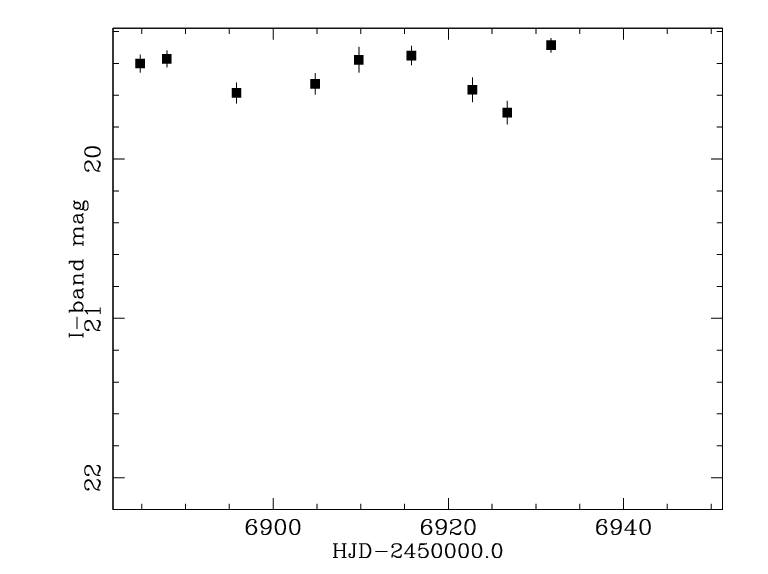
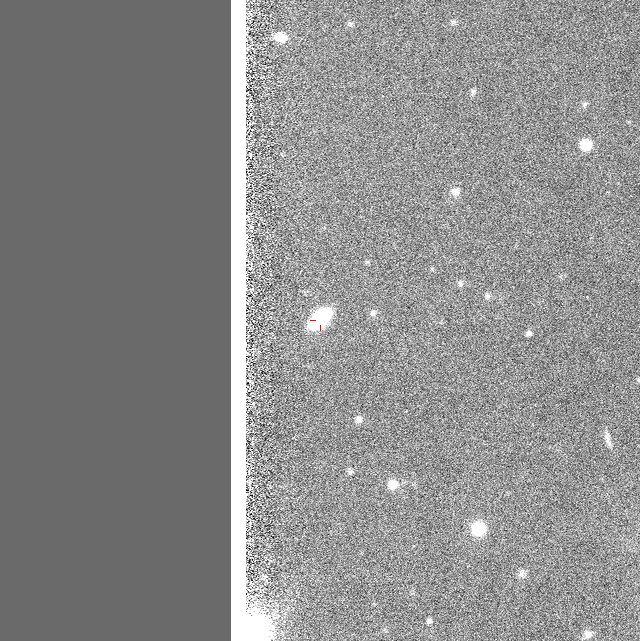
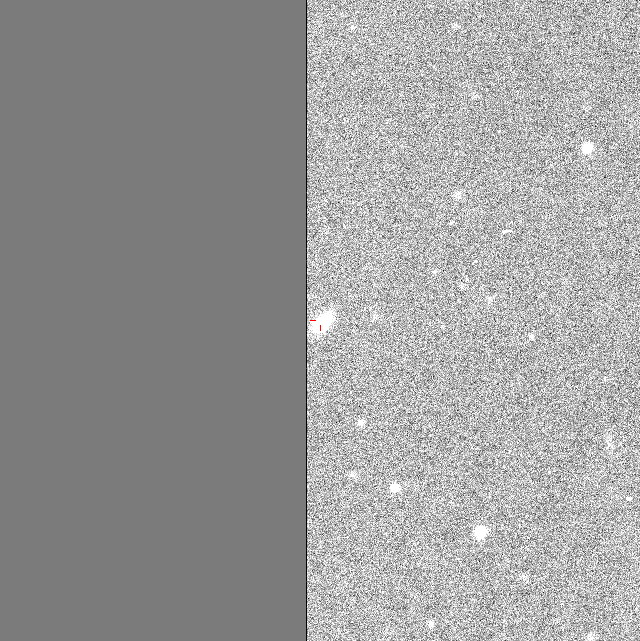

OGLE-2014-SN-055 Ra,Dec= 3:04:33.96 -70:35:53.2 HJD_max= 6931.74129 2014-10-01.241 MBR126.22.485N color template ATel#6423 Disc_HJD= 2456887.85891 Disc_Imag= 19.37 not classified Offset= 0.33pix (0.09as) Phot.class= -
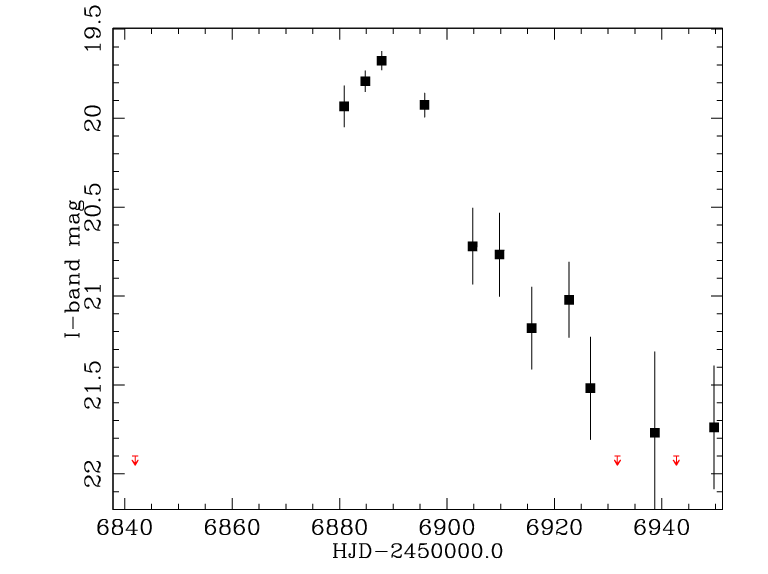
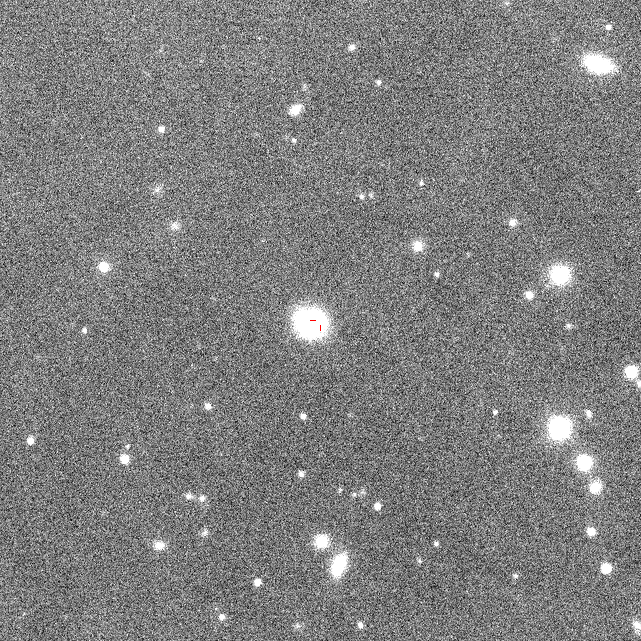
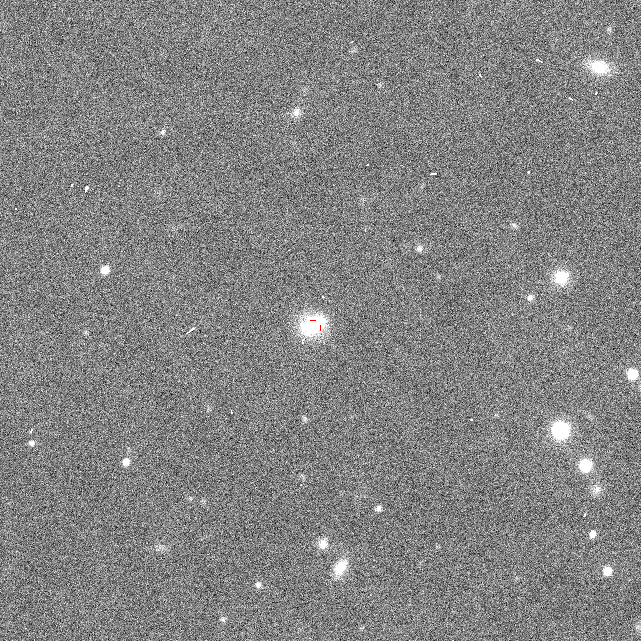
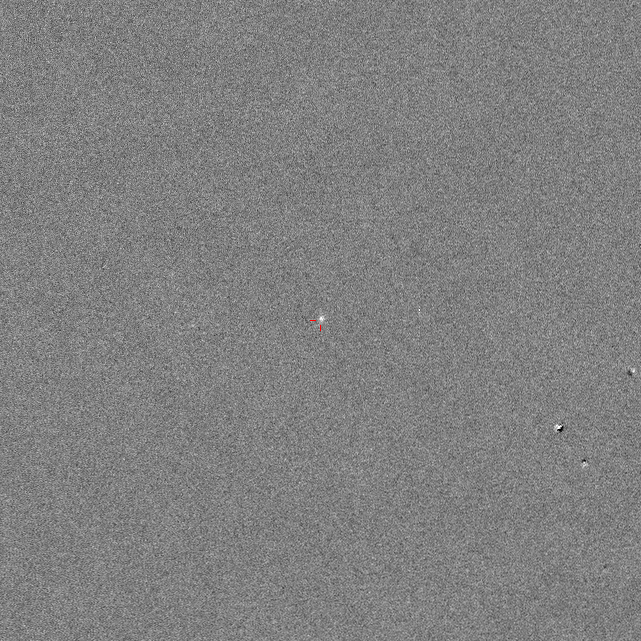
OGLE-2014-SN-054 Ra,Dec= 2:49:10.49 -71:31:00.4 HJD_max= 6887.84853 2014-08-18.349 MBR121.13.188N color template ATel#6423 Disc_HJD= 2456887.84853 Disc_Imag= 19.68 not classified Offset= 11.03pix (2.87as) Phot.class= -
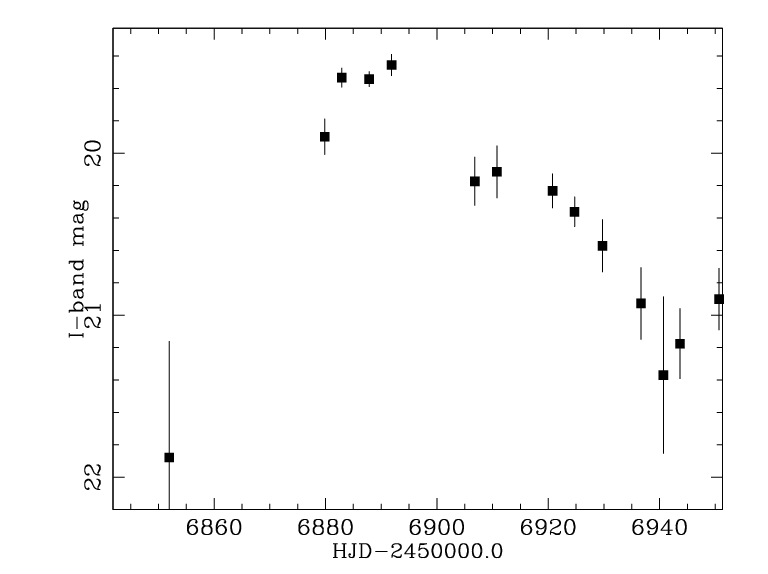

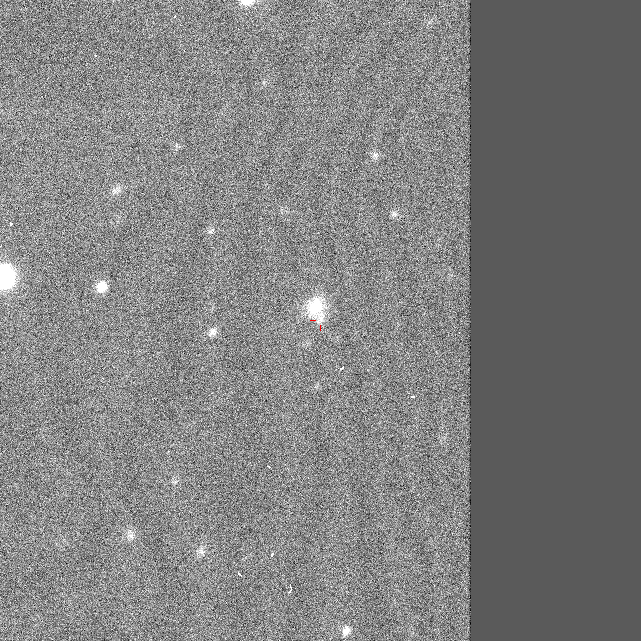
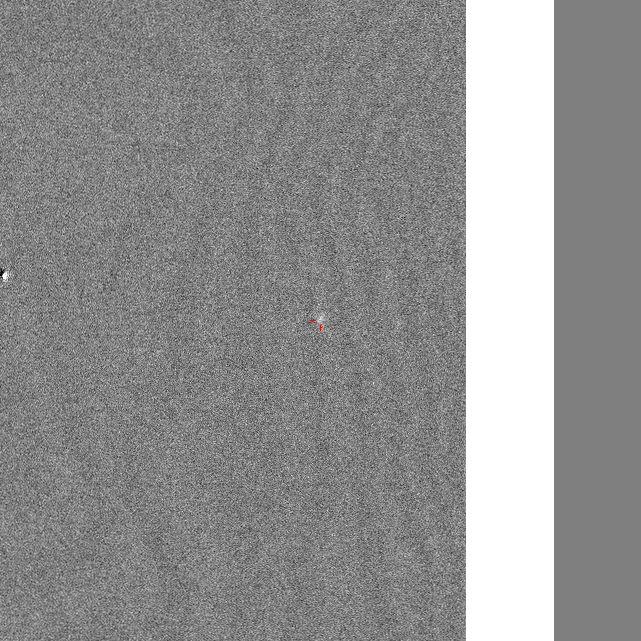
OGLE-2014-SN-053 Ra,Dec= 1:45:01.63 -76:40:55.8 HJD_max= 6891.84854 2014-08-22.349 MBR105.04.72N color template ATel#6423 Disc_HJD= 2456887.83300 Disc_Imag= 19.54 class= Ia 0.12 Offset= 14.38pix (3.74as) Phot.class= -
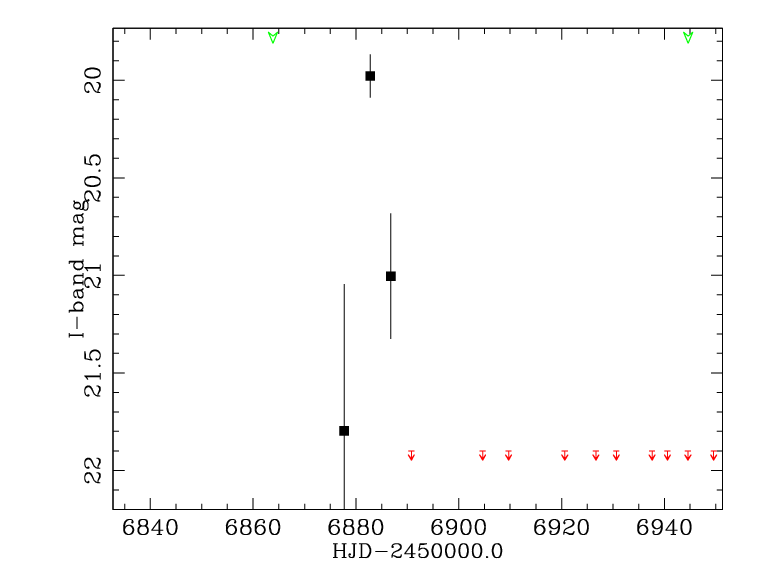
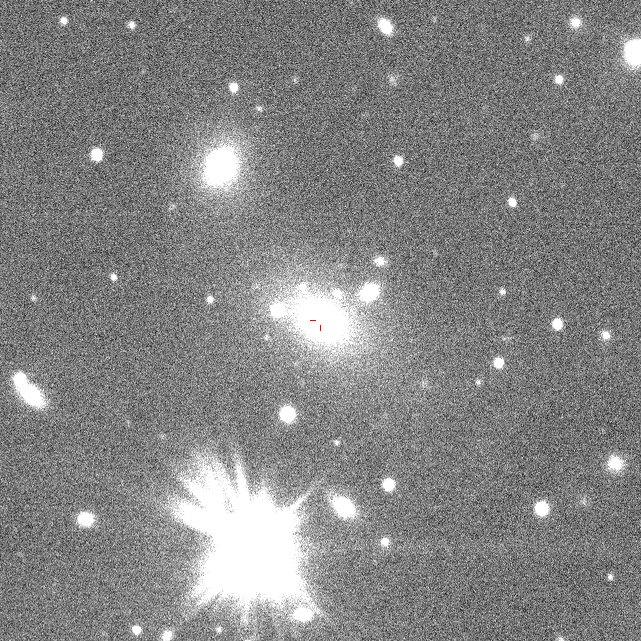
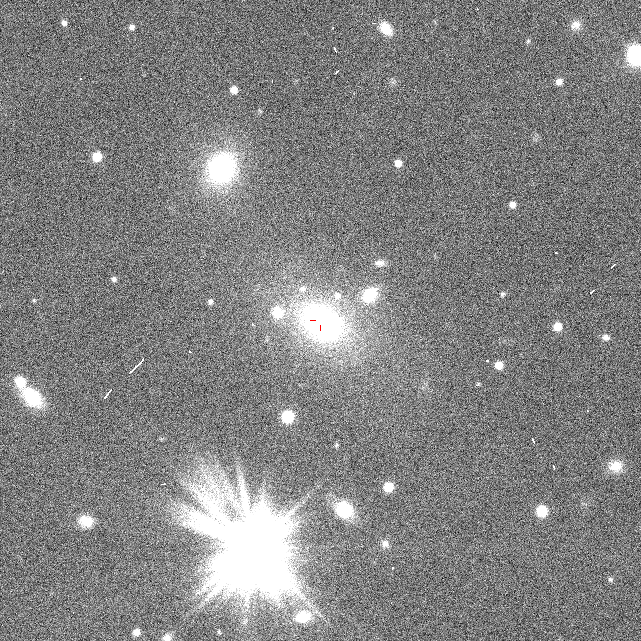
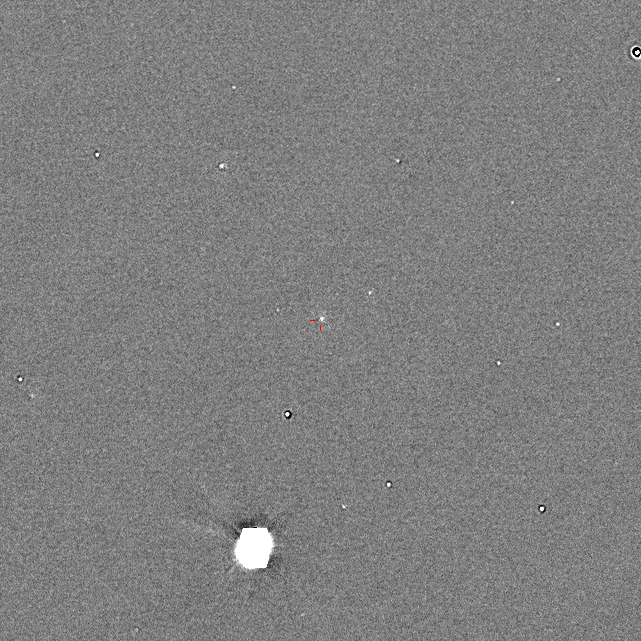
OGLE-2014-SN-052 Ra,Dec= 0:03:49.30 -69:59:00.4 HJD_max= 6882.78354 2014-08-13.284 SMC777.02.66N color template ATel#6423 Disc_HJD= 2456882.78354 Disc_Imag= 19.98 not classified Offset= 0.50pix (0.13as) Phot.class= -
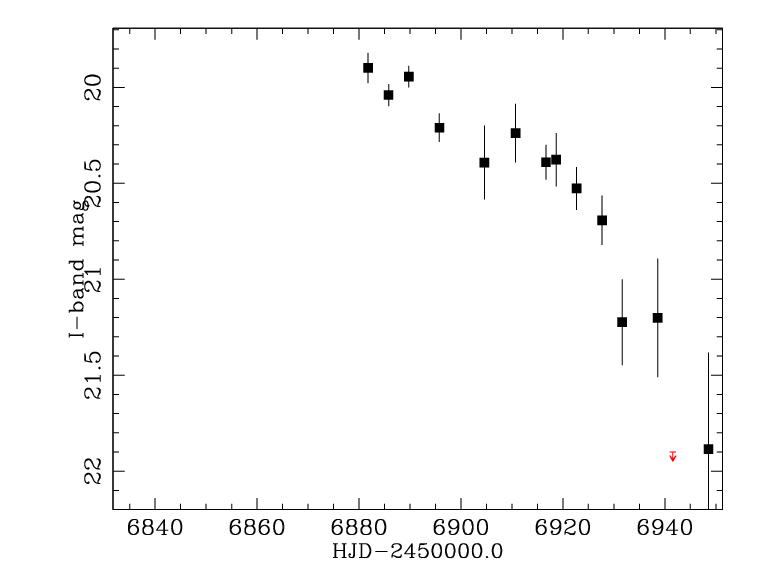
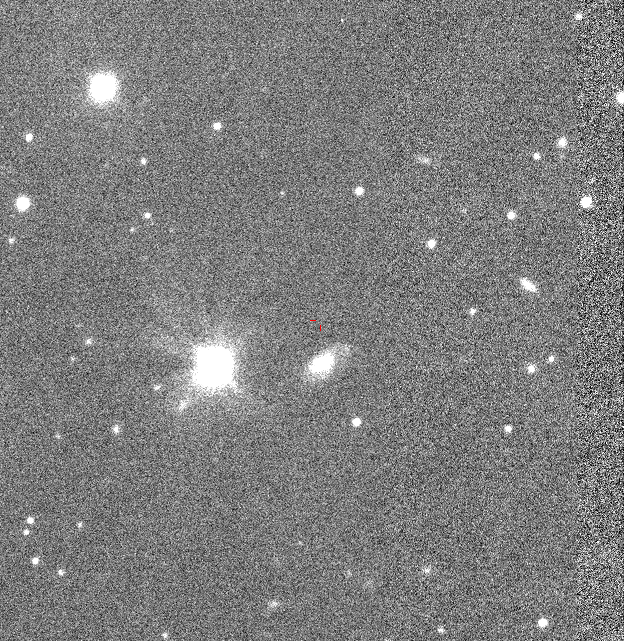
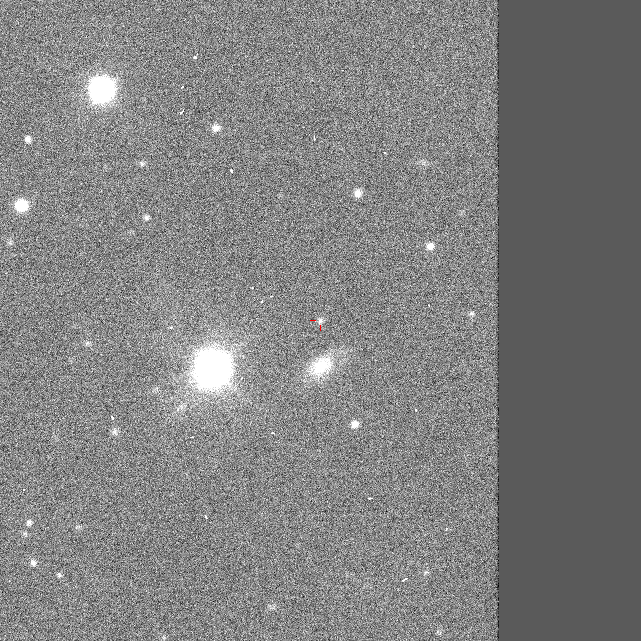
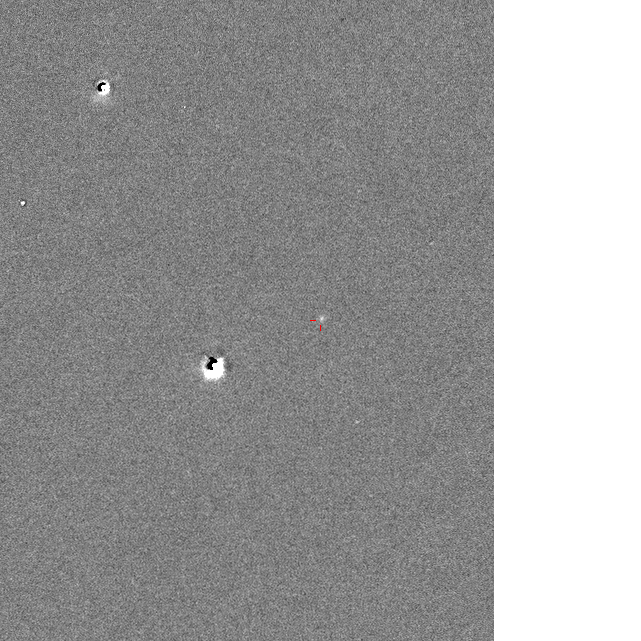
OGLE-2014-SN-051 Ra,Dec= 23:35:12.69 -63:15:24.2 HJD_max= 6881.78176 2014-08-12.282 SMC754.23.104N color template ATel#6423 Disc_HJD= 2456881.78176 Disc_Imag= 19.90 class= Ia 0.16 Offset= 44.60pix (11.60as) Phot.class= -
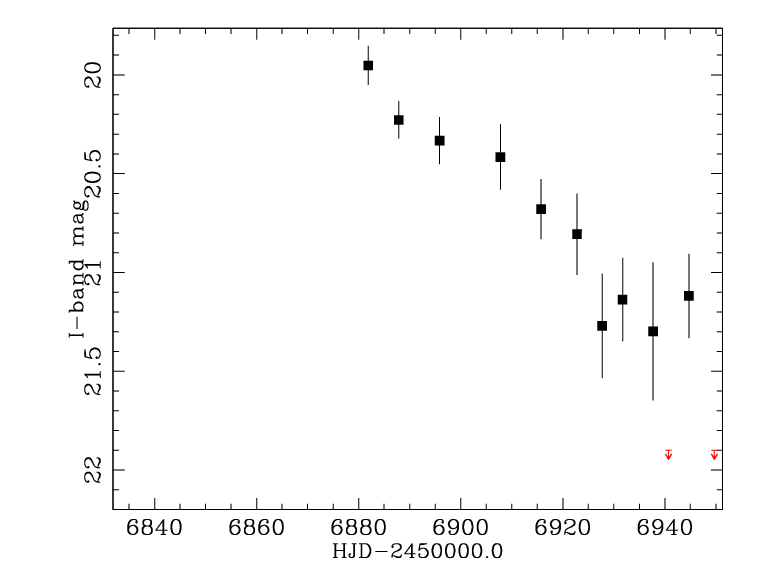
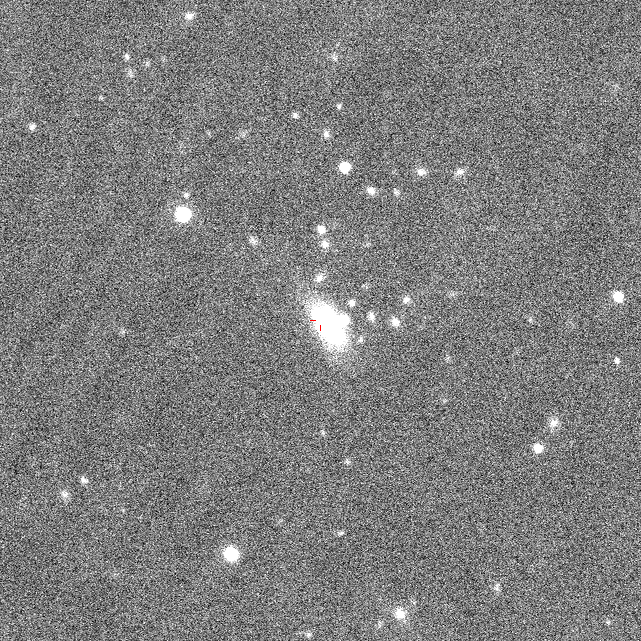
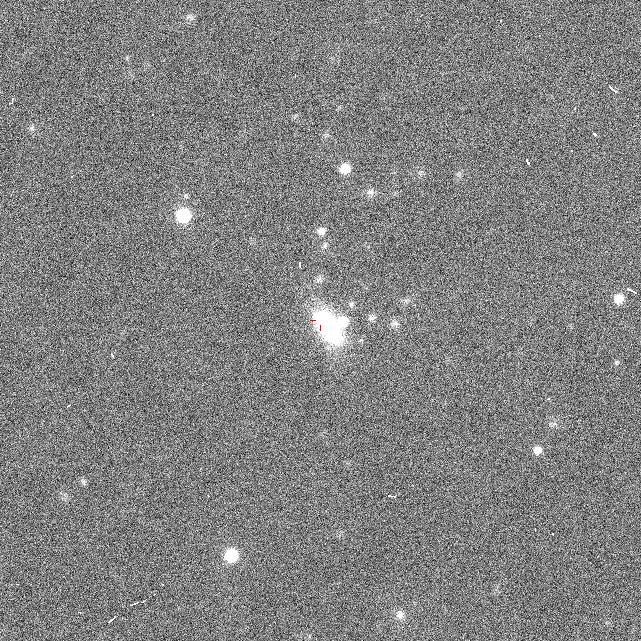
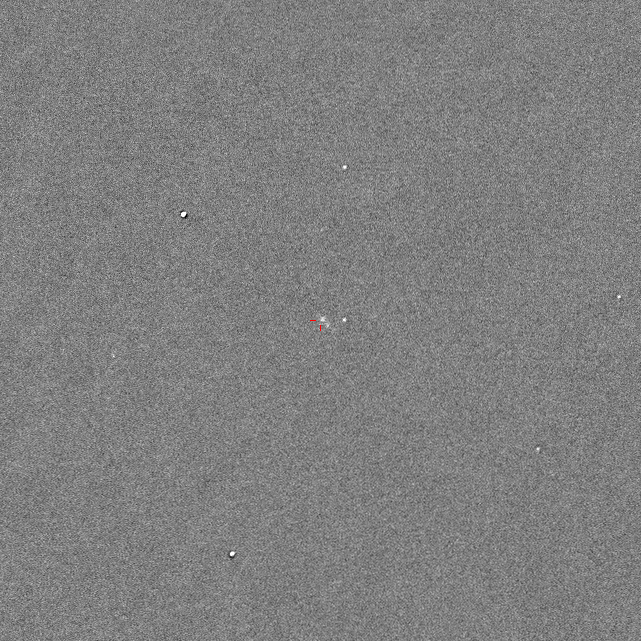
OGLE-2014-SN-050 Ra,Dec= 2:35:15.43 -65:56:00.4 HJD_max= 6881.90045 2014-08-12.400 MBR192.12.82N color template ATel#6423 Disc_HJD= 2456881.90045 Disc_Imag= 19.95 not classified Offset= 9.33pix (2.43as) Phot.class= -

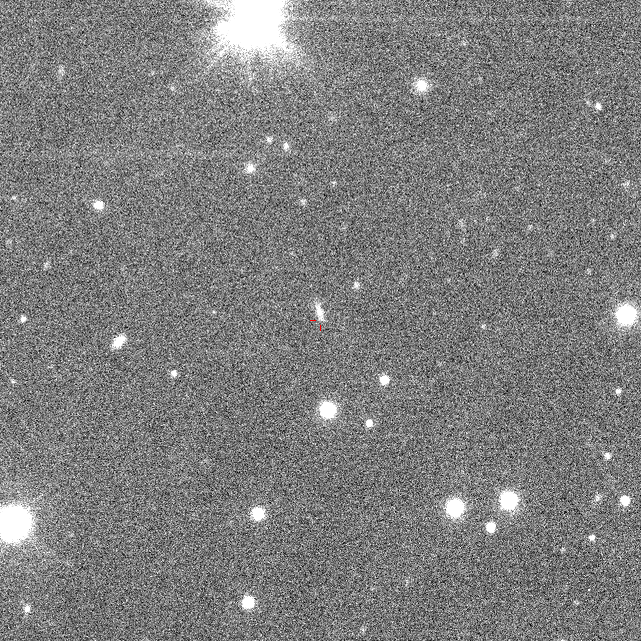
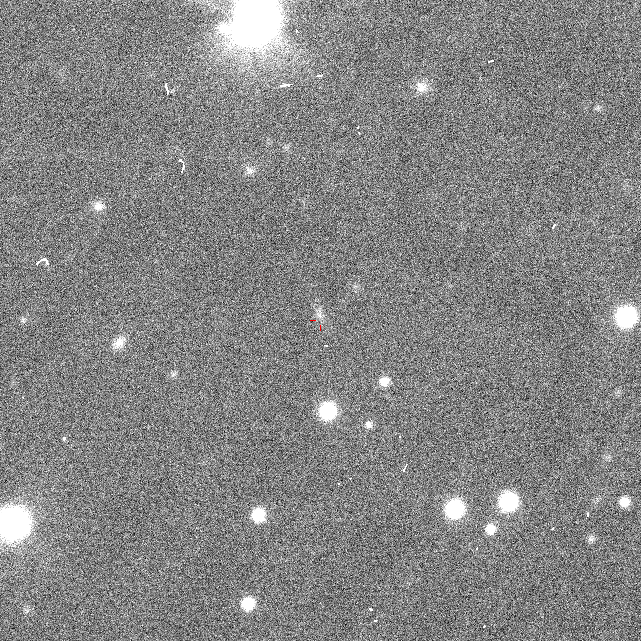
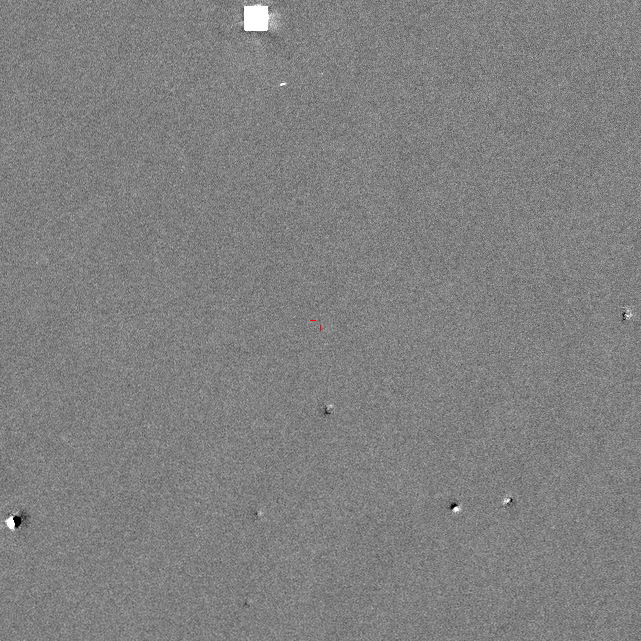
OGLE-2014-SN-049 Ra,Dec= 0:41:50.07 -67:30:37.7 HJD_max= 6830.93859 2014-06-22.439 SMC795.05.767 color template ATel#6423 Disc_HJD= 2456863.86817 Disc_Imag= 21.01 not classified Offset= 6.74pix (1.75as) Phot.class= SNIa(95%)
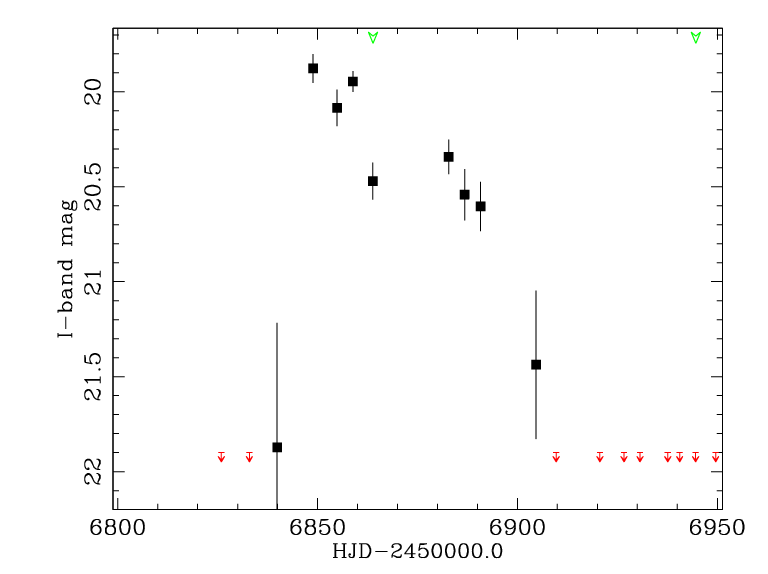
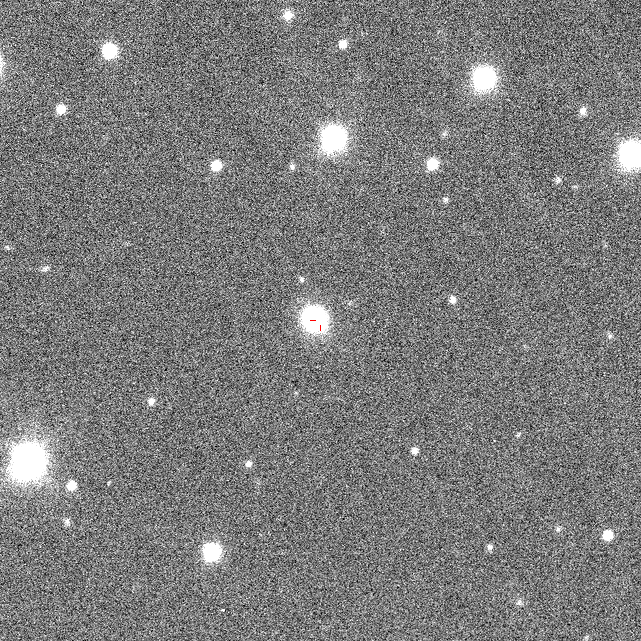


OGLE-2014-SN-048 Ra,Dec= 23:58:45.28 -66:29:02.2 HJD_max= 6848.87753 2014-07-10.378 SMC779.30.1426 color template ATel#6423 Disc_HJD= 2456863.82706 Disc_Imag= 20.47 not classified Offset= 8.21pix (2.14as) Phot.class= SNIa(95%)

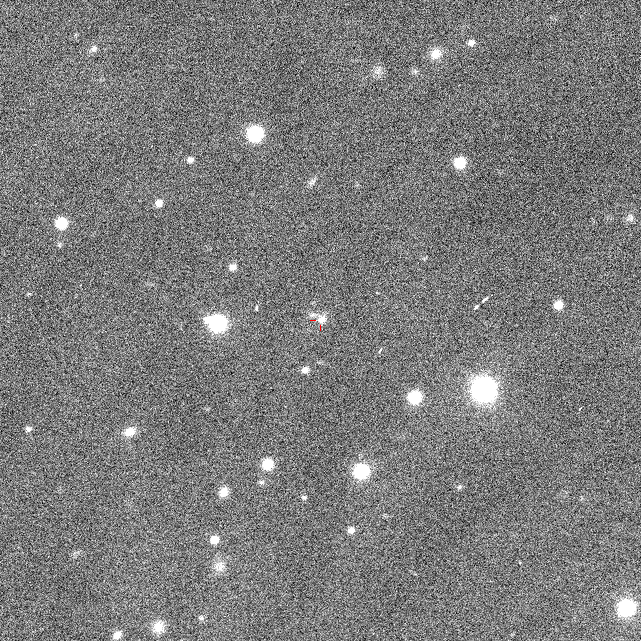
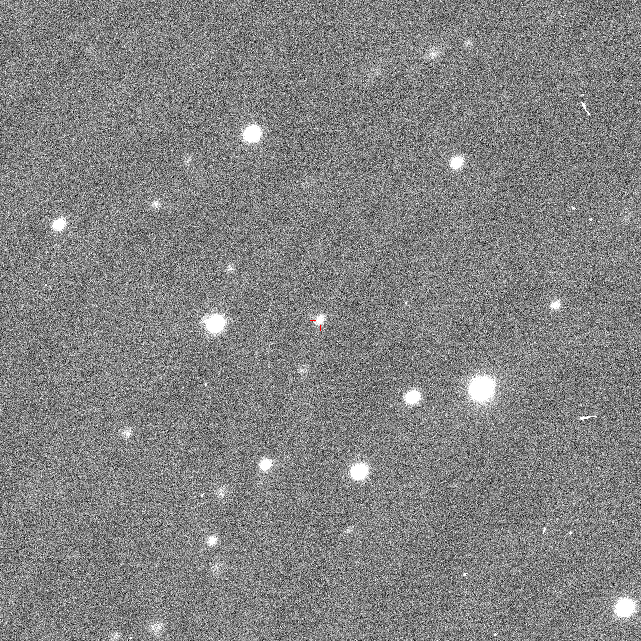

OGLE-2014-SN-047 Ra,Dec= 3:30:15.46 -75:40:47.1 HJD_max= 6845.93457 2014-07-07.435 MBR135.32.1160 color template ATel#6423 Disc_HJD= 2456858.93482 Disc_Imag= 19.36 class= I 0.18 Offset= - Phot.class= -
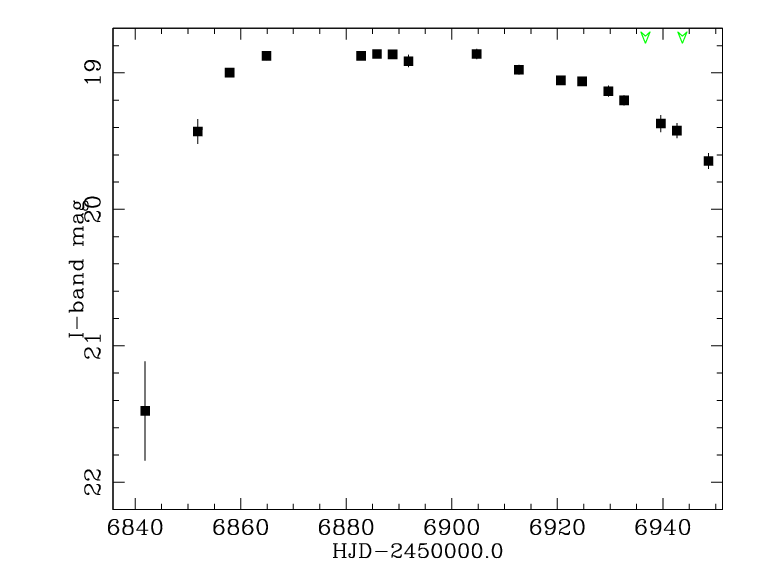
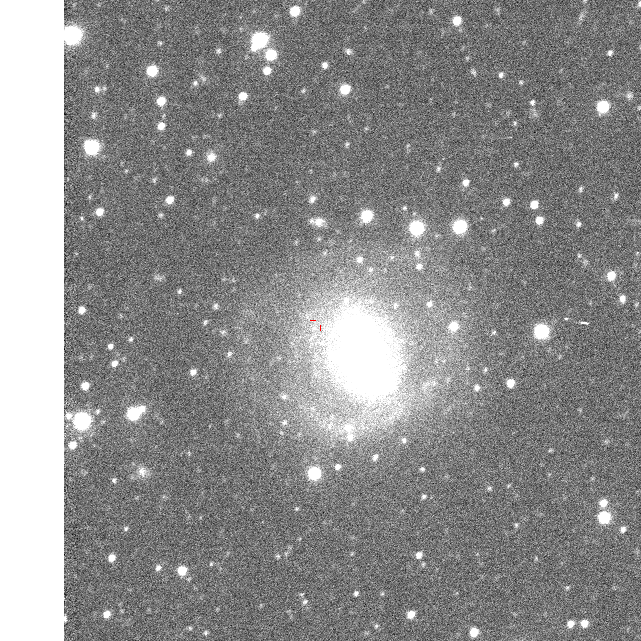
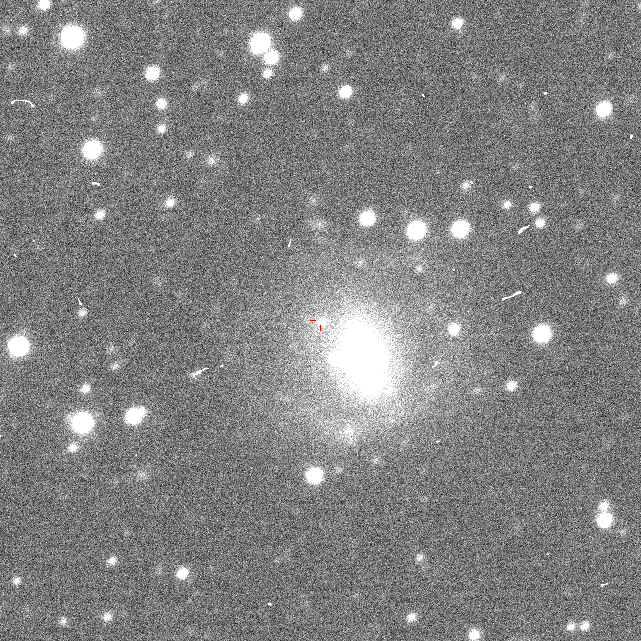

OGLE-2014-SN-046 Ra,Dec= 1:09:06.73 -74:30:46.4 HJD_max= 6904.71757 2014-09-04.218 SMC734.31.1321N color template ATel#6423 Disc_HJD= 2456864.91191 Disc_Imag= 18.88 class= IIP 0.04 Offset= 55.40pix (14.40as) Phot.class= SNIa(88%)
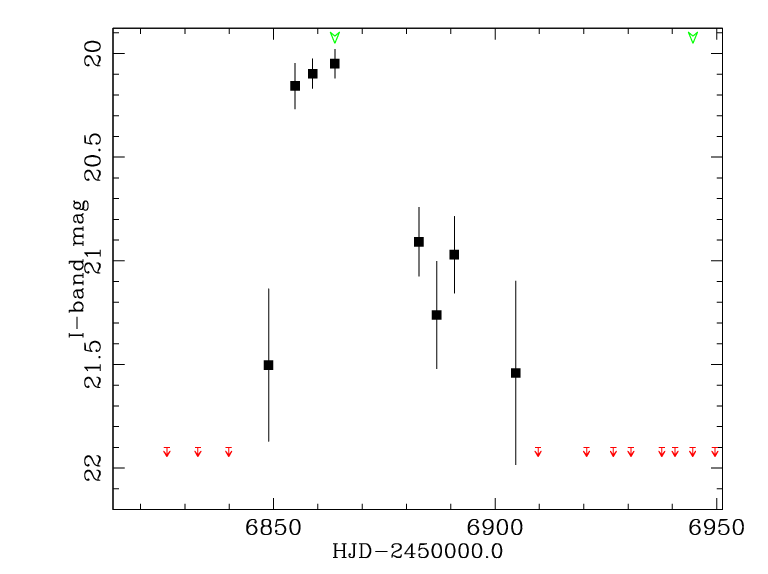

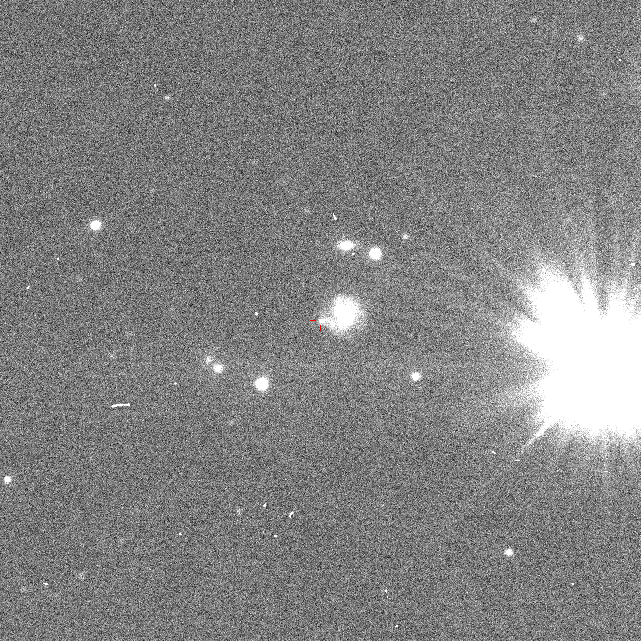
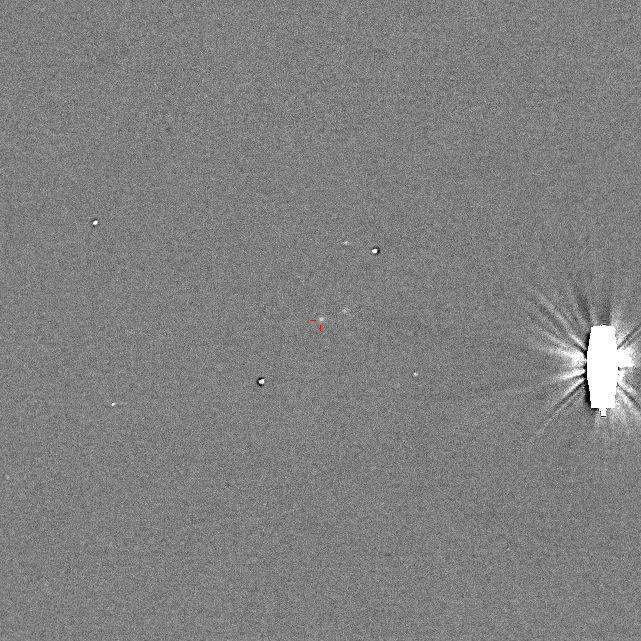
OGLE-2014-SN-045 Ra,Dec= 23:59:57.63 -67:43:46.9 HJD_max= 6863.82492 2014-07-25.325 SMC778.29.403N color template ATel#6343 Disc_HJD= 2456863.82492 Disc_Imag= 20.05 not classified Offset= 24.01pix (6.24as) Phot.class= SNII(79%)
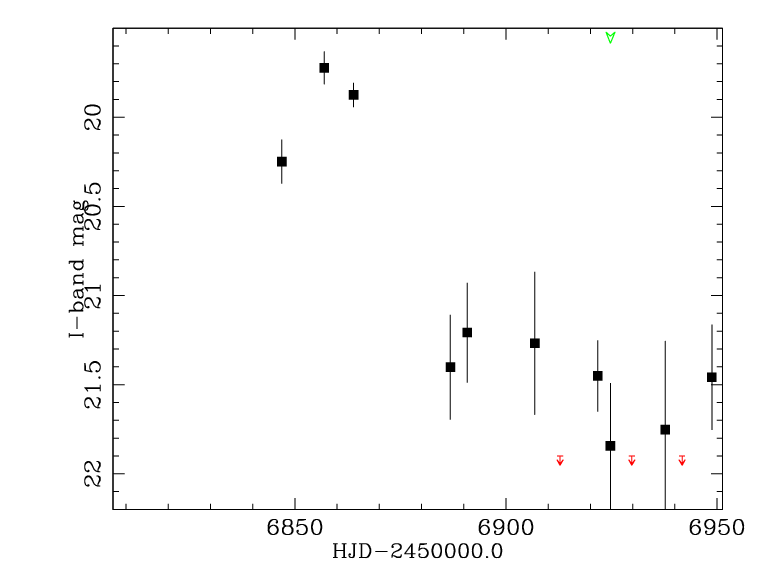
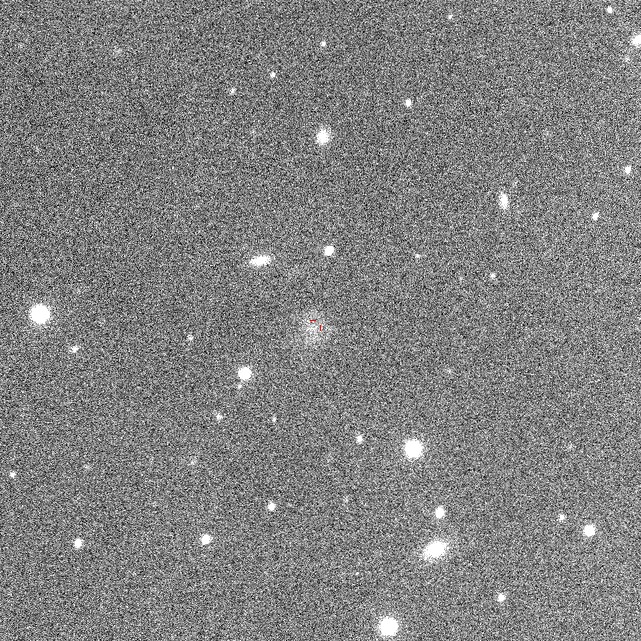
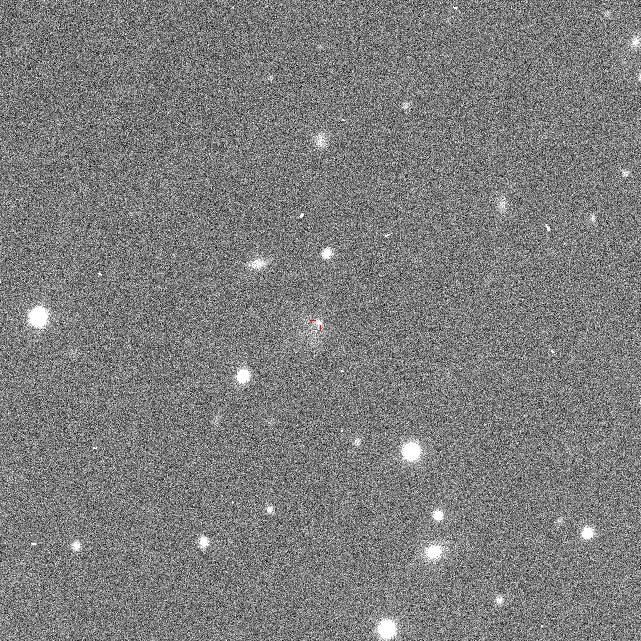
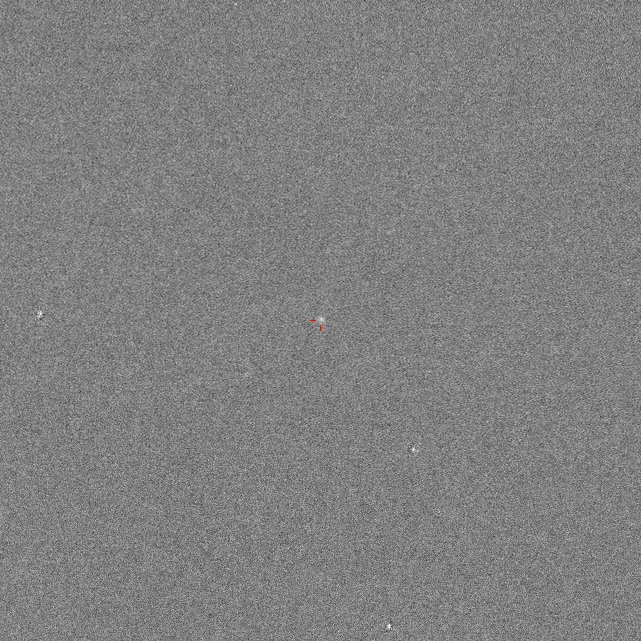
OGLE-2014-SN-044 Ra,Dec= 2:55:26.70 -79:19:48.4 HJD_max= 6856.93695 2014-07-18.437 MBR166.29.335N color template ATel#6343 Disc_HJD= 2456863.91005 Disc_Imag= 19.88 not classified Offset= 13.36pix (3.47as) Phot.class= SNII(79%)
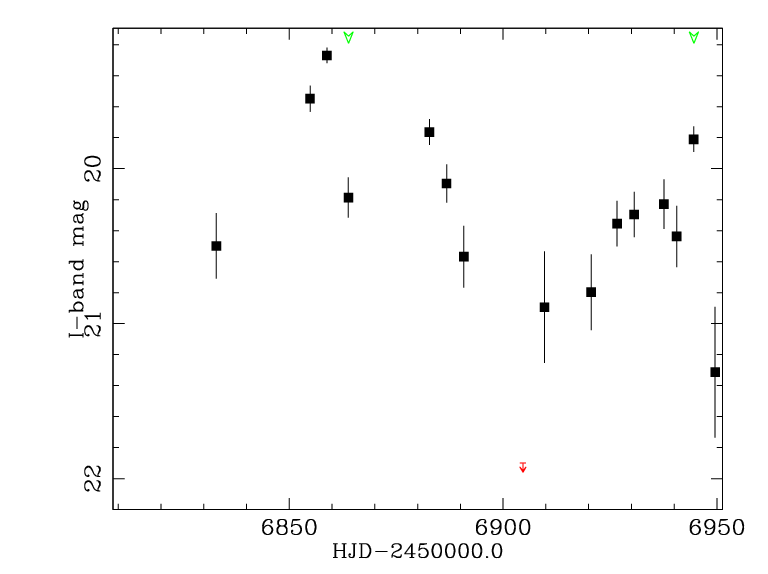


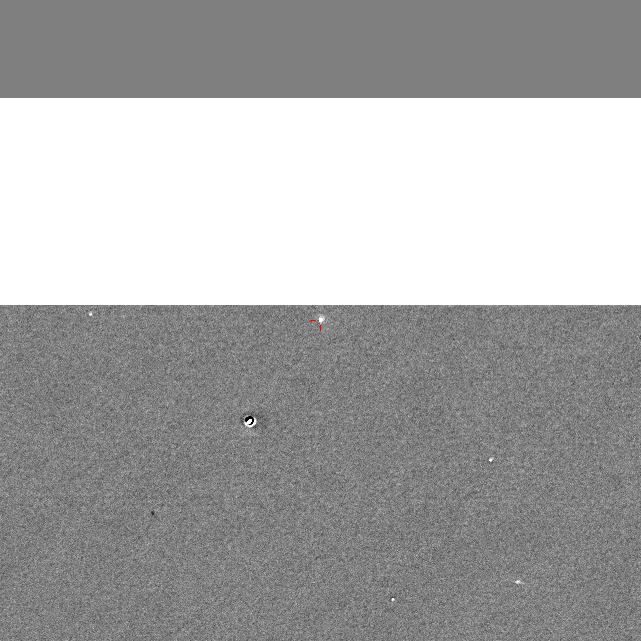
OGLE-2014-SN-043 Ra,Dec= 0:01:36.85 -63:52:51.0 HJD_max= 6858.83347 2014-07-20.333 SMC781.28.73N color template ATel#6343 Disc_HJD= 2456858.83347 Disc_Imag= 19.27 not classified Offset= - Phot.class= SNII(79%)
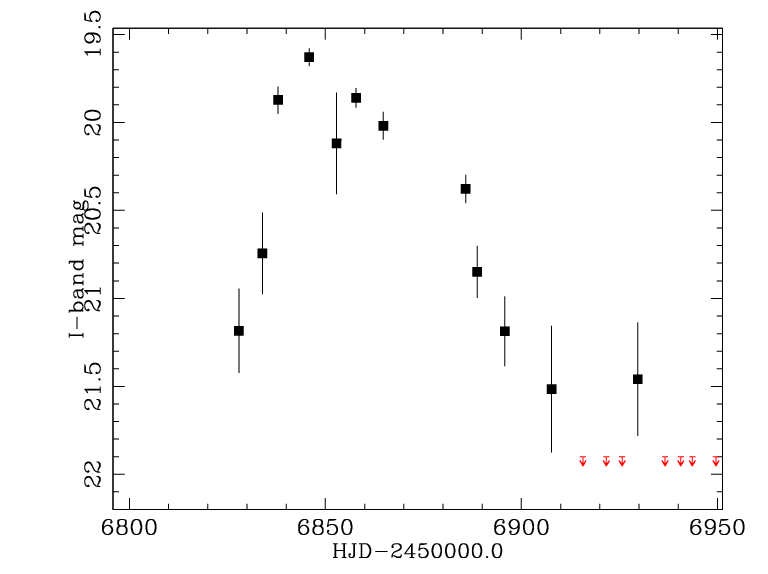
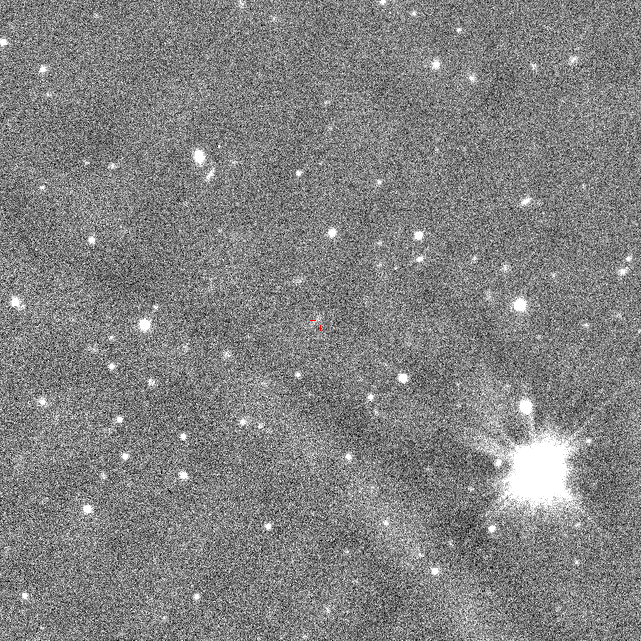
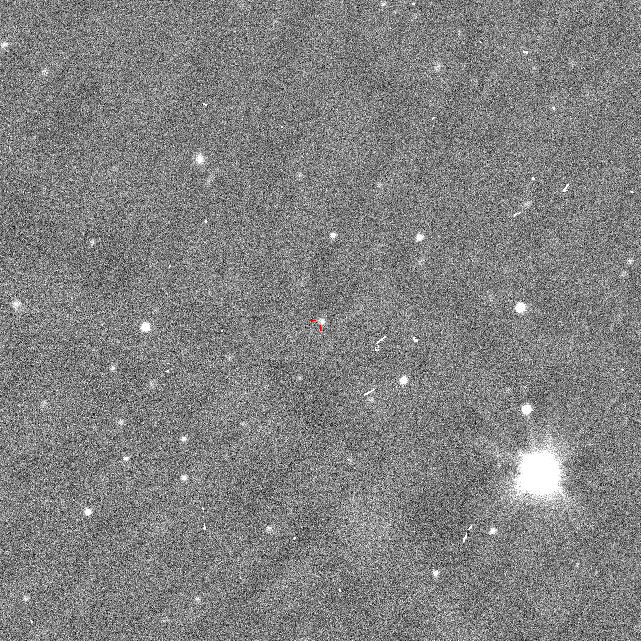
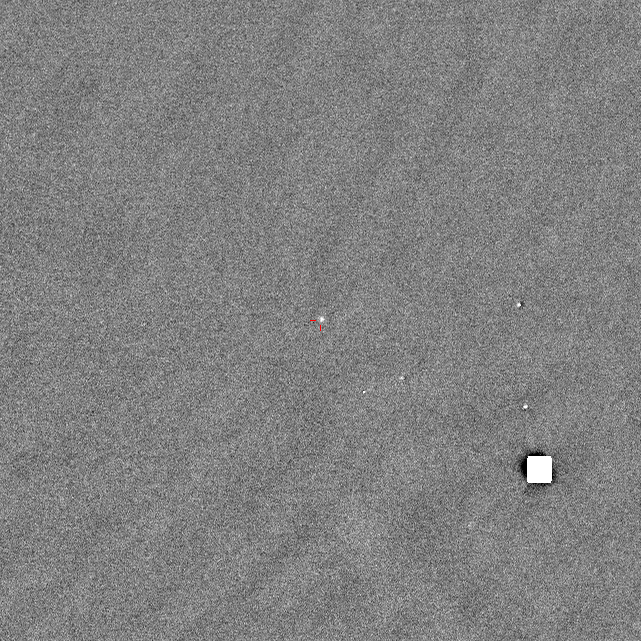
OGLE-2014-SN-042 Ra,Dec= 0:28:30.38 -68:46:15.0 HJD_max= 6845.87910 2014-07-07.379 SMC704.21.160N color template ATel#6343 Disc_HJD= 2456857.82545 Disc_Imag= 19.86 not classified Offset= 6.11pix (1.59as) Phot.class= SNII(79%)
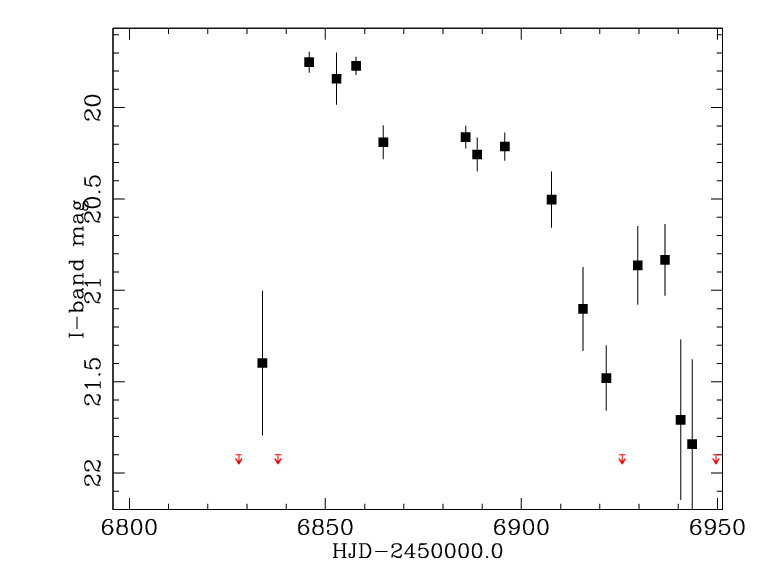
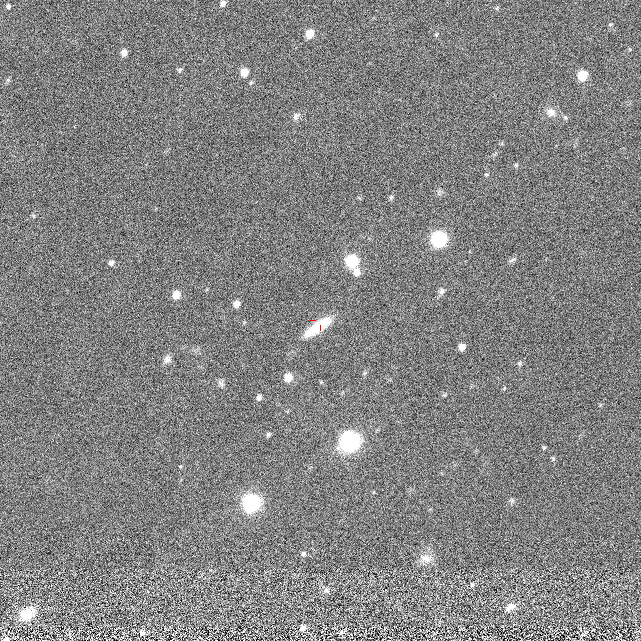
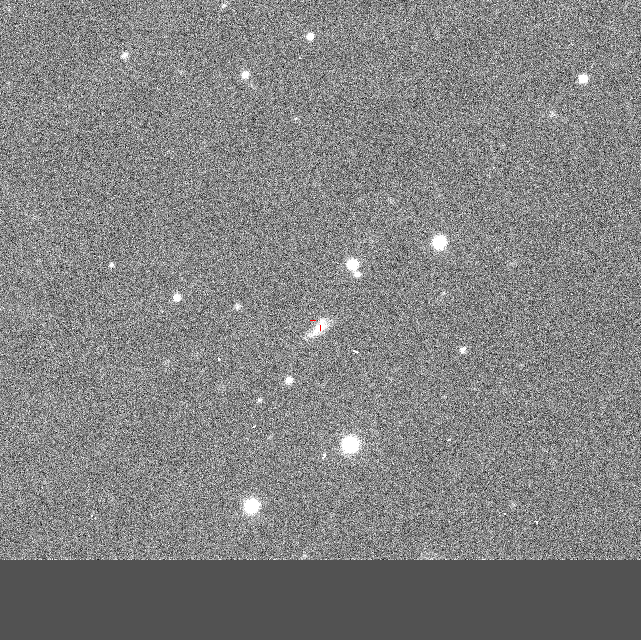
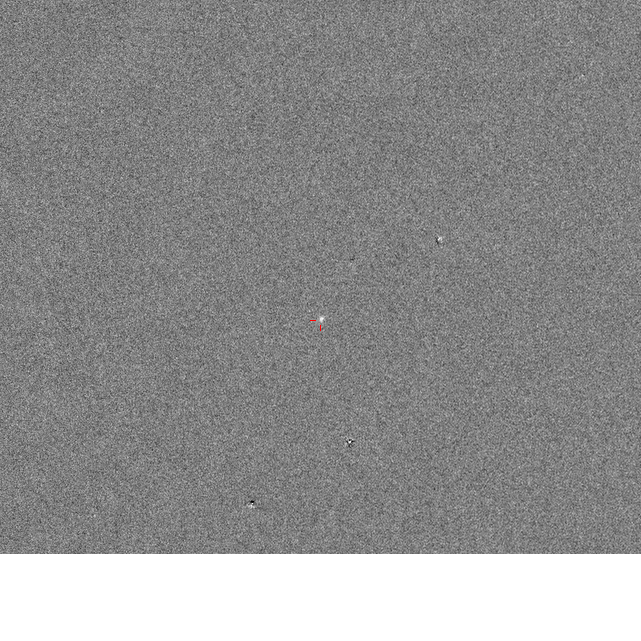
OGLE-2014-SN-041 Ra,Dec= 0:06:57.66 -72:30:24.6 HJD_max= 6845.87501 2014-07-07.375 SMC702.06.75N color template ATel#6343 Disc_HJD= 2456857.82128 Disc_Imag= 19.77 not classified Offset= 7.92pix (2.06as) Phot.class= -
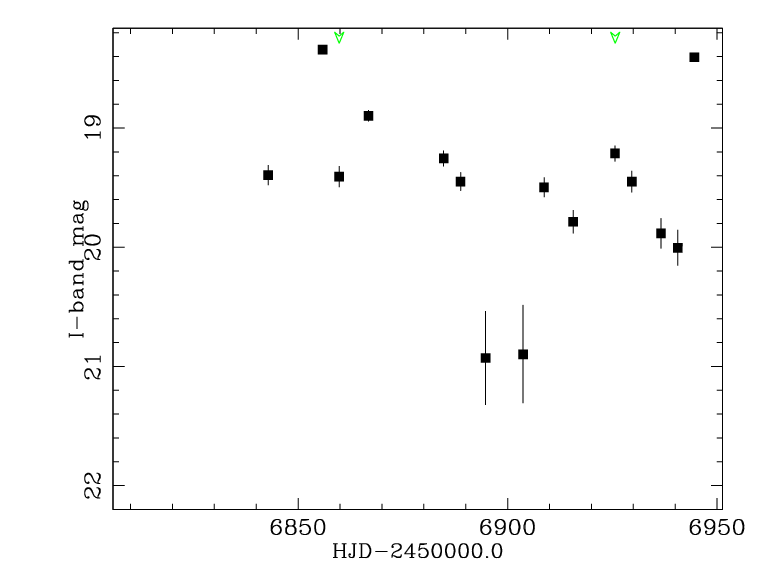
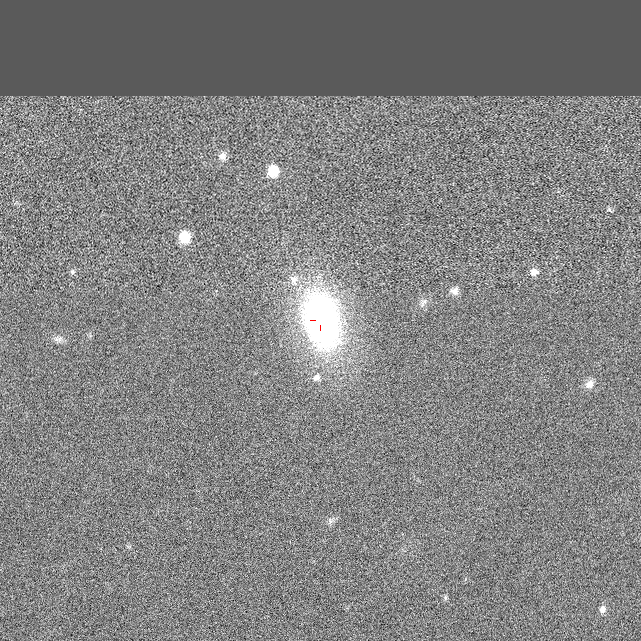
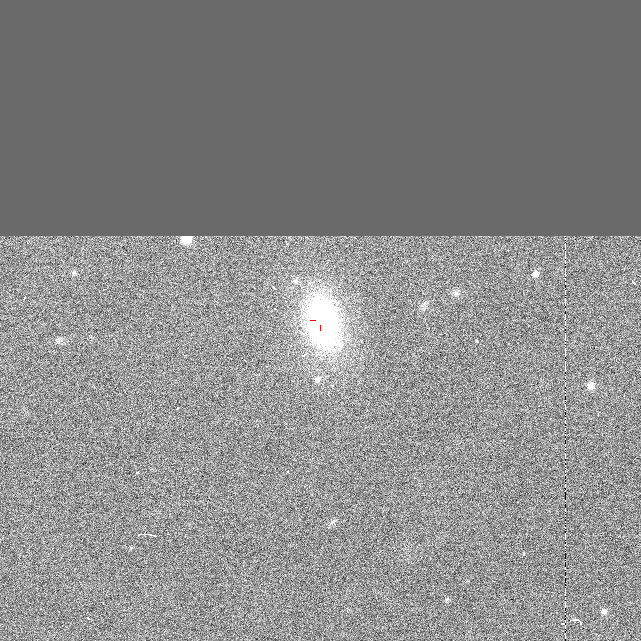
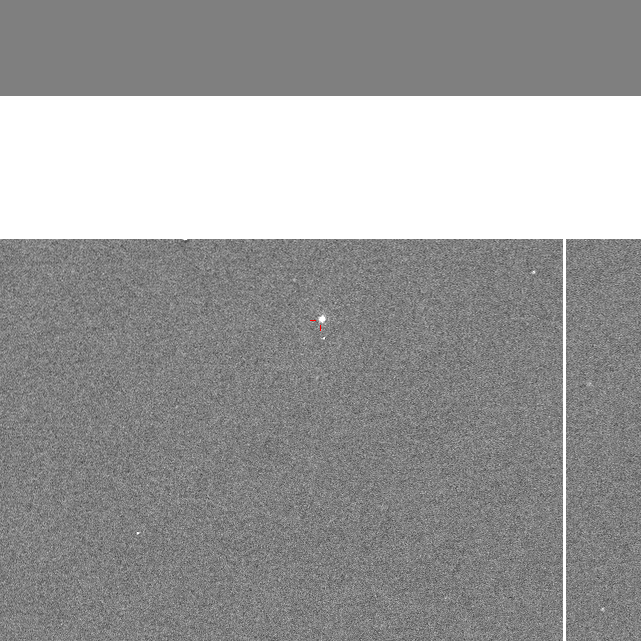
OGLE-2014-SN-040 Ra,Dec= 0:18:33.65 -67:19:09.0 HJD_max= 6855.87234 2014-07-17.372 SMC786.04.3N color template ATel#6343 Disc_HJD= 2456855.87234 Disc_Imag= 18.34 not classified Offset= 0.21pix (0.06as) Phot.class= -
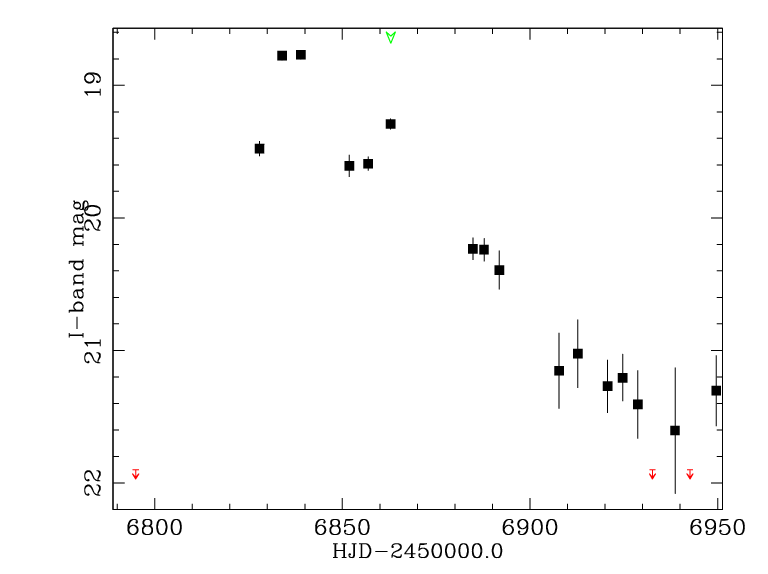
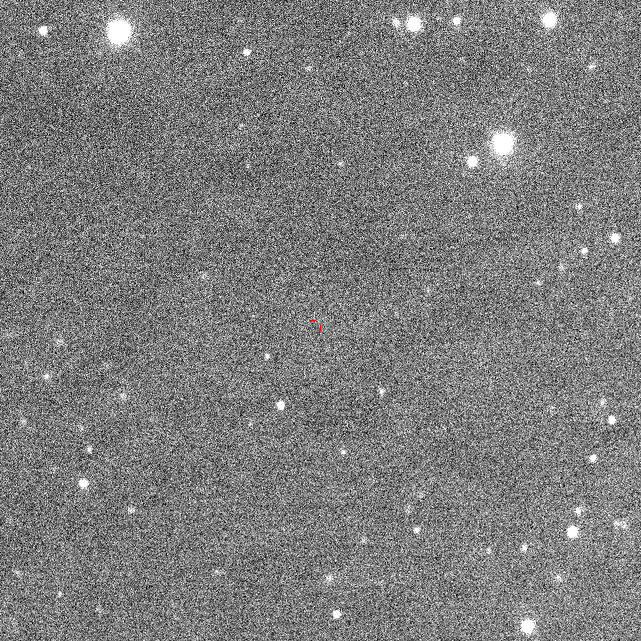
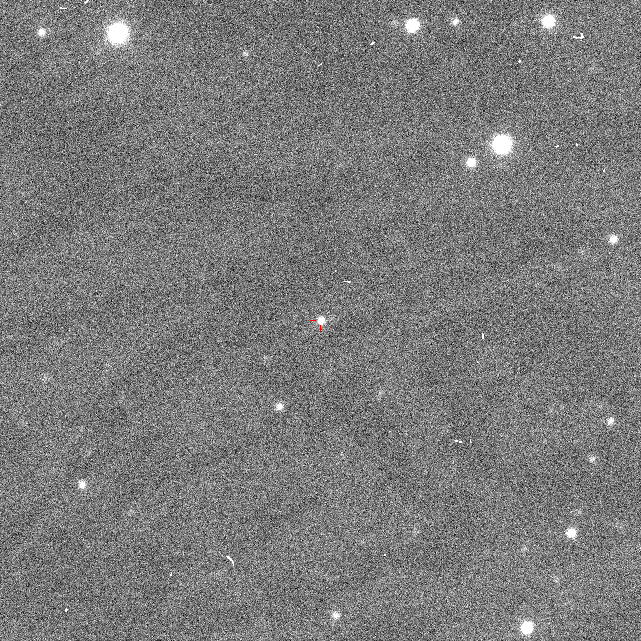
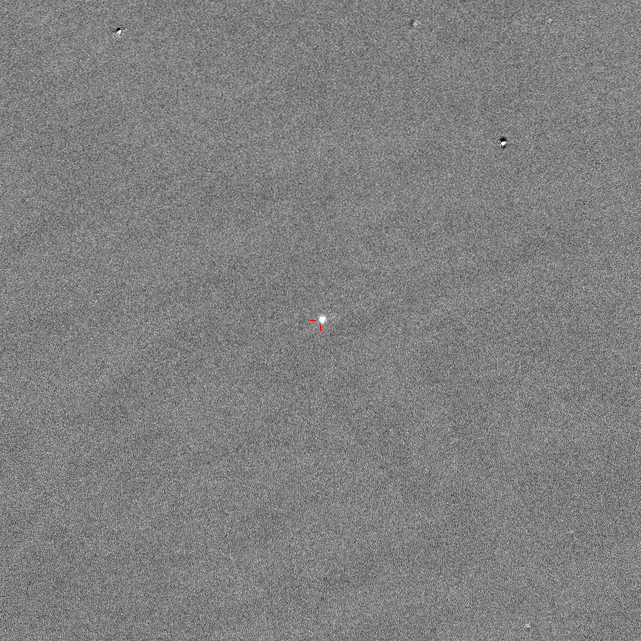
OGLE-2014-SN-039 Ra,Dec= 1:33:18.01 -77:30:47.5 HJD_max= 6838.93267 2014-06-30.433 SMC828.28.74N color template ATel#6307 Disc_HJD= 2456838.93267 Disc_Imag= 18.77 not classified Offset= - Phot.class= SNII(79%)


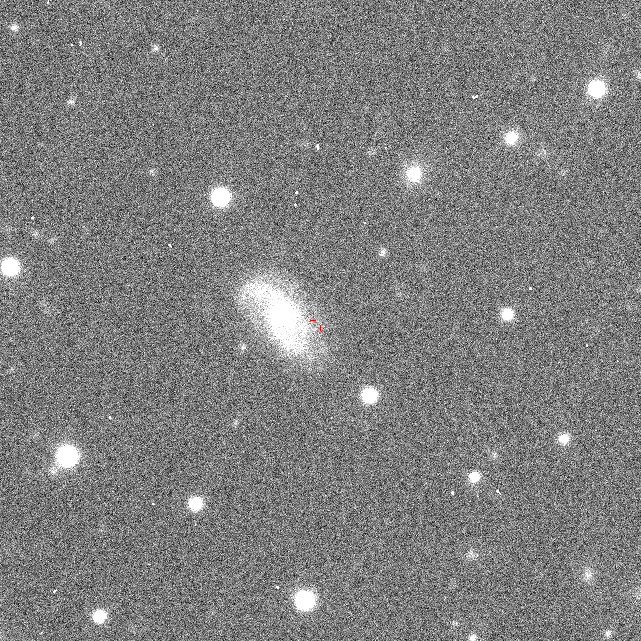
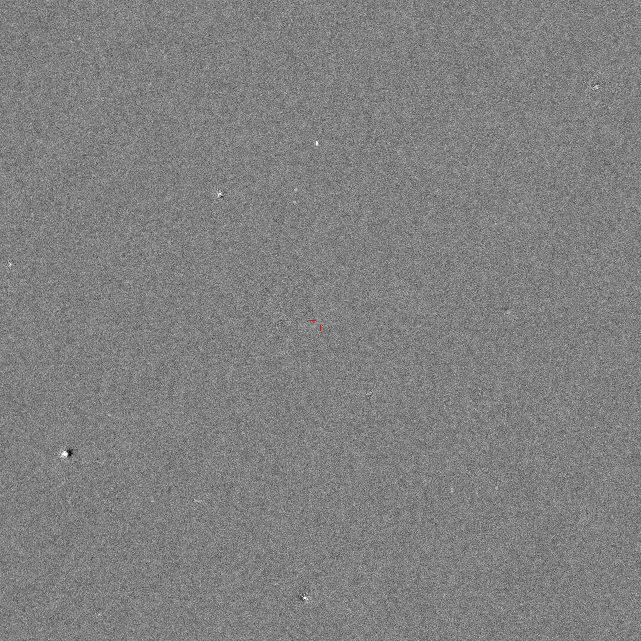
OGLE-2014-SN-038 Ra,Dec= 0:33:15.33 -77:12:29.4 HJD_max= 6794.91409 2014-05-17.414 SMC820.18.248N color template ATel#6307 Disc_HJD= 2456846.94960 Disc_Imag= 19.34 not classified Offset= 40.07pix (10.42as) Phot.class= -

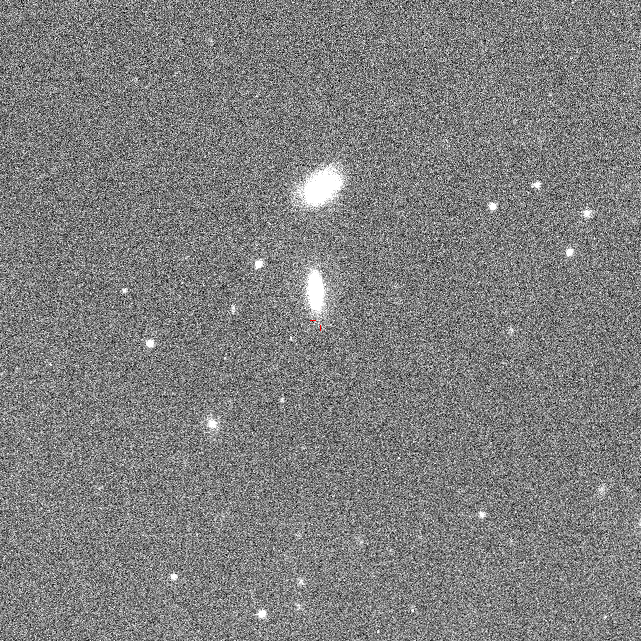
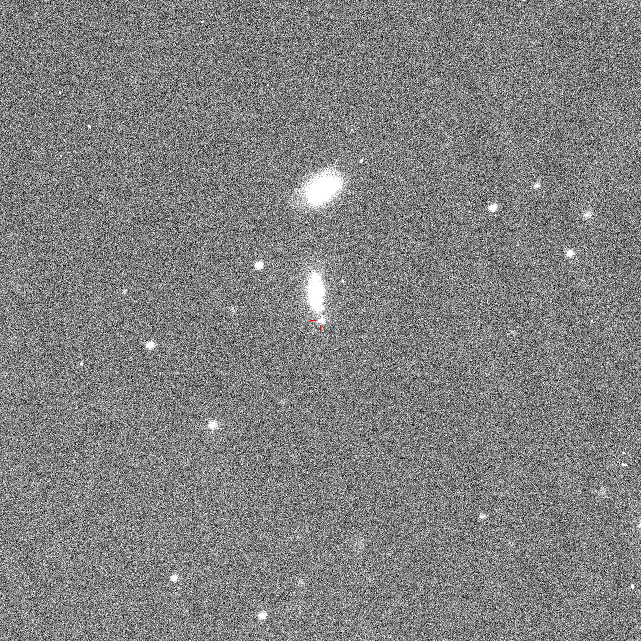
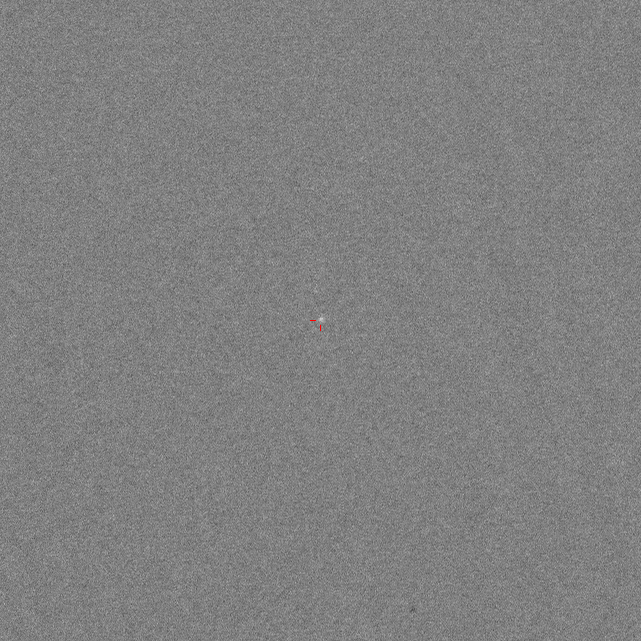
OGLE-2014-SN-037 Ra,Dec= 1:18:42.04 -67:13:35.6 HJD_max= 6837.88749 2014-06-29.387 SMC808.31.1663N color template ATel#6307 Disc_HJD= 2456846.85886 Disc_Imag= 20.39 not classified Offset= 28.55pix (7.42as) Phot.class= SNII(79%)
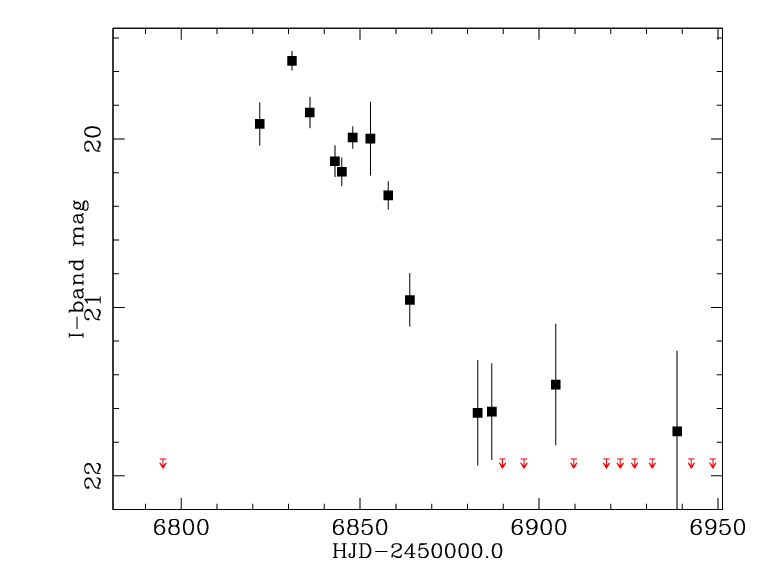
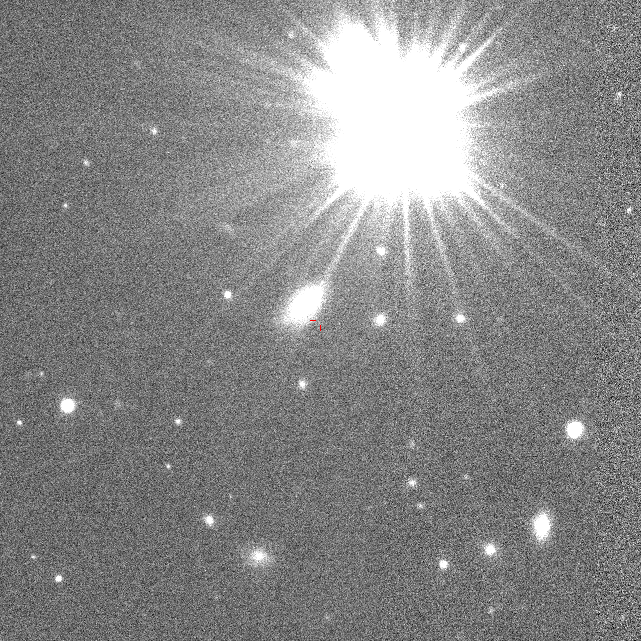
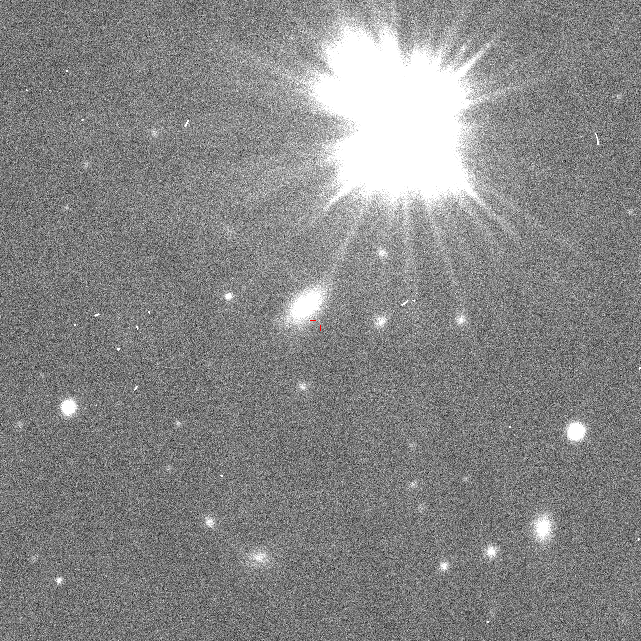
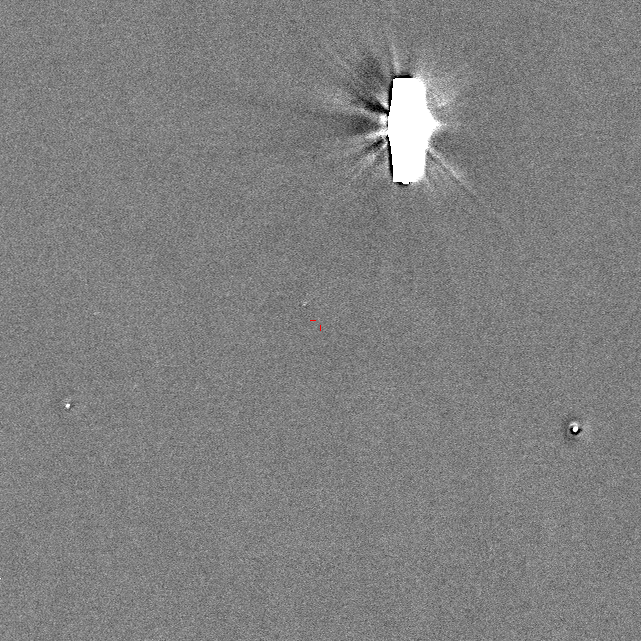
OGLE-2014-SN-036 Ra,Dec= 0:46:30.35 -63:25:17.8 HJD_max= 6830.94474 2014-06-22.445 SMC798.11.108N color template ATel#6307 Disc_HJD= 2456847.90606 Disc_Imag= 19.99 not classified Offset= 22.79pix (5.93as) Phot.class= SNII(79%)
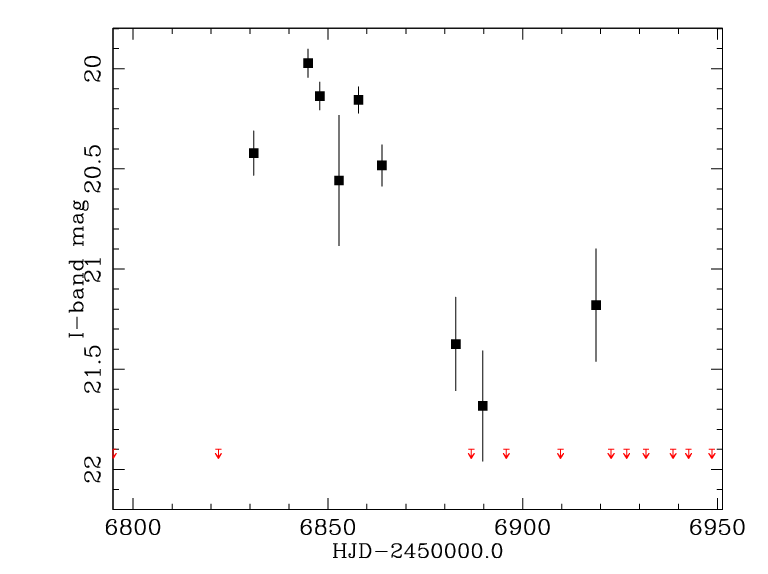
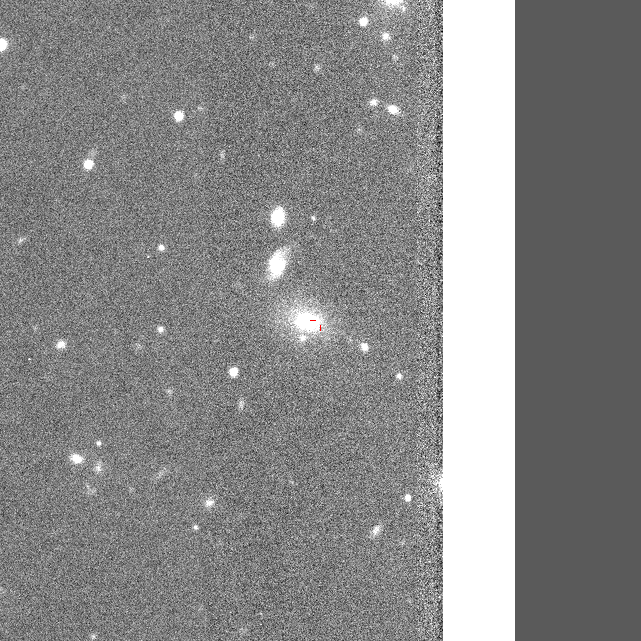
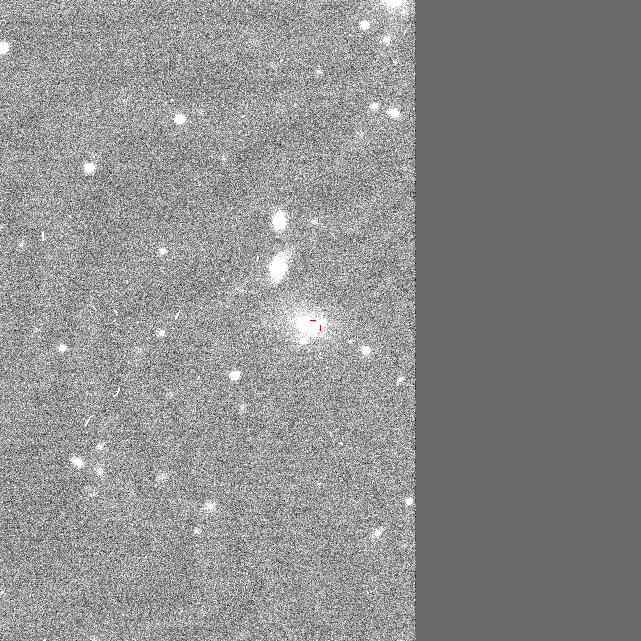

OGLE-2014-SN-035 Ra,Dec= 0:47:19.56 -64:36:06.1 HJD_max= 6844.88224 2014-07-06.382 SMC797.10.88N color template ATel#6307 Disc_HJD= 2456847.90398 Disc_Imag= 20.14 not classified Offset= 14.14pix (3.68as) Phot.class= SNII(79%)
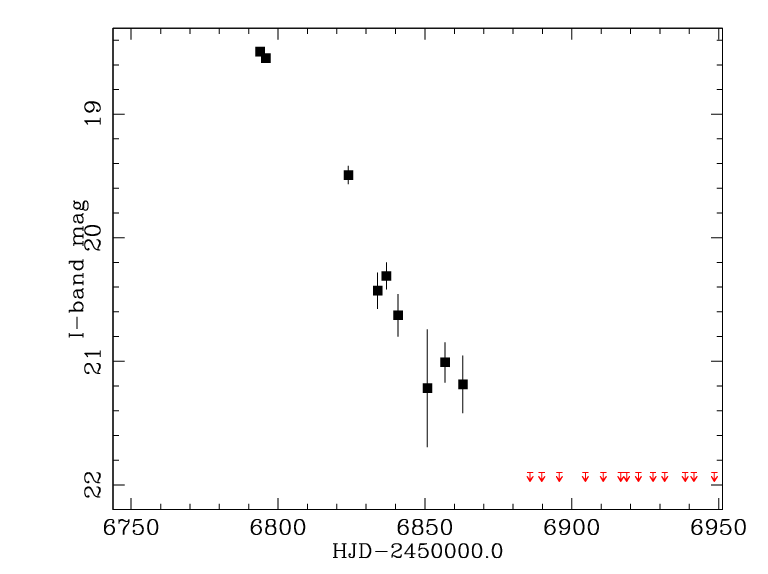
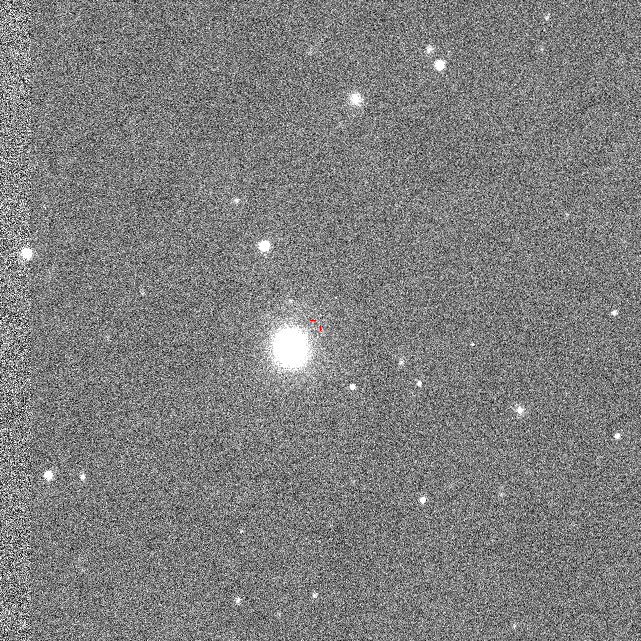
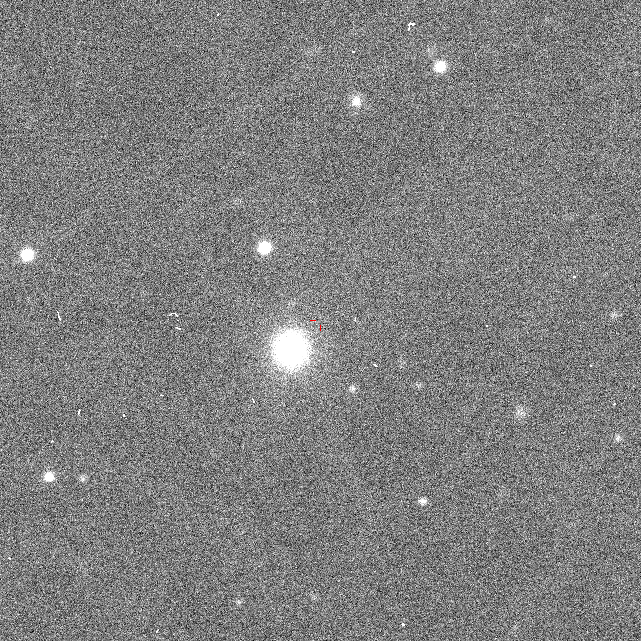
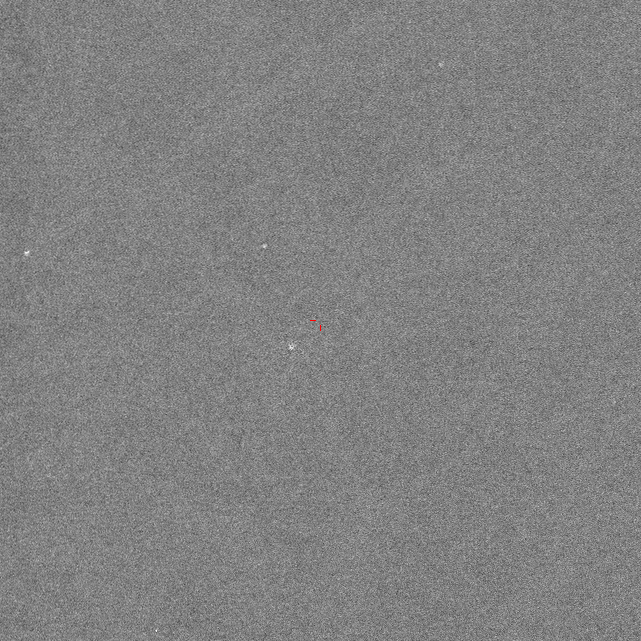
OGLE-2014-SN-034 Ra,Dec= 23:37:59.05 -64:45:33.7 HJD_max= 6793.87098 2014-05-16.371 SMC753.12.67N color template ATel#6307 Disc_HJD= 2456840.86721 Disc_Imag= 20.63 not classified Offset= 42.97pix (11.17as) Phot.class= -
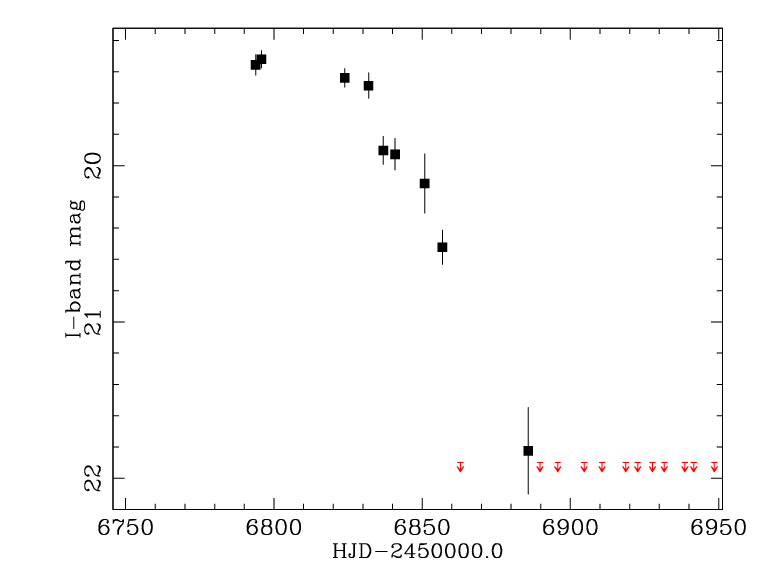
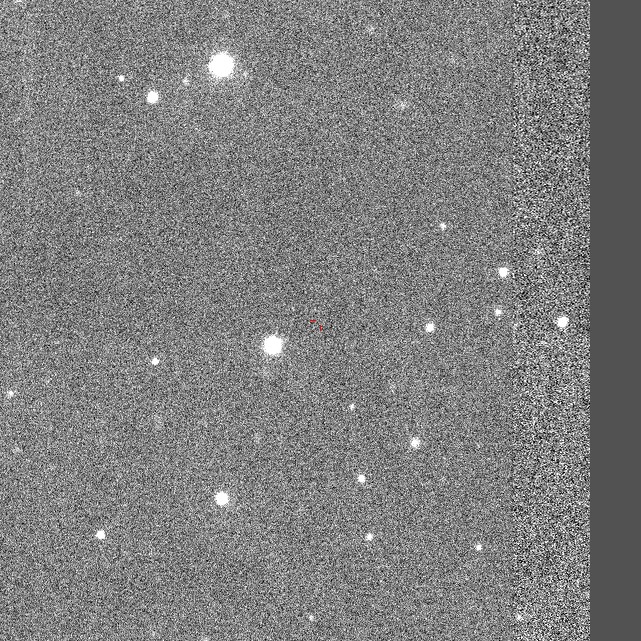

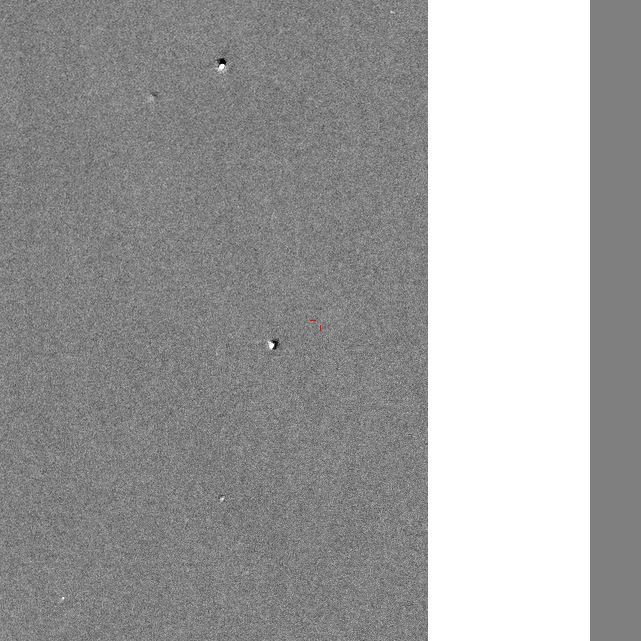
OGLE-2014-SN-033 Ra,Dec= 23:23:52.40 -73:36:55.5 HJD_max= 6795.80894 2014-05-18.309 SMC746.05.130N color template ATel#6307 Disc_HJD= 2456840.88210 Disc_Imag= 19.93 not classified Offset= - Phot.class= -
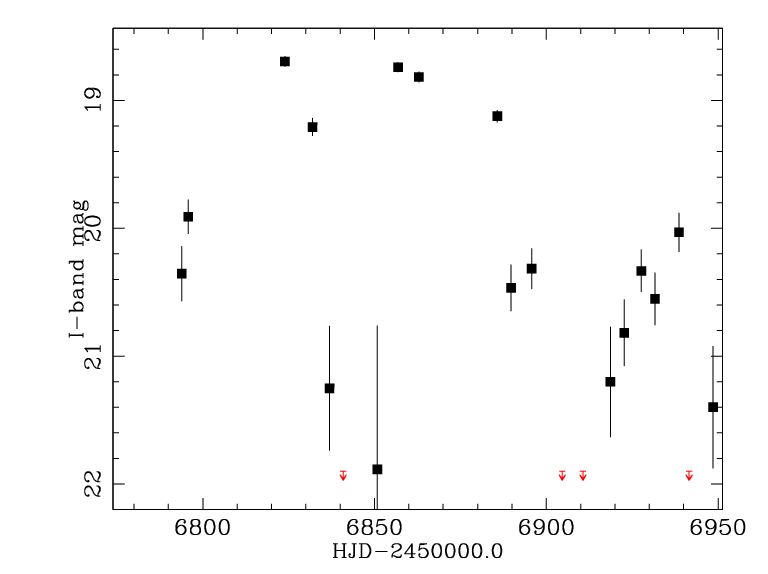
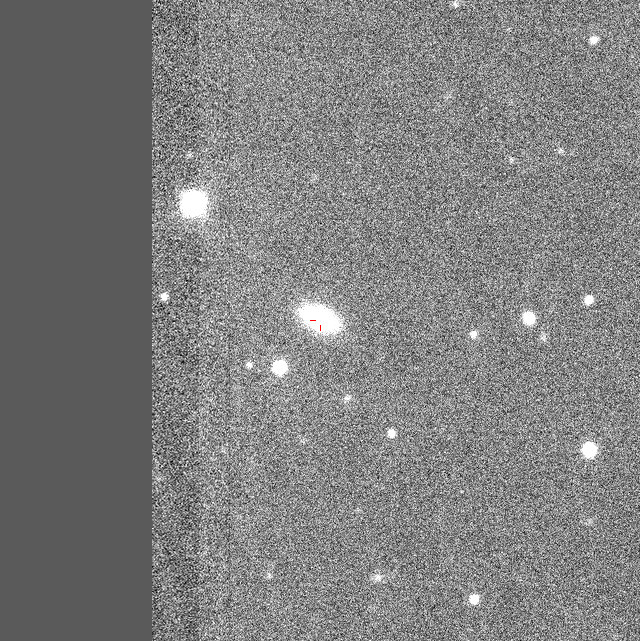
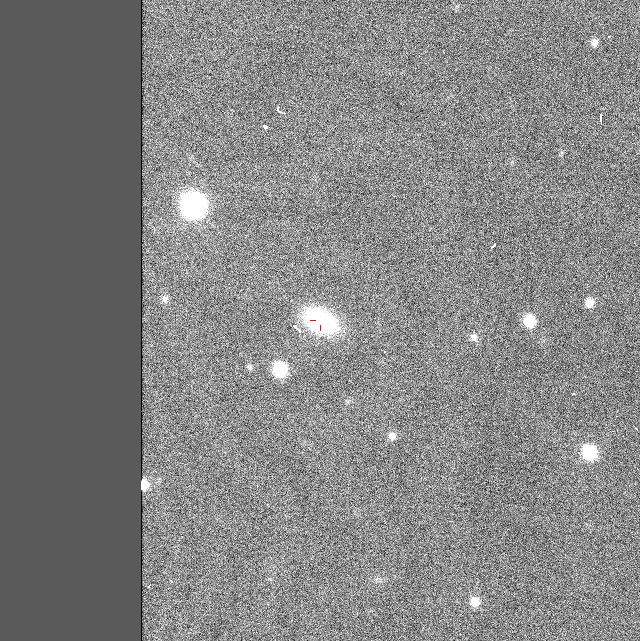
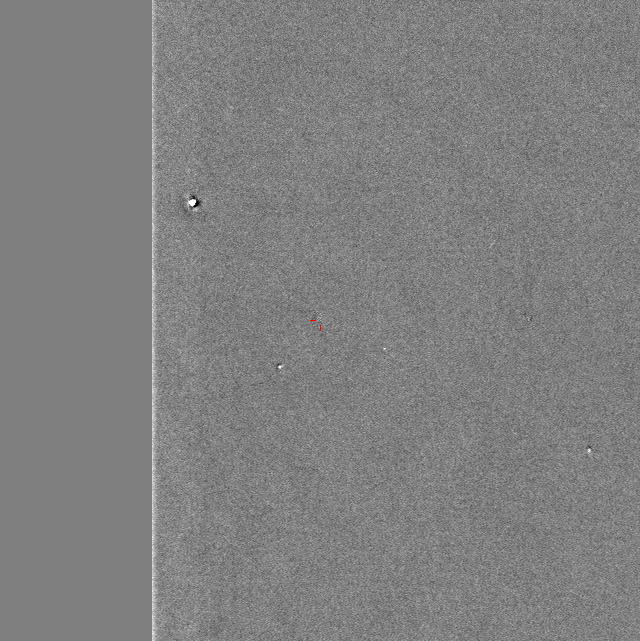
OGLE-2014-SN-032 Ra,Dec= 23:29:52.28 -74:09:32.9 HJD_max= 6823.92574 2014-06-15.426 SMC745.19.6N color template ATel#6307 Disc_HJD= 2456836.90907 Disc_Imag= 21.25 not classified Offset= 0.60pix (0.16as) Phot.class= SNII(79%)
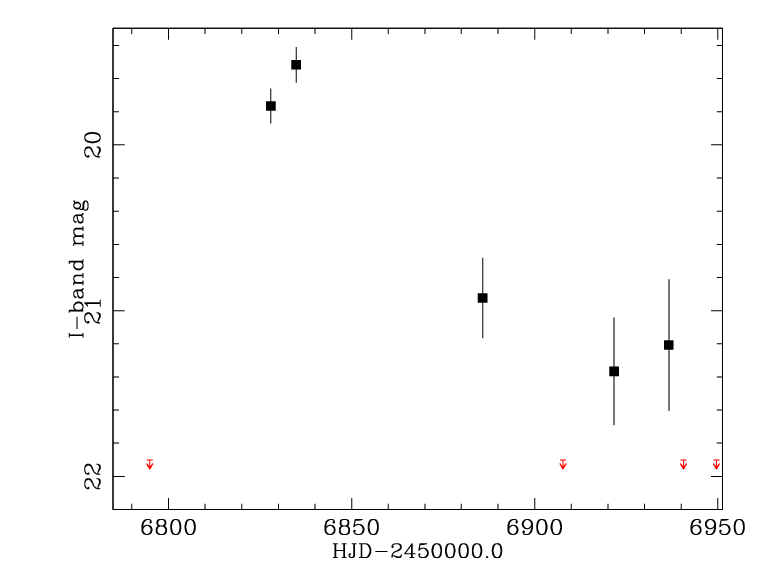
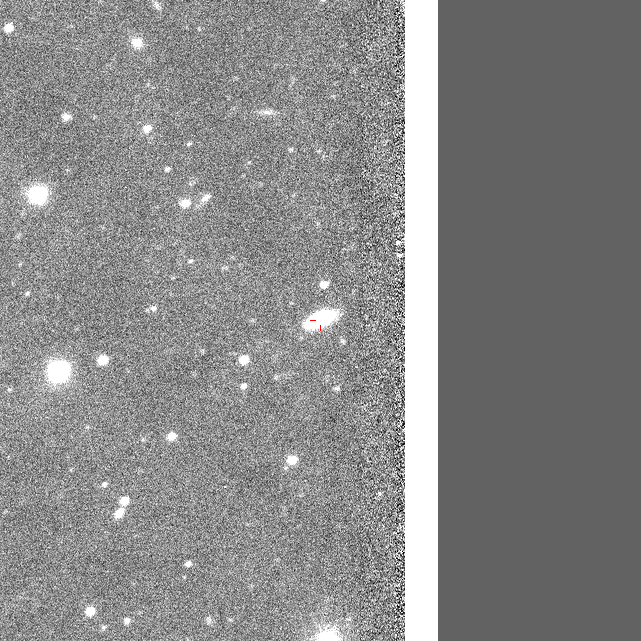
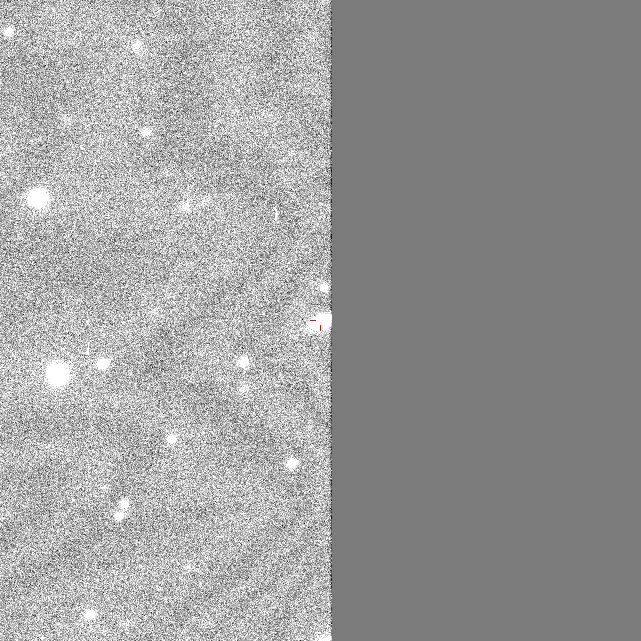
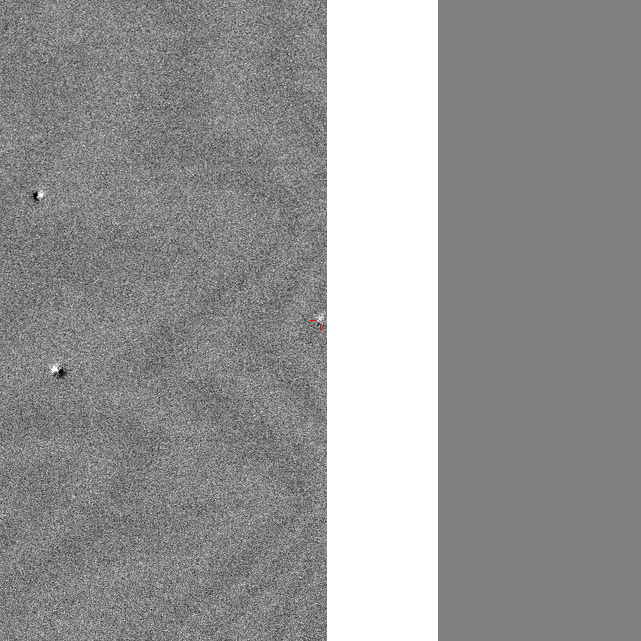
OGLE-2014-SN-031 Ra,Dec= 0:38:38.72 -70:24:48.3 HJD_max= 6834.88232 2014-06-26.382 SMC711.22.439N color template ATel#6307 Disc_HJD= 2456834.88232 Disc_Imag= 19.52 not classified Offset= - Phot.class= SNII(79%)
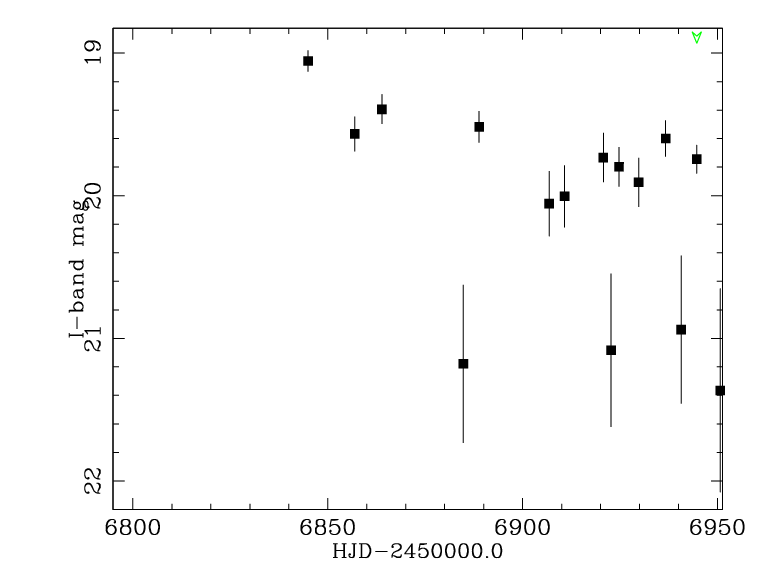
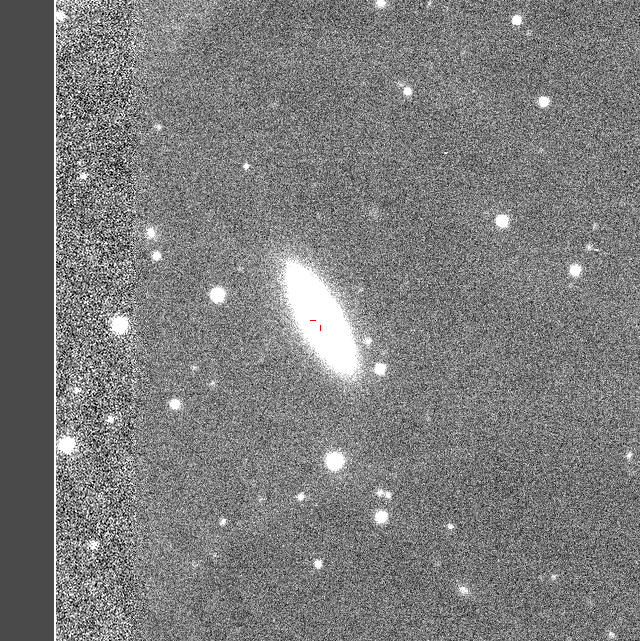
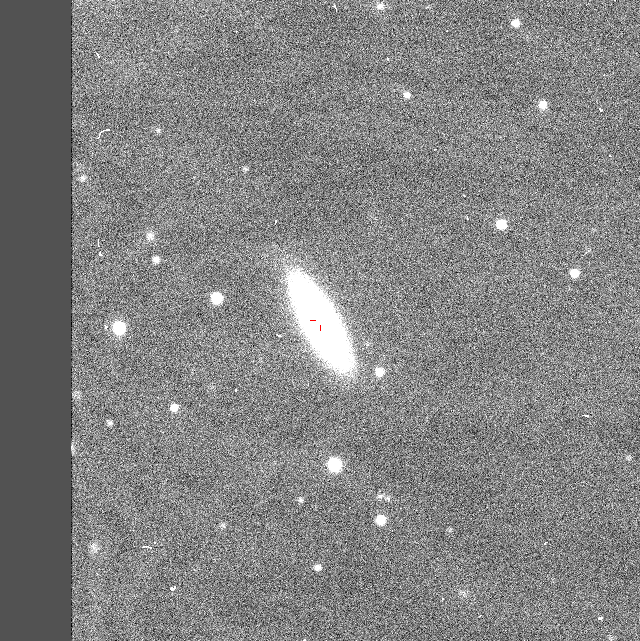
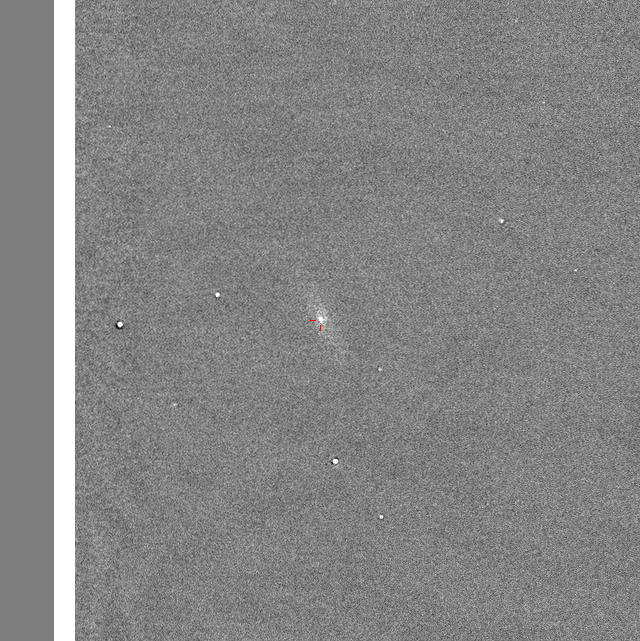
OGLE-2014-SN-030 Ra,Dec= 1:58:24.96 -78:25:37.1 HJD_max= 6844.94123 2014-07-06.441 MBR159.21.32N color template ATel#6307 Disc_HJD= 2456844.94123 Disc_Imag= 19.05 not classified Offset= 0.12pix (0.03as) Phot.class= SNII(79%)
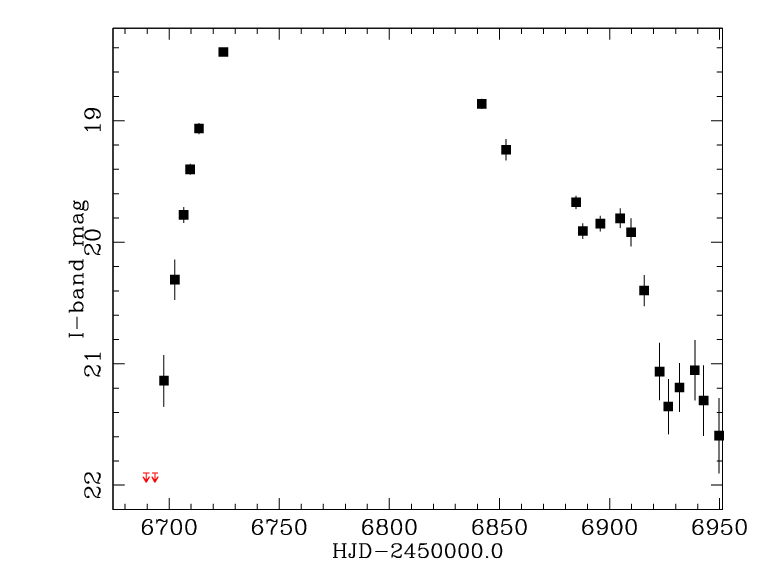
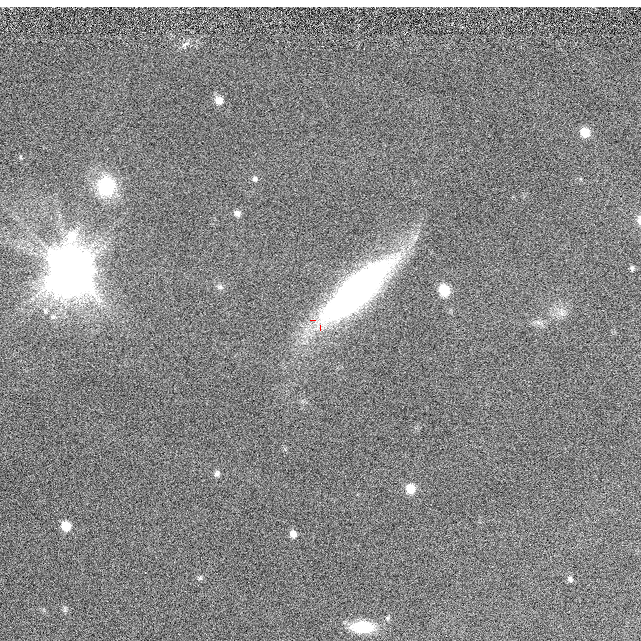
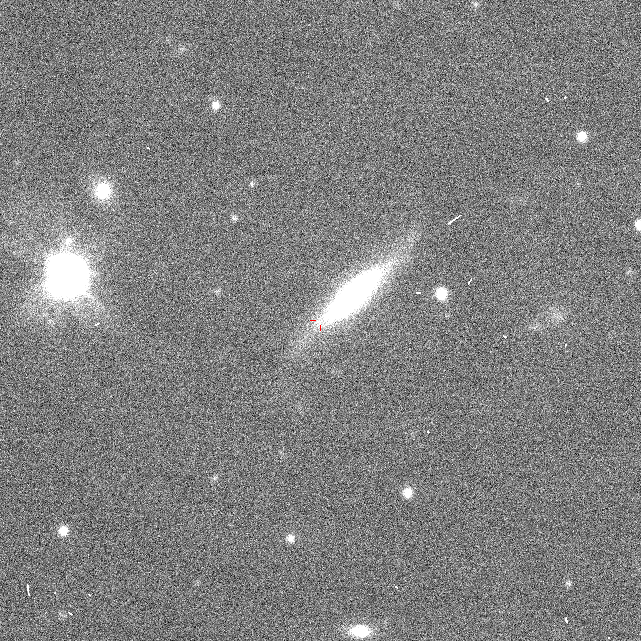
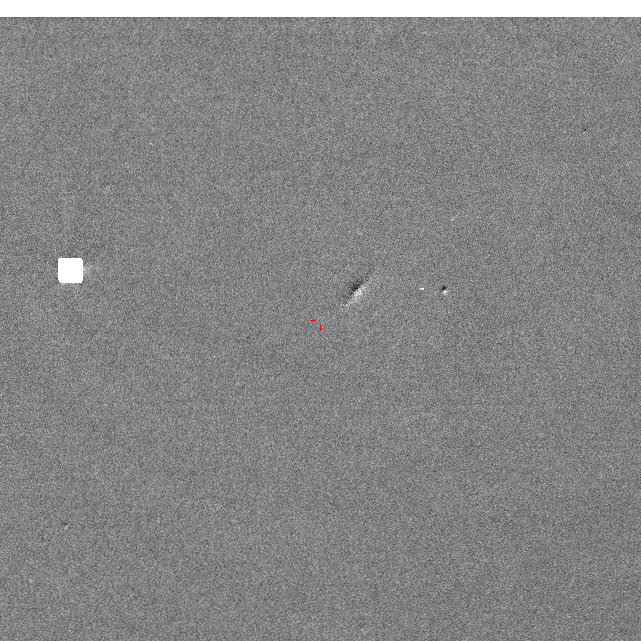
OGLE-2014-SN-029 Ra,Dec= 2:46:02.17 -74:42:36.2 HJD_max= 6724.56956 2014-03-08.070 MBR119.02.74N color template ATel#6307 Disc_HJD= 2456841.92991 Disc_Imag= 18.86 not classified Offset= 45.87pix (11.93as) Phot.class= SNII(79%)
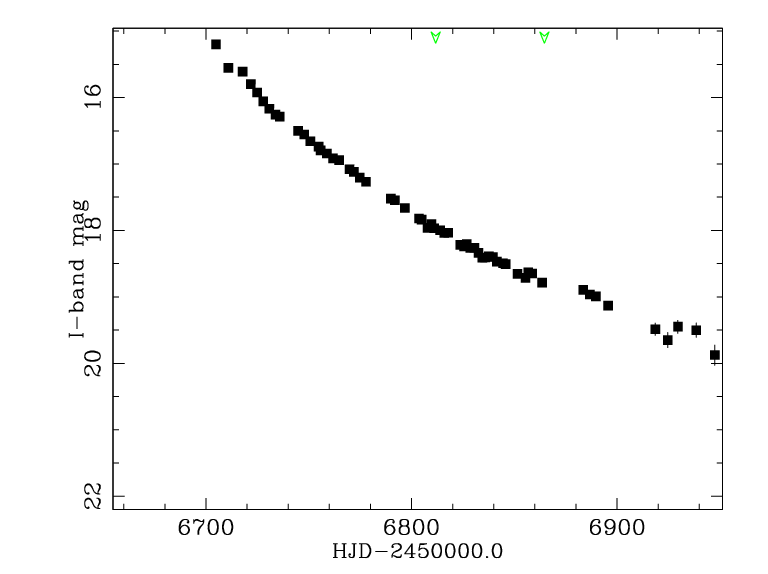
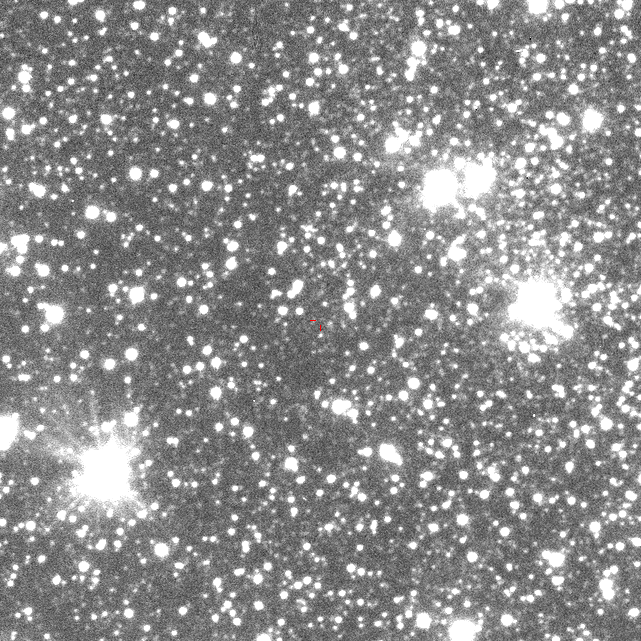

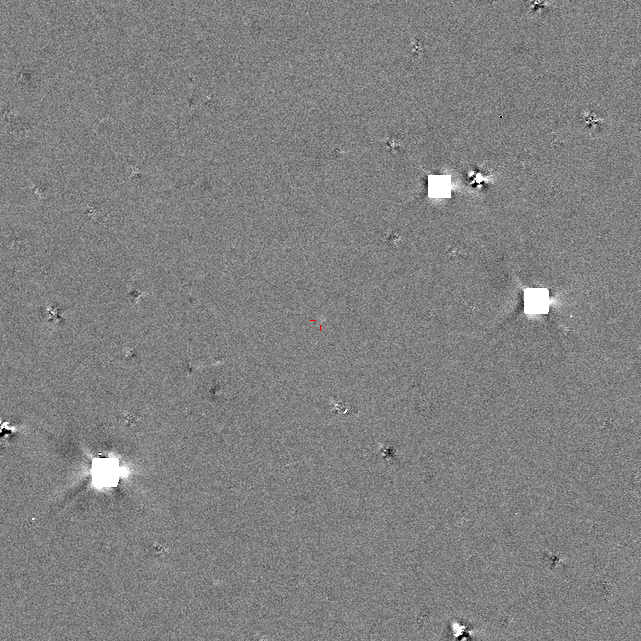
OGLE-2014-NOVA-01 Ra,Dec= 17:55:20.27 -23:23:54.5 HJD_max= 6704.85539 2014-02-16.355 BLG643.22.8N Disc_HJD= 2456735.89972 Disc_Imag= 16.288 Offset= - Phot.class= -



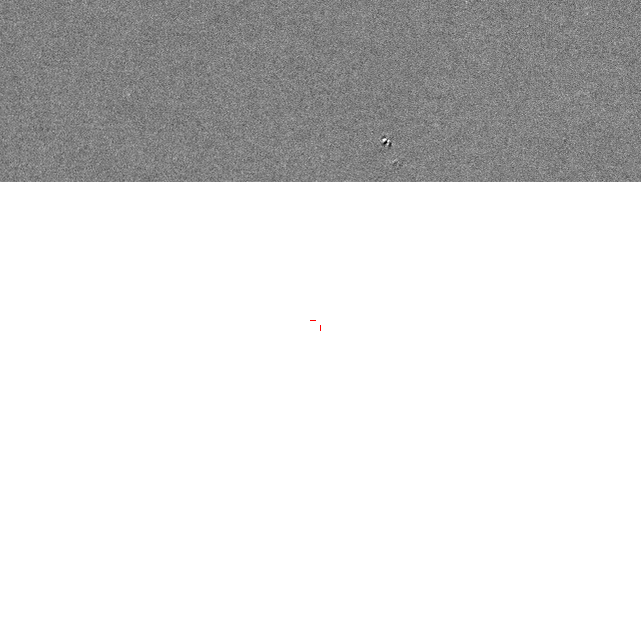
OGLE-2014-SN-028 Ra,Dec= 5:09:42.76 -76:41:29.6 HJD_max= 6708.66834 2014-02-20.168 LMC635.01.33N color template Disc_HJD= 2456734.55975 Disc_Imag= 20.17 not classified Offset= - Phot.class= -
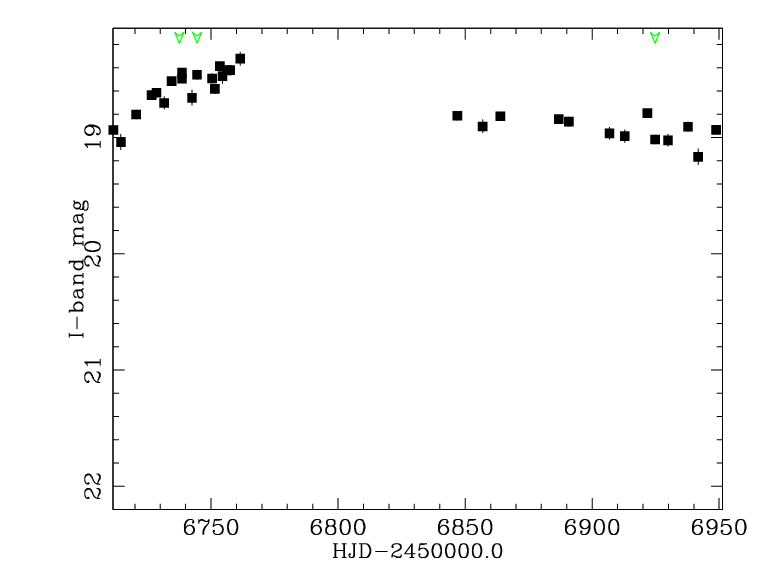
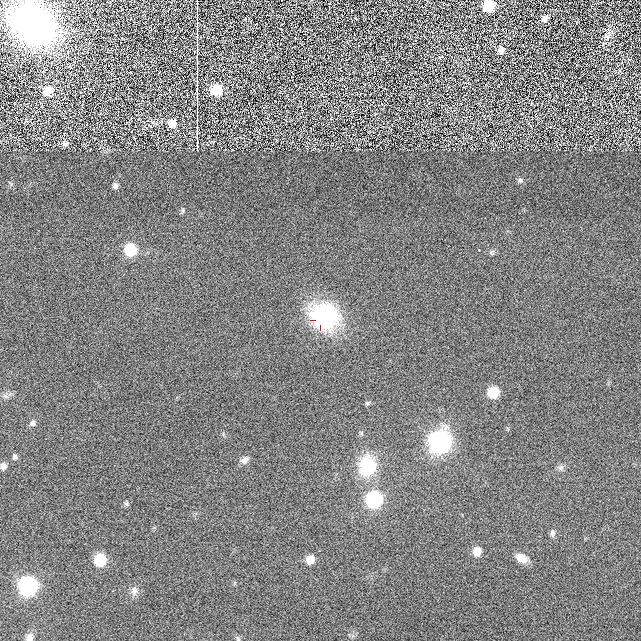
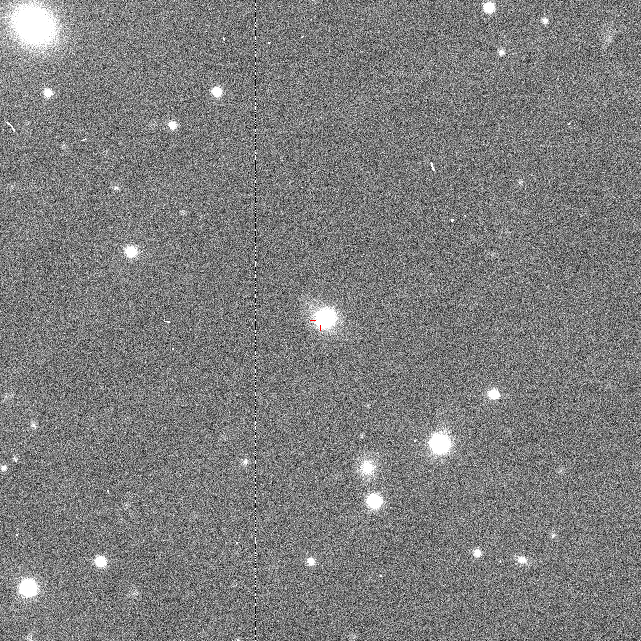
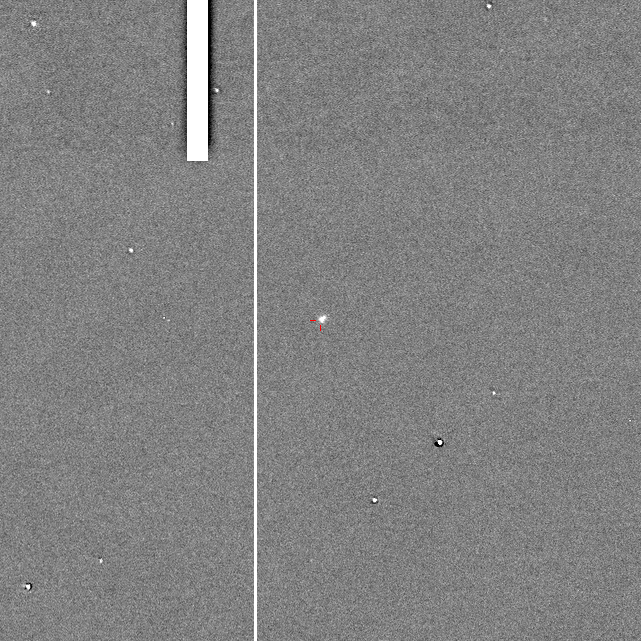
OGLE-2014-SN-027 Ra,Dec= 2:41:49.91 -78:24:41.8 HJD_max= 6761.47136 2014-04-13.971 MBR164.04.58N color template ATel#5975 Disc_HJD= 2456728.51211 Disc_Imag= 18.62 not classified Offset= - Phot.class= -
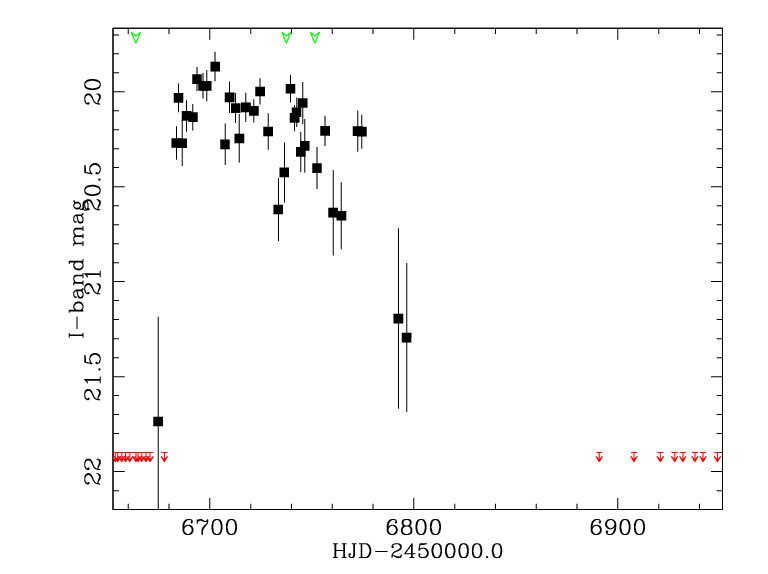
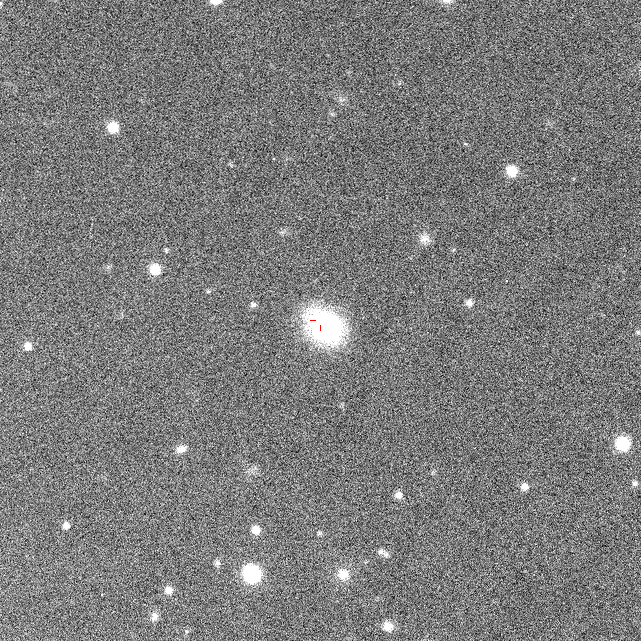
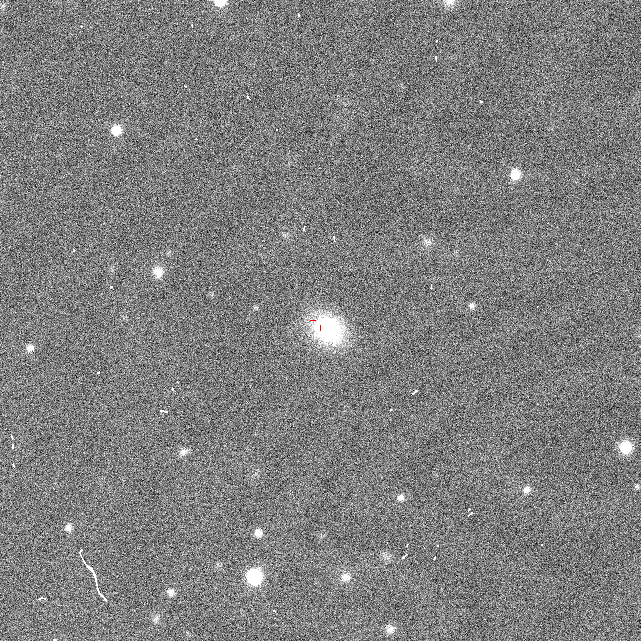
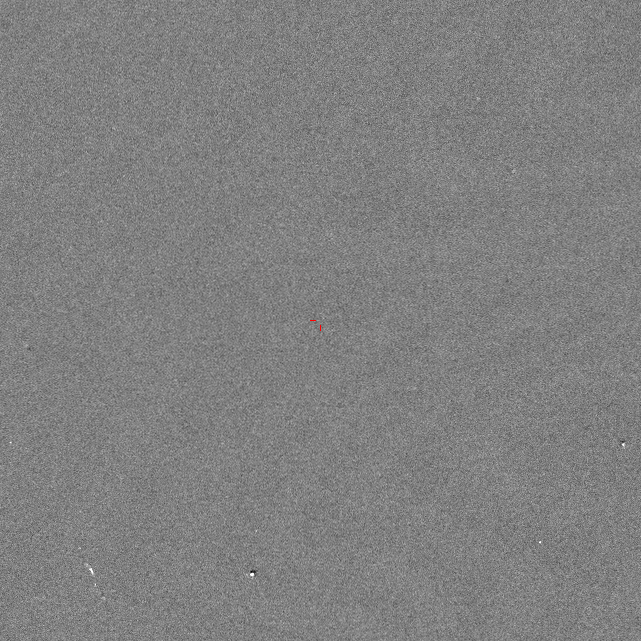
OGLE-2014-SN-026 Ra,Dec= 5:22:13.47 -56:46:47.6 HJD_max= 6702.66968 2014-02-14.170 LMC697.18.174N color template ATel#5975 Disc_HJD= 2456721.55699 Disc_Imag= 20.10 not classified Offset= - Phot.class= -
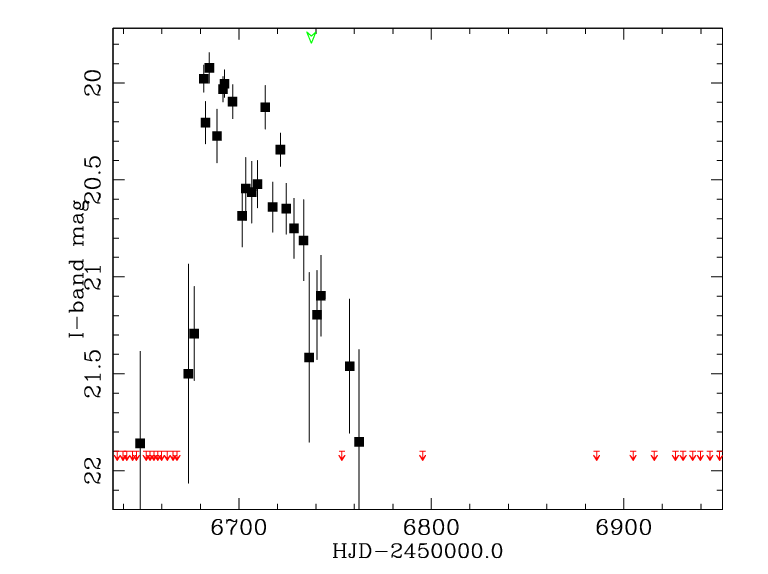
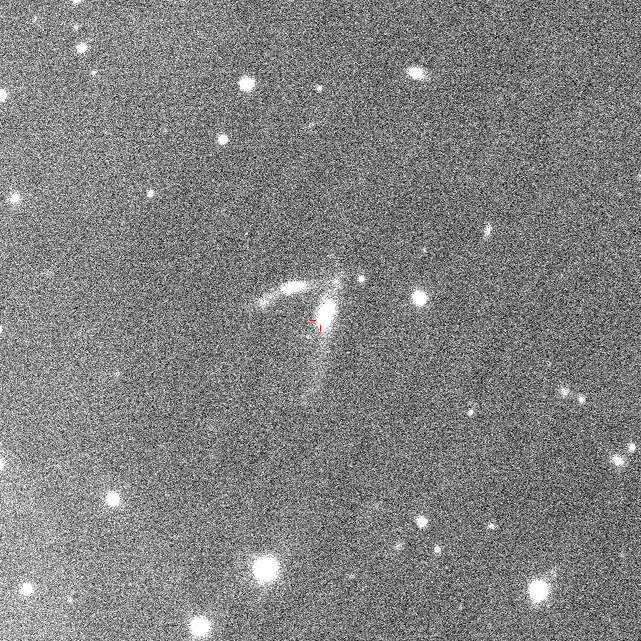
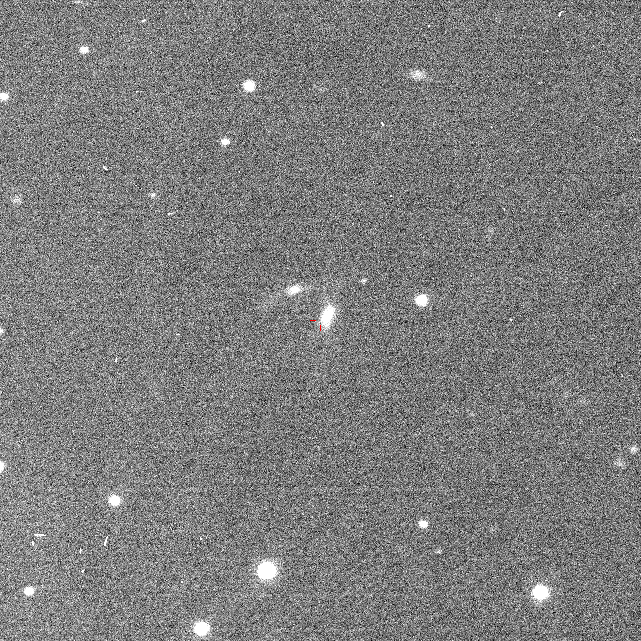
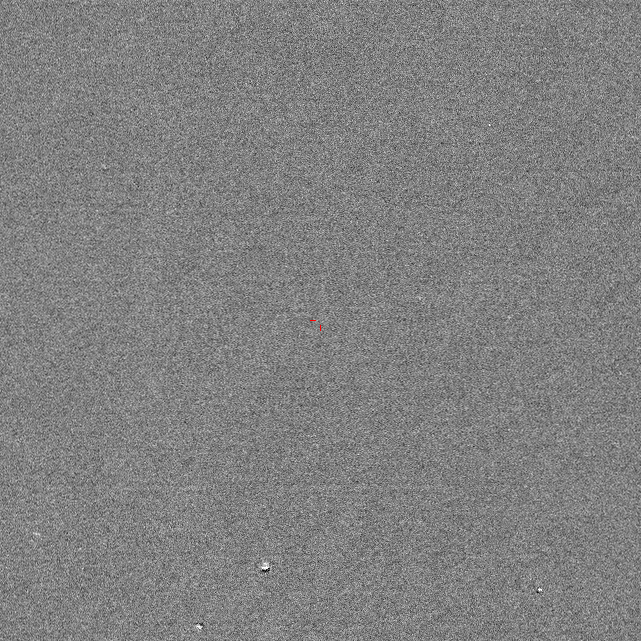
OGLE-2014-SN-025 Ra,Dec= 5:07:07.33 -54:57:24.6 HJD_max= 6684.66837 2014-01-27.168 LMC689.24.78N color template ATel#5975 Disc_HJD= 2456721.58127 Disc_Imag= 20.34 not classified Offset= - Phot.class= -
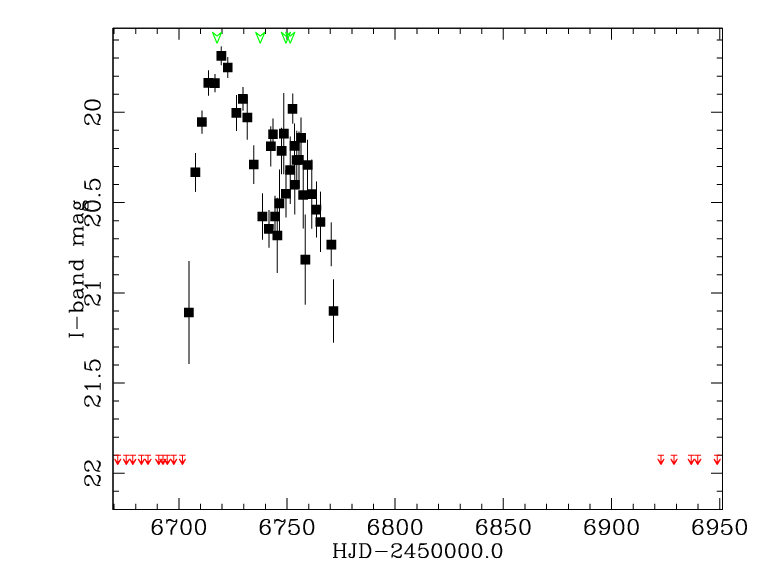
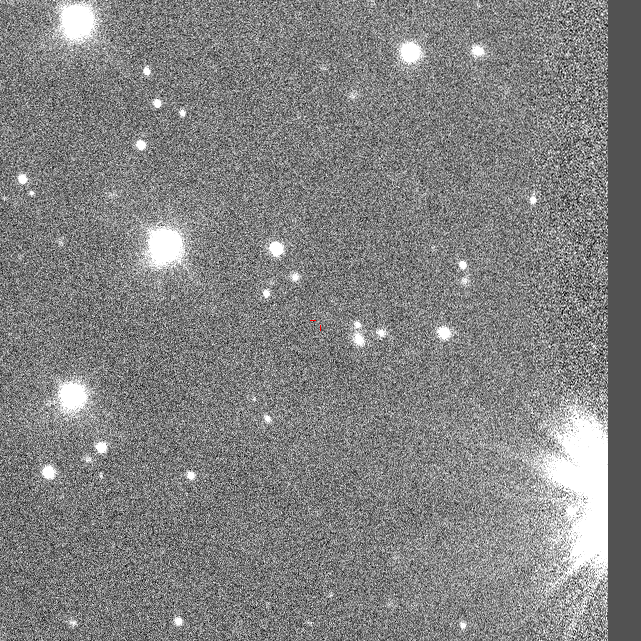
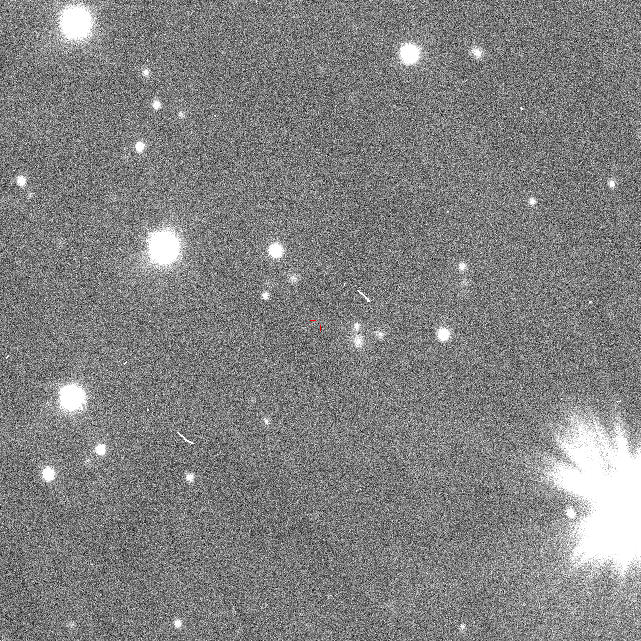
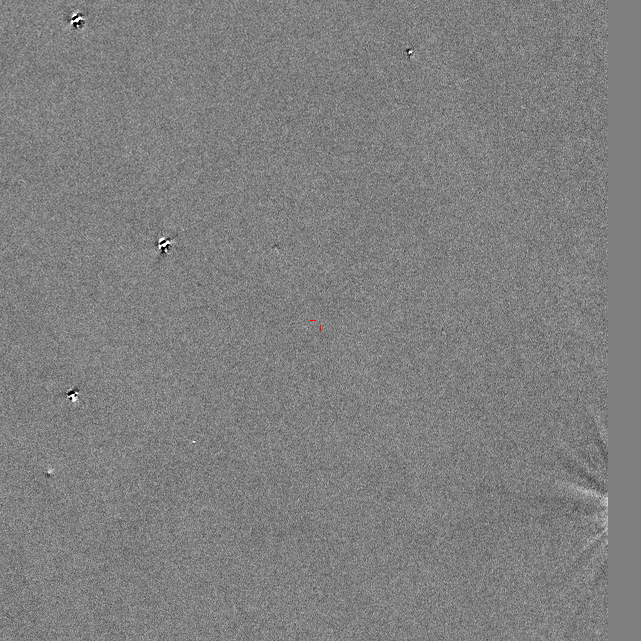
OGLE-2014-SN-024 Ra,Dec= 6:01:15.38 -78:18:21.7 HJD_max= 6719.64051 2014-03-03.141 LMC647.02.50N color template ATel#5975 Disc_HJD= 2456716.65375 Disc_Imag= 19.84 class= Ia 0.1 Offset= - Phot.class= -
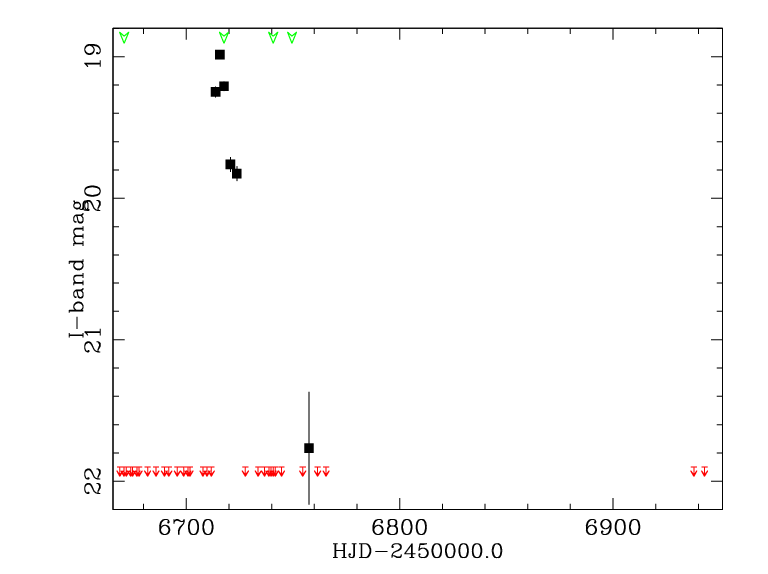
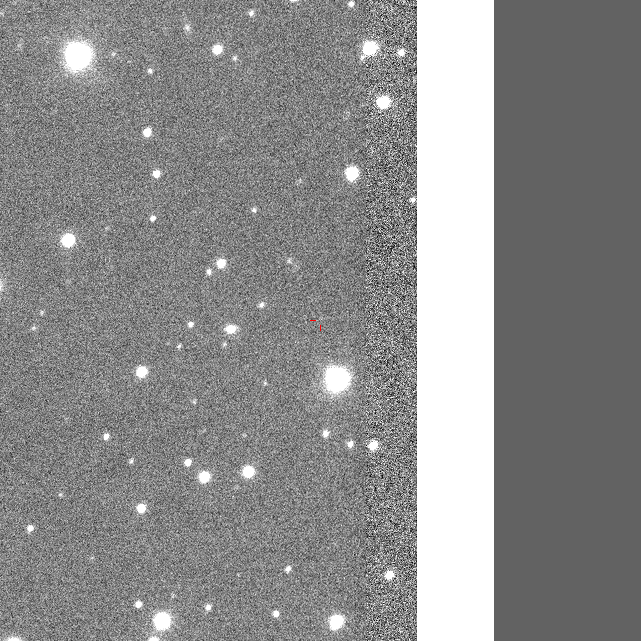
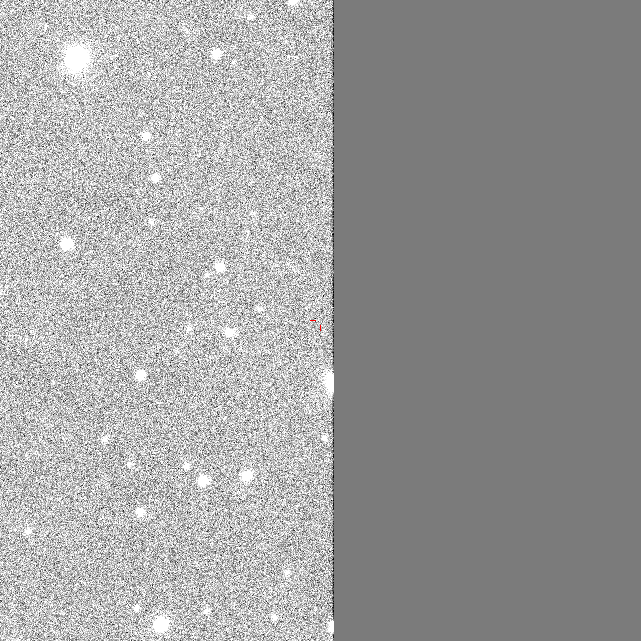
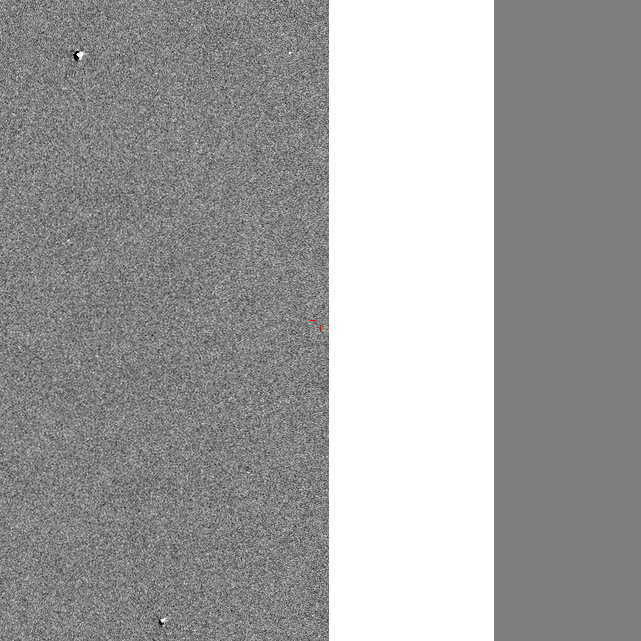
OGLE-2014-SN-023 Ra,Dec= 8:26:16.27 -69:52:21.5 HJD_max= 6715.73155 2014-02-27.232 LMC680.22.414N color template ATel#5975 Disc_HJD= 2456715.73155 Disc_Imag= 18.98 class= CV 0 Offset= - Phot.class= -
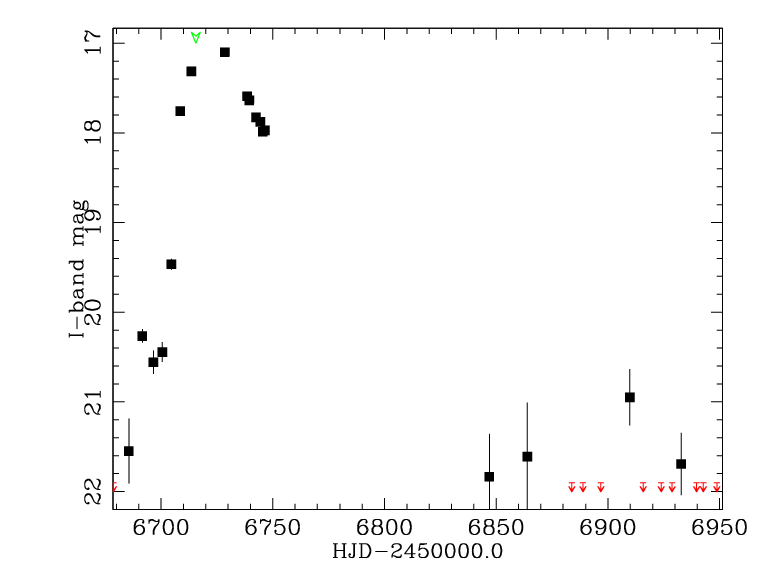
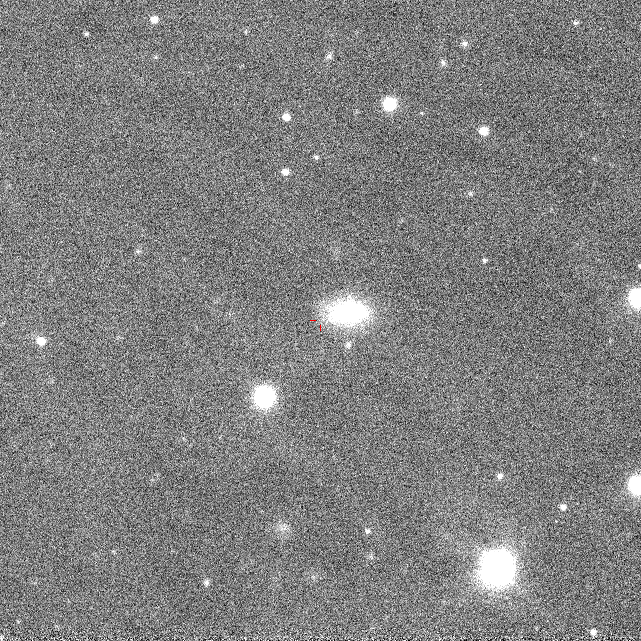
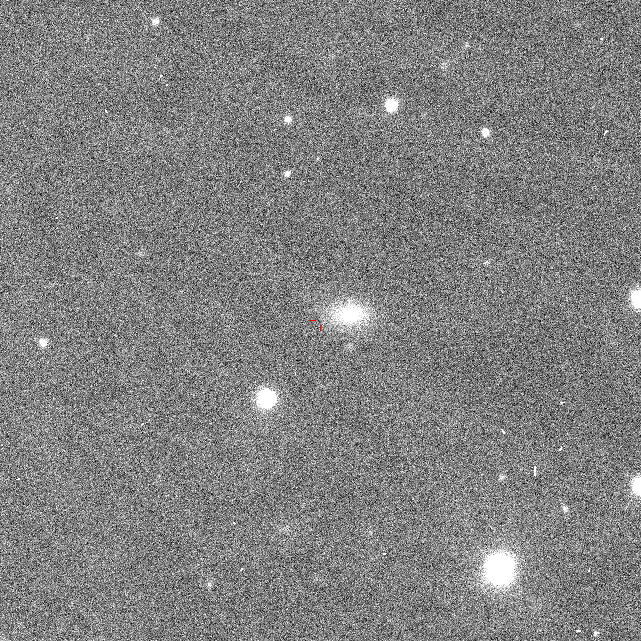
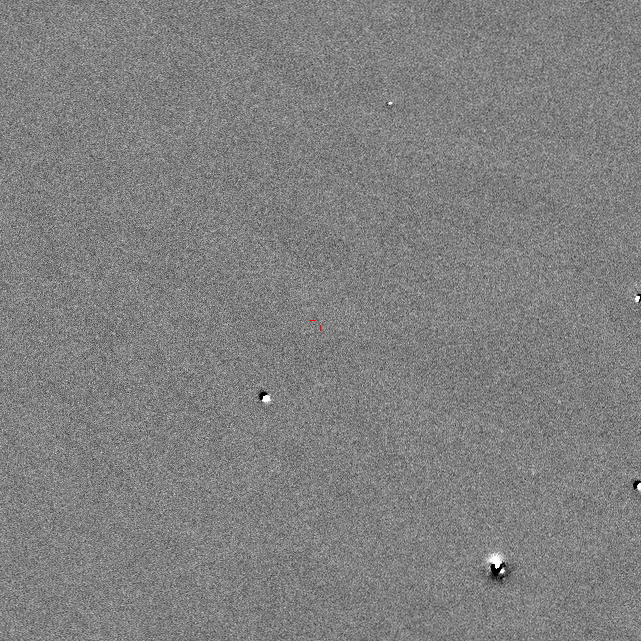
OGLE-2014-SN-022 Ra,Dec= 4:03:27.76 -72:11:27.0 HJD_max= 6728.57155 2014-03-12.072 MBR145.13.195N color template ATel#5975 Disc_HJD= 2456713.56089 Disc_Imag= 17.31 class= IIn 0.024 Offset= - Phot.class= -

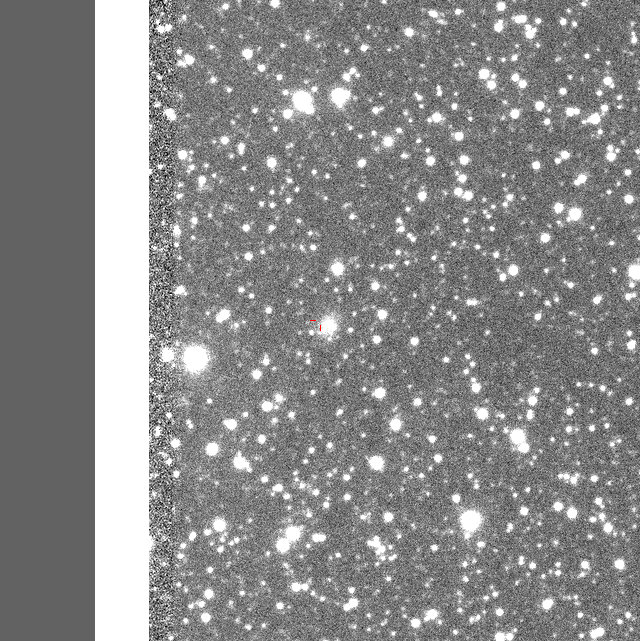
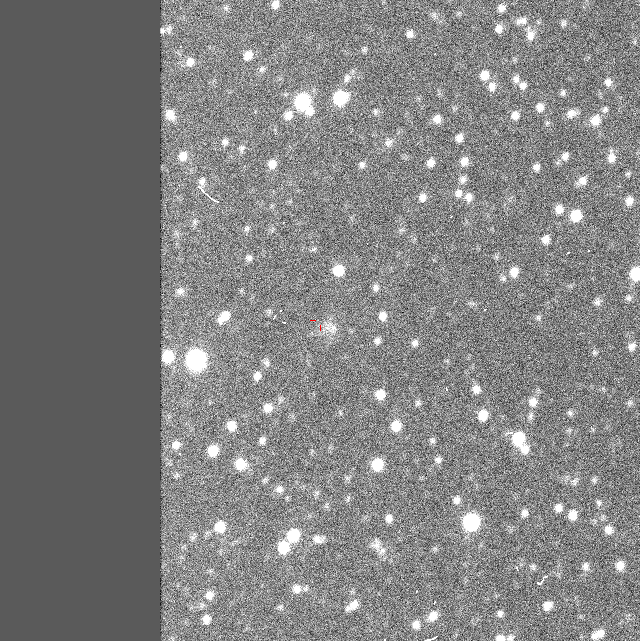
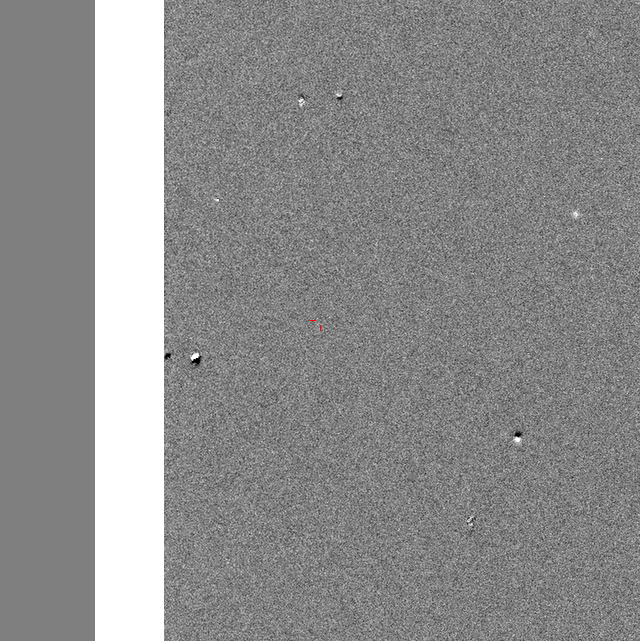
OGLE-2014-SN-021 Ra,Dec= 5:48:23.49 -66:47:29.7 HJD_max= 6712.66078 2014-02-24.161 LMC555.18.230N color template ATel#5916 Disc_HJD= 2456712.66078 Disc_Imag= 17.92 class= Ia 0.039 Offset= - Phot.class= -
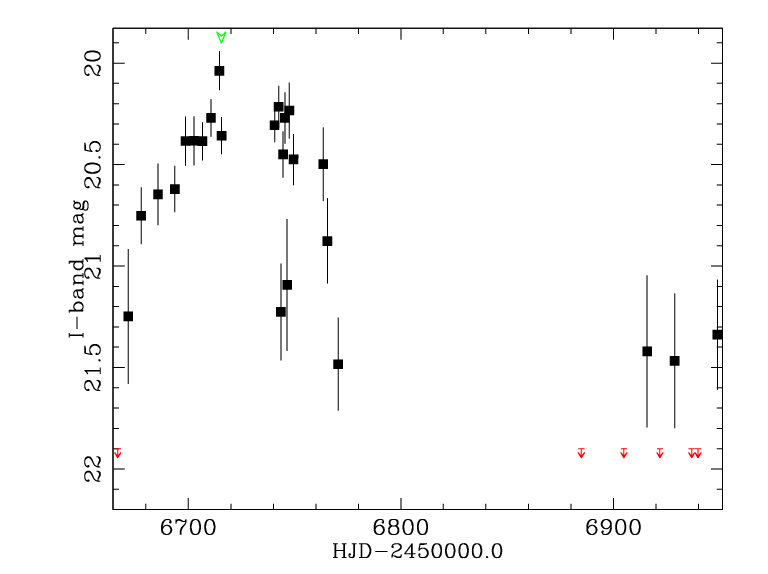
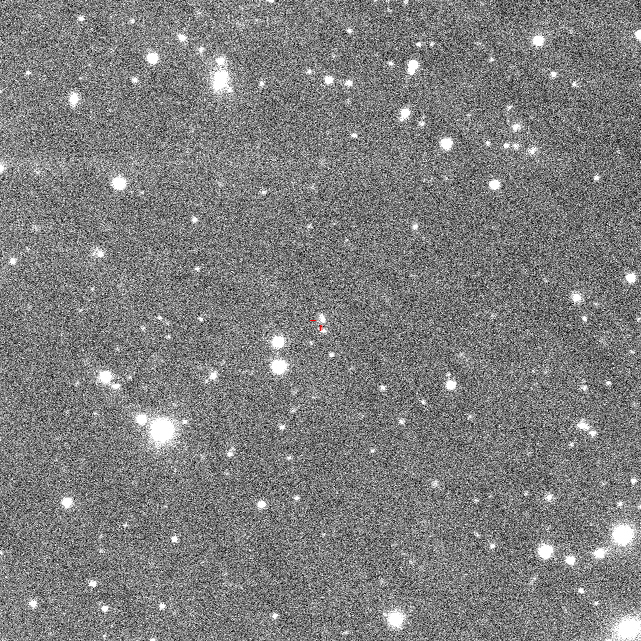
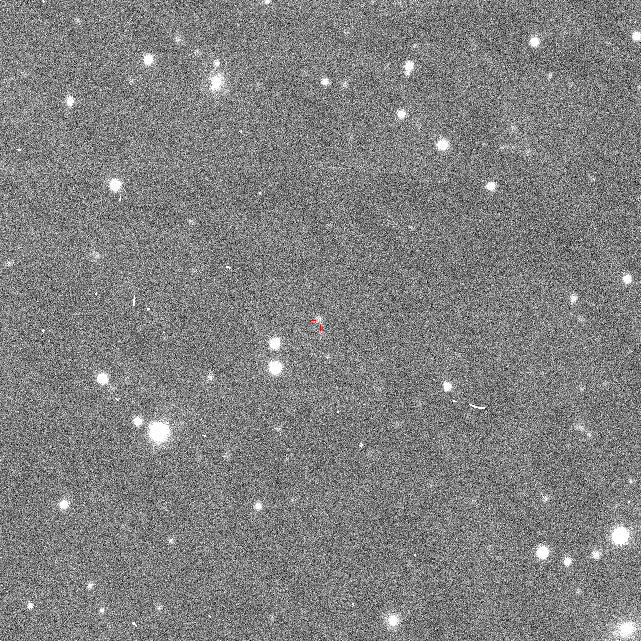
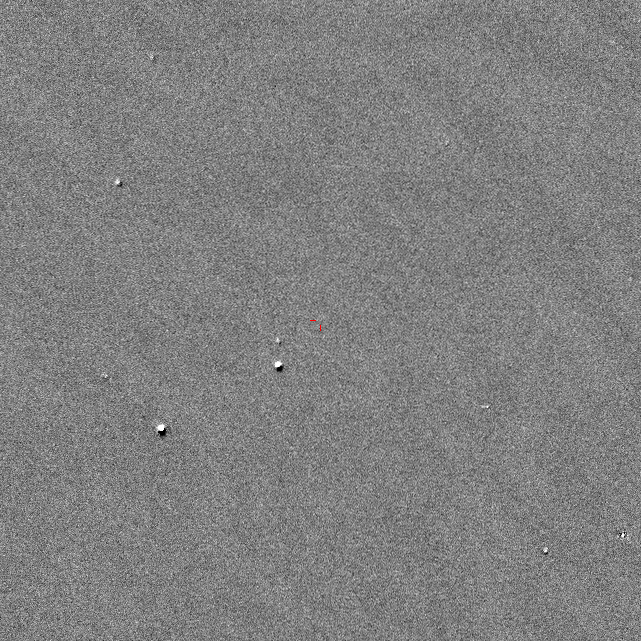
OGLE-2014-SN-020 Ra,Dec= 6:24:30.22 -73:58:10.6 HJD_max= 6714.65707 2014-02-26.157 LMC577.21.2359 color template ATel#5916 Disc_HJD= 2456710.63295 Disc_Imag= 20.27 class= II 0.076 Offset= - Phot.class= -
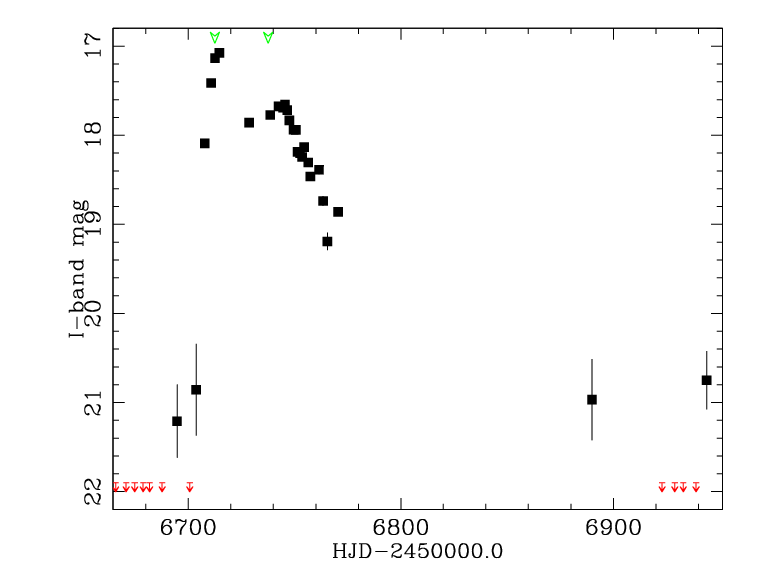
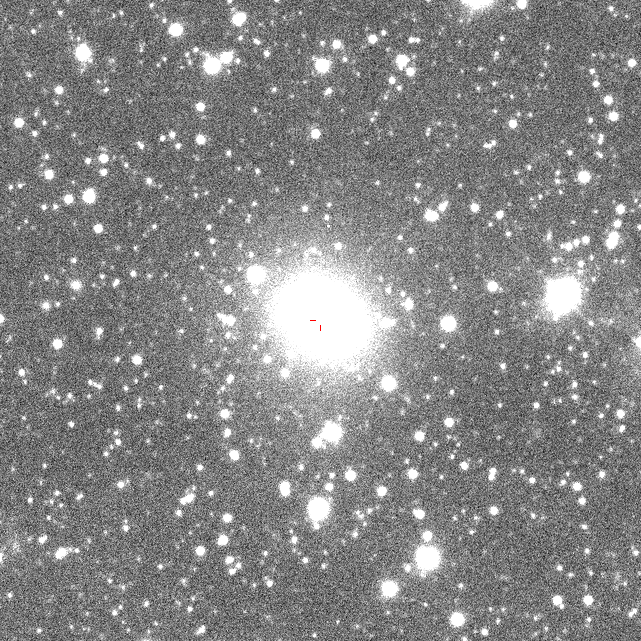
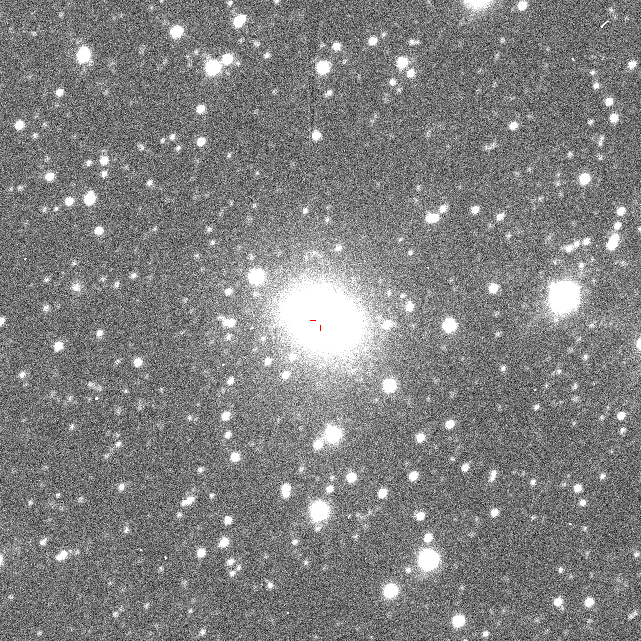
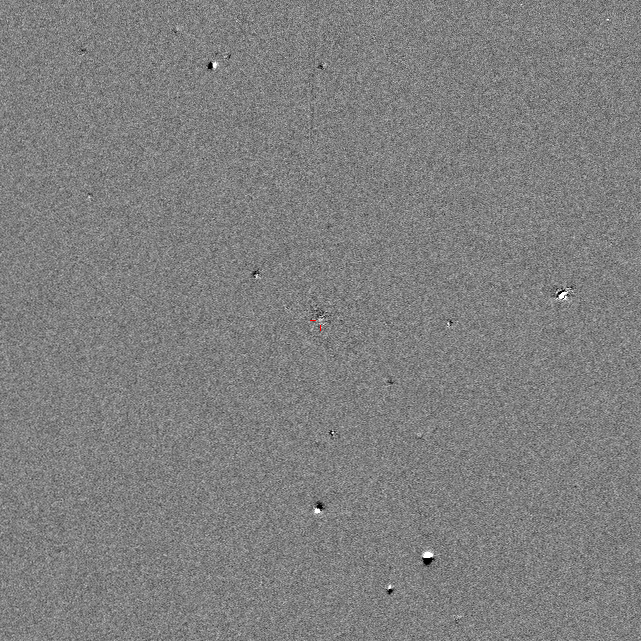
OGLE-2014-SN-019 Ra,Dec= 6:13:48.04 -67:55:15.0 HJD_max= 6714.69008 2014-02-26.190 LMC609.07.75N color template ATel#5916 Disc_HJD= 2456710.70958 Disc_Imag= 17.41 class= Ia 0.04 Offset= - Phot.class= -
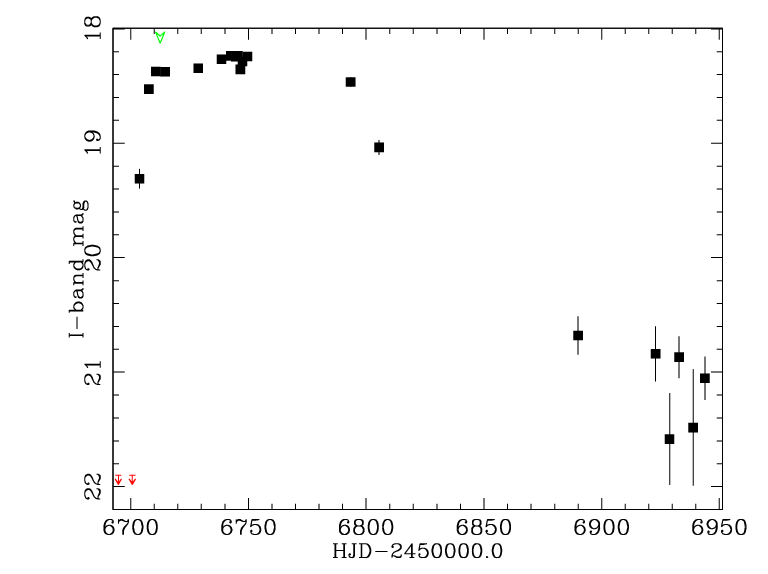

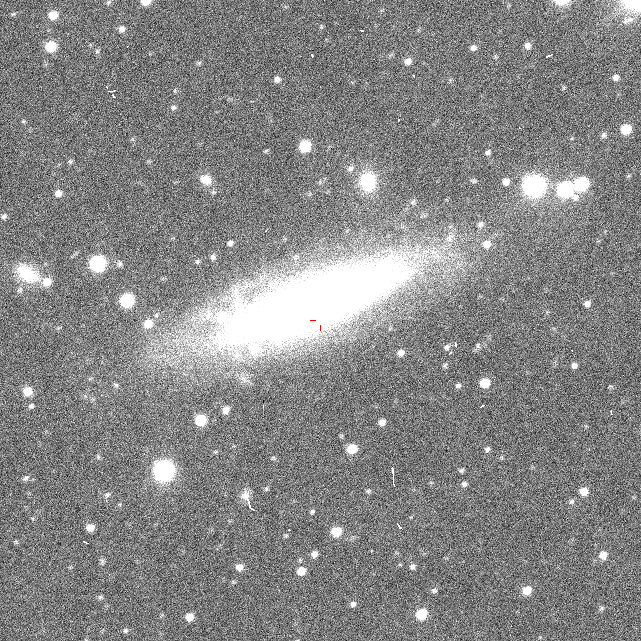
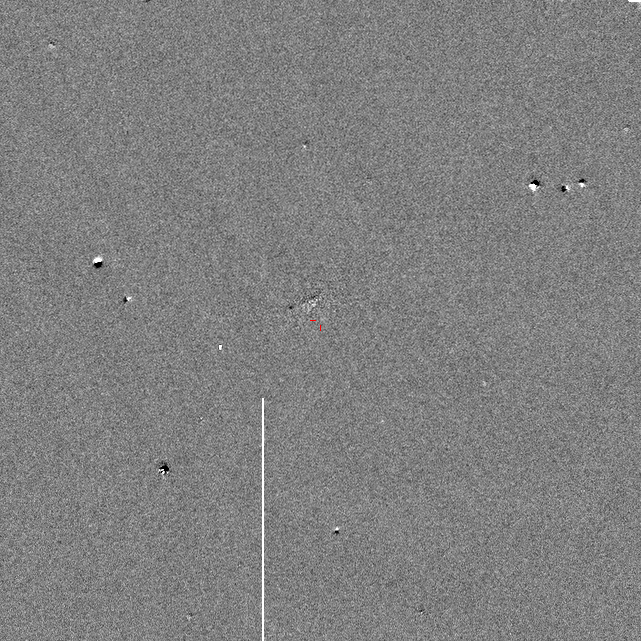
OGLE-2014-SN-018 Ra,Dec= 6:18:20.35 -66:01:08.0 HJD_max= 6742.57938 2014-03-26.079 LMC608.19.61N color template ATel#5916 Disc_HJD= 2456710.70753 Disc_Imag= 18.37 class= II 0.03 Offset= - Phot.class= -
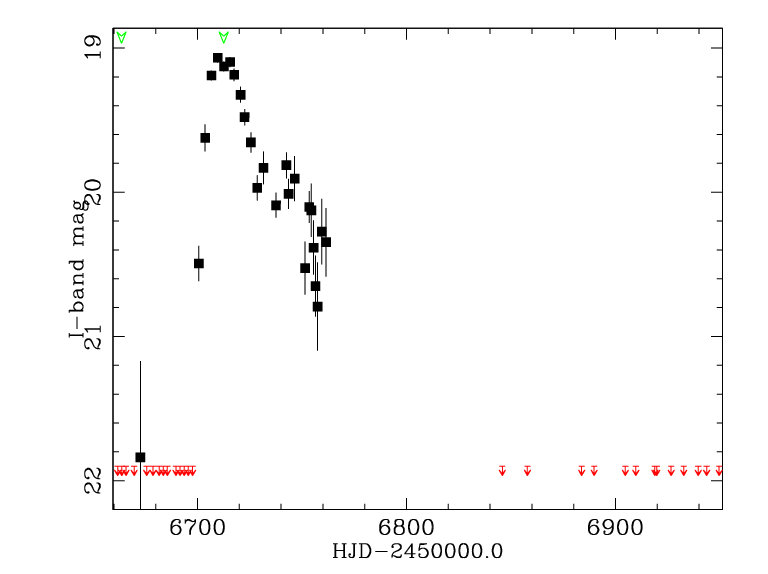
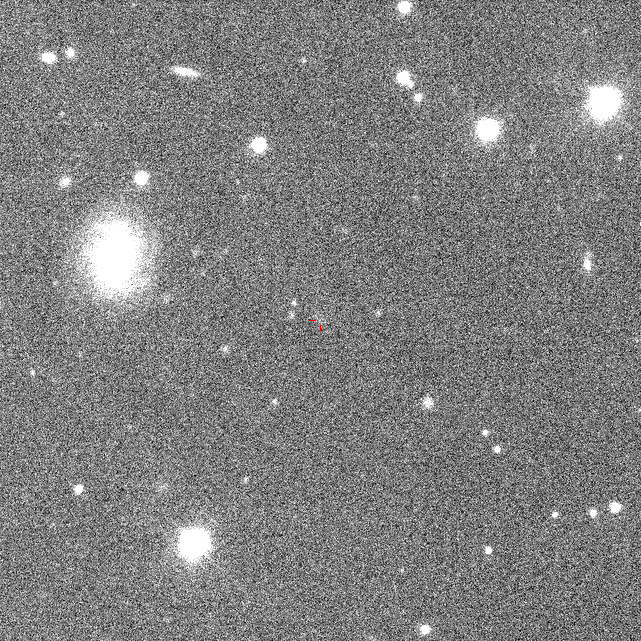
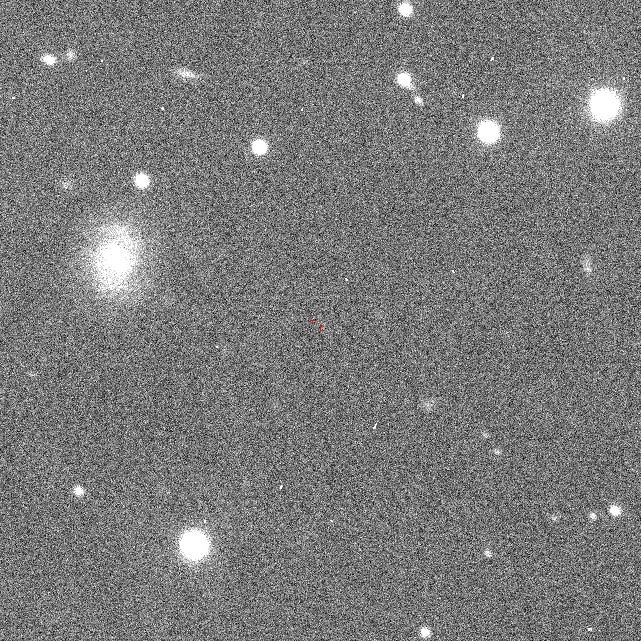
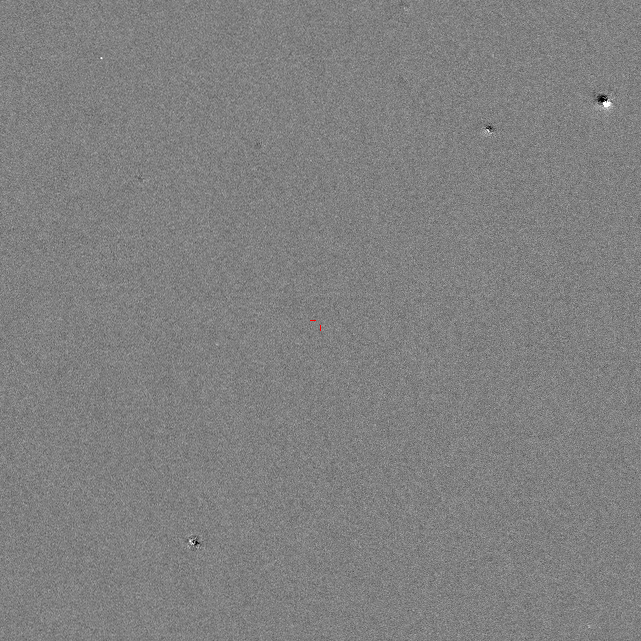
OGLE-2014-SN-017 Ra,Dec= 3:30:32.38 -63:43:16.1 HJD_max= 6709.61149 2014-02-21.111 MBR218.07.74N color template ATel#5916 Disc_HJD= 2456709.61149 Disc_Imag= 19.07 not classified Offset= - Phot.class= -
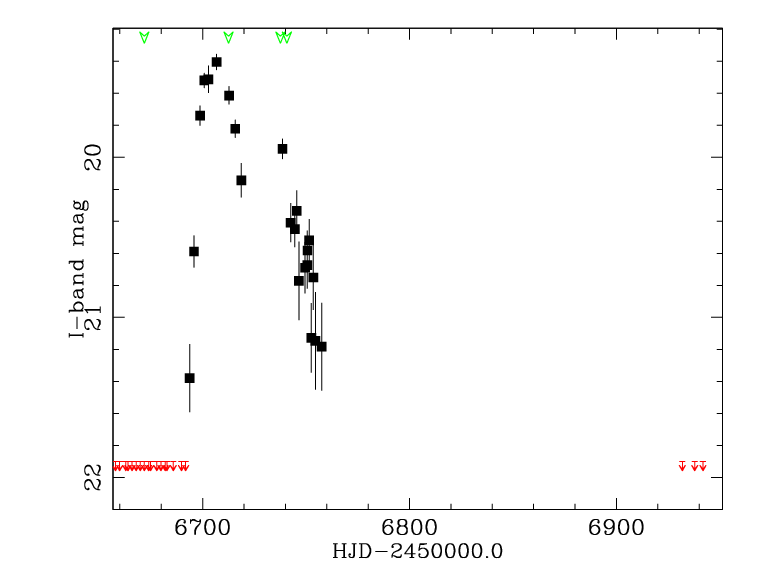
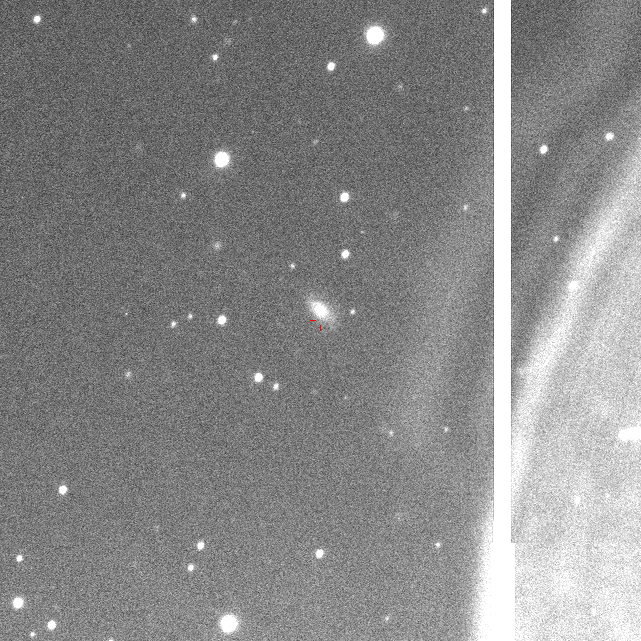

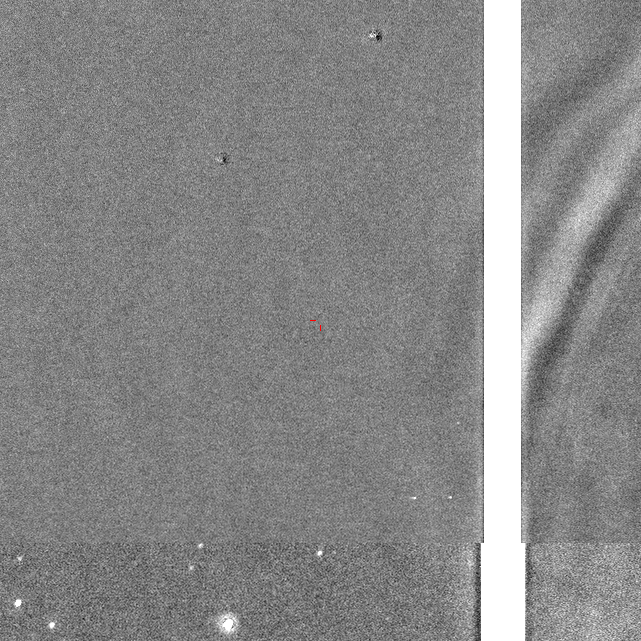
OGLE-2014-SN-016 Ra,Dec= 7:42:01.43 -72:29:41.4 HJD_max= 6706.74447 2014-02-18.244 LMC673.31.1107N color template ATel#5916 Disc_HJD= 2456706.74447 Disc_Imag= 19.41 class= Ia 0.07 Offset= - Phot.class= -
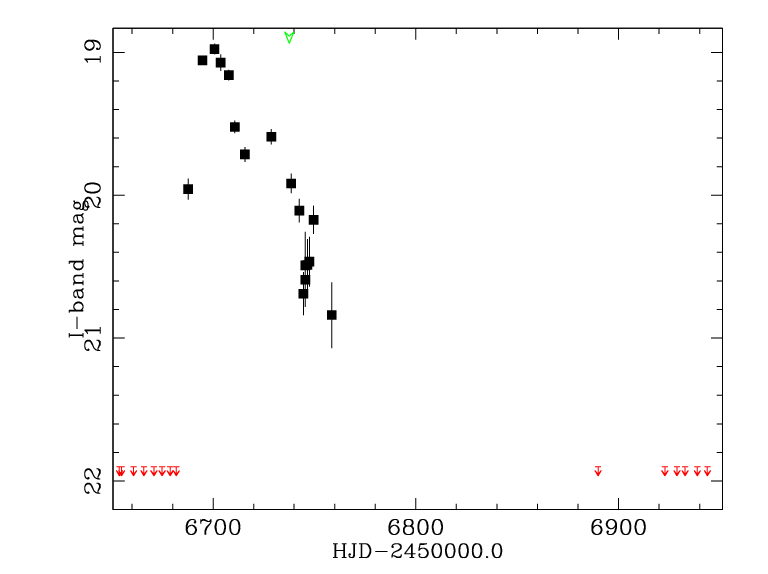
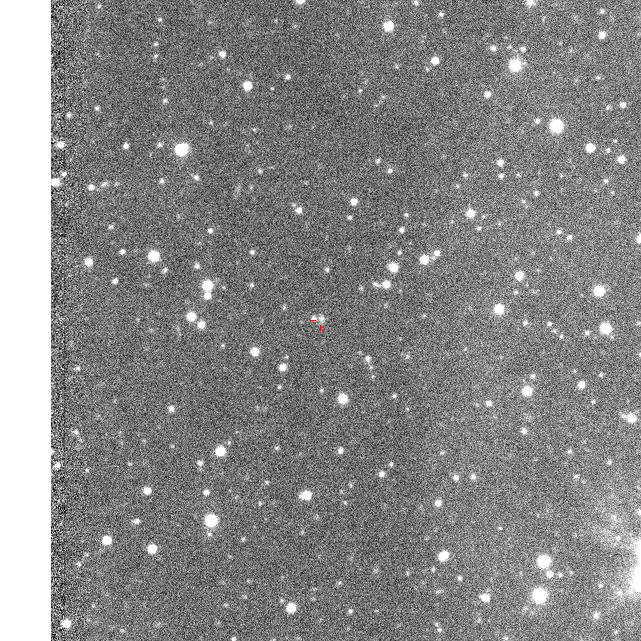
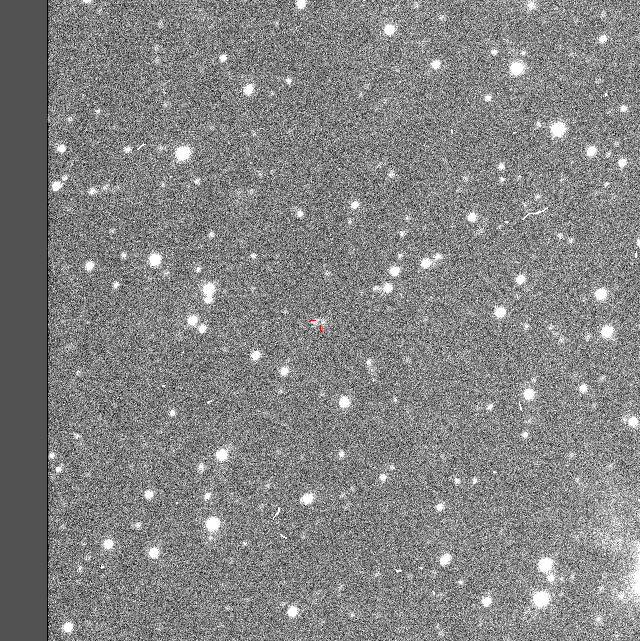
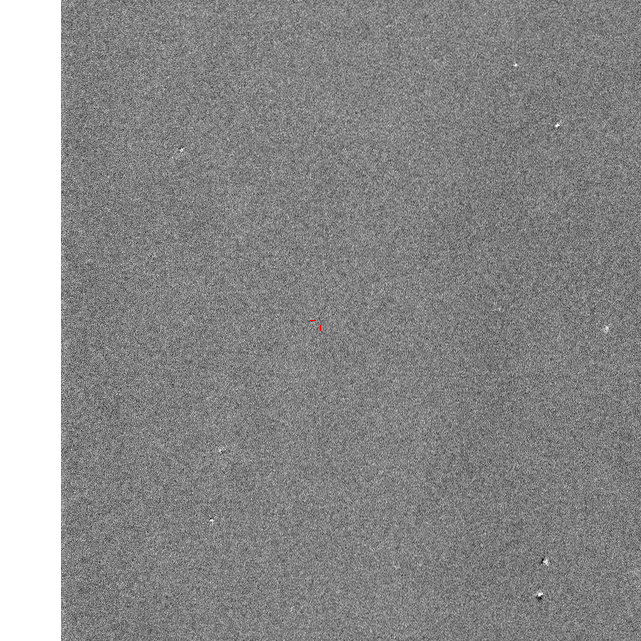
OGLE-2014-SN-015 Ra,Dec= 6:25:23.80 -68:34:20.3 HJD_max= 6700.70514 2014-02-12.205 LMC610.19.3006 color template ATel#5916 Disc_HJD= 2456700.70514 Disc_Imag= 18.98 not classified Offset= - Phot.class= -
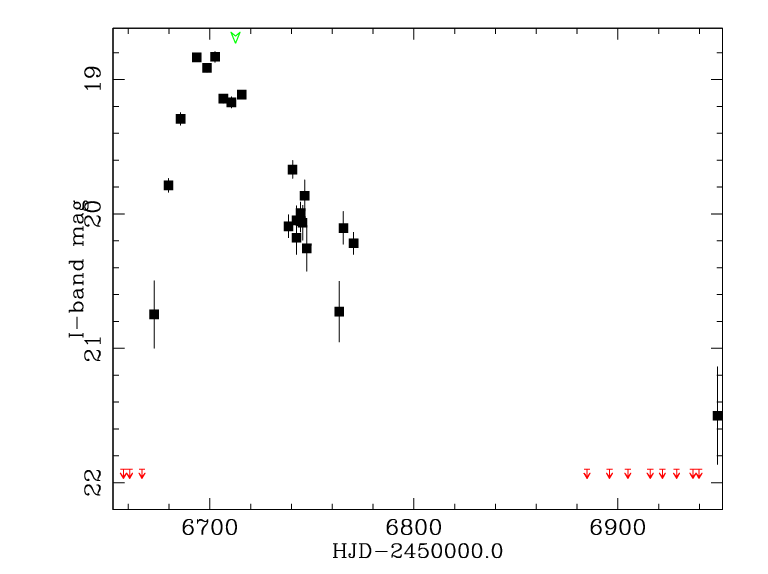
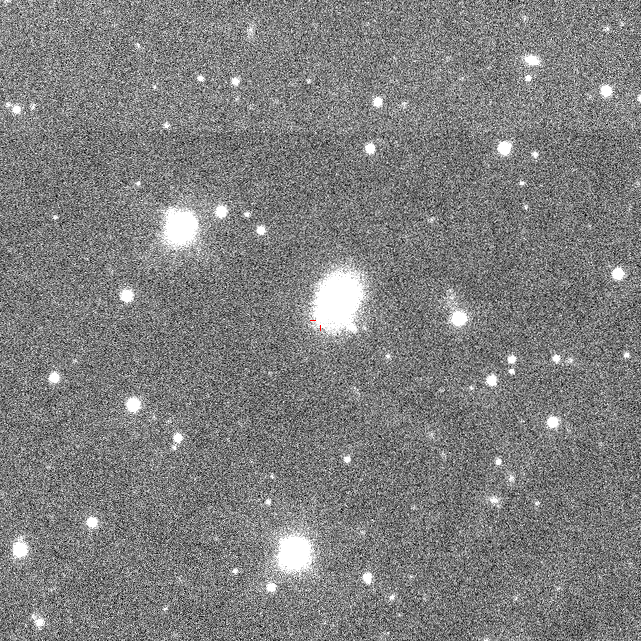
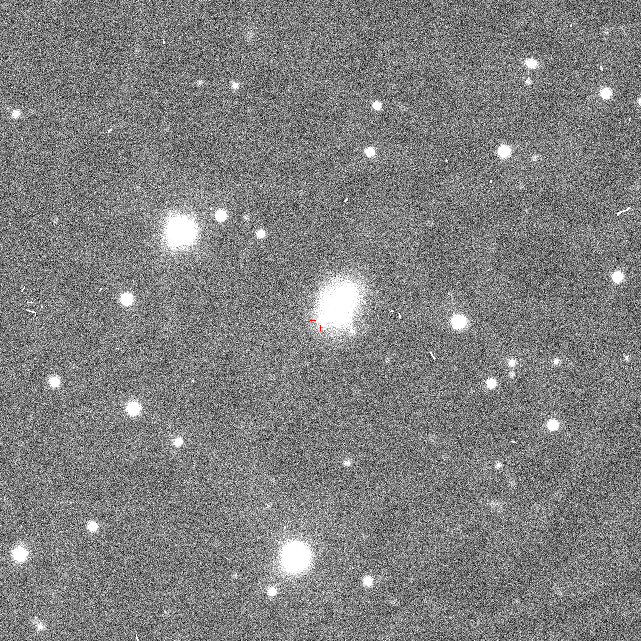
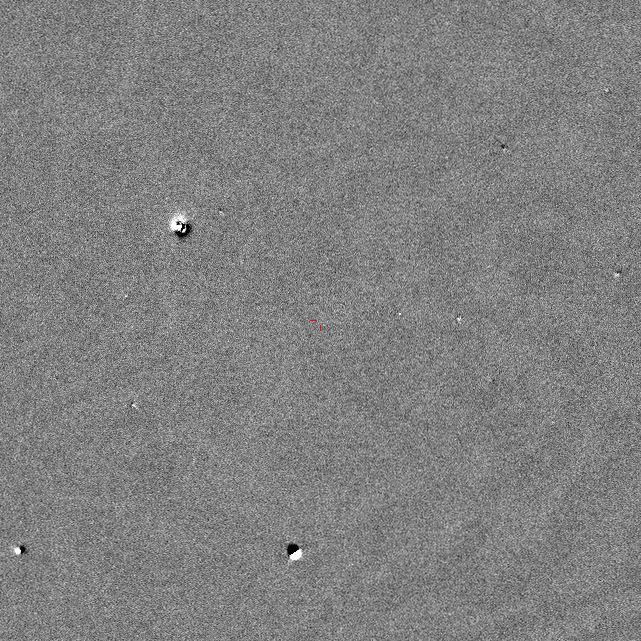
OGLE-2014-SN-014 Ra,Dec= 4:27:23.75 -74:42:11.1 HJD_max= 6702.64694 2014-02-14.147 LMC522.21.92N color template ATel#5875 Disc_HJD= 2456698.66286 Disc_Imag= 18.91 class= Ib 0.05 Offset= - Phot.class= -
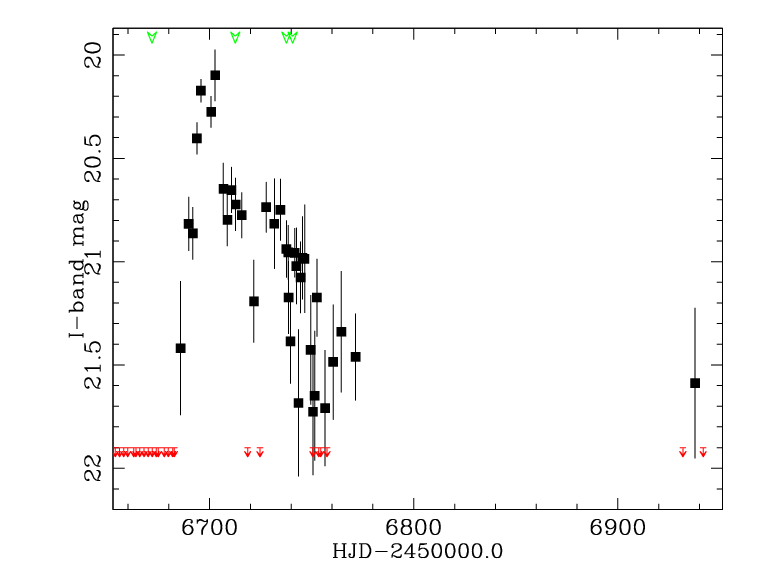
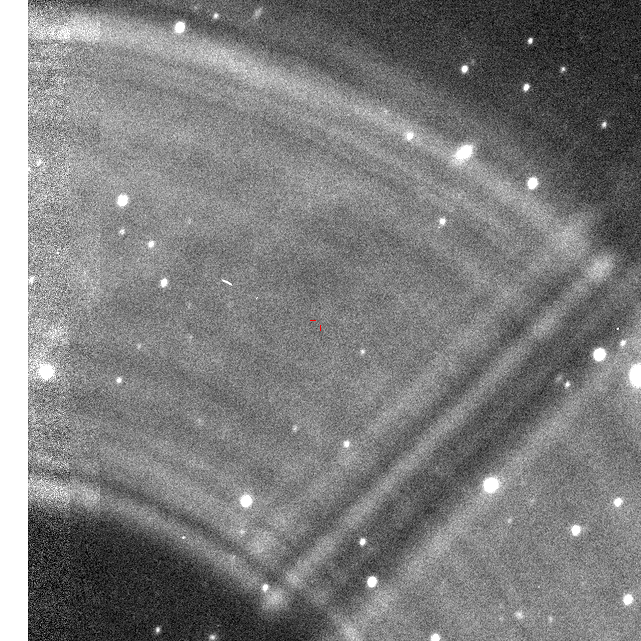
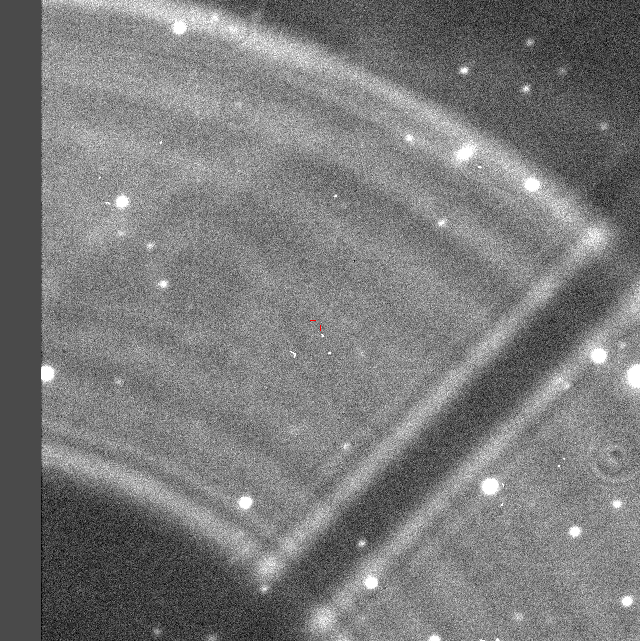
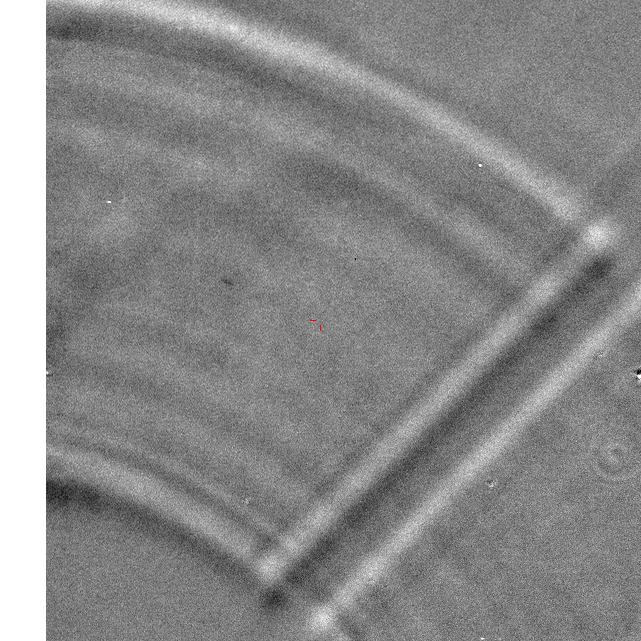
OGLE-2014-SN-013 Ra,Dec= 7:40:35.37 -72:28:17.1 HJD_max= 6702.75607 2014-02-14.256 LMC673.32.2006N color template ATel#5875 Disc_HJD= 2456695.76024 Disc_Imag= 20.17 not classified Offset= - Phot.class= -
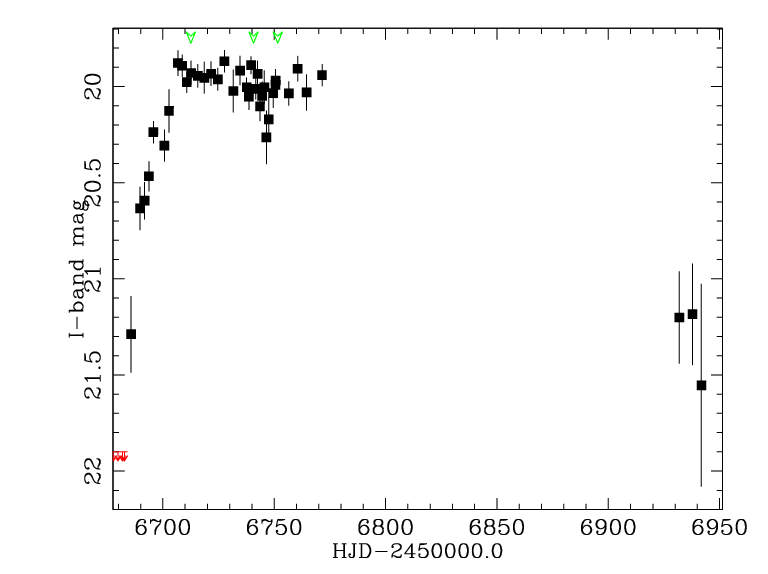
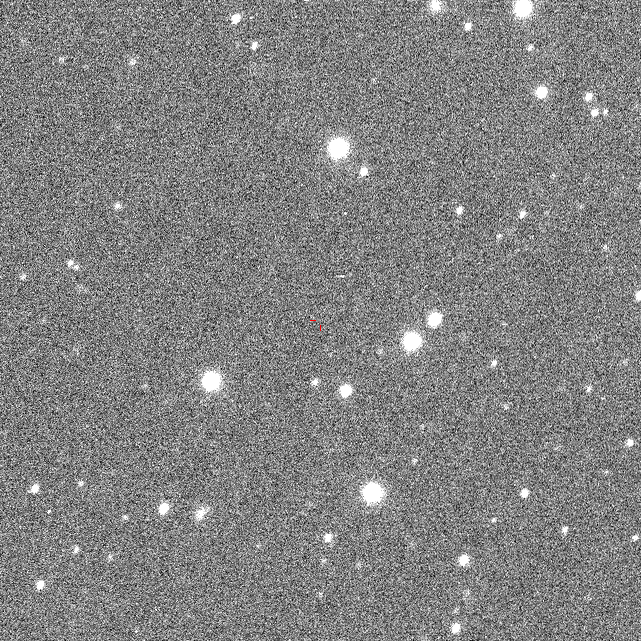

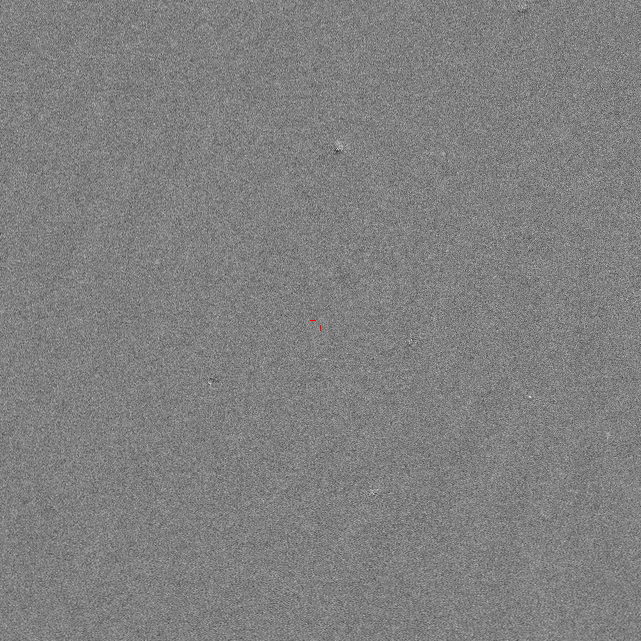
OGLE-2014-SN-012 Ra,Dec= 7:27:43.39 -69:20:35.0 HJD_max= 6727.69274 2014-03-11.193 LMC668.31.940N color template ATel#5875 Disc_HJD= 2456695.74927 Disc_Imag= 20.24 not classified Offset= - Phot.class= -
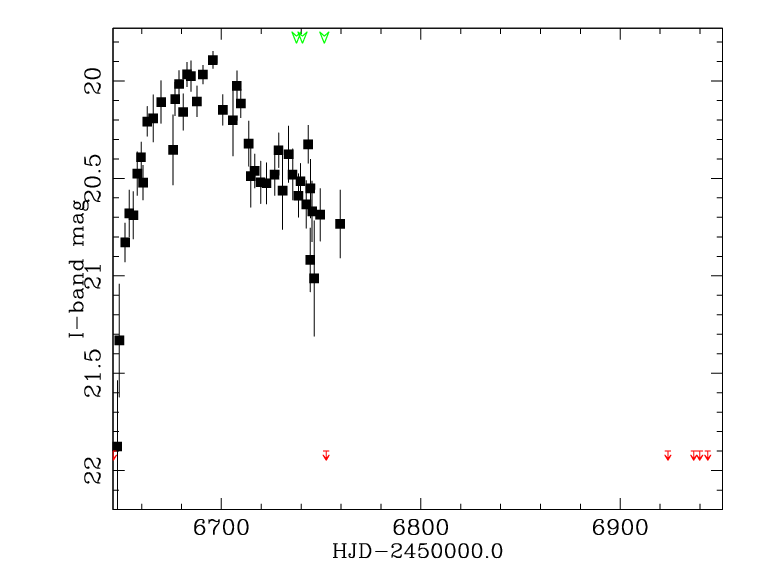
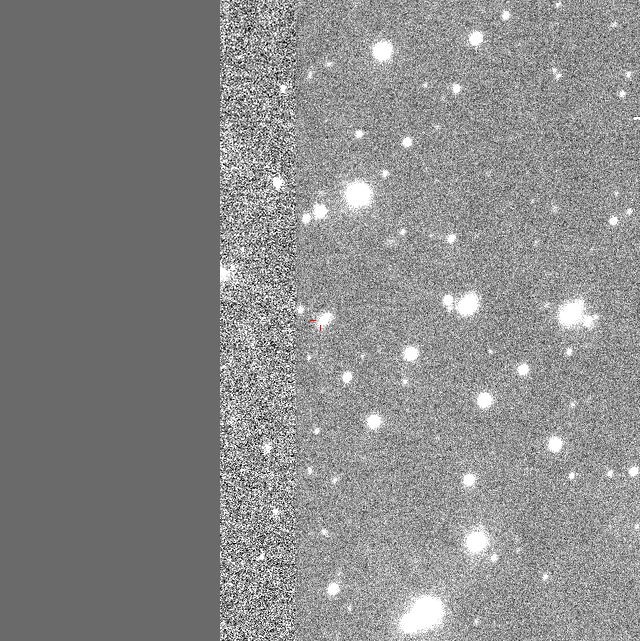
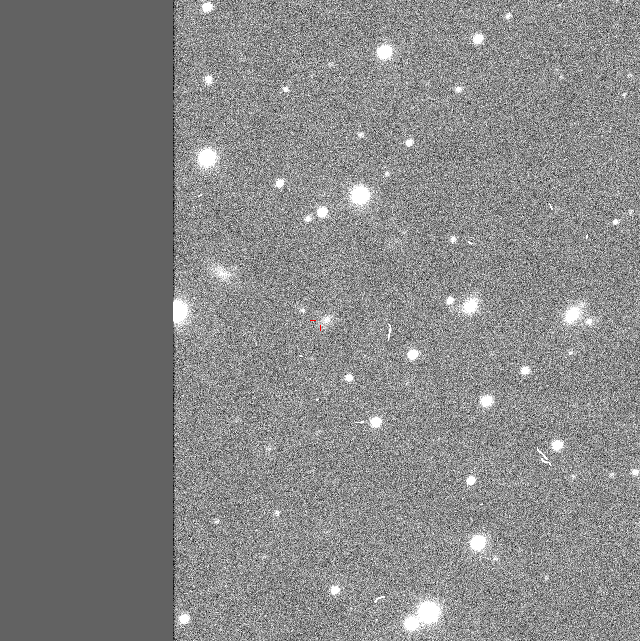
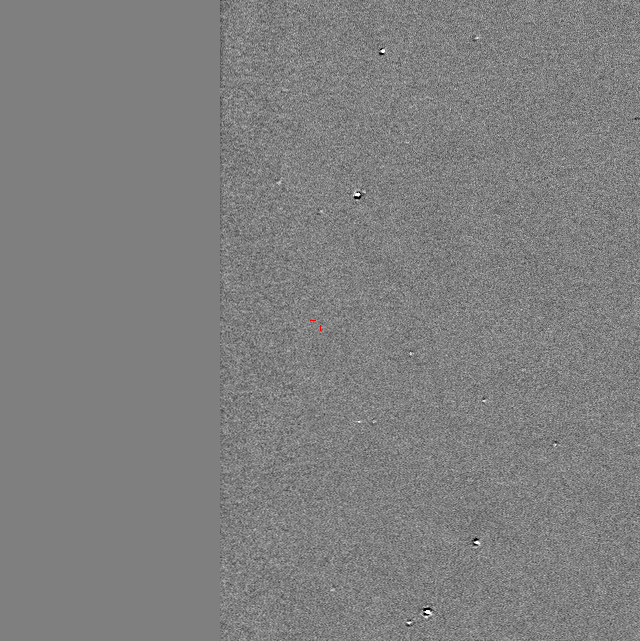
OGLE-2014-SN-011 Ra,Dec= 6:46:58.87 -69:57:24.8 HJD_max= 6695.72994 2014-02-07.230 LMC659.30.53N color template ATel#5875 Disc_HJD= 2456695.72994 Disc_Imag= 19.89 class= IIn 0.083 Offset= - Phot.class= -


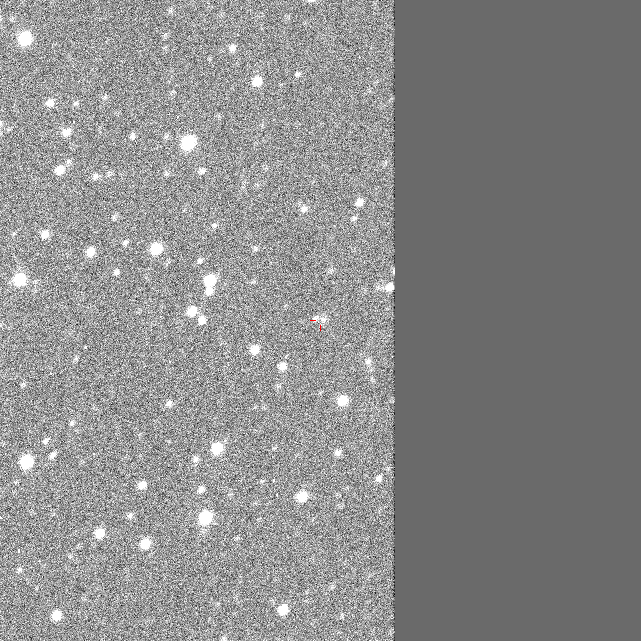
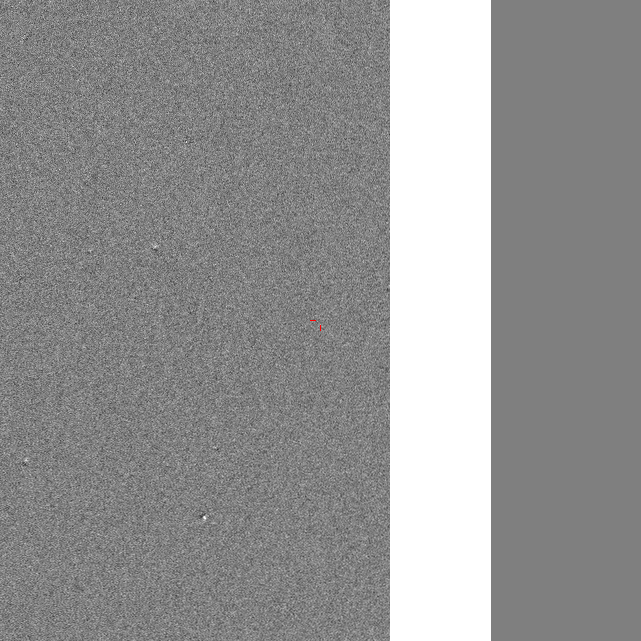
OGLE-2014-SN-010 Ra,Dec= 6:25:23.80 -68:34:20.3 HJD_max= 6694.77028 2014-02-06.270 LMC614.07.2860 color template ATel#5875 Disc_HJD= 2456694.77028 Disc_Imag= 18.95 class= Ia 0.081 Offset= - Phot.class= -
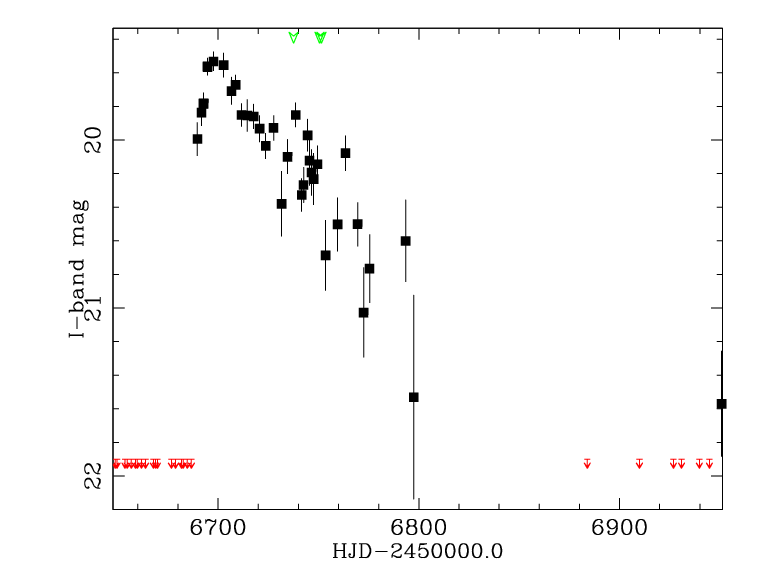
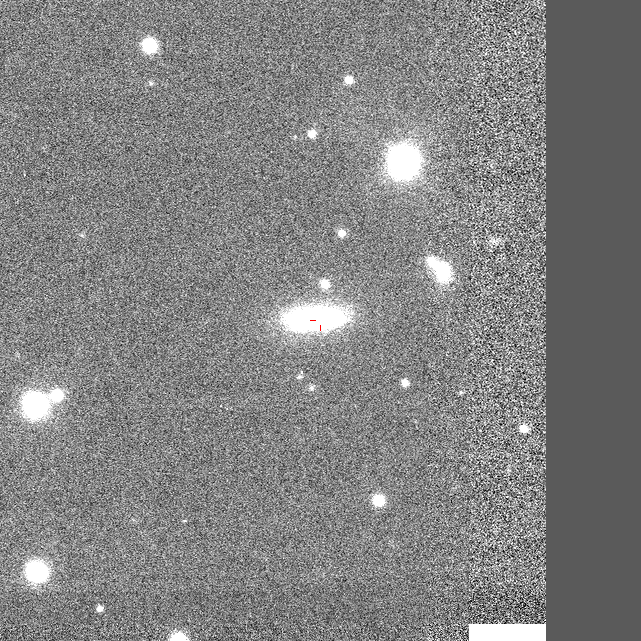
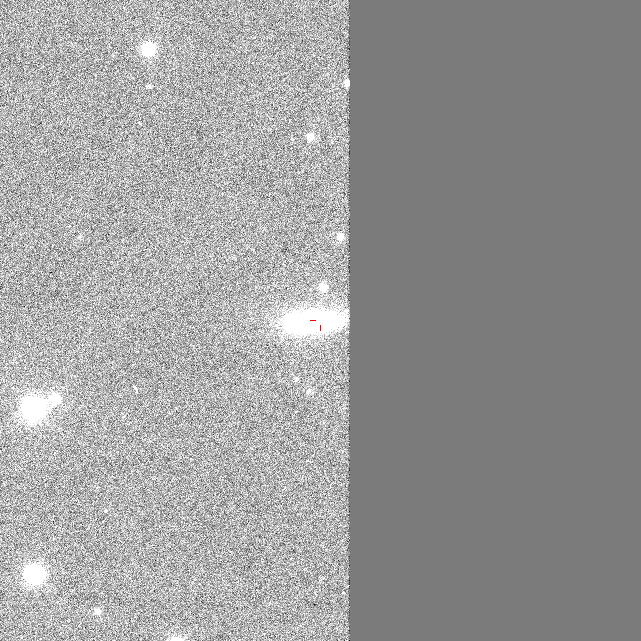
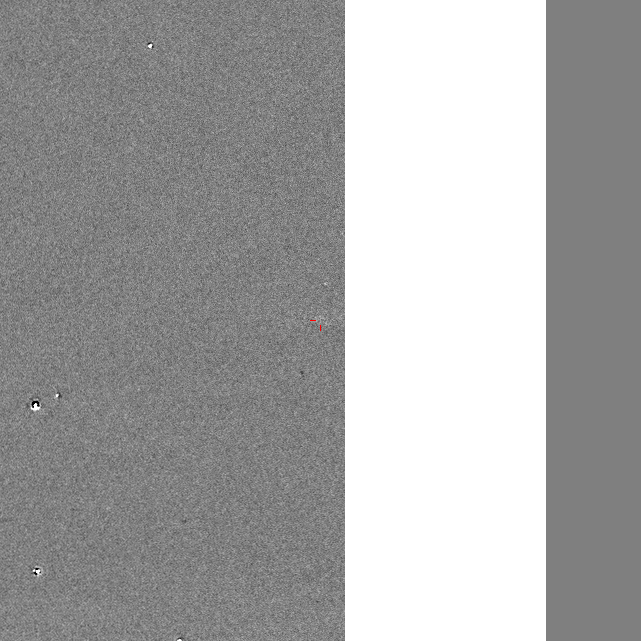
OGLE-2014-SN-009 Ra,Dec= 5:29:53.65 -53:53:16.6 HJD_max= 6697.73862 2014-02-09.239 LMC708.18.143N color template ATel#5875 Disc_HJD= 2456694.74193 Disc_Imag= 19.57 class= II 0.056 Offset= - Phot.class= -

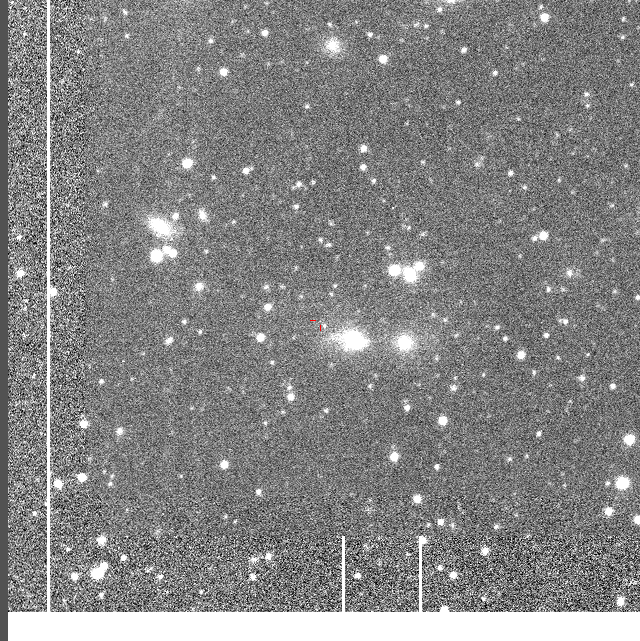
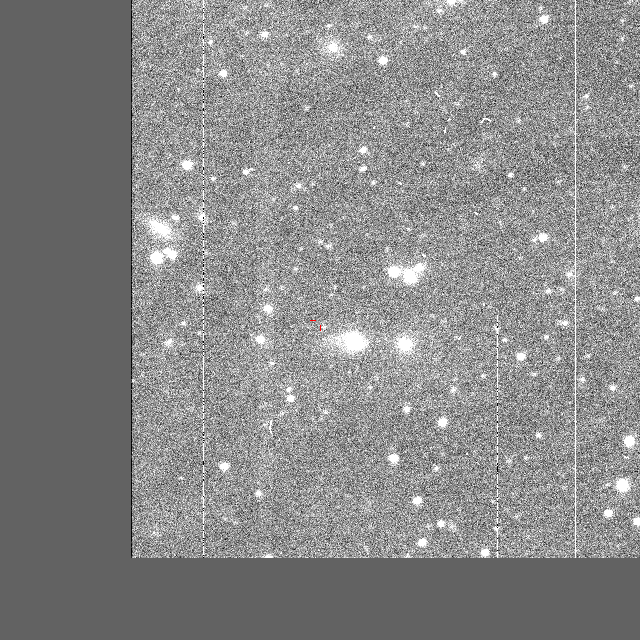

OGLE-2014-SN-008 Ra,Dec= 5:05:52.96 -63:44:54.4 HJD_max= 6688.71803 2014-01-31.218 LMC578.23.56N color template ATel#5875 Disc_HJD= 2456693.70282 Disc_Imag= 19.52 not classified Offset= - Phot.class= -
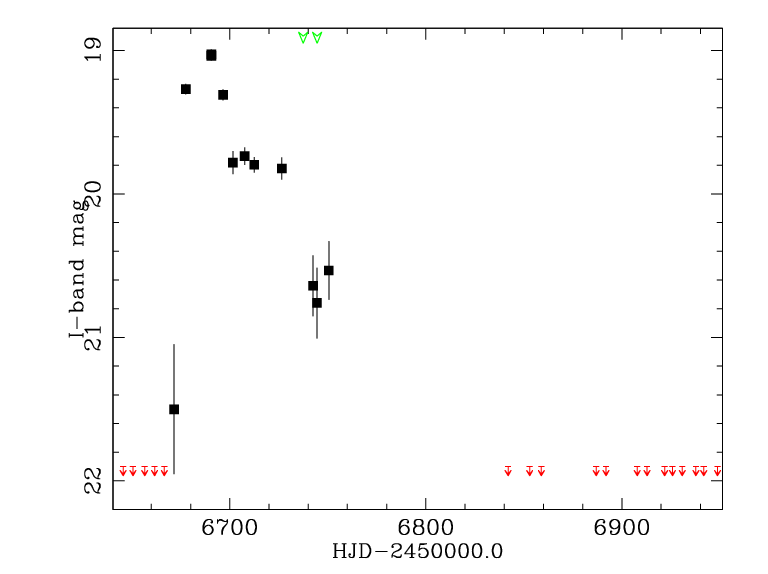

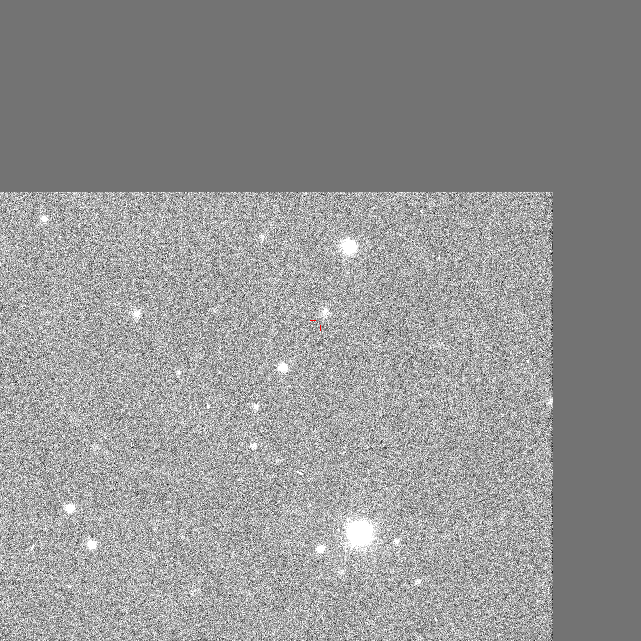
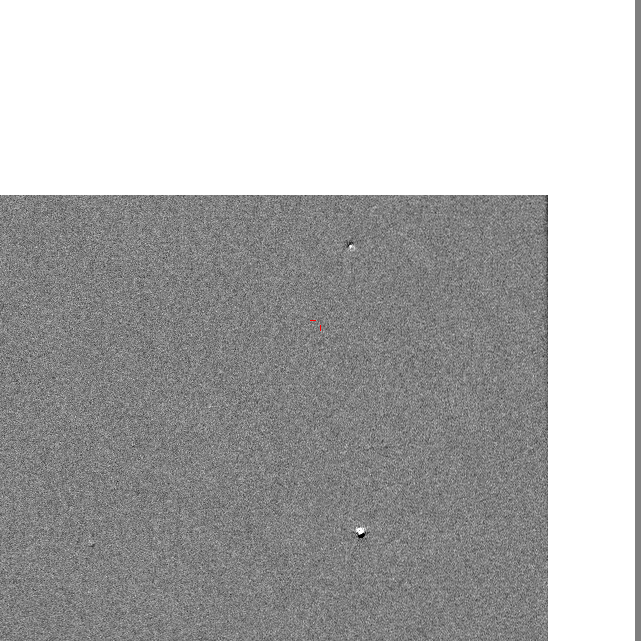
OGLE-2014-SN-007 Ra,Dec= 2:29:31.88 -72:14:03.7 HJD_max= 6690.54118 2014-02-02.041 MBR117.07.95N color template ATel#5875 Disc_HJD= 2456690.54118 Disc_Imag= 19.04 not classified Offset= - Phot.class= -
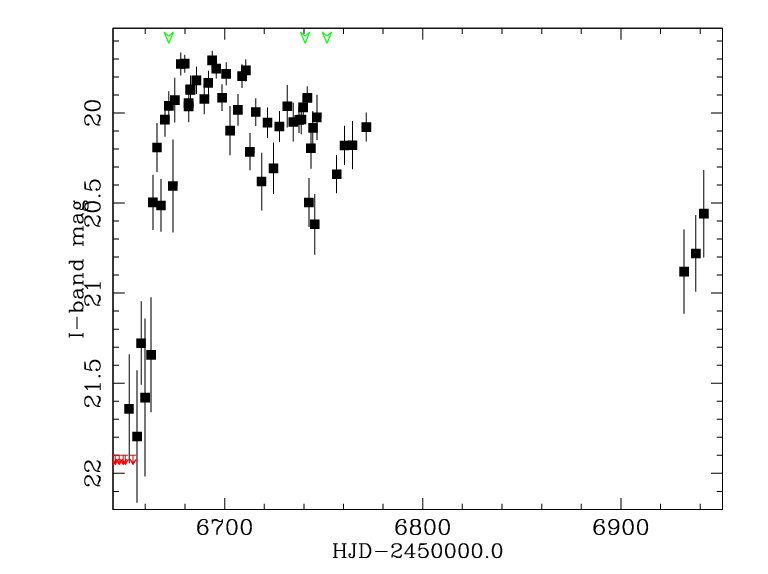
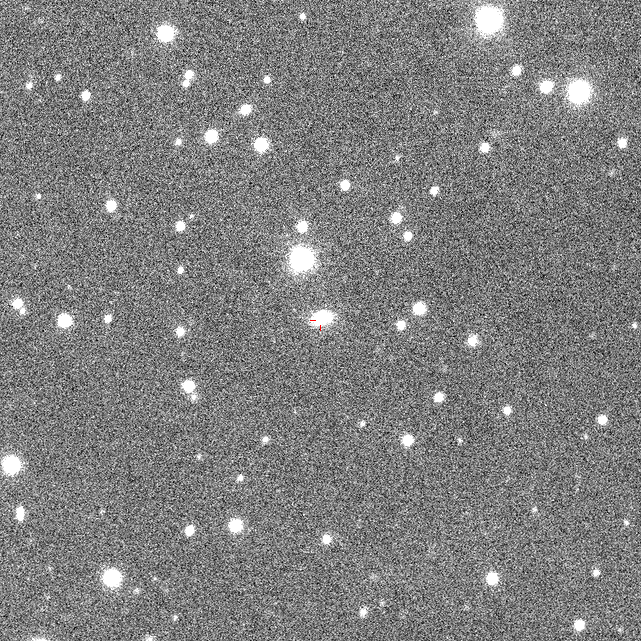
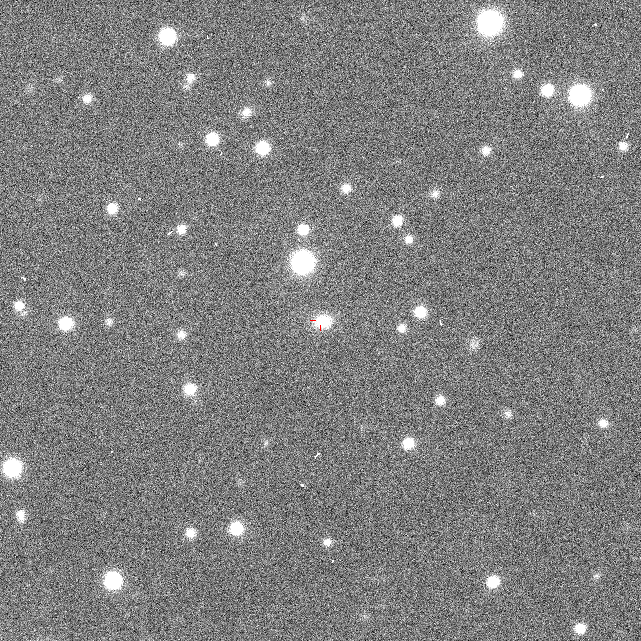
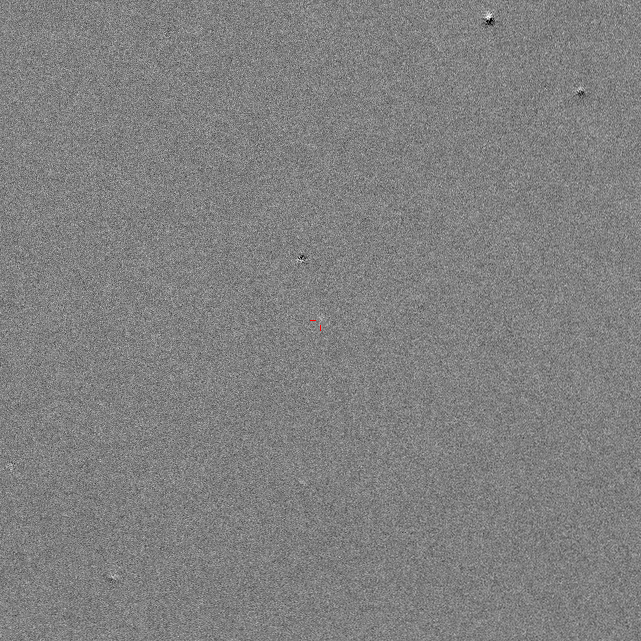
OGLE-2014-SN-006 Ra,Dec= 7:45:41.68 -70:18:58.4 HJD_max= 6693.74858 2014-02-05.249 LMC671.21.46N color template ATel#5817 Disc_HJD= 2456682.74720 Disc_Imag= 19.87 not classified Offset= - Phot.class= -
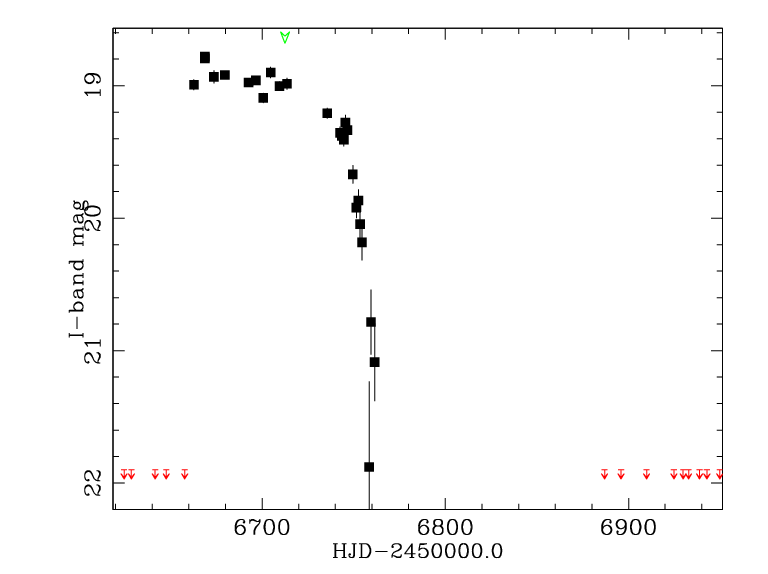
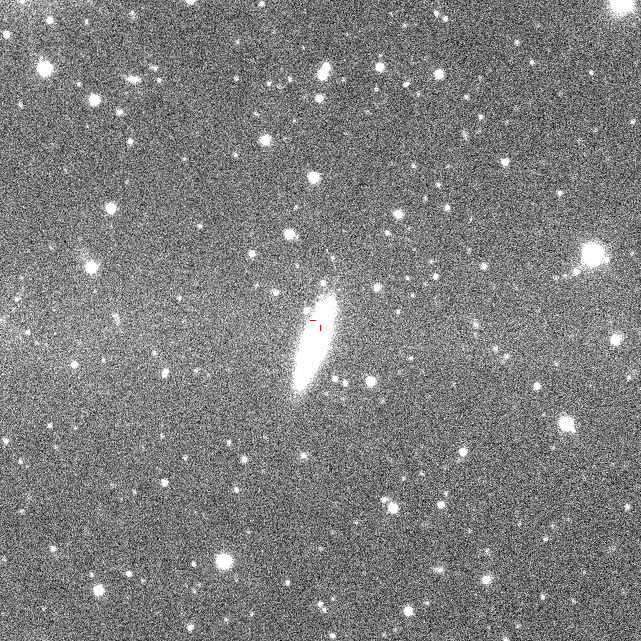
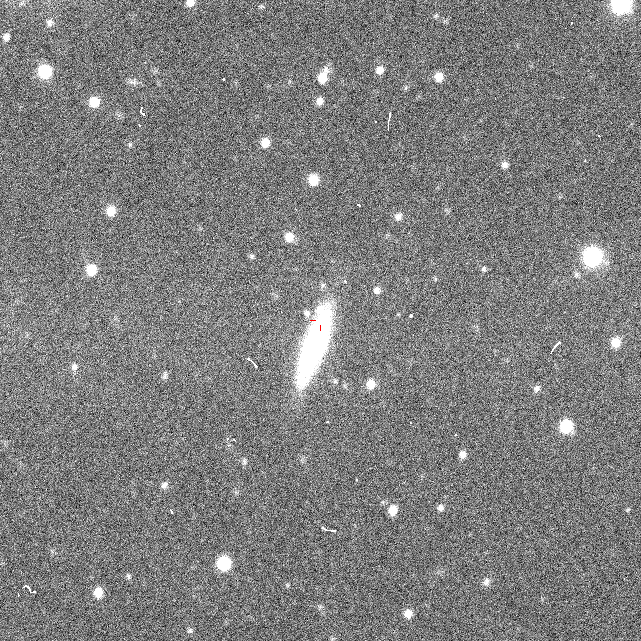
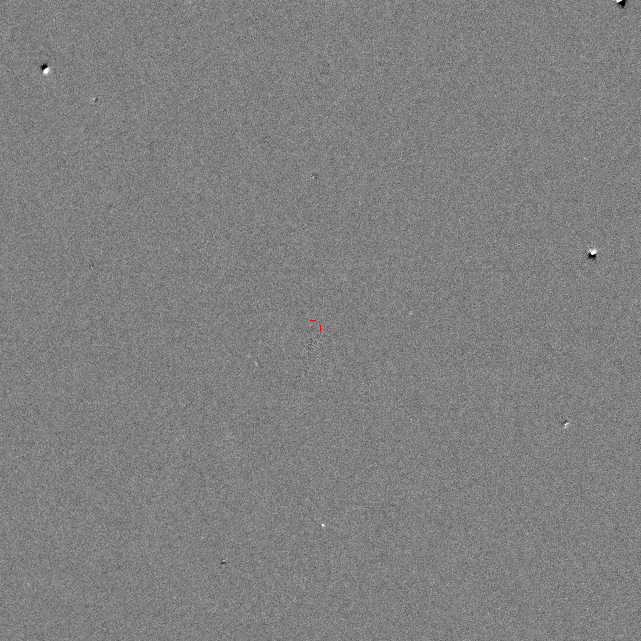
OGLE-2014-SN-004 Ra,Dec= 4:38:36.94 -65:31:29.8 HJD_max= 6668.74436 2014-01-11.244 LMC549.18.139N color template ATel#5817 Disc_HJD= 2456668.76158 Disc_Imag= 18.79 class= IIP 0.03 Offset= - Phot.class= -
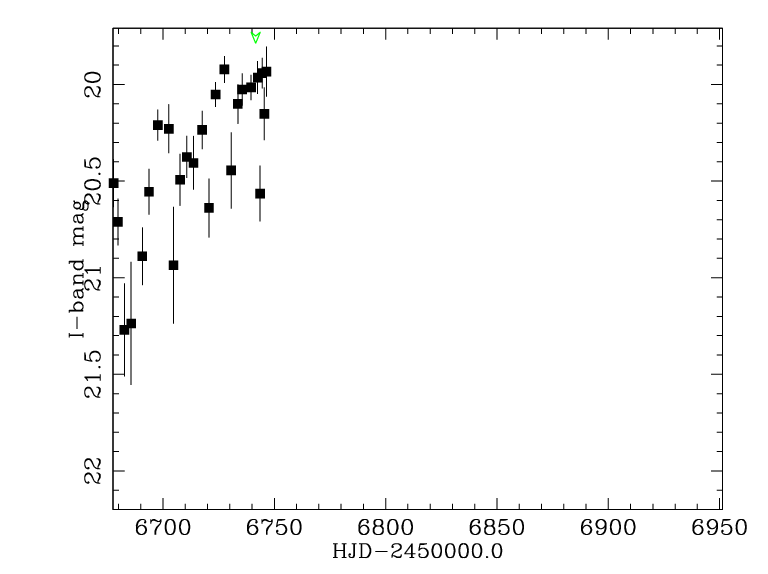
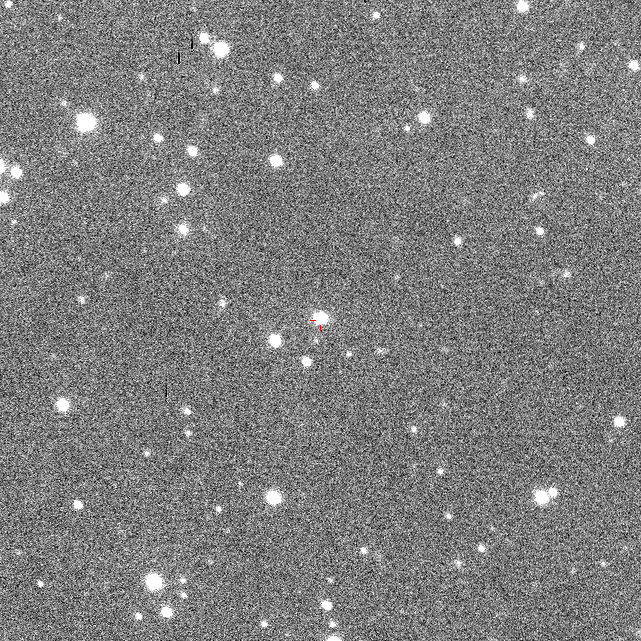
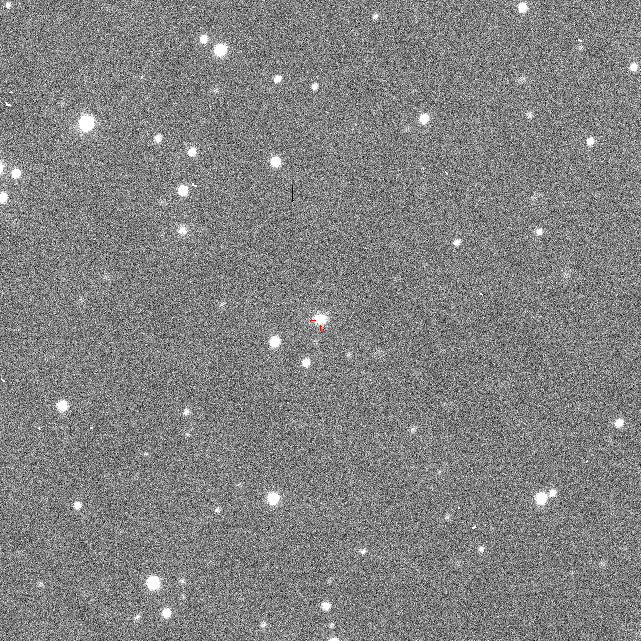
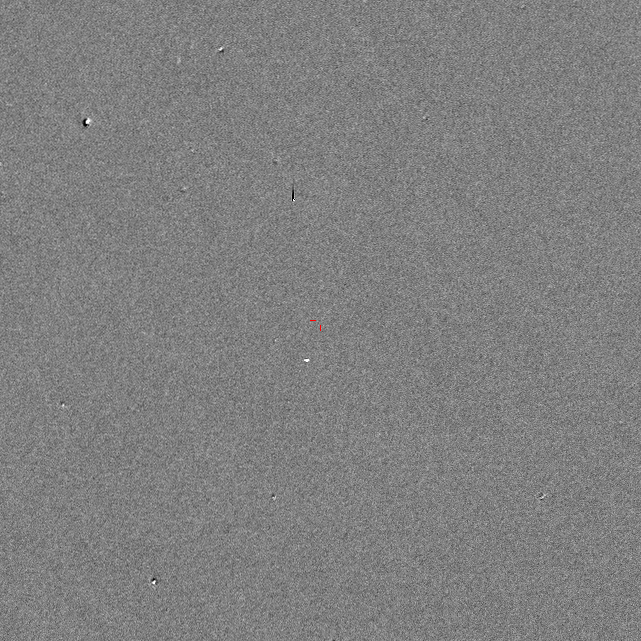
OGLE-2013-SN-154 Ra,Dec= 6:14:28.06 -75:23:53.3 HJD_max= 6727.62682 2014-03-11.127 LMC654.04.36N color template ATel#5709 Disc_HJD= 2456657.67448 Disc_Imag= 20.49 not classified Offset= - Phot.class= -
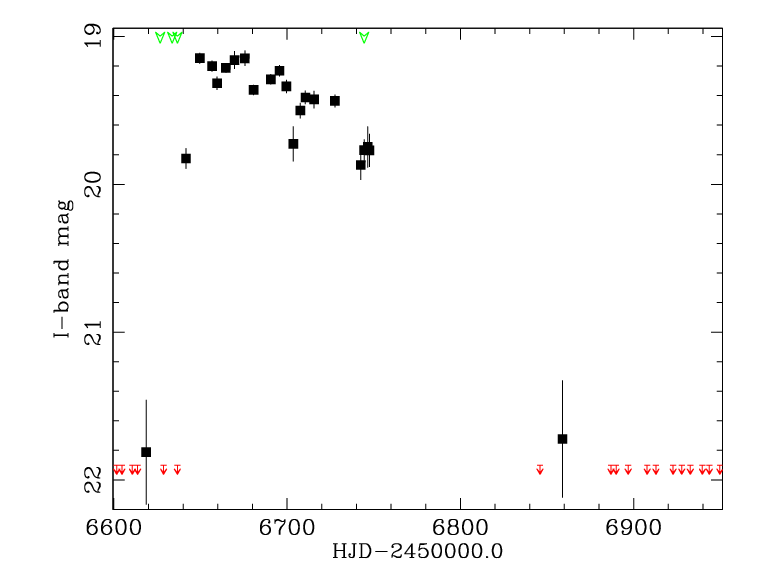
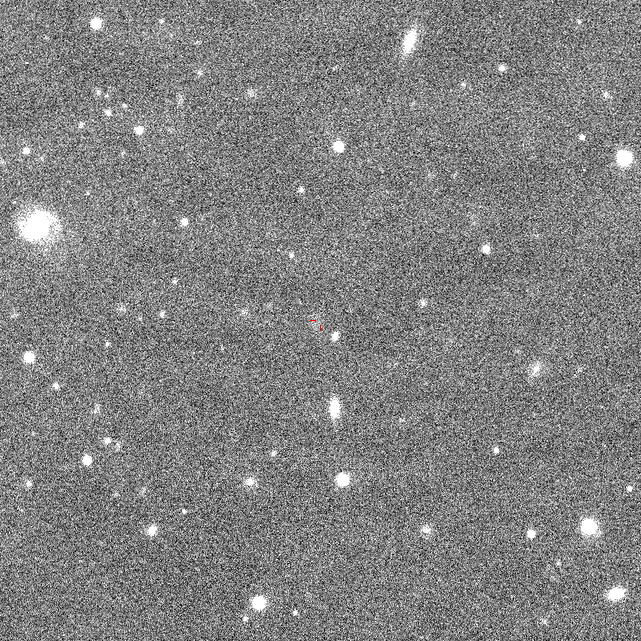
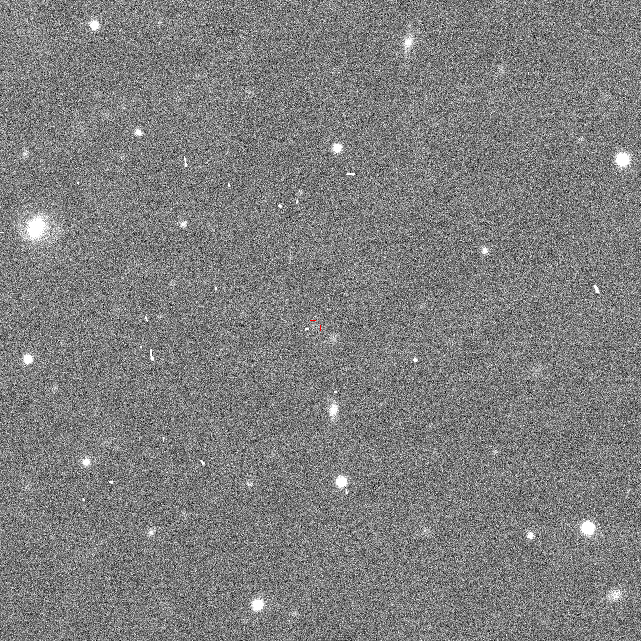
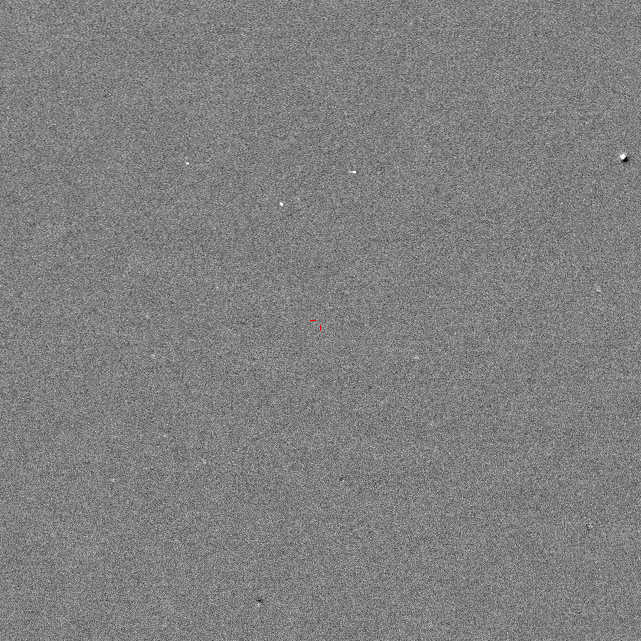
OGLE-2013-SN-152 Ra,Dec= 3:33:38.89 -75:21:16.8 HJD_max= 6649.62789 2013-12-23.128 MBR134.03.729N color template ATel#5709 Disc_HJD= 2456656.64804 Disc_Imag= 19.20 not classified Offset= - Phot.class= -
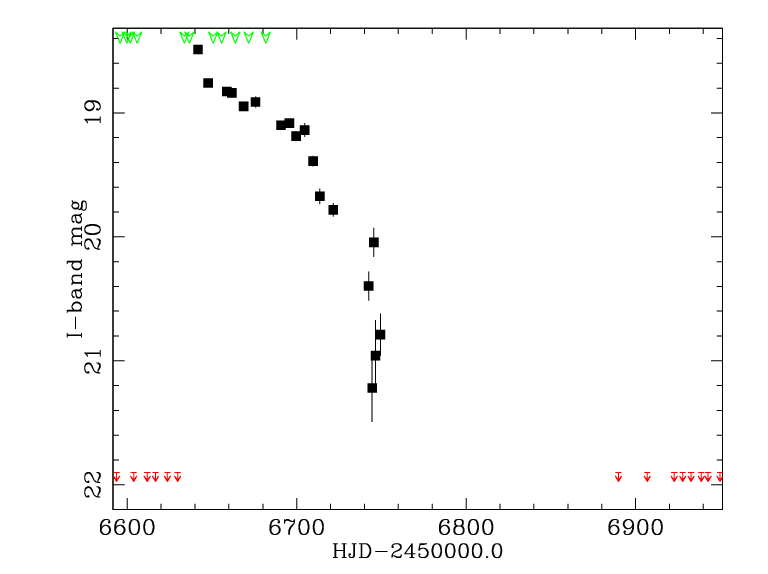
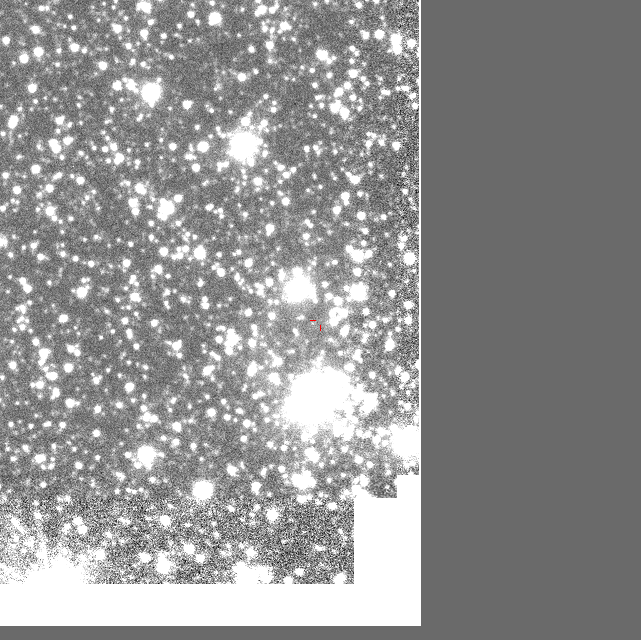

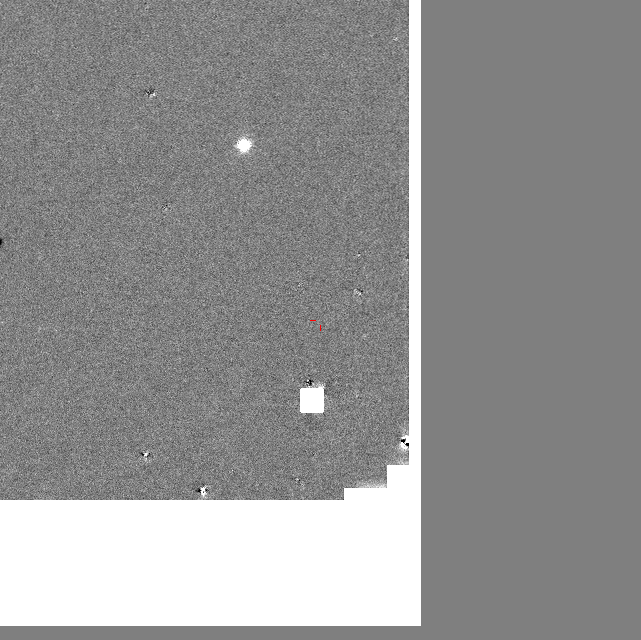
OGLE-2013-SN-144 Ra,Dec= 5:00:57.18 -67:44:25.7 HJD_max= 6641.73318 2013-12-15.233 LMC511.15.104N color template ATel#5697 Disc_HJD= 2456647.74442 Disc_Imag= 18.76 class= II 0.04 Offset= - Phot.class= -
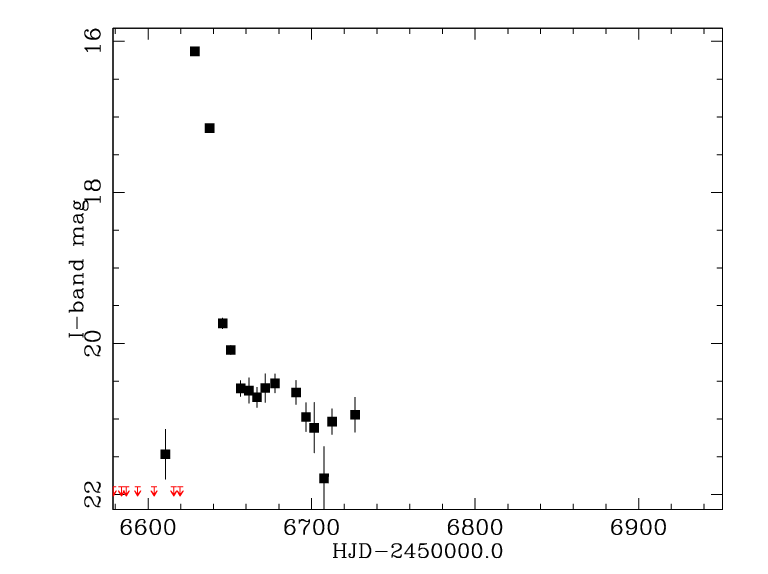
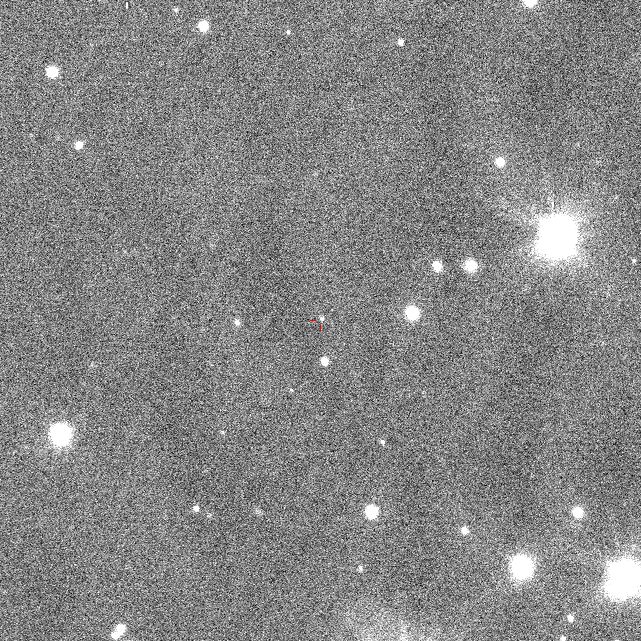
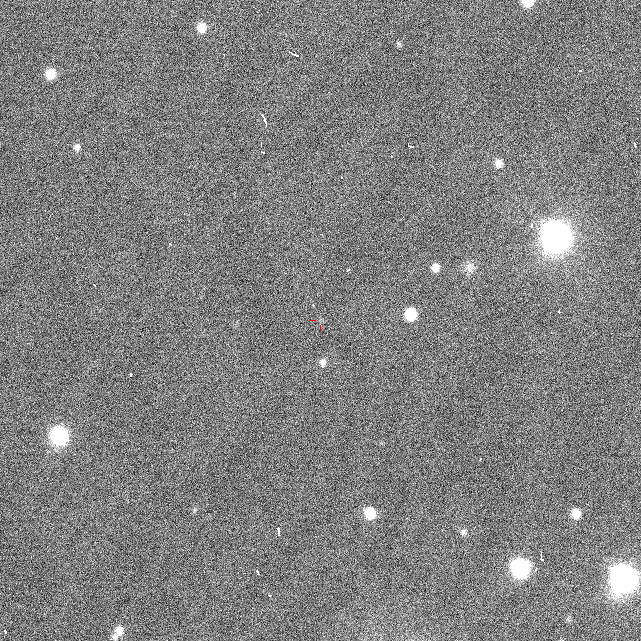
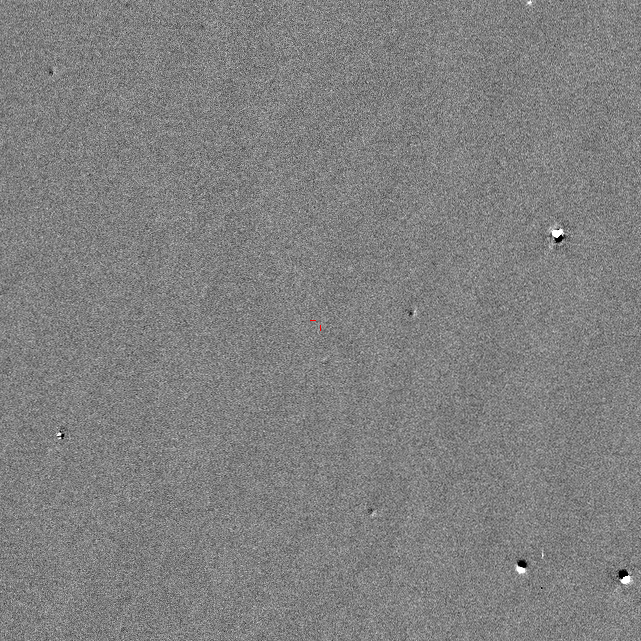
OGLE-2013-NOVA-03 Ra,Dec= 2:26:43.16 -76:34:37.8 HJD_max= 6628.66057 2013-12-02.161 MBR115.04.1856 color template Disc_HJD= 2456637.60535 Disc_Imag= 17.149 Offset= - Phot.class= -
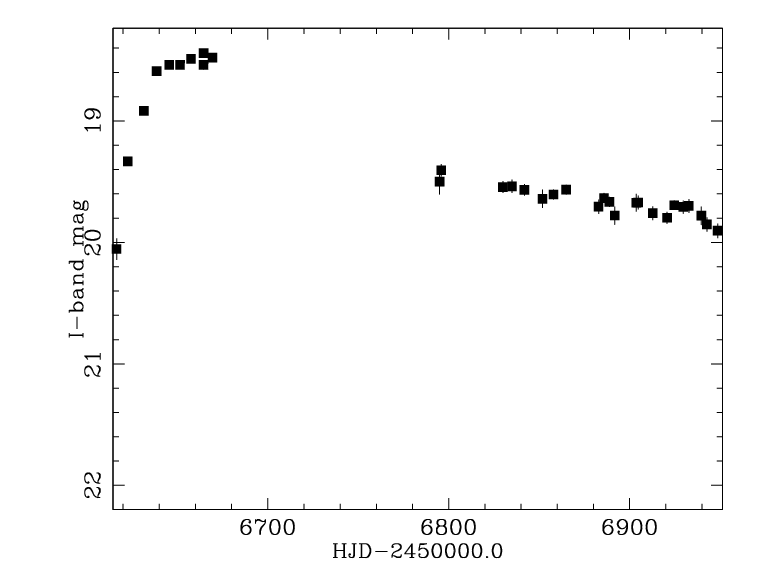

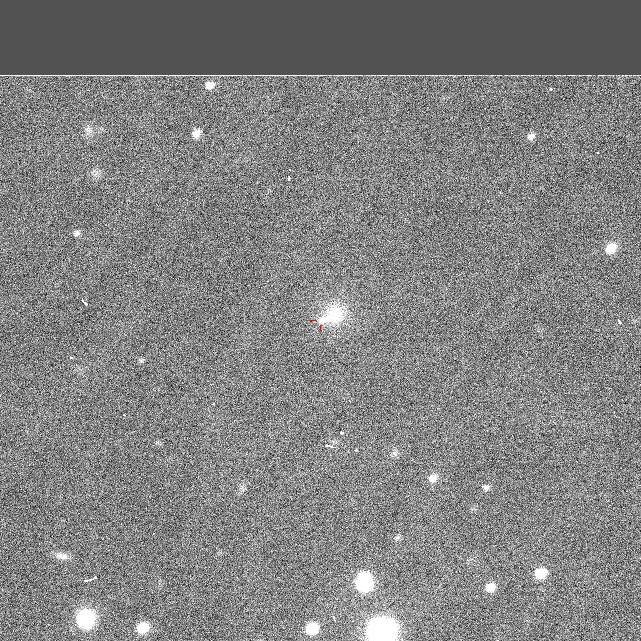
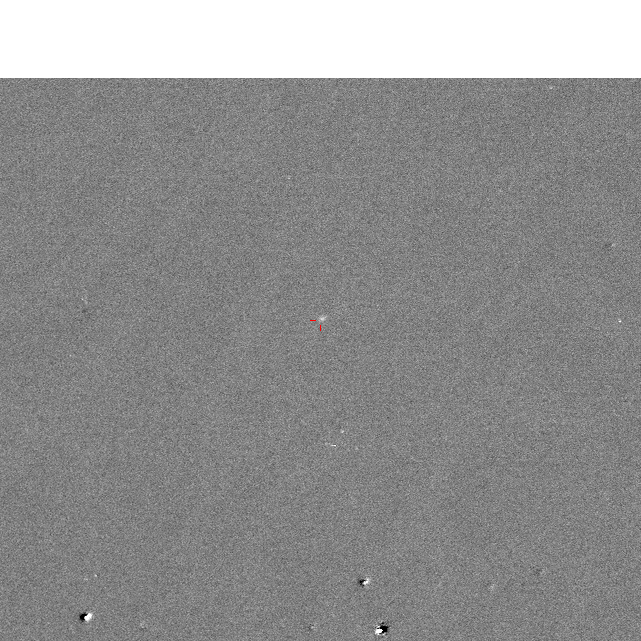
OGLE-2013-SN-138 Ra,Dec= 1:19:02.87 -68:13:14.7 HJD_max= 6664.61015 2014-01-07.110 SMC729.32.3036N color template ATel#5663 Disc_HJD= 2456638.56148 Disc_Imag= 18.59 class= IIn 0.115 Offset= - Phot.class= -

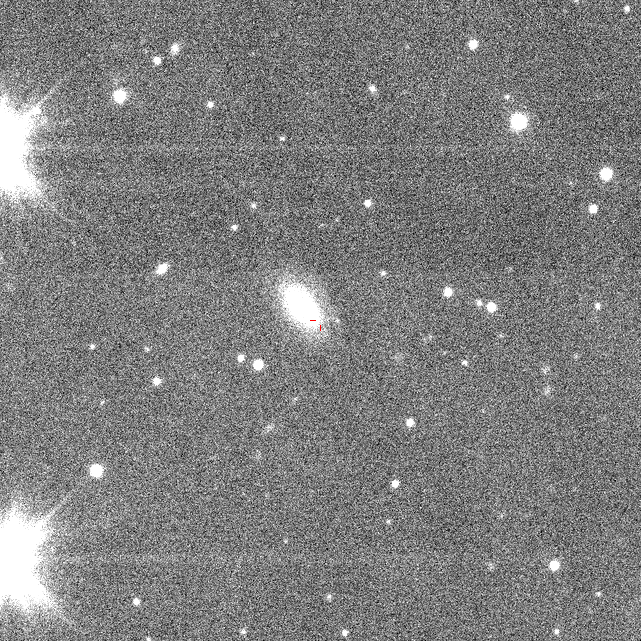
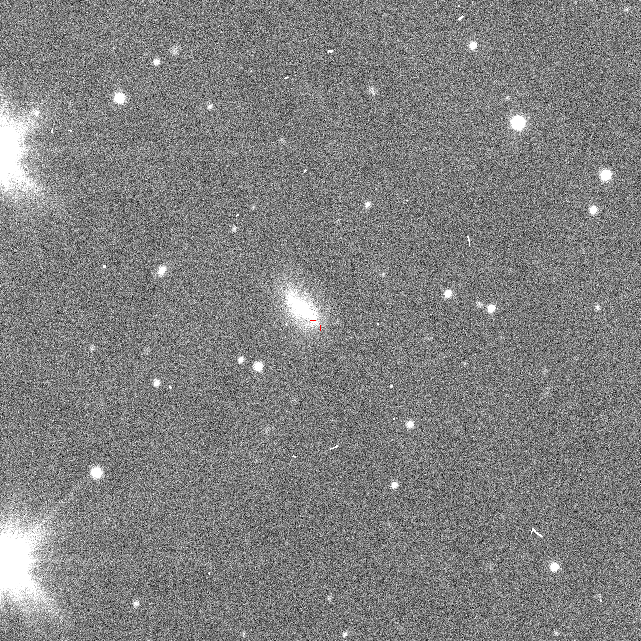
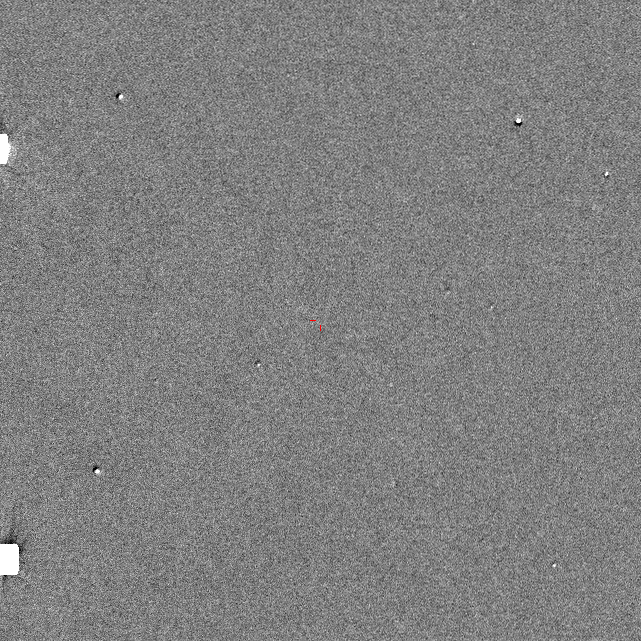
OGLE-2013-SN-137 Ra,Dec= 2:03:34.72 -73:36:22.7 HJD_max= 6653.64373 2013-12-27.144 MBR108.05.107N color template ATel#5663 Disc_HJD= 2456639.60394 Disc_Imag= 19.14 class= IIn 0.075 Offset= - Phot.class= -
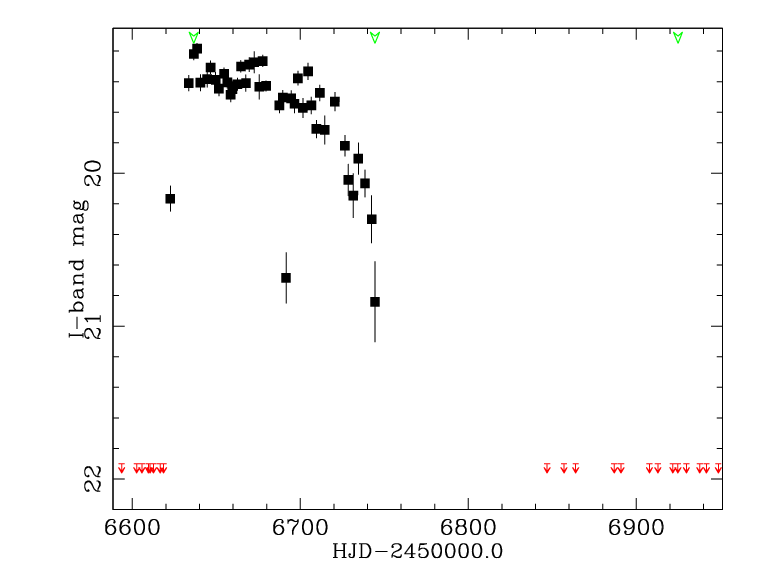
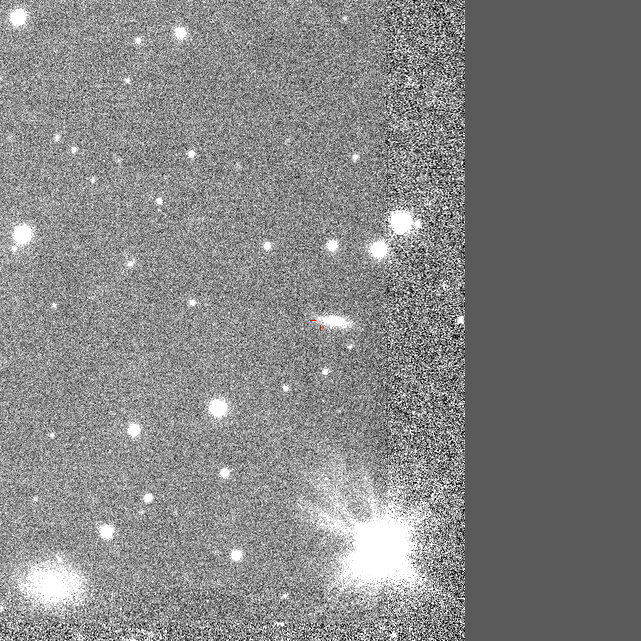
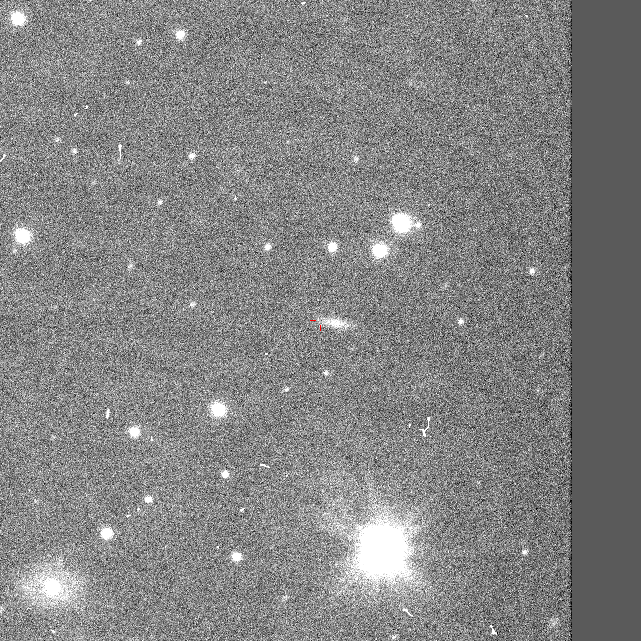
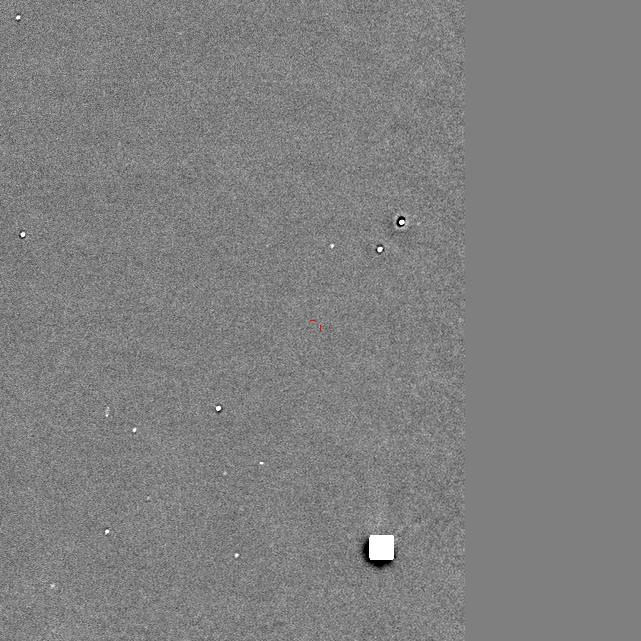
OGLE-2013-SN-135 Ra,Dec= 3:06:48.20 -77:24:28.4 HJD_max= 6638.62247 2013-12-12.122 MBR168.20.211N color template ATel#5663 Disc_HJD= 2456636.60643 Disc_Imag= 19.22 class= II 0.057 Offset= - Phot.class= -

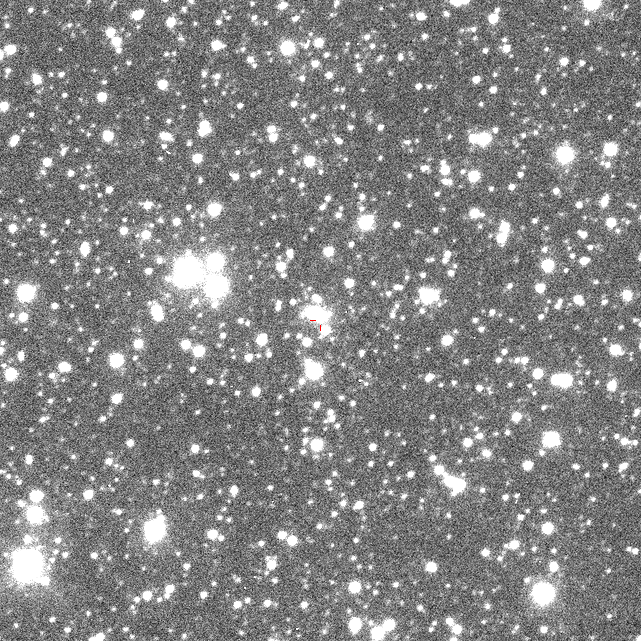

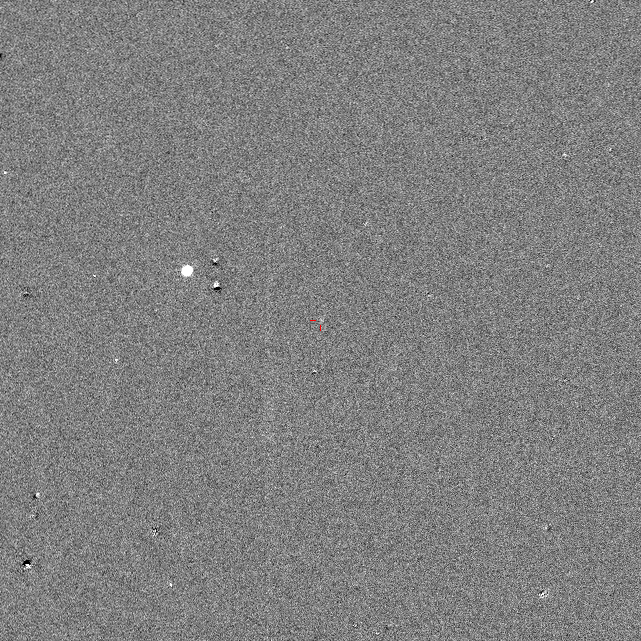
OGLE-2013-SN-112 Ra,Dec= 5:29:47.48 -65:44:13.7 HJD_max= 6608.84498 2013-11-12.345 LMC519.30.237N color template ATel#5581 Disc_HJD= 2456608.84498 Disc_Imag= 19.00 not classified Offset= - Phot.class= -
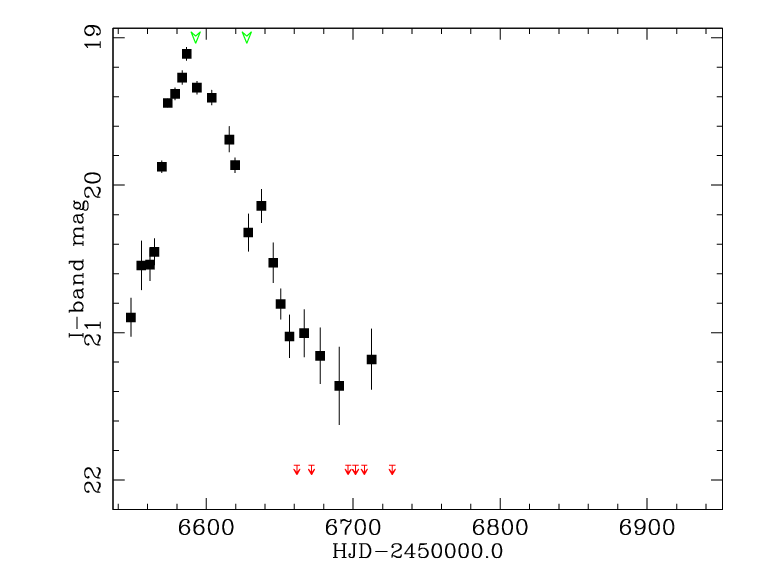
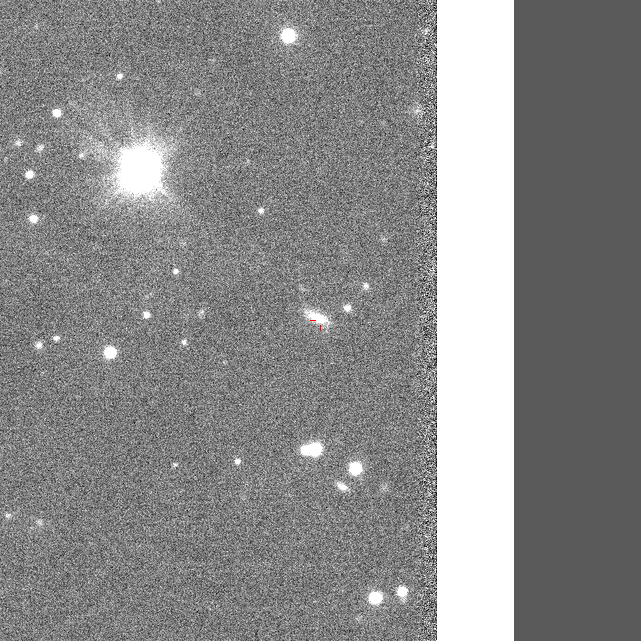
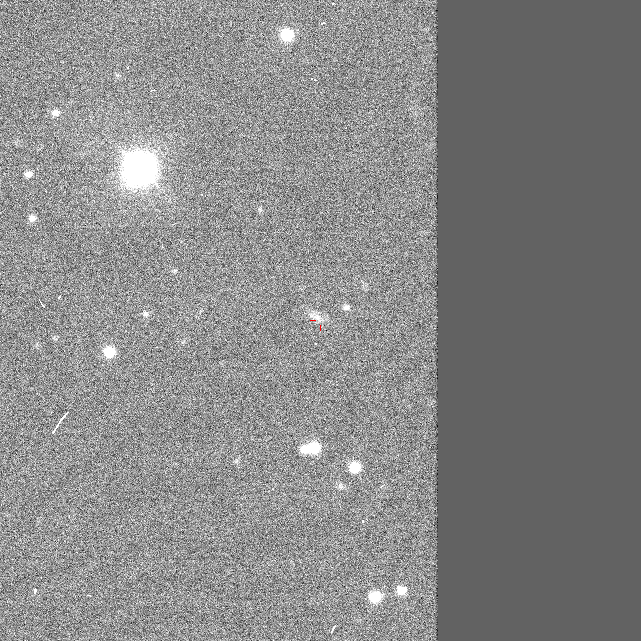
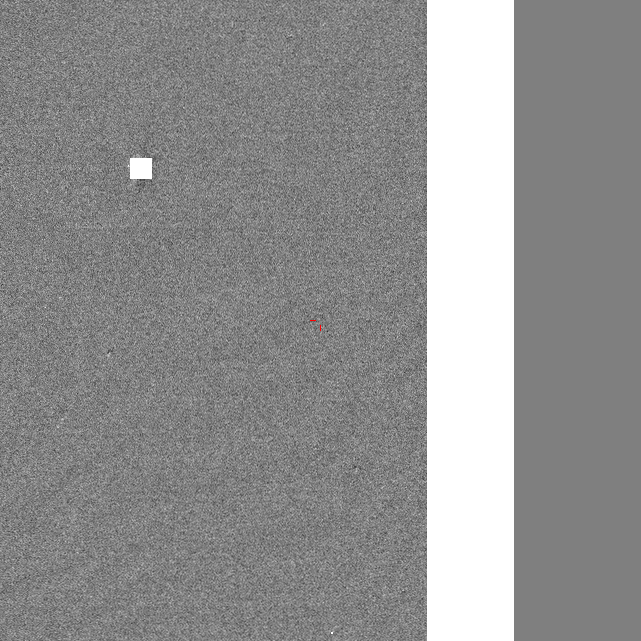
OGLE-2013-SN-100 Ra,Dec= 2:16:18.56 -74:45:23.7 HJD_max= 6586.67071 2013-10-21.171 MBR114.24.1106 color template ATel#5497 Disc_HJD= 2456586.67071 Disc_Imag= 18.89 class= II-pec 0.09 Offset= - Phot.class= -
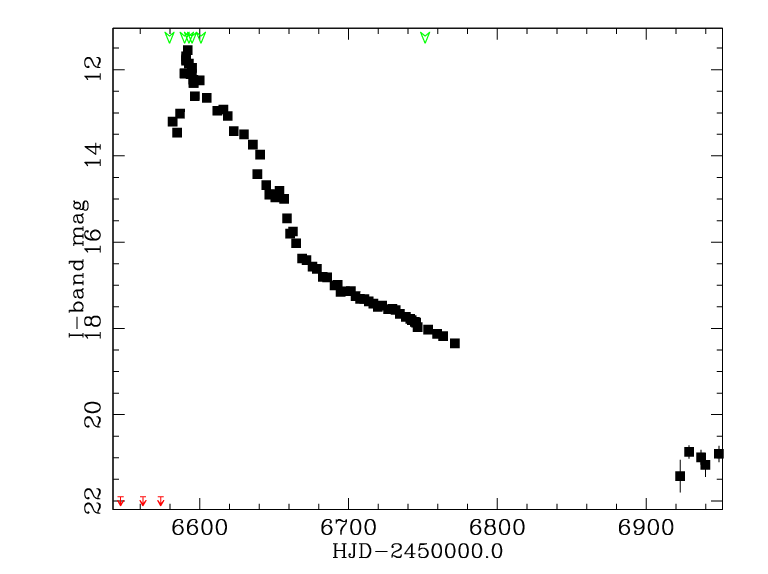
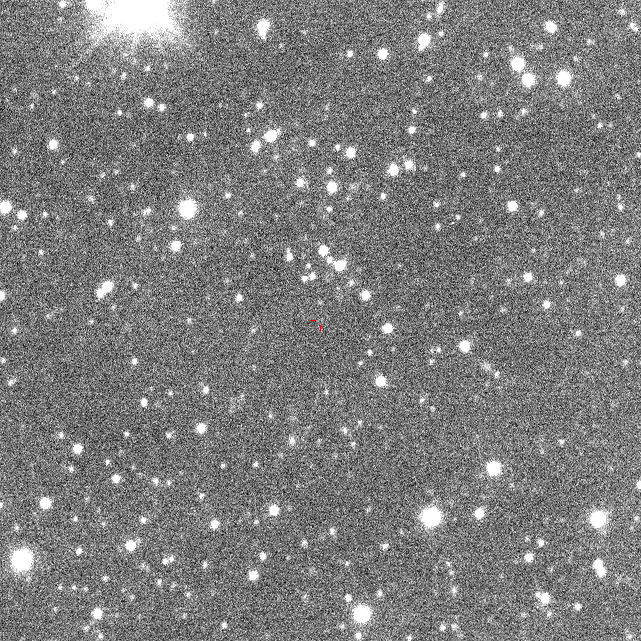

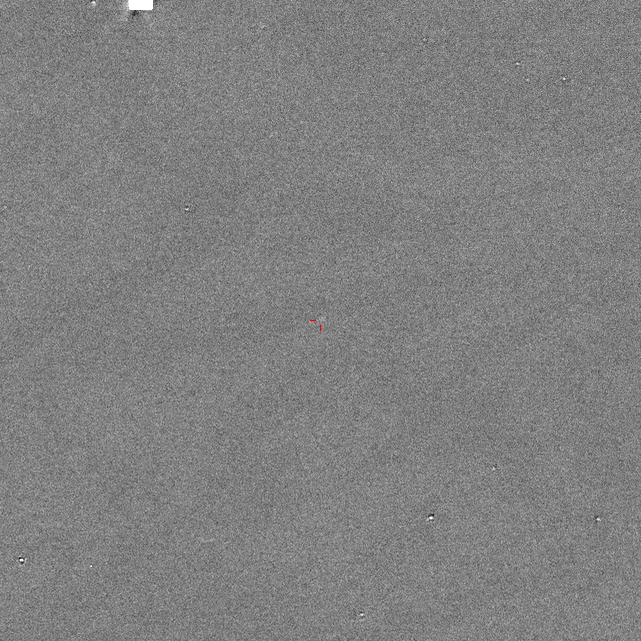
OGLE-2013-NOVA-02 Ra,Dec= 5:57:58.35 -74:54:08.9 HJD_max= 6948.84216 2014-10-18.342 LMC649.28.33N Offset= - Phot.class= -
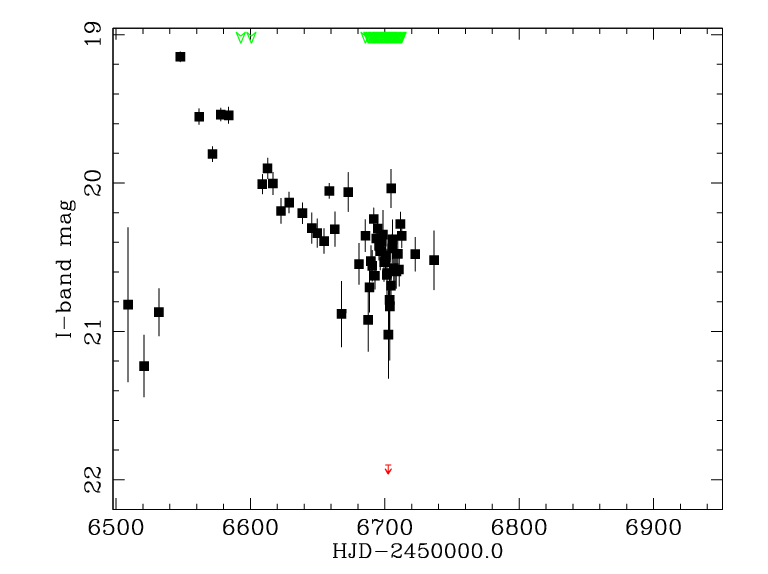
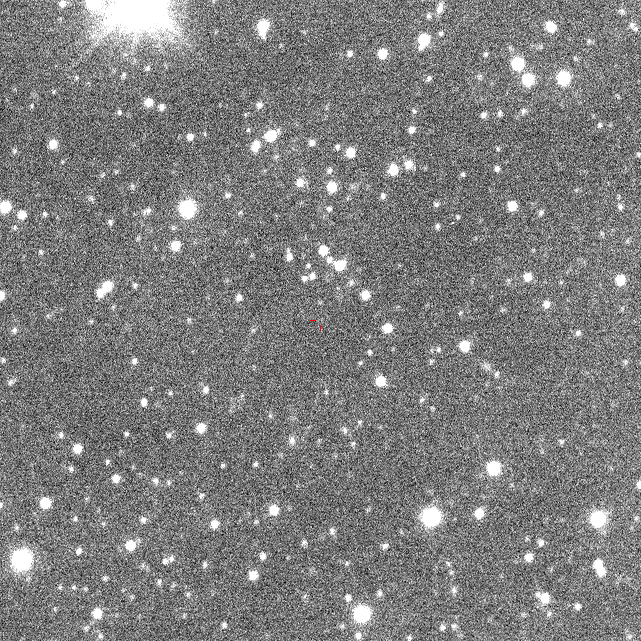
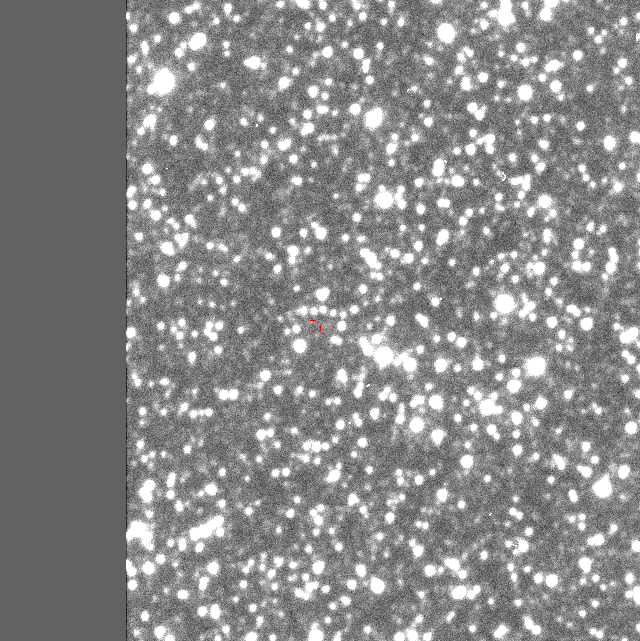
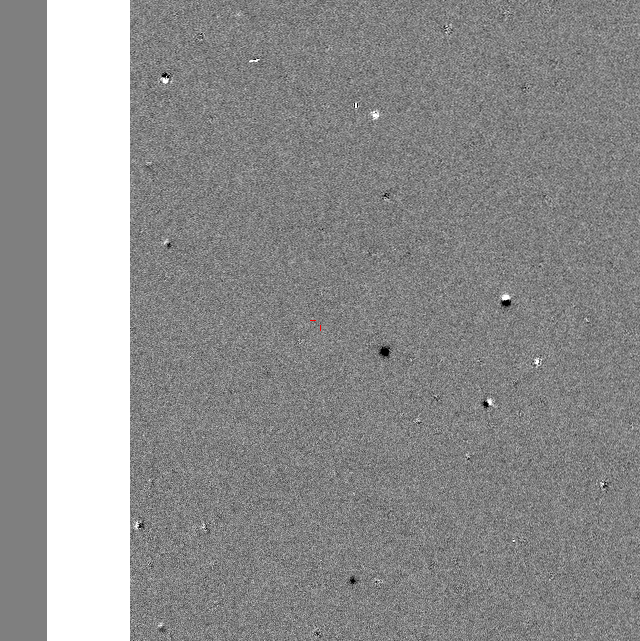
OGLE-2013-SN-093 Ra,Dec= 5:23:09.14 -69:03:46.2 HJD_max= 6547.87032 2013-09-12.370 LMC503.19.415N color template ATel#5488 Disc_HJD= 2456571.84517 Disc_Imag= 19.81 not classified Offset= - Phot.class= -
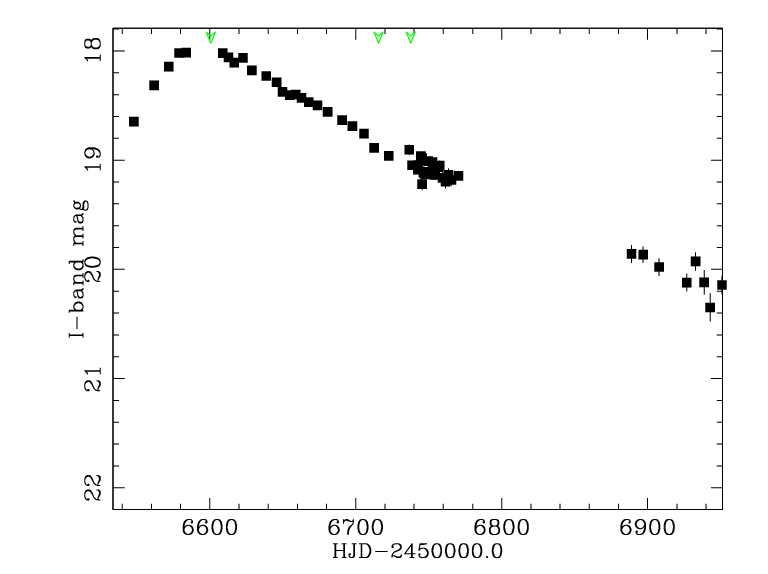
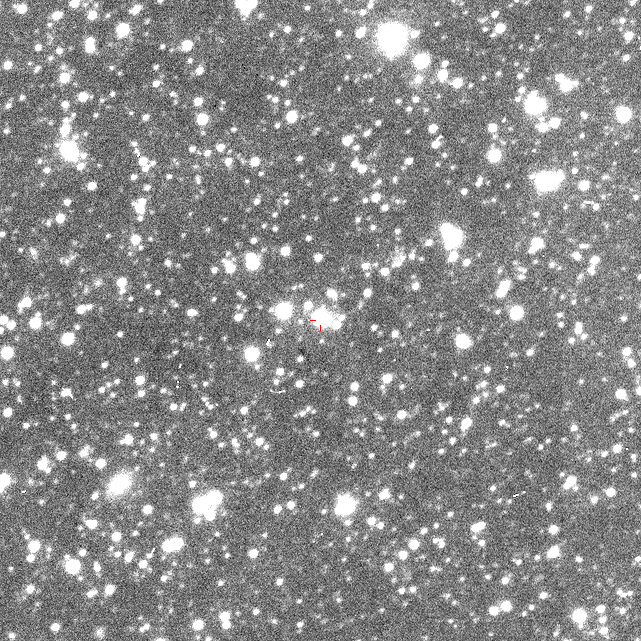
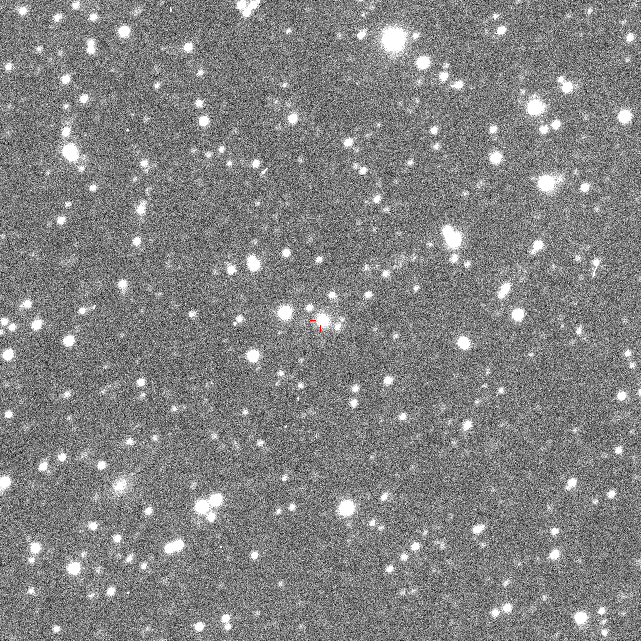
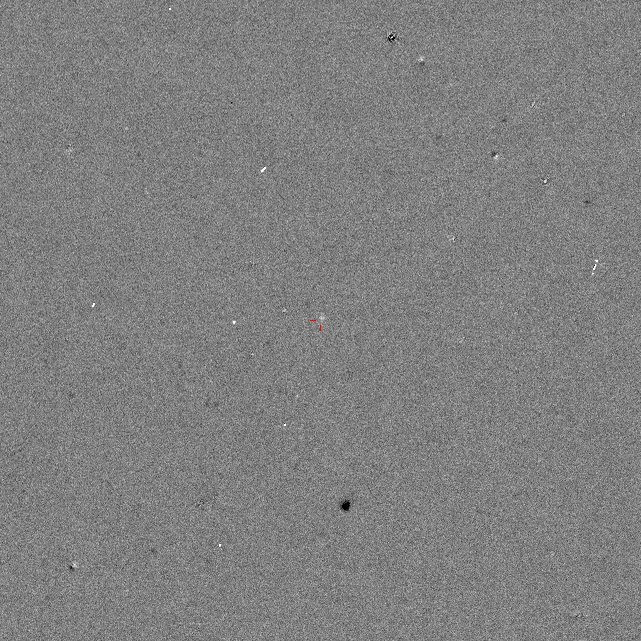
OGLE-2013-SN-076 Ra,Dec= 5:38:31.91 -66:29:38.9 HJD_max= 6583.80860 2013-10-18.309 LMC555.32.3252N color template ATel#5445 Disc_HJD= 2456561.85555 not classified Offset= - Phot.class= -
last updated Mon Oct 20 19:30:44 UTC 2014
Lukasz Wyrzykowski: lw _at_ astrouw.edu.pl